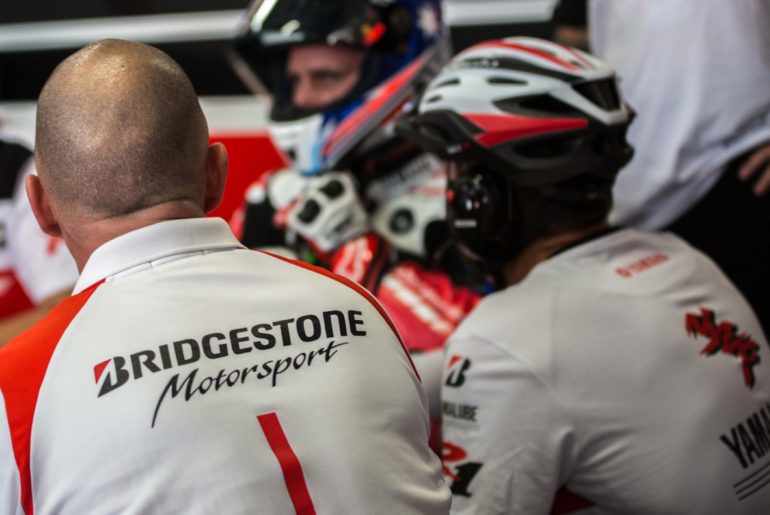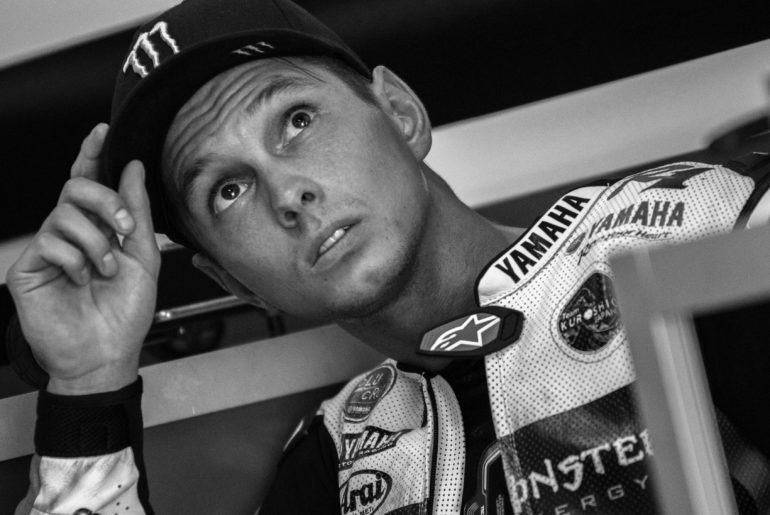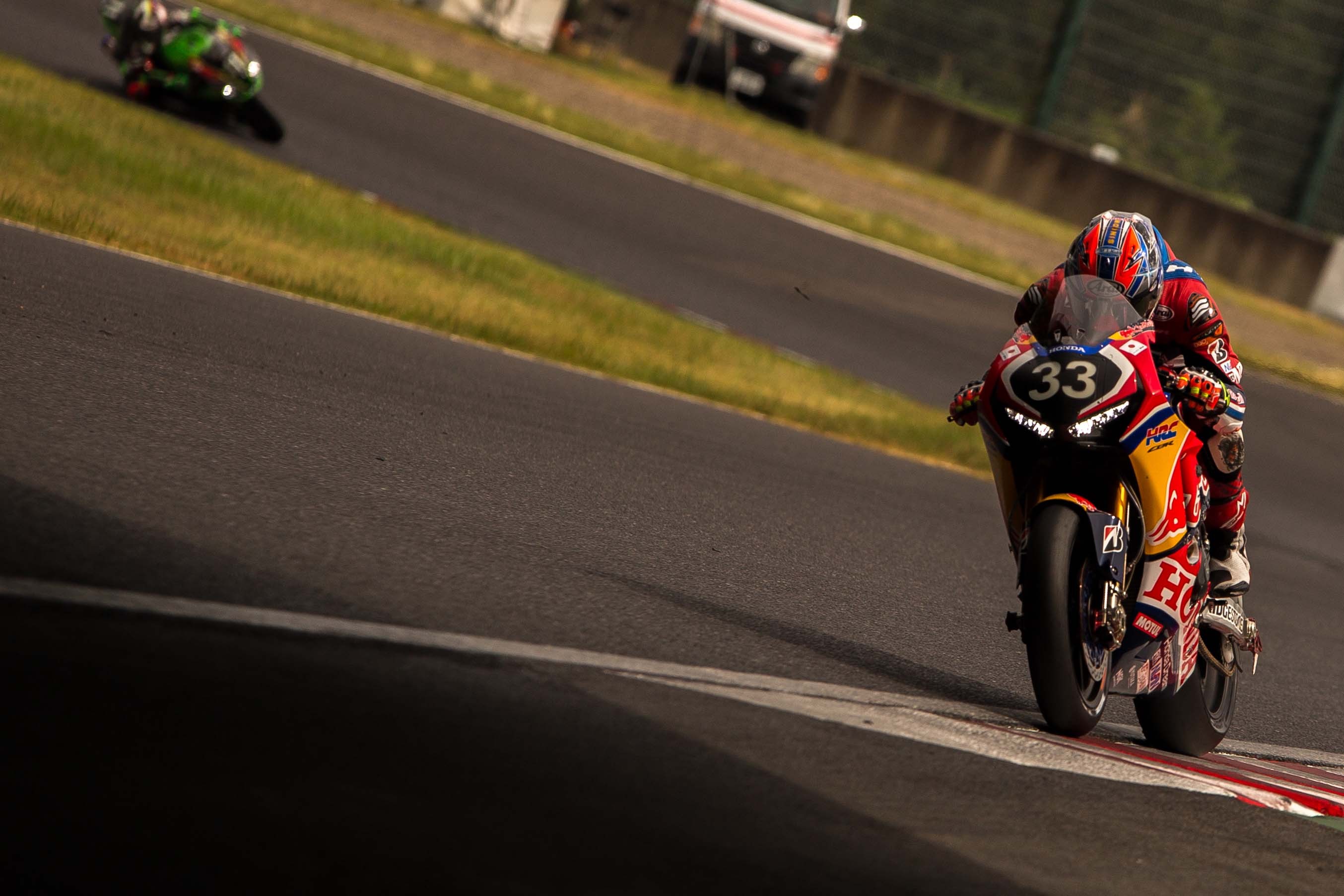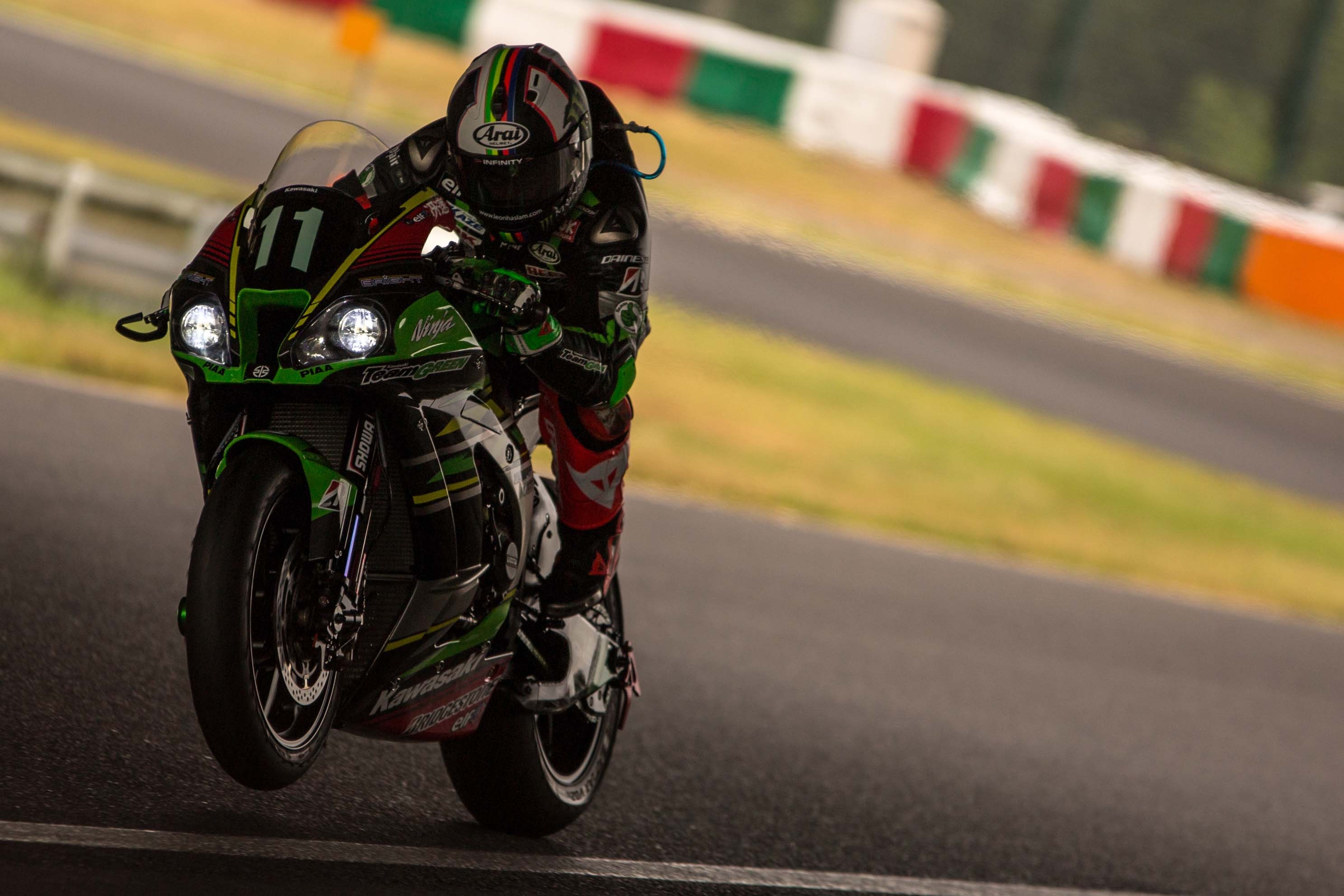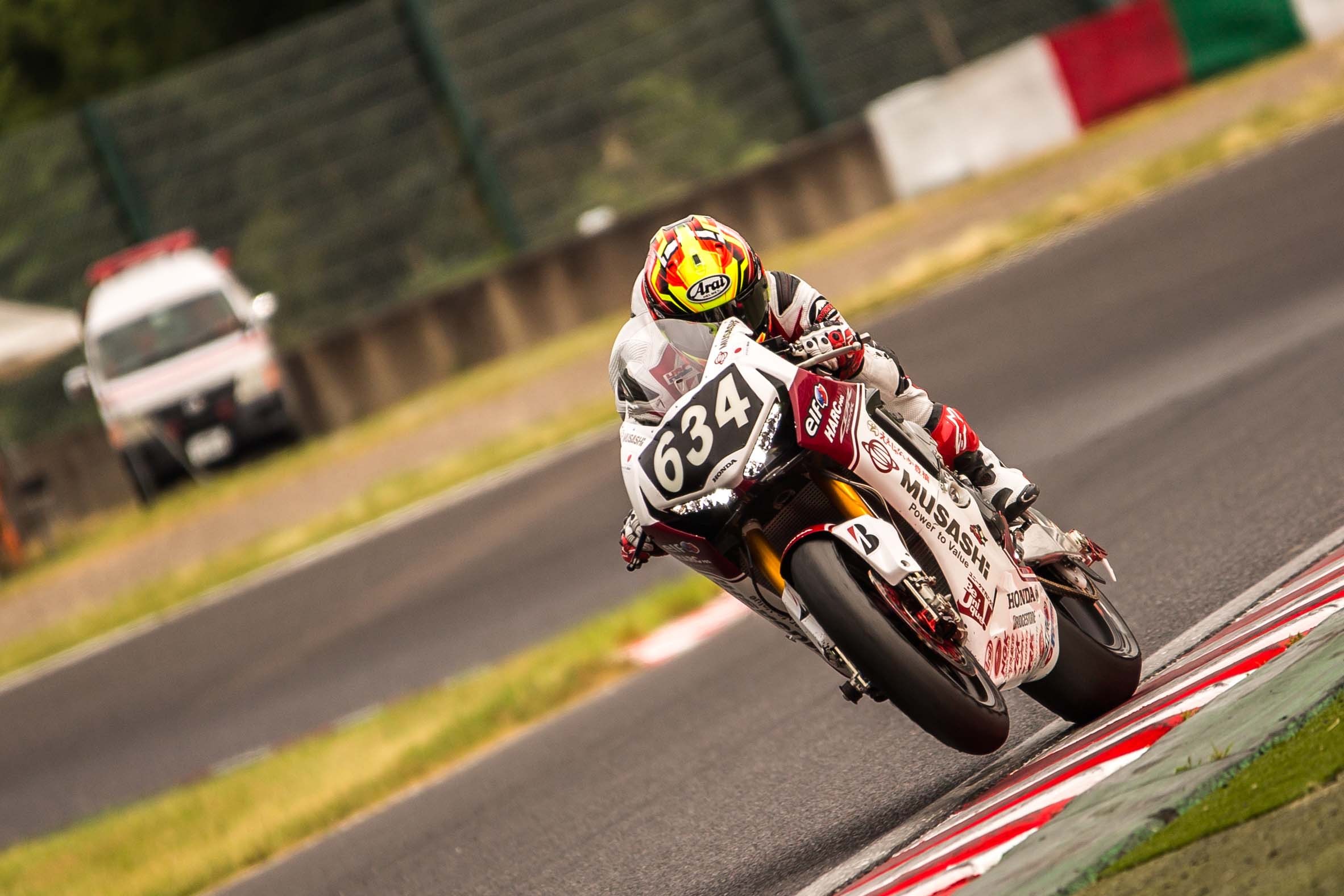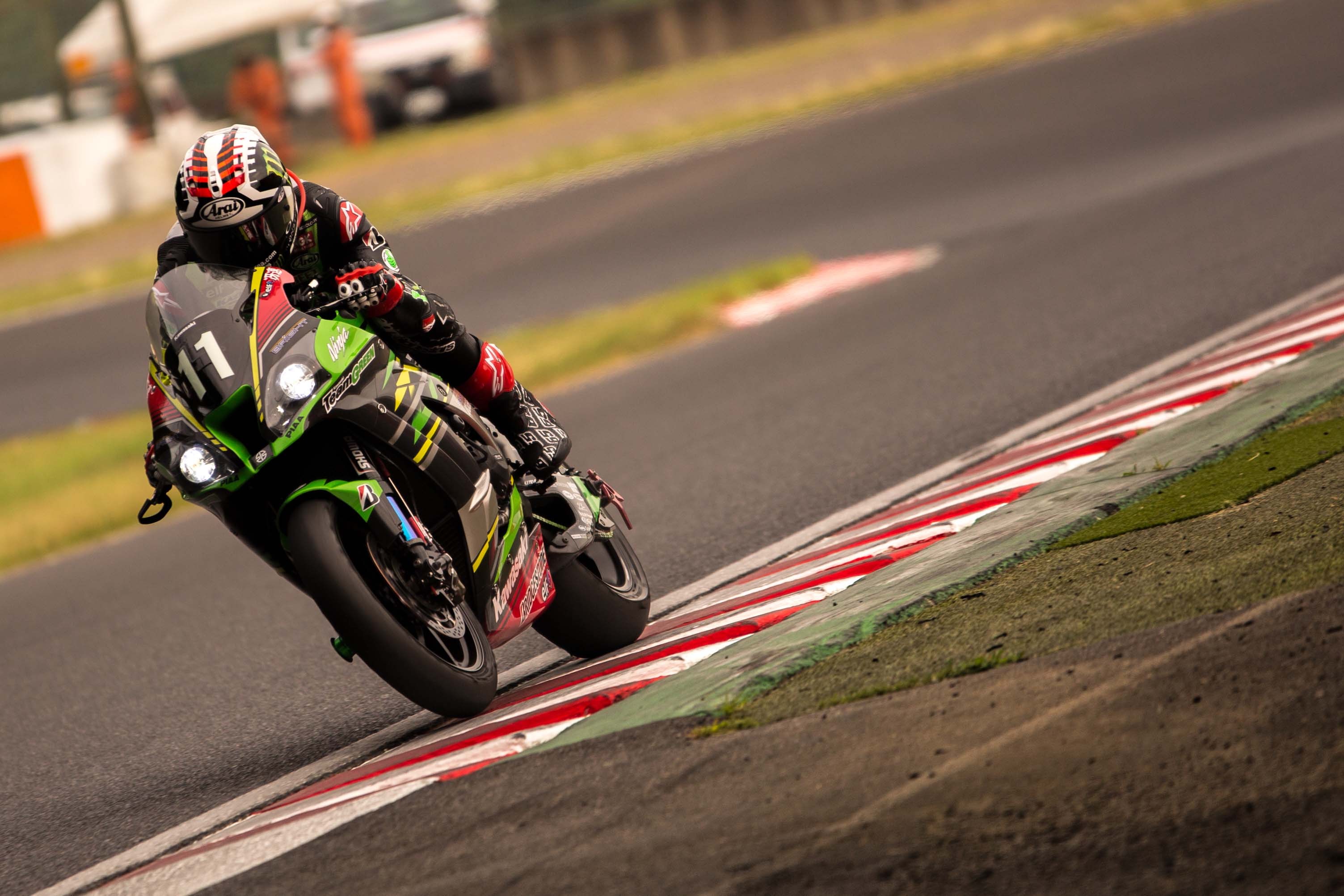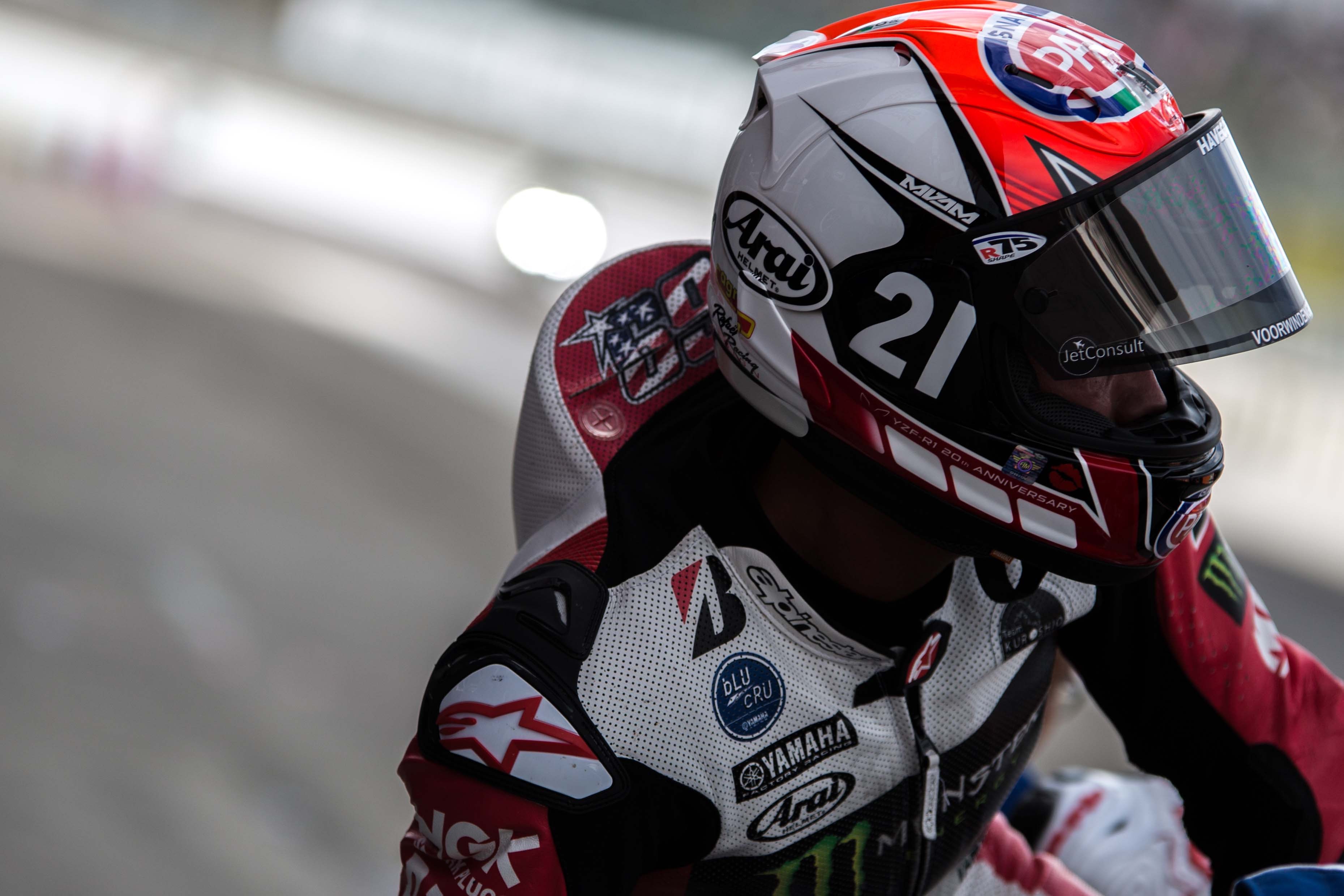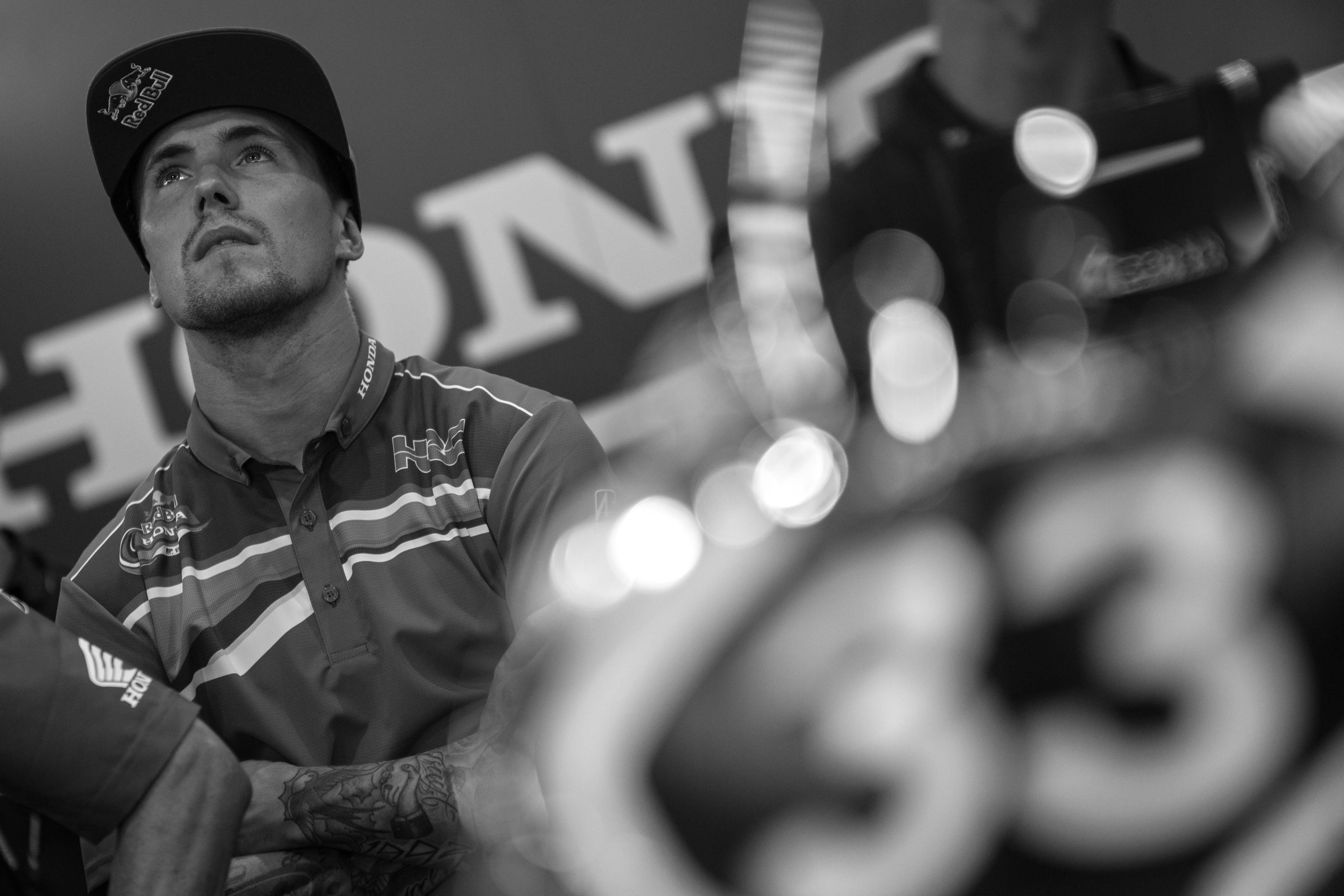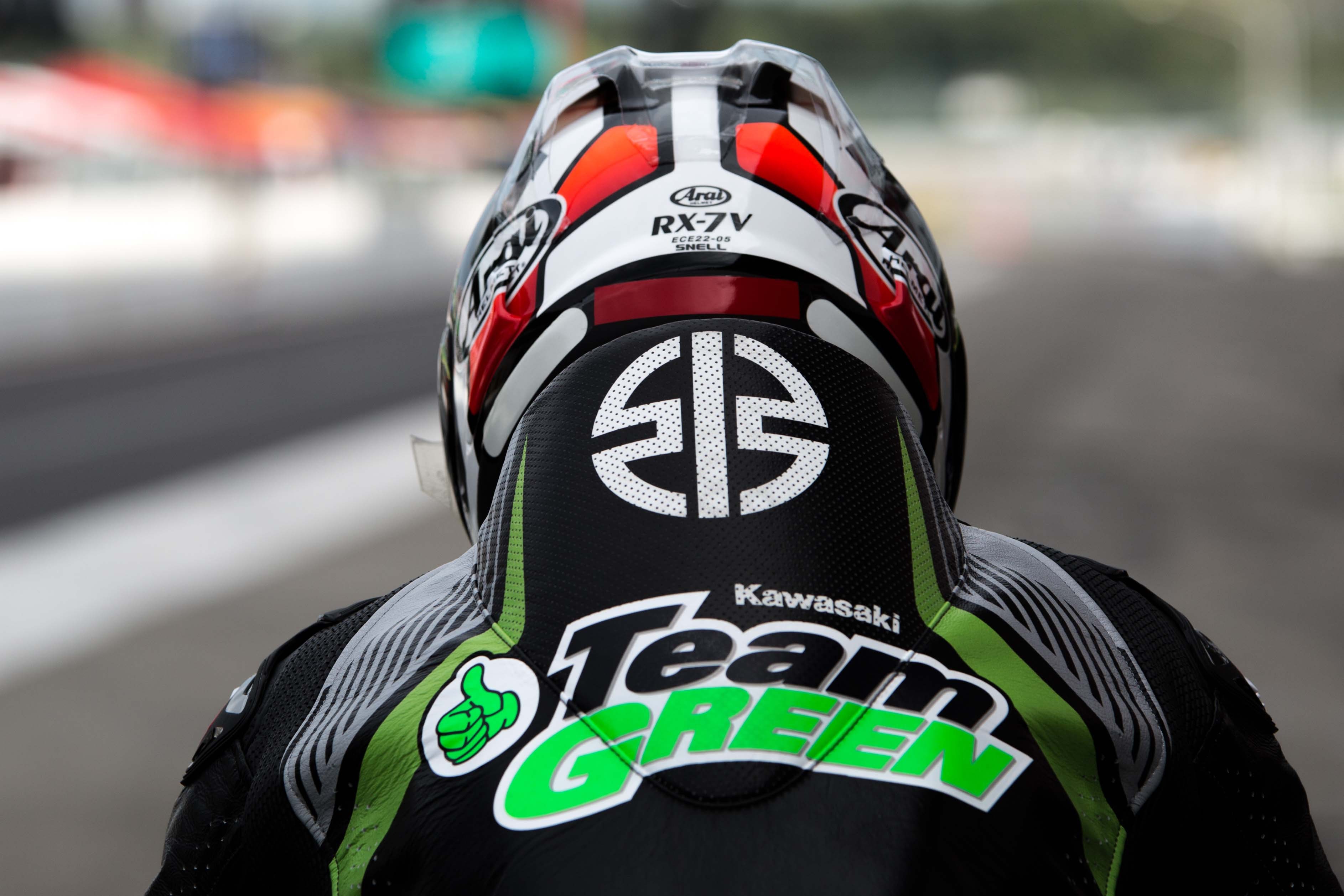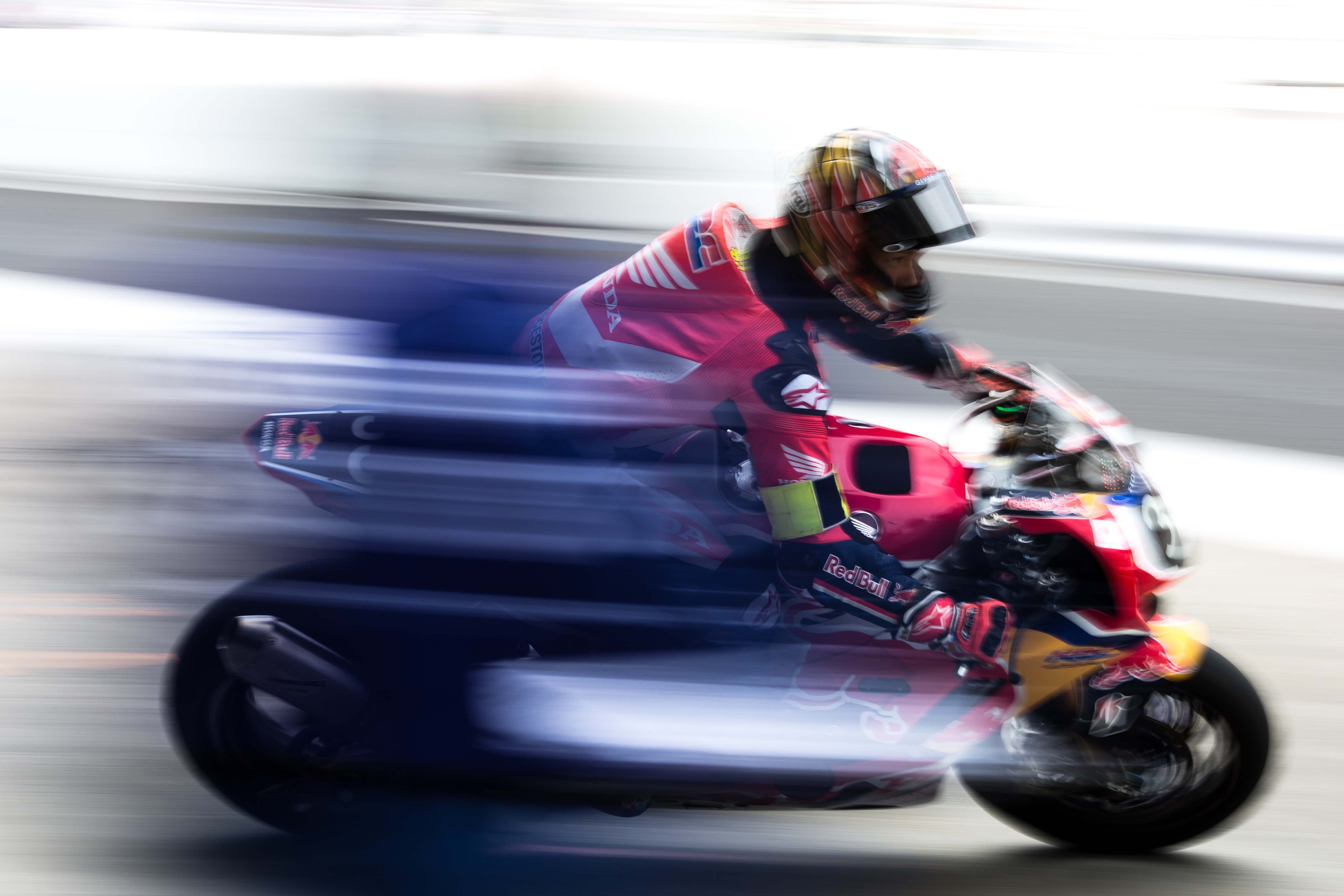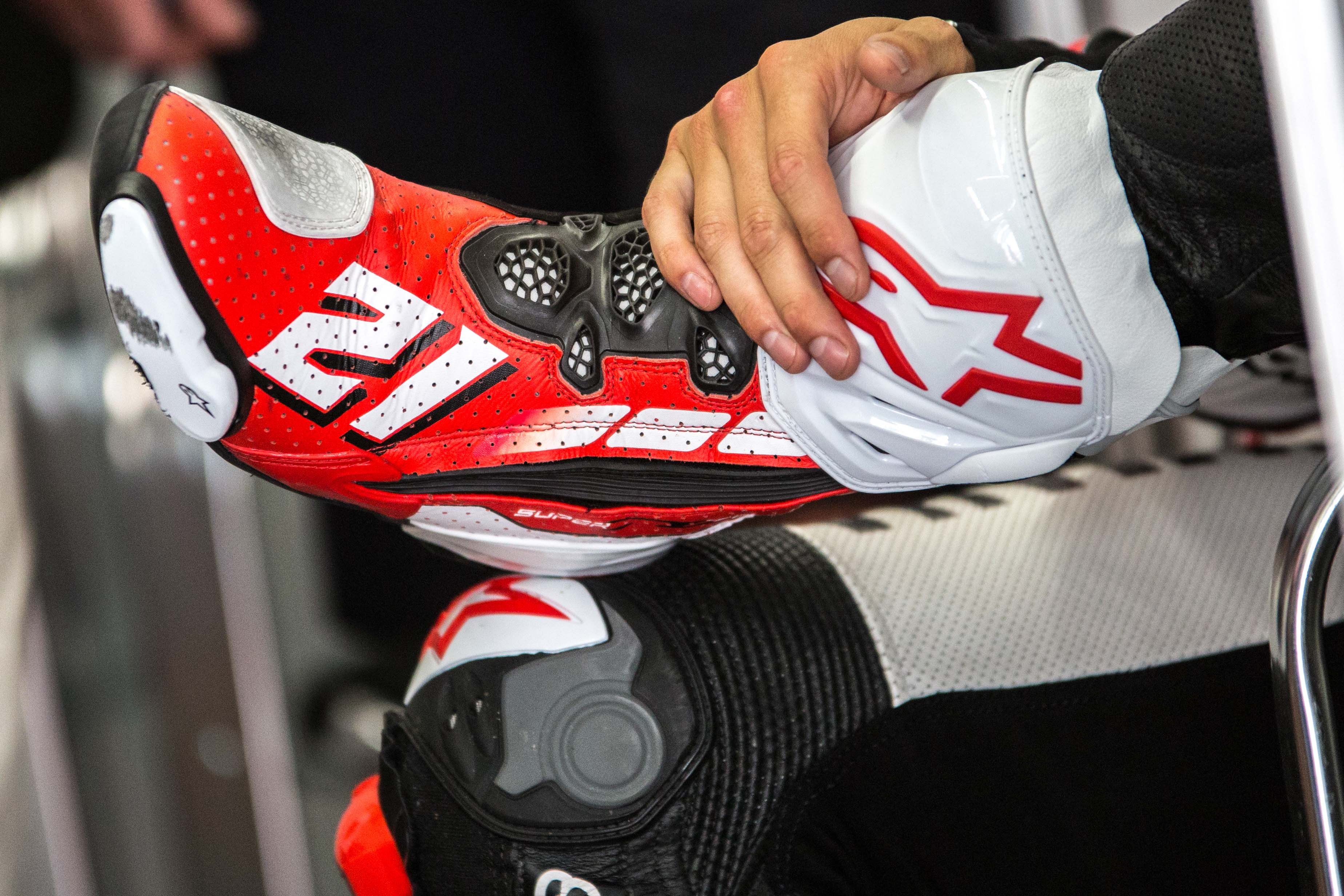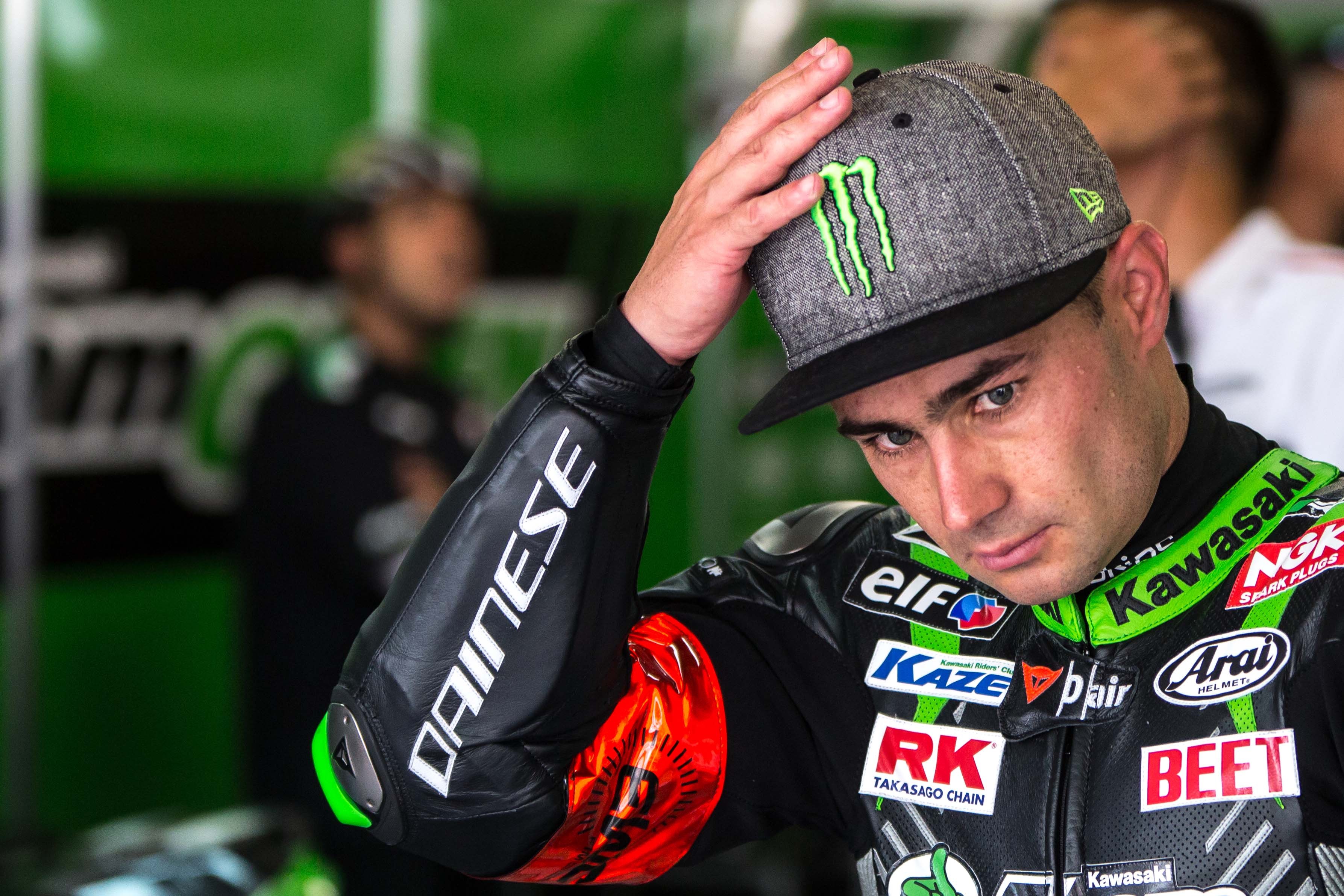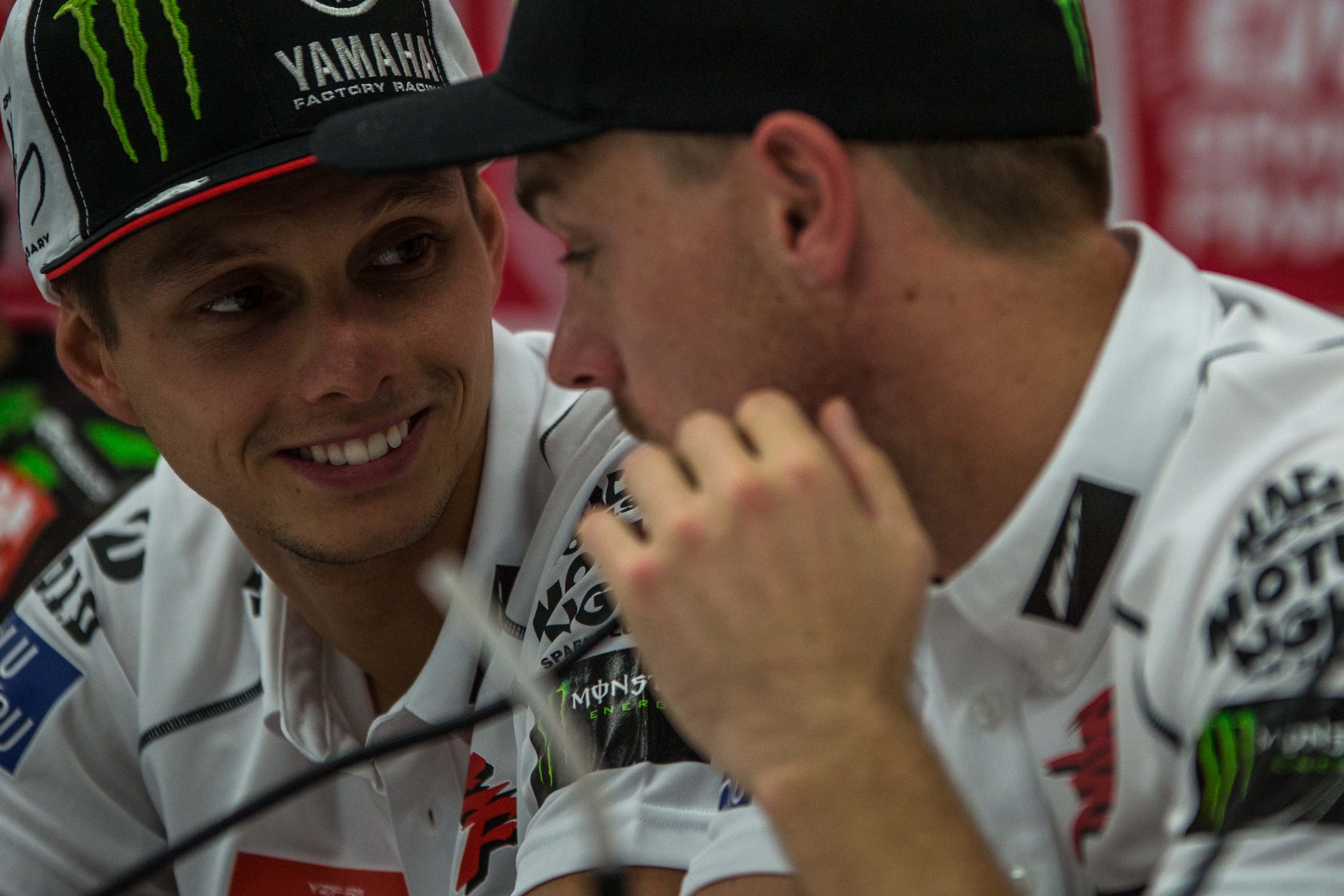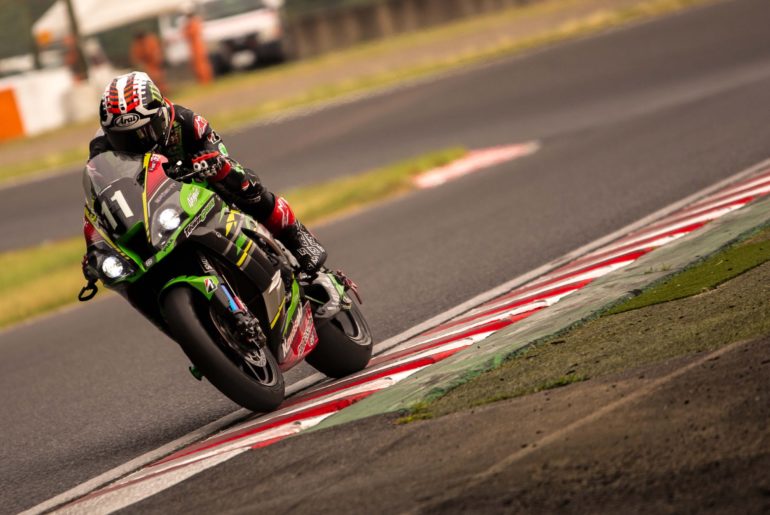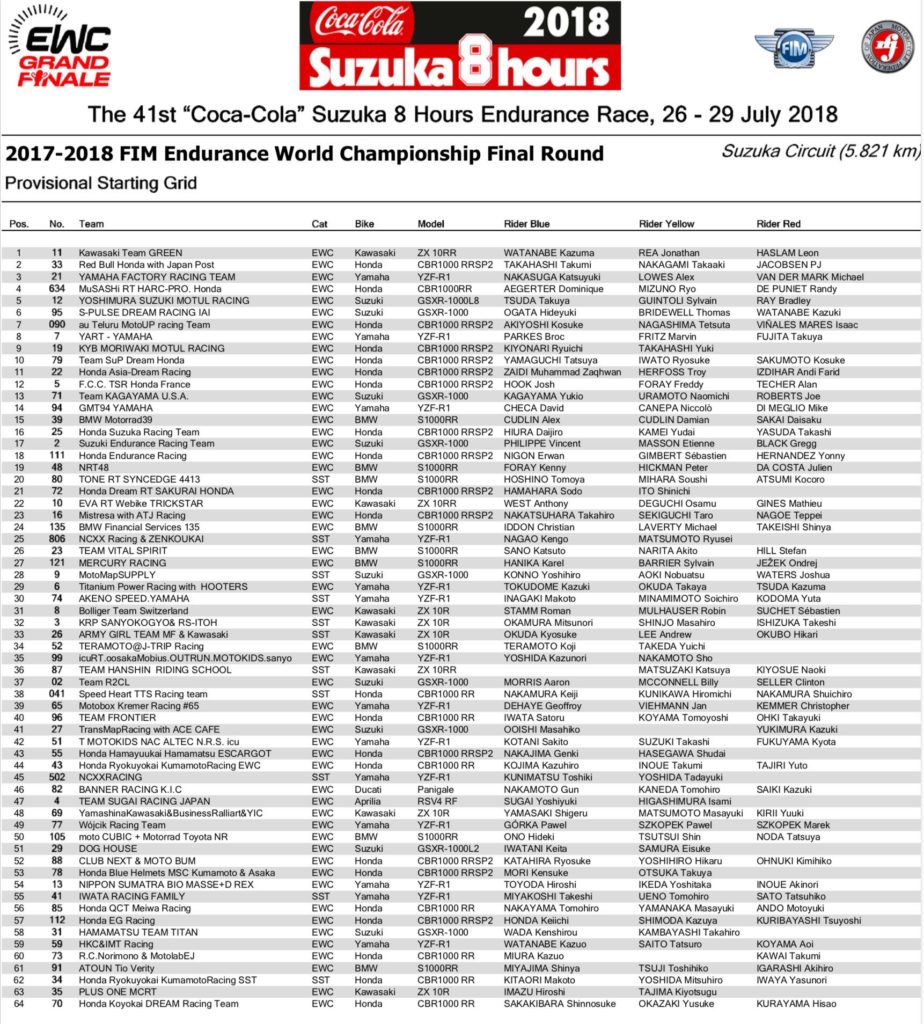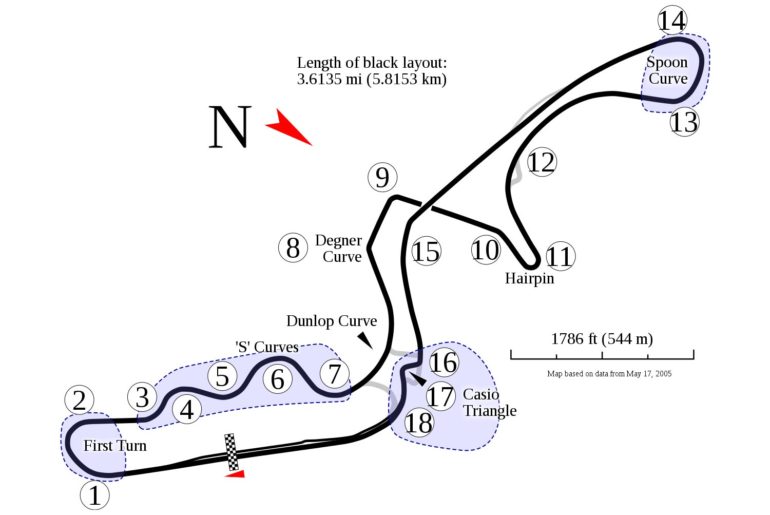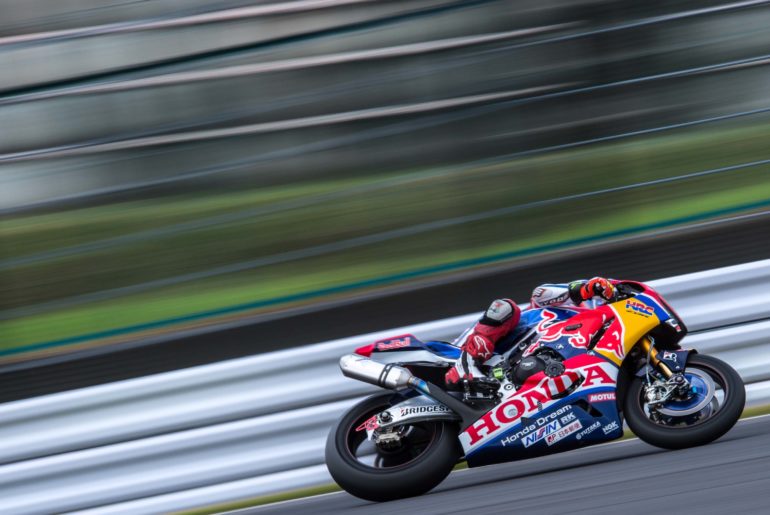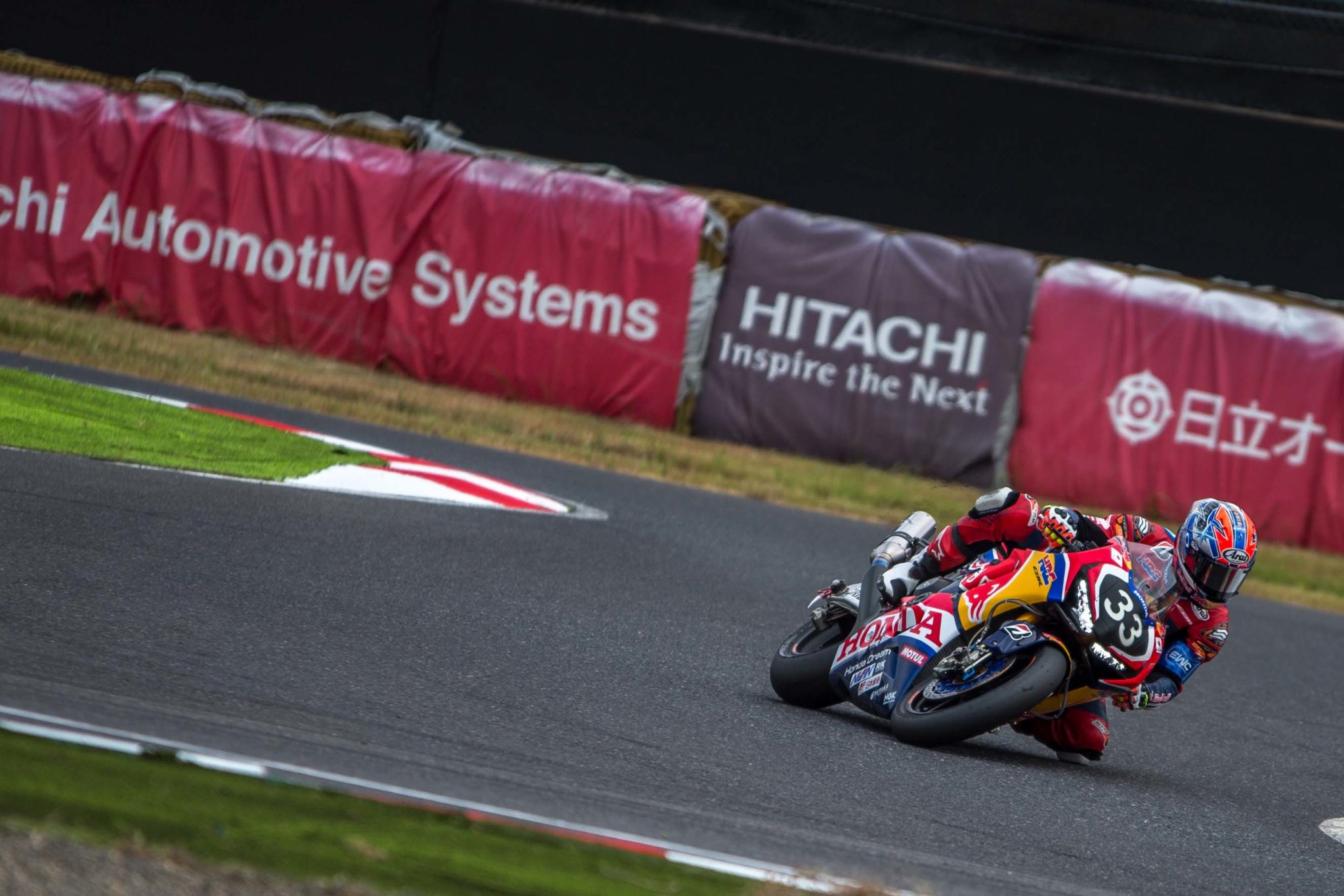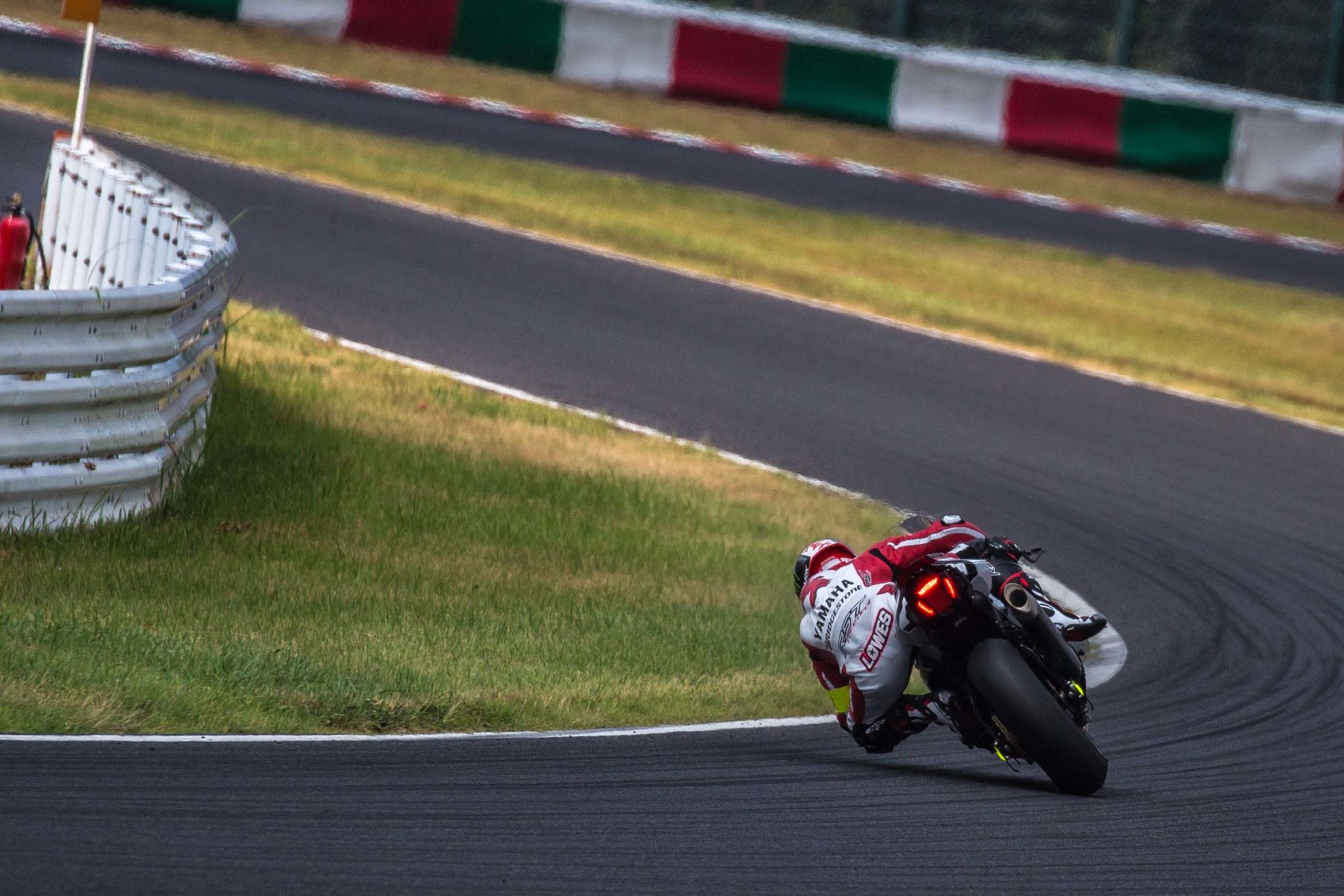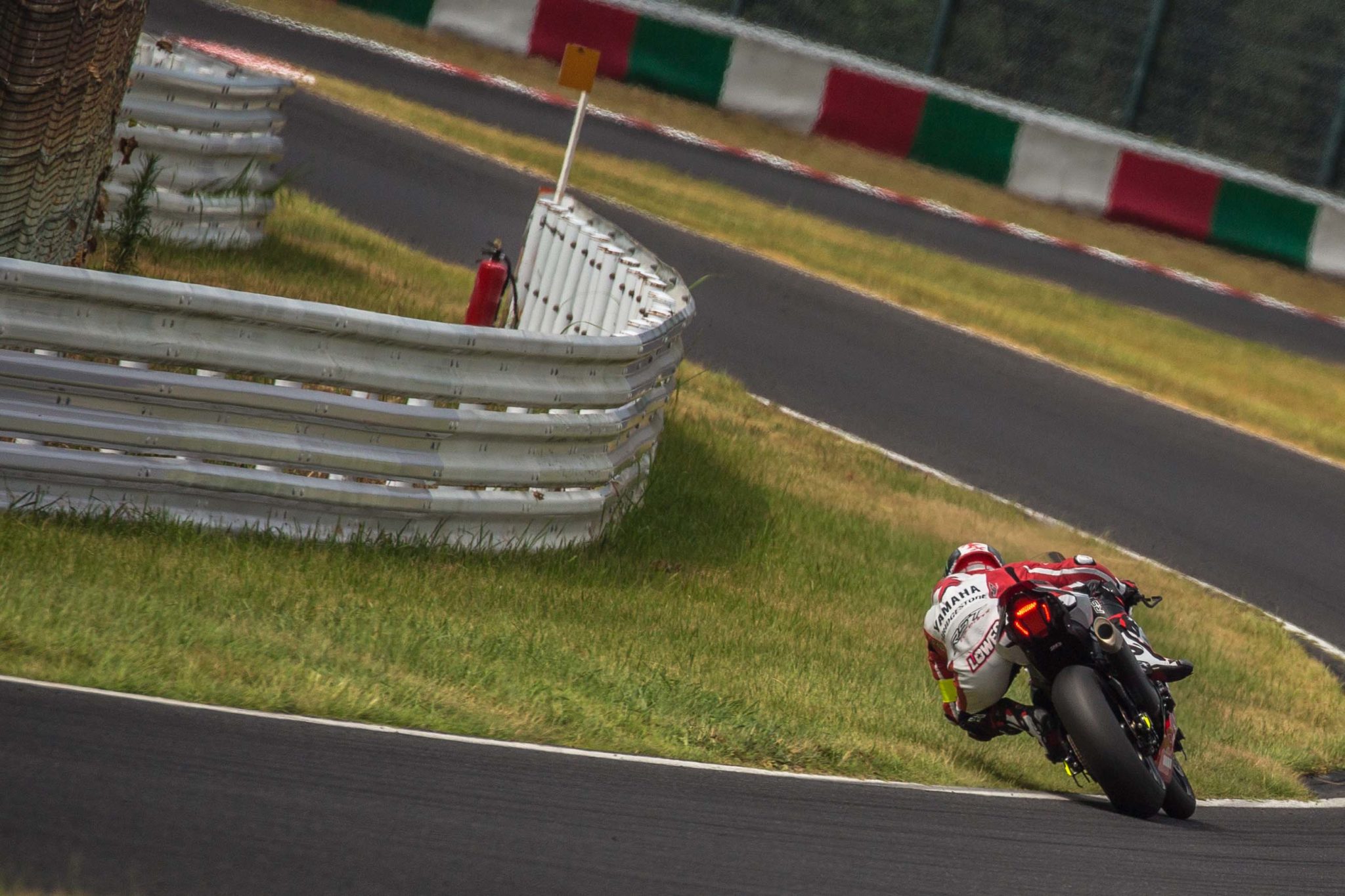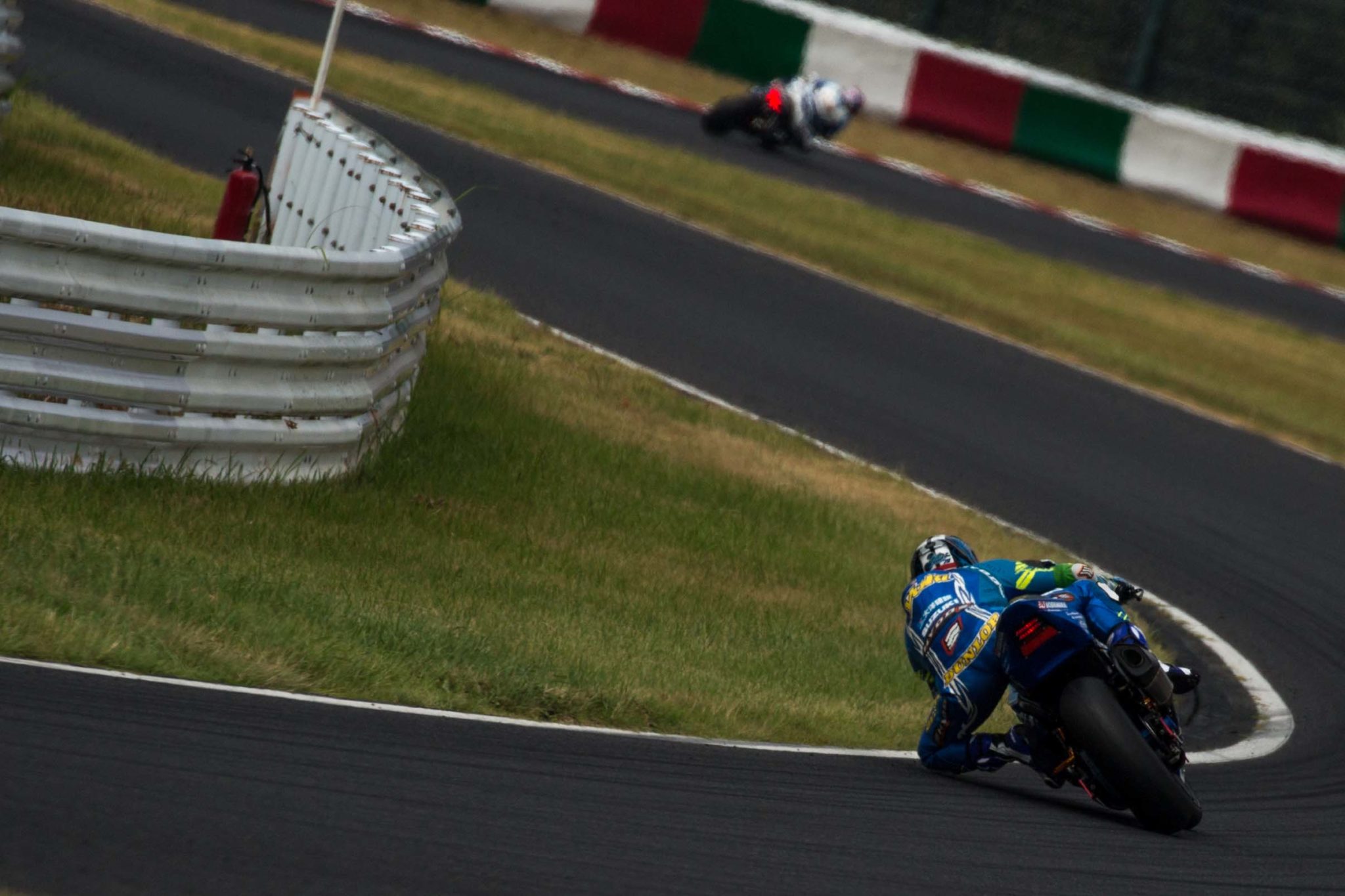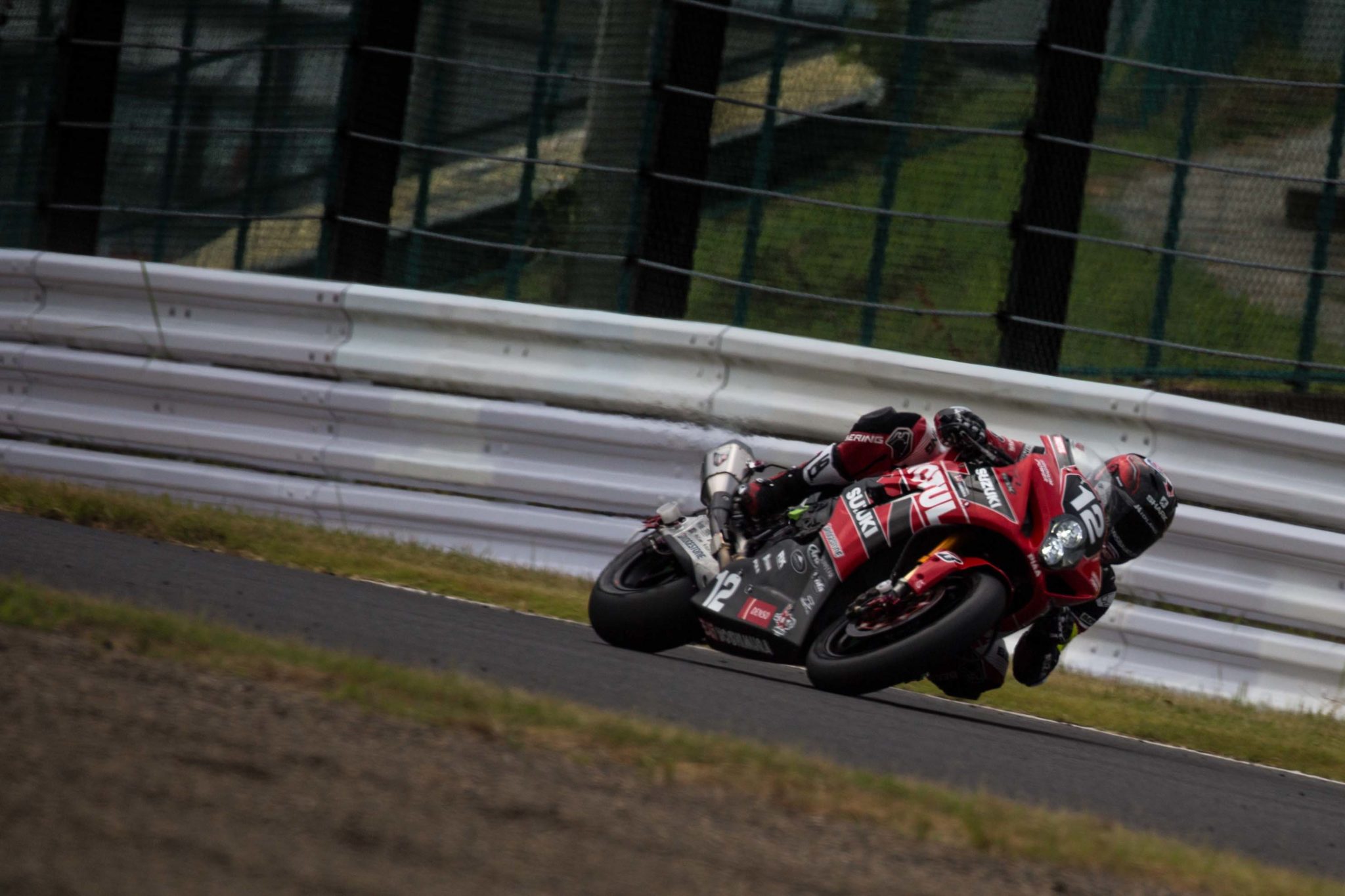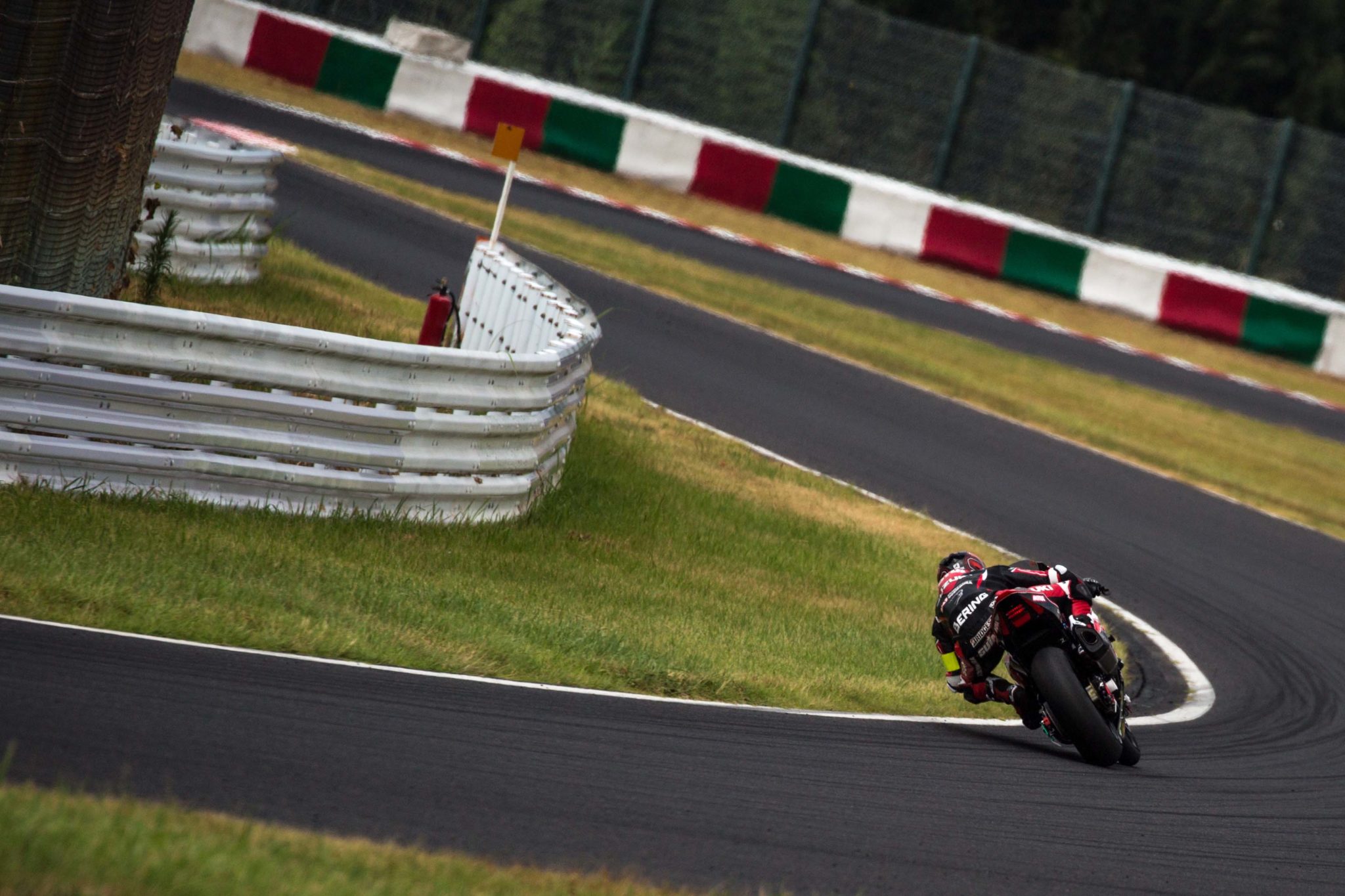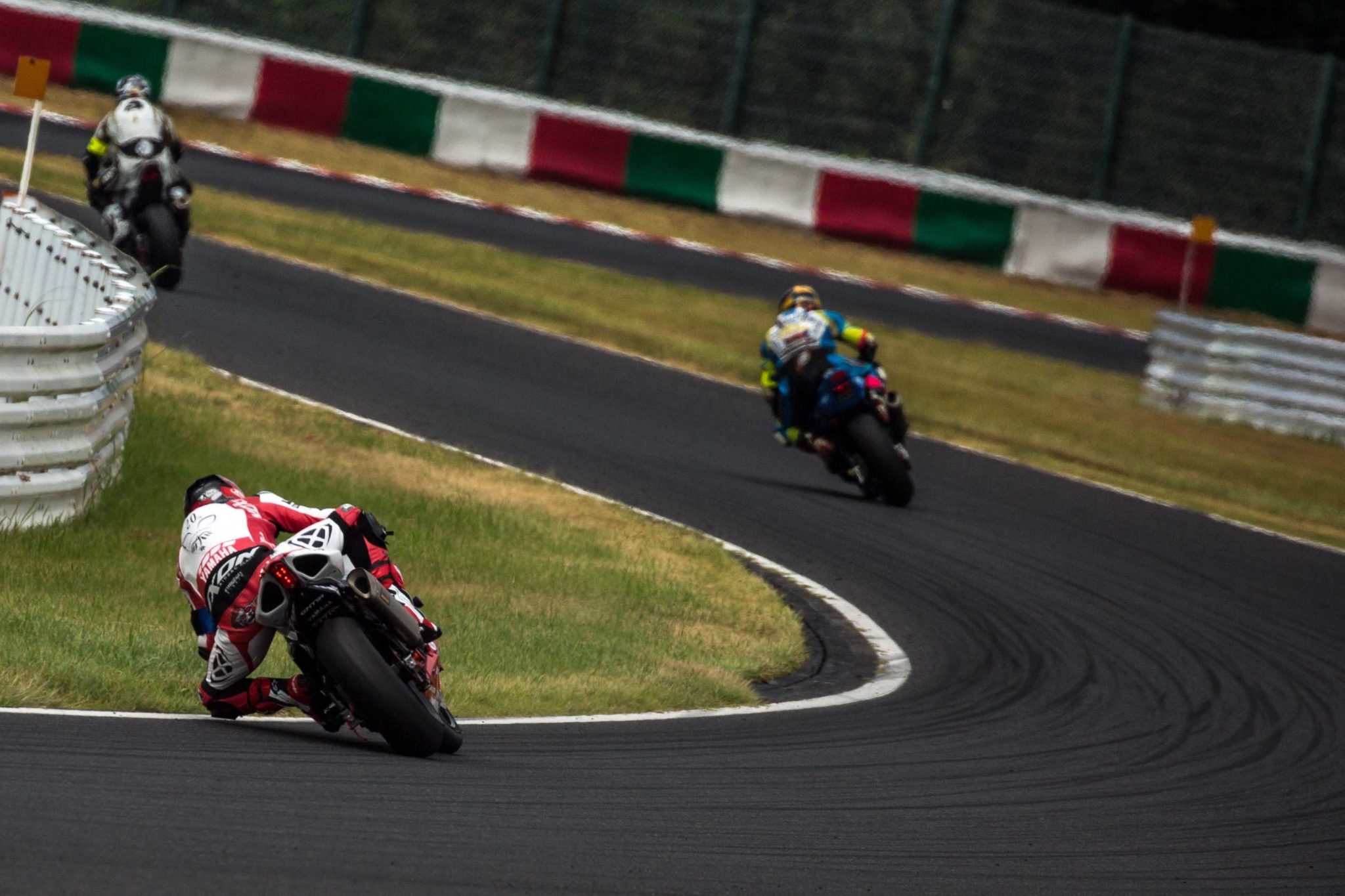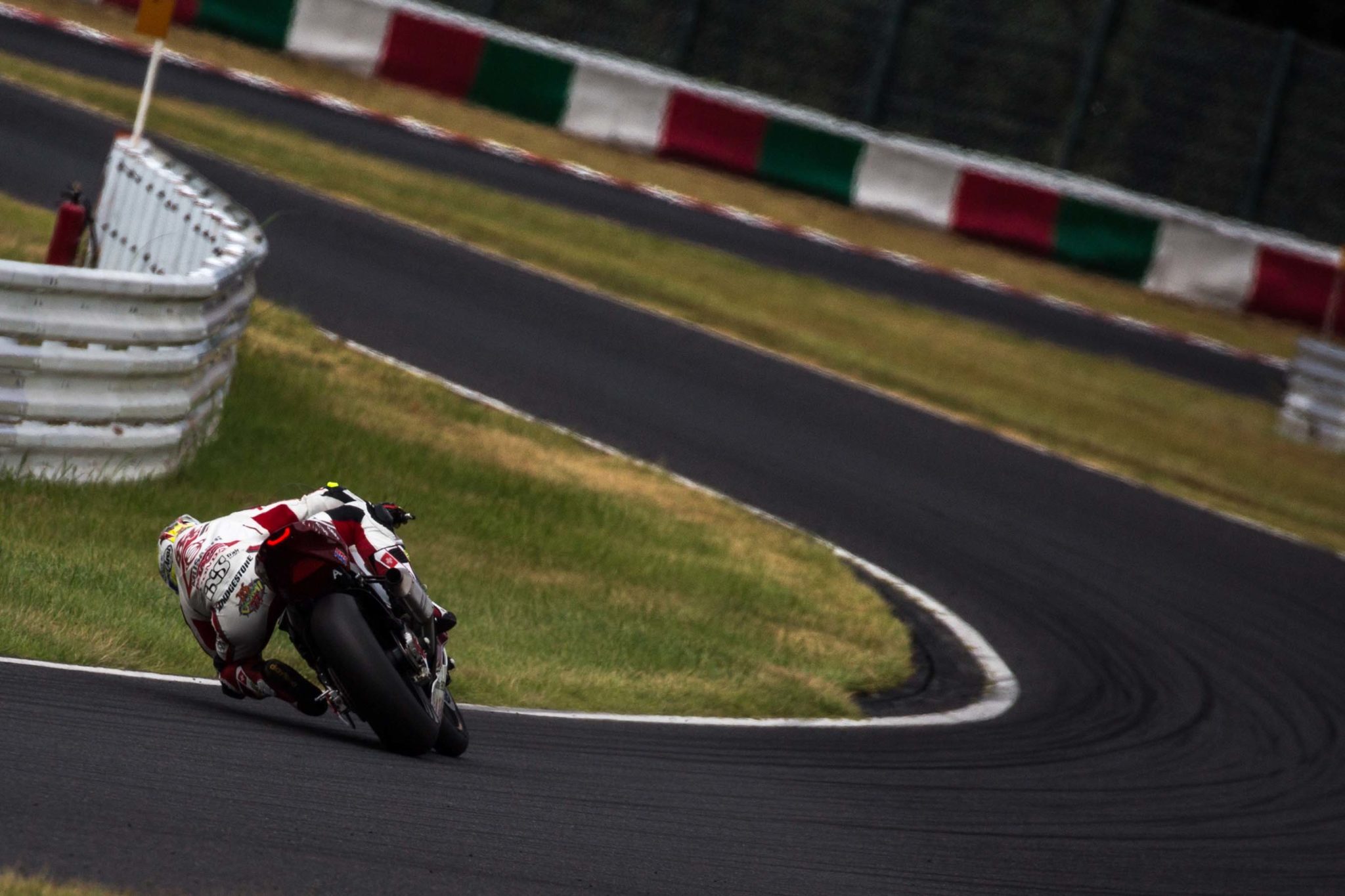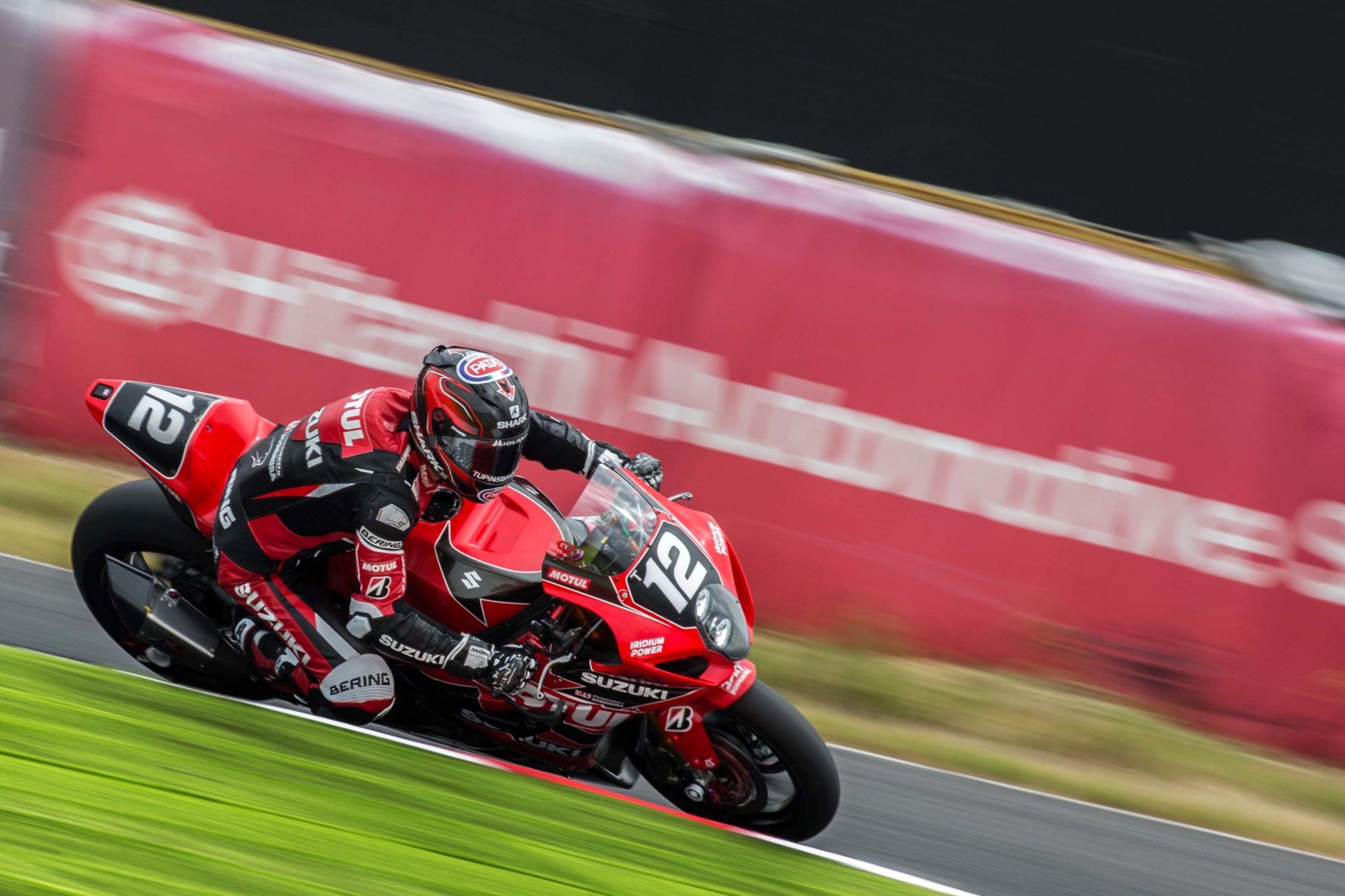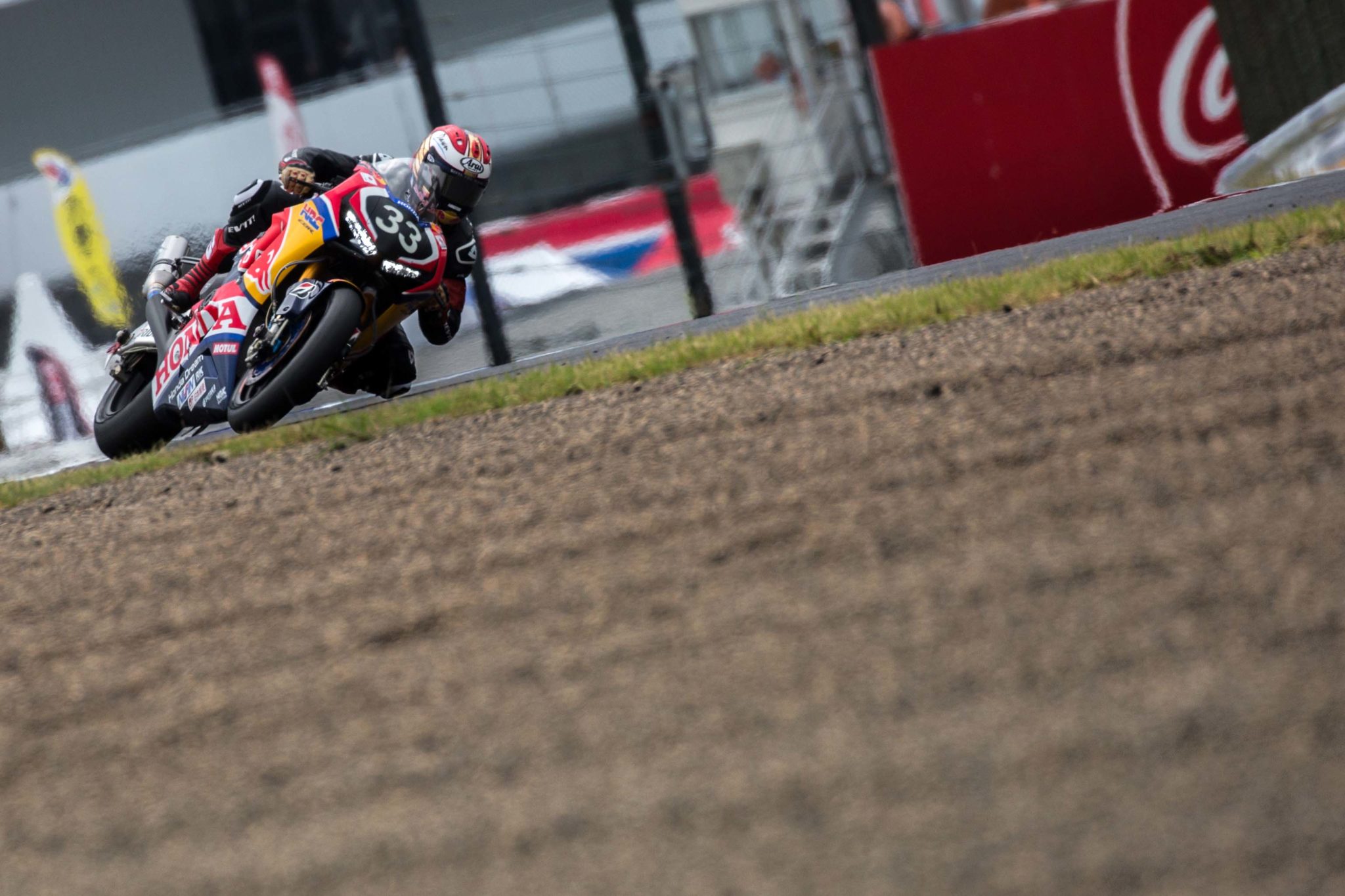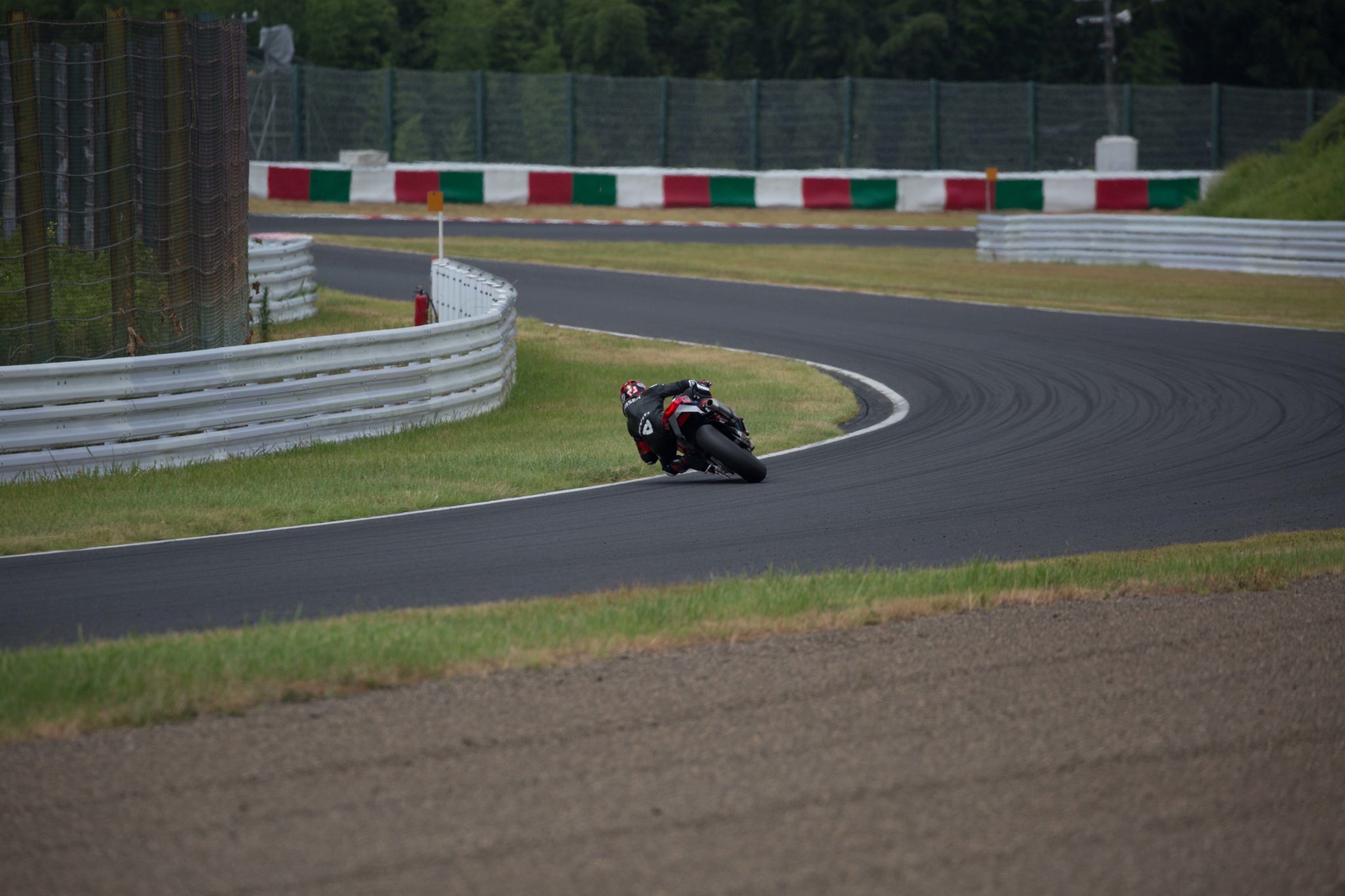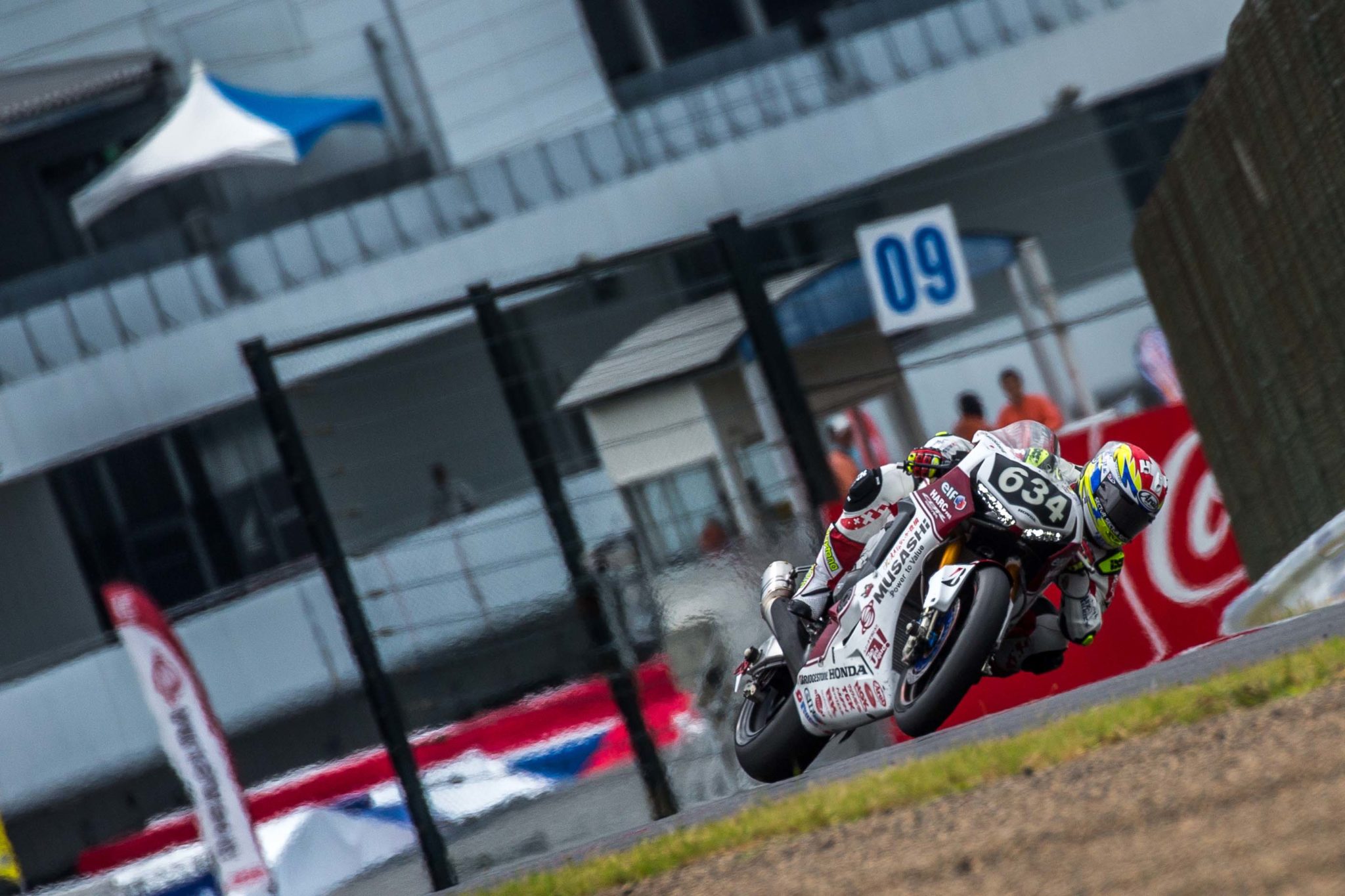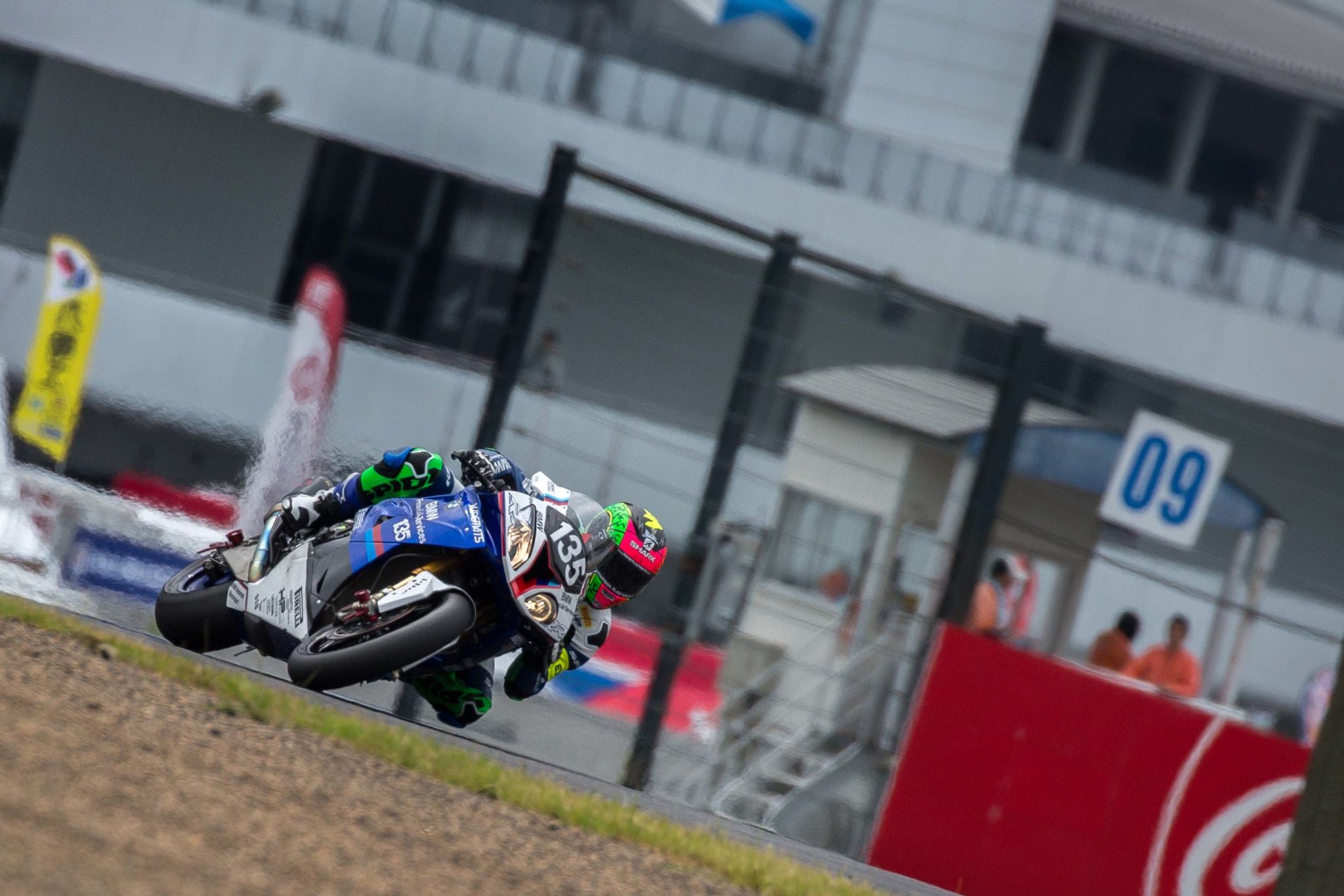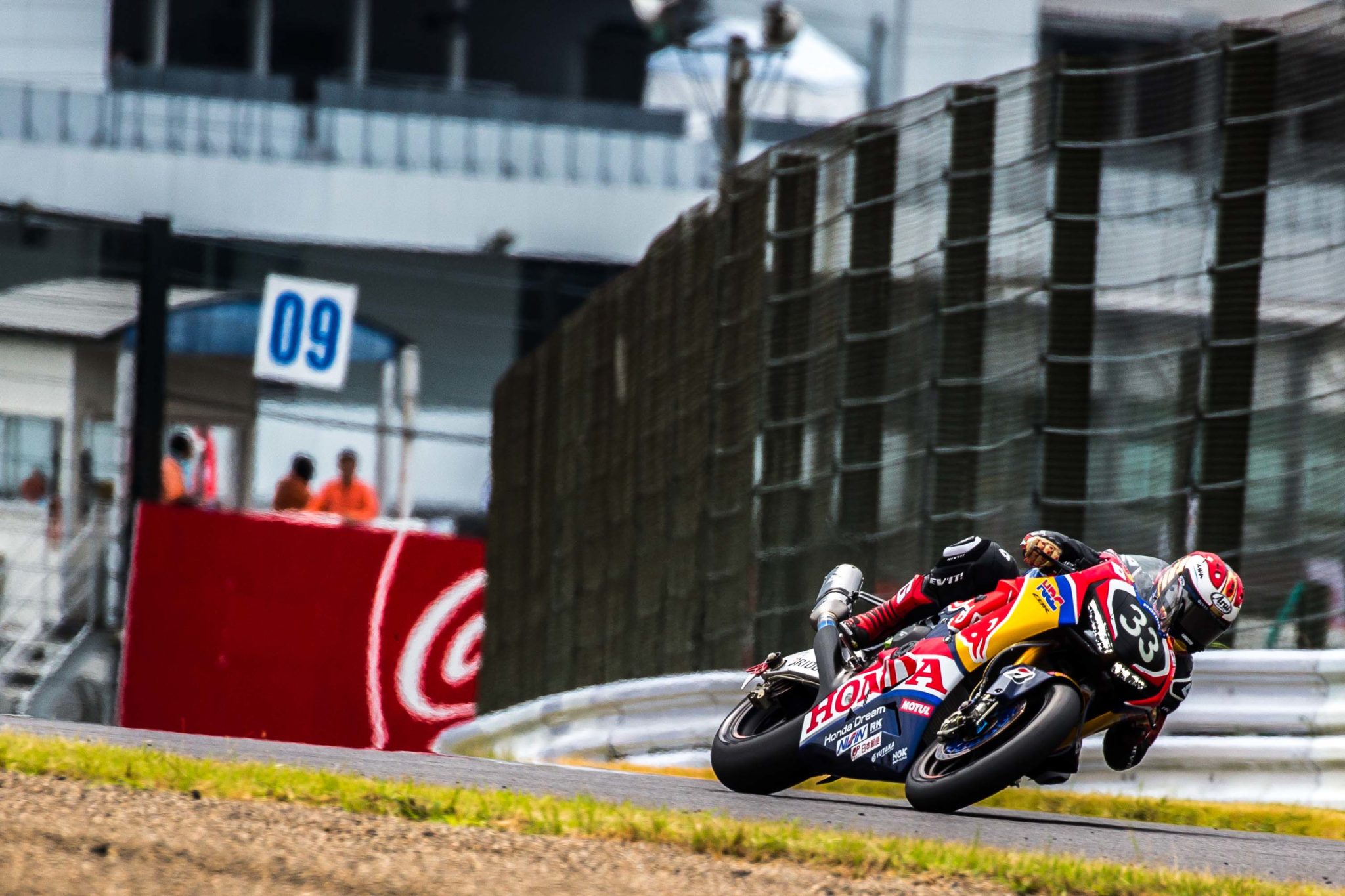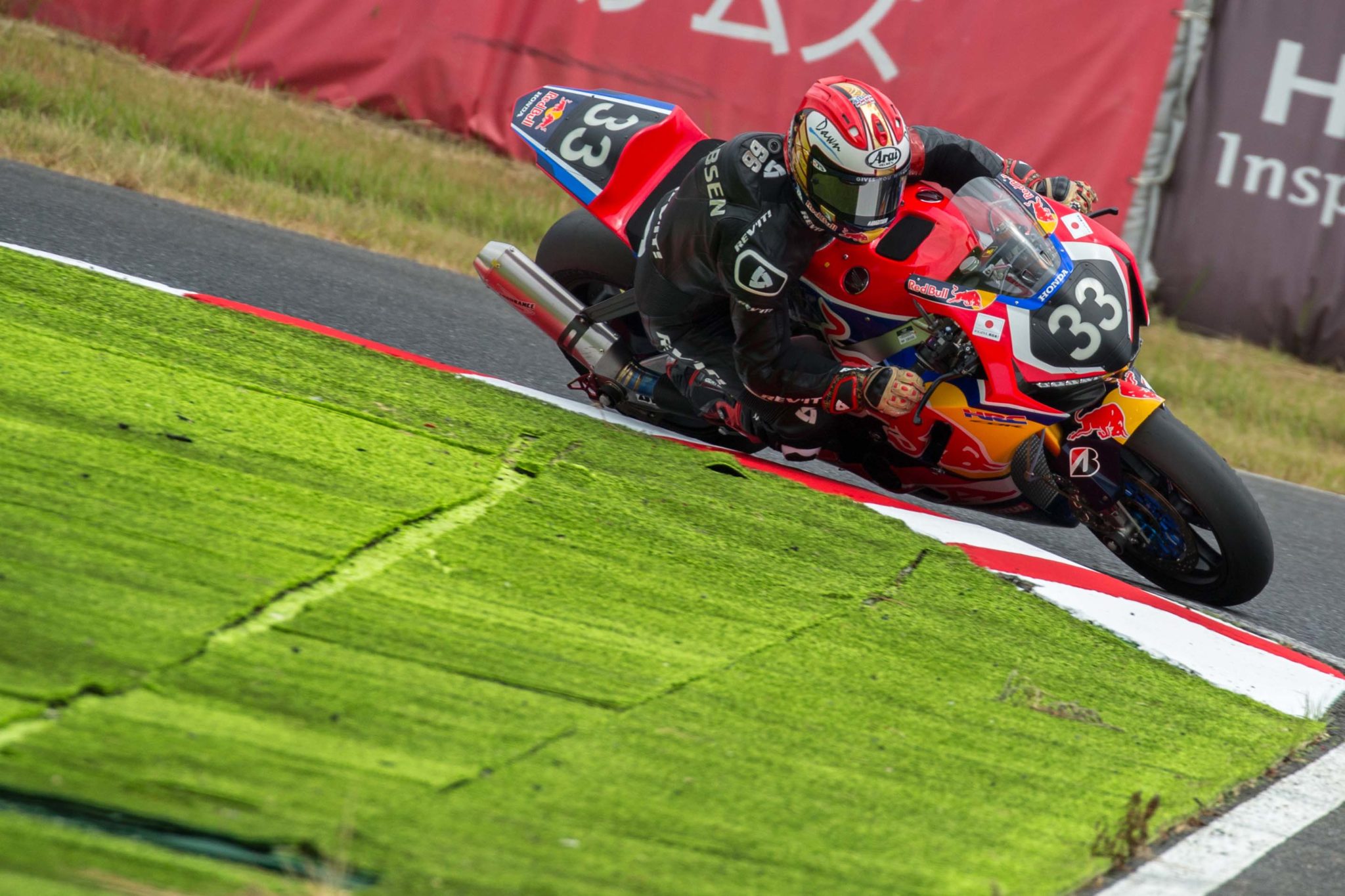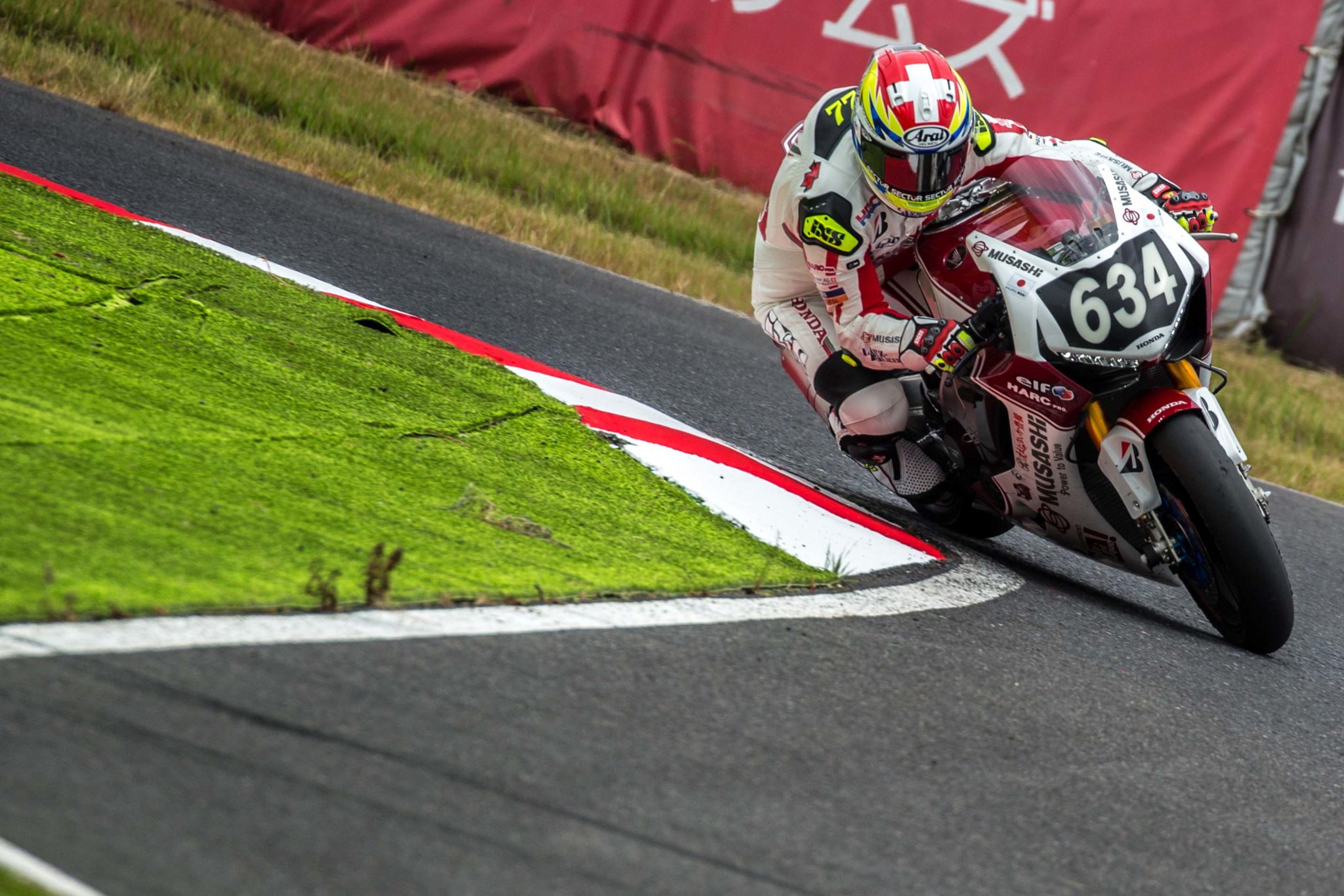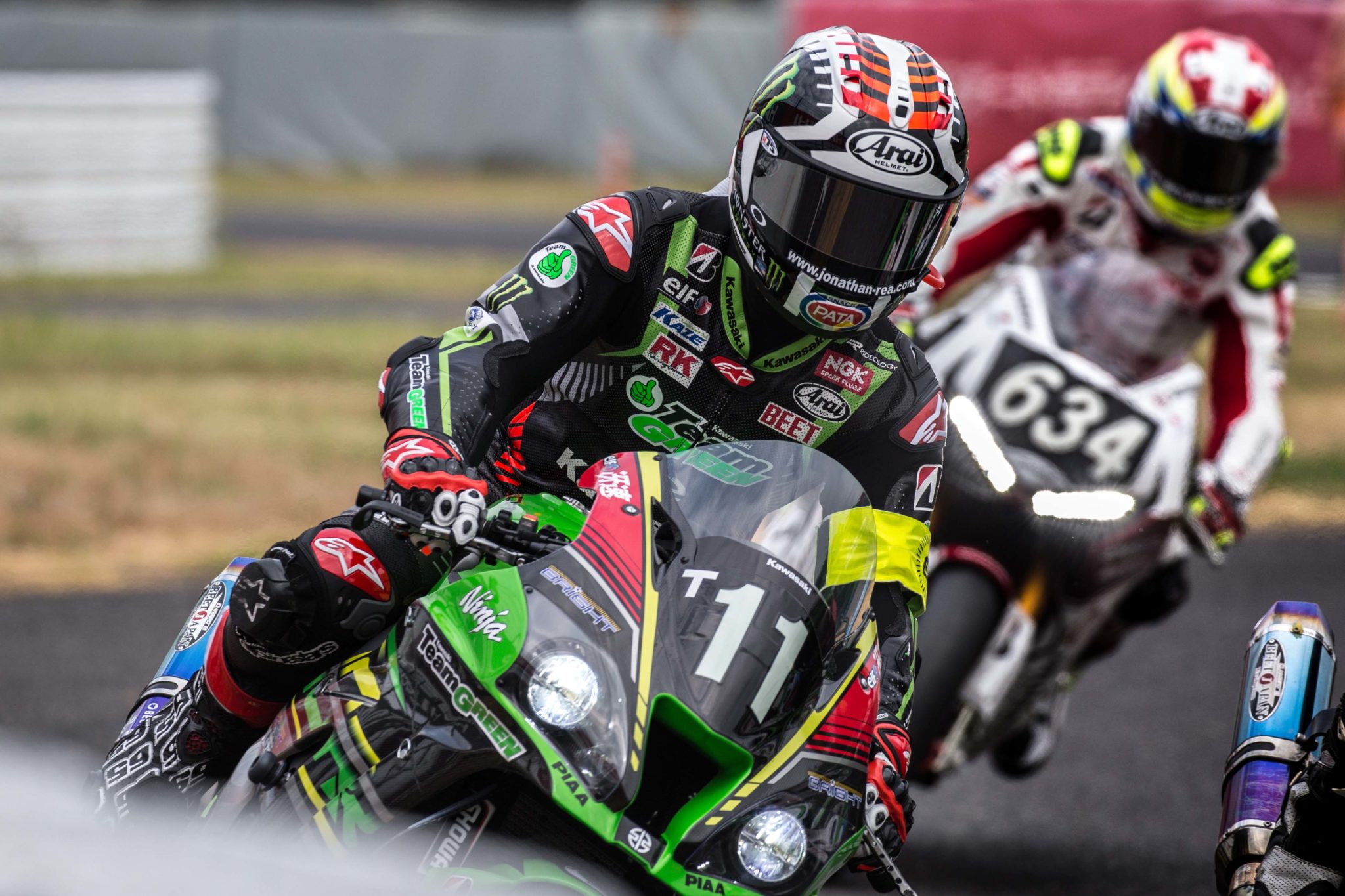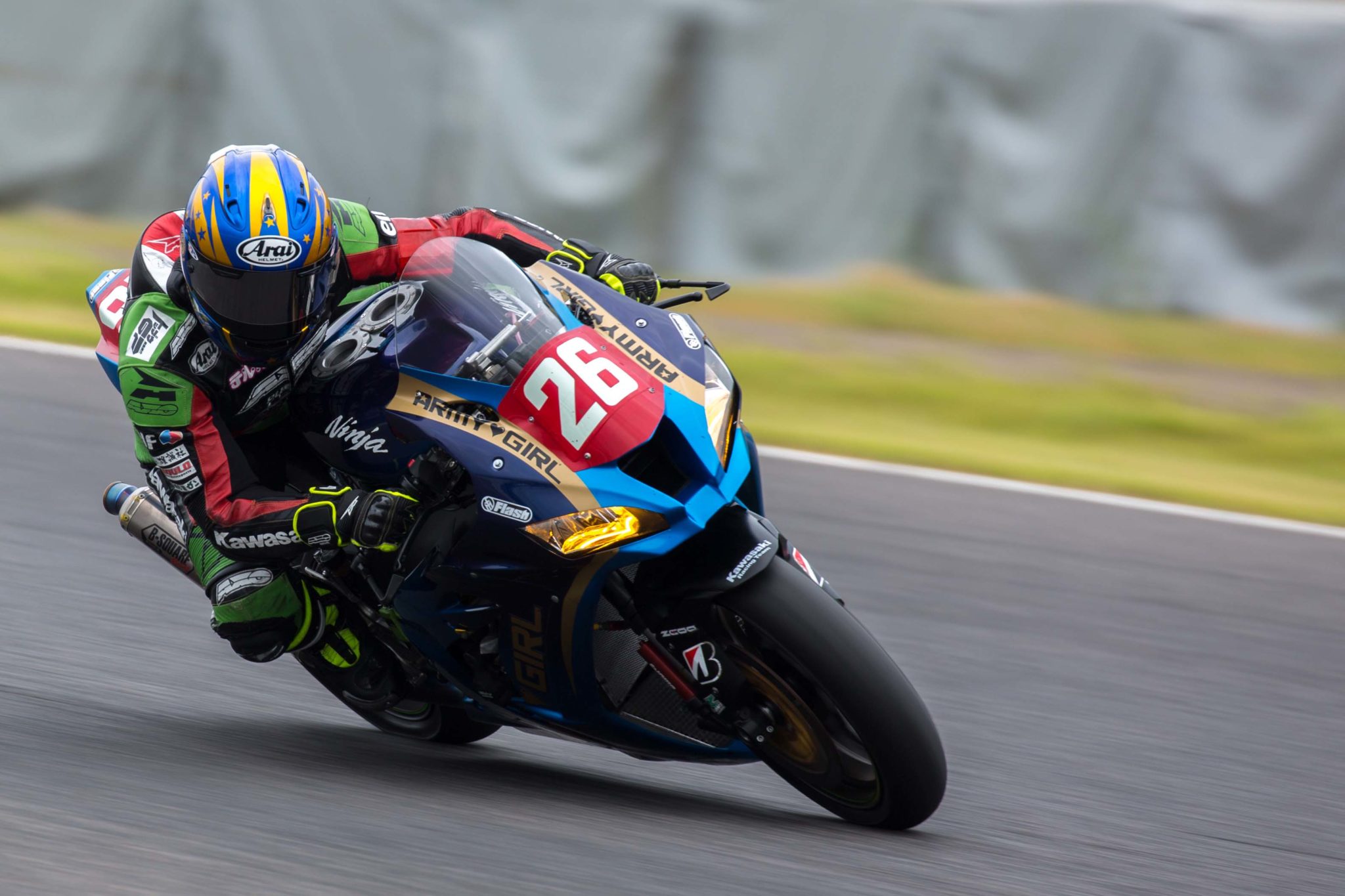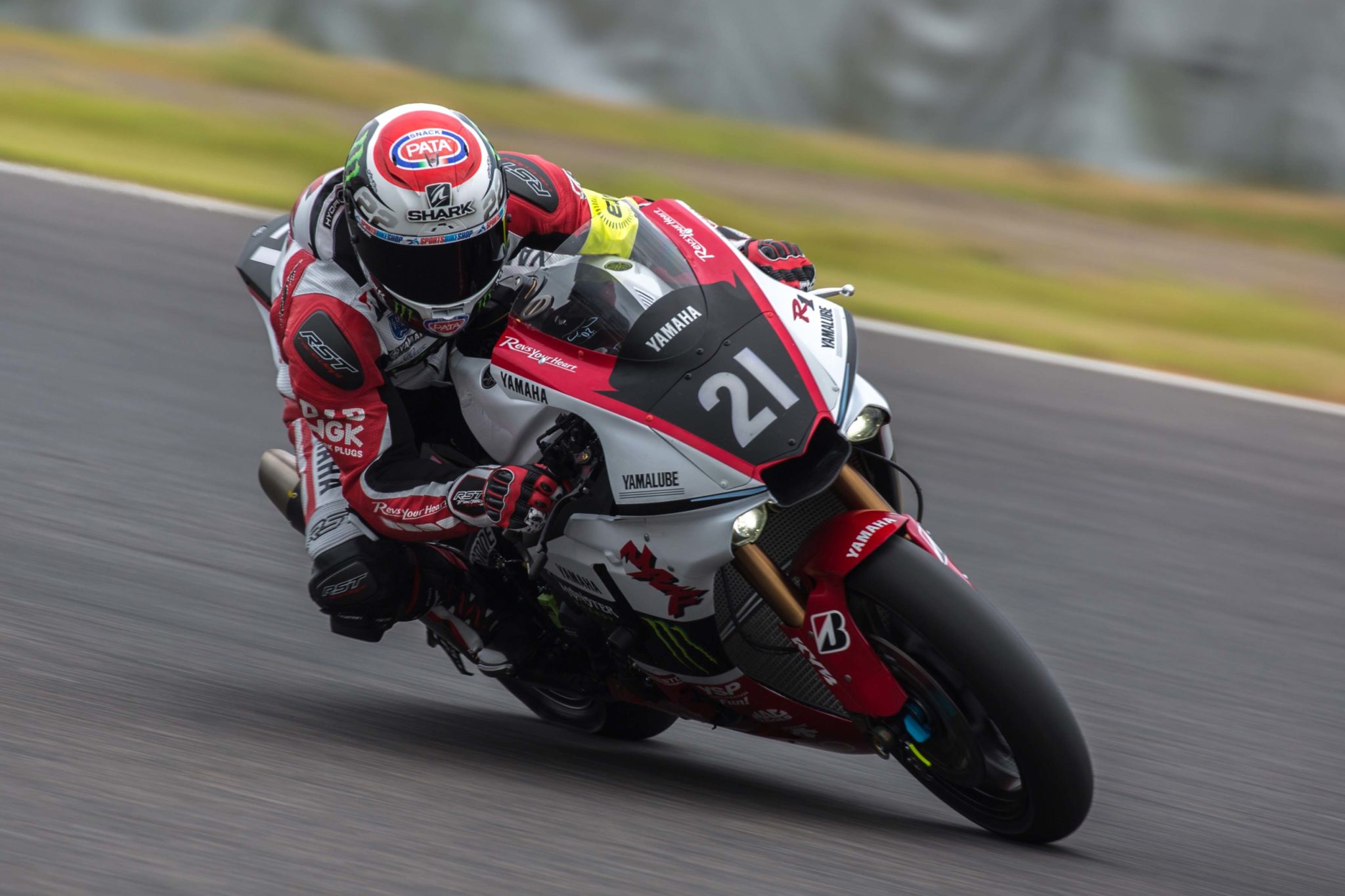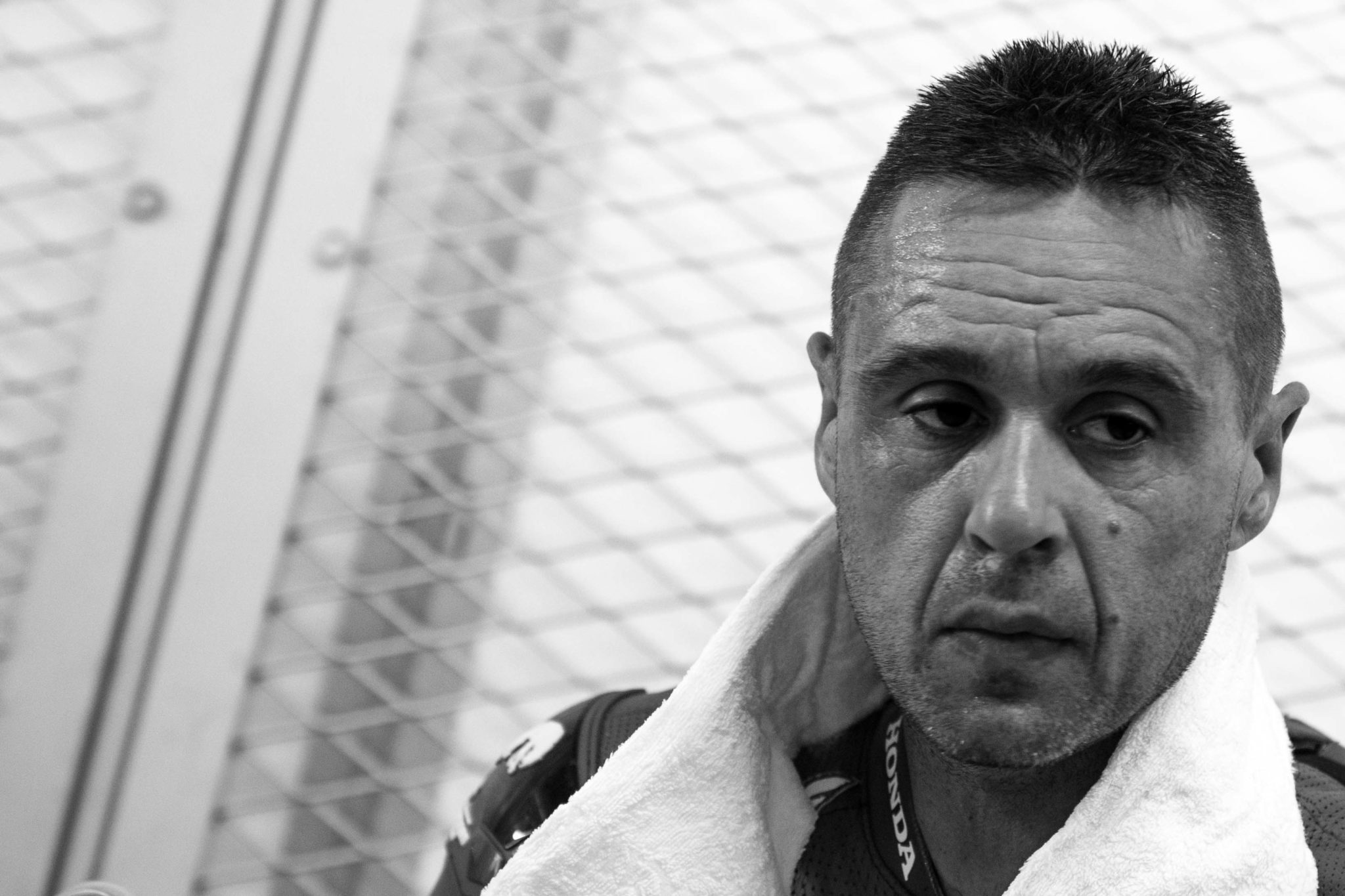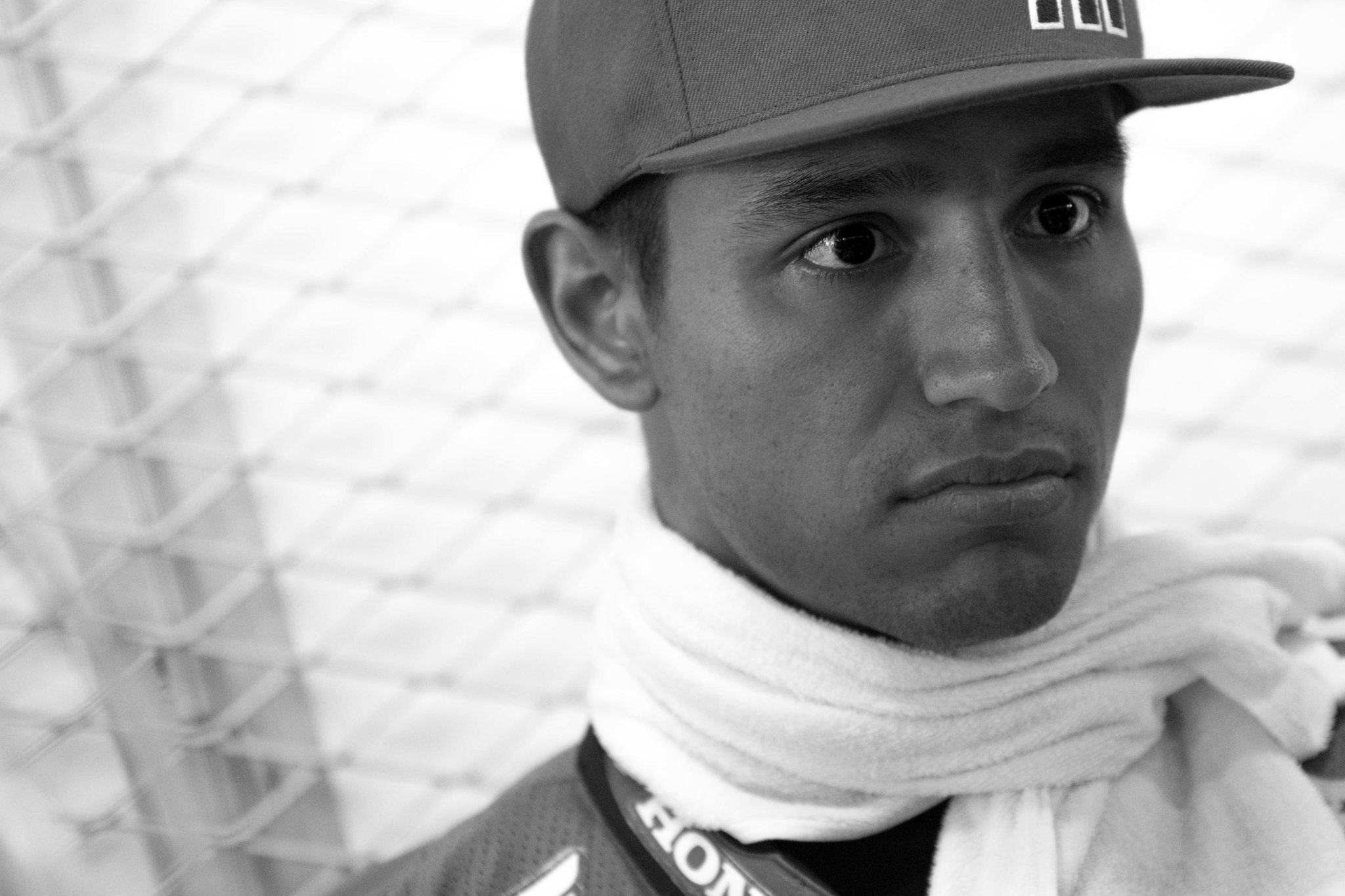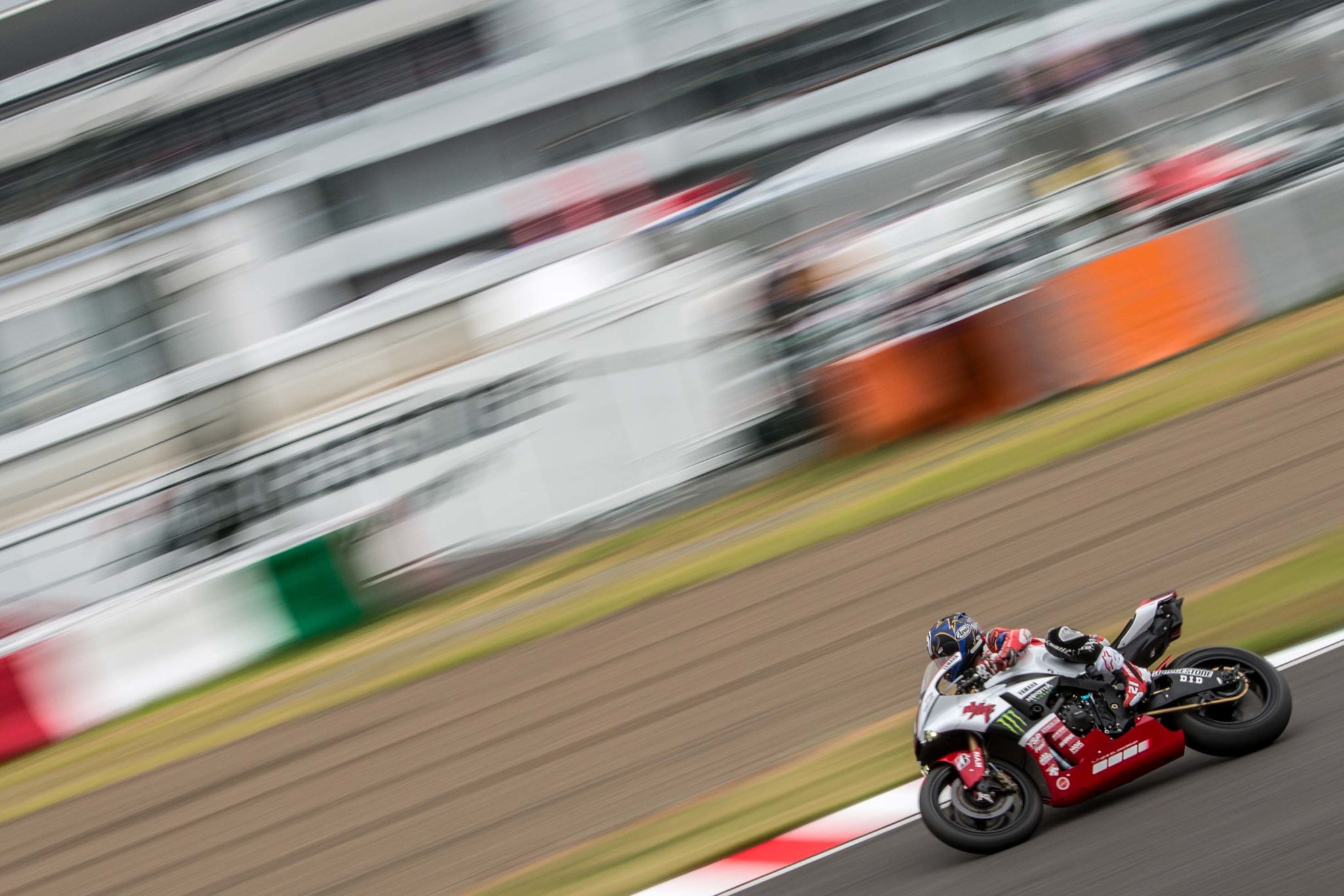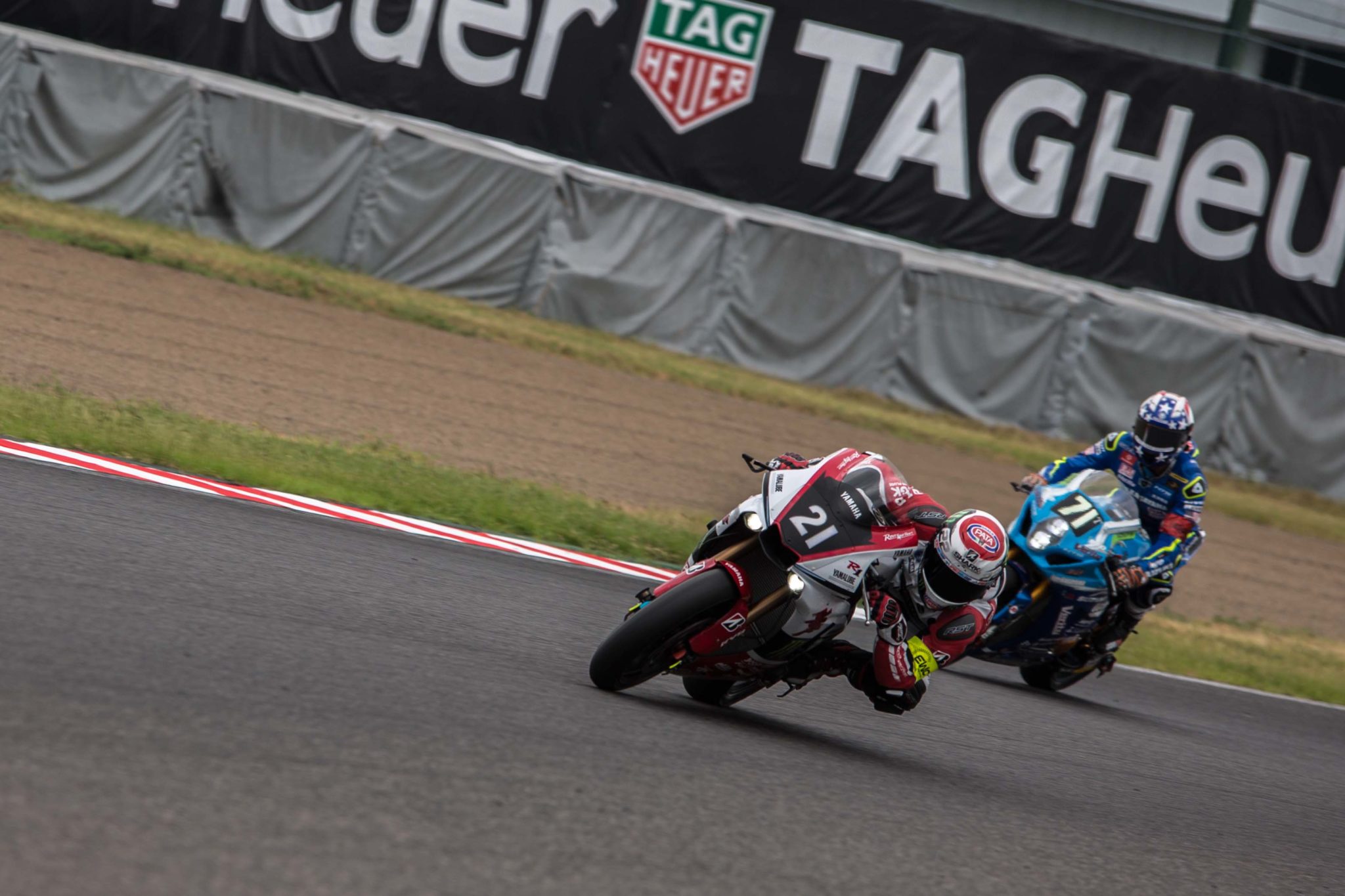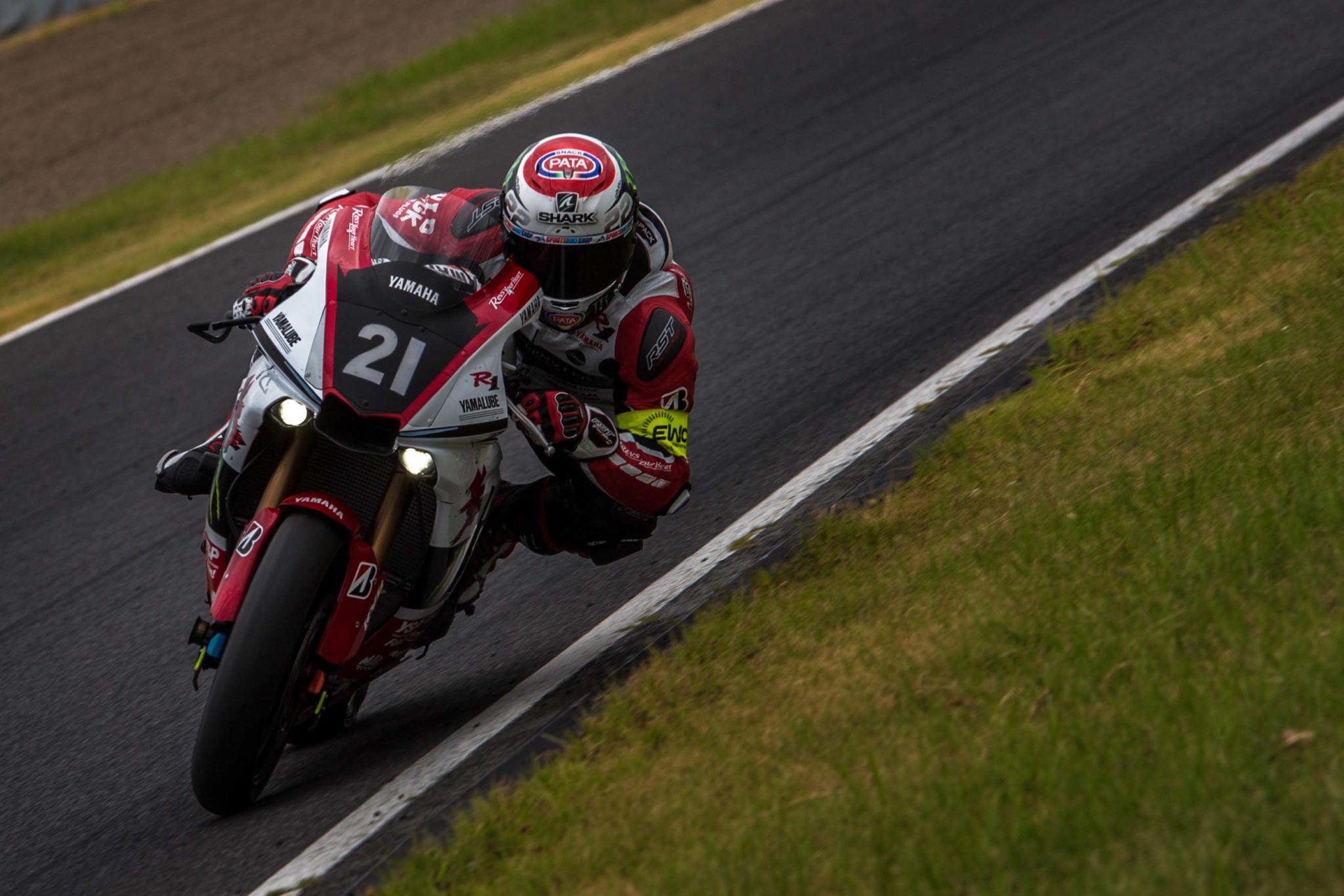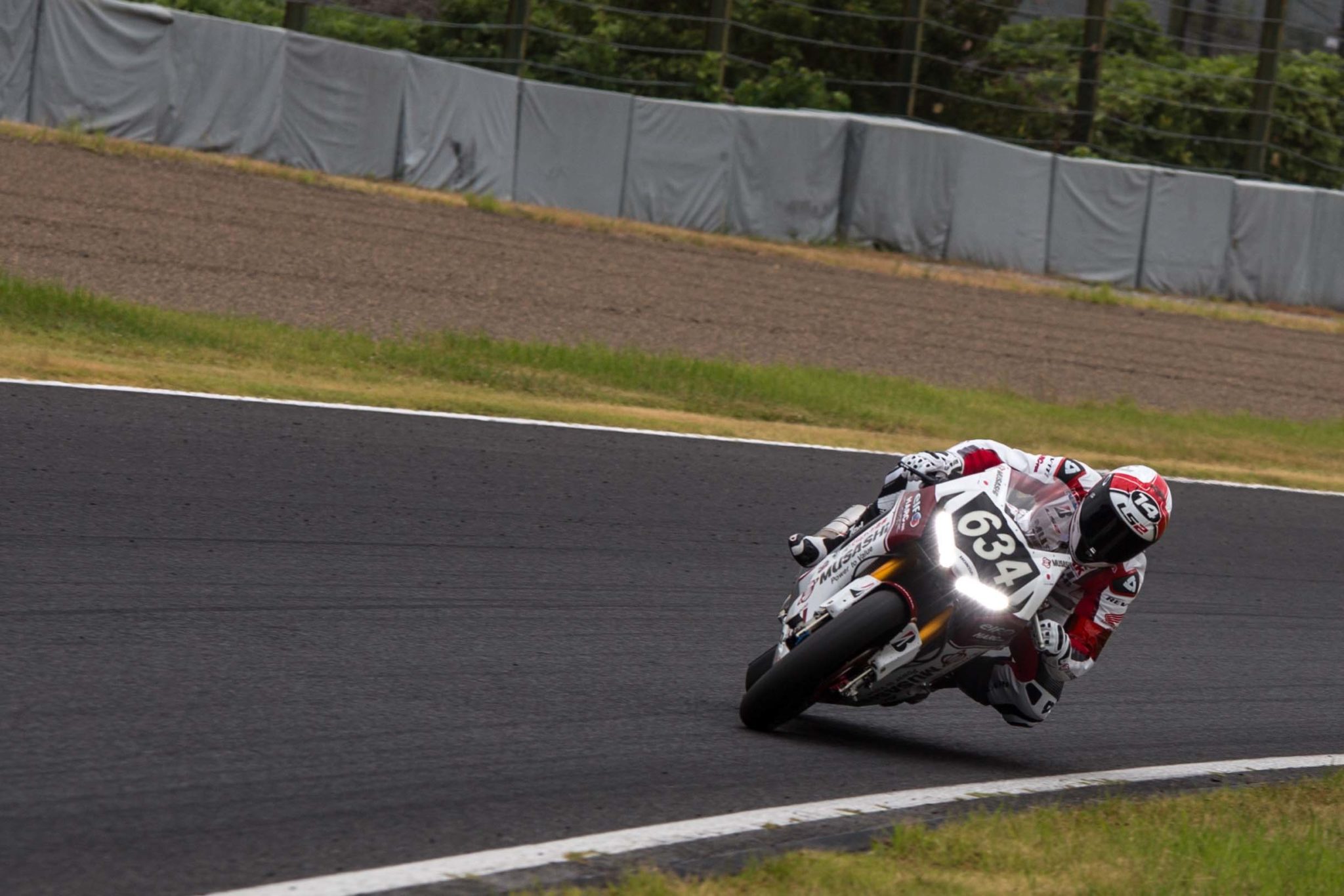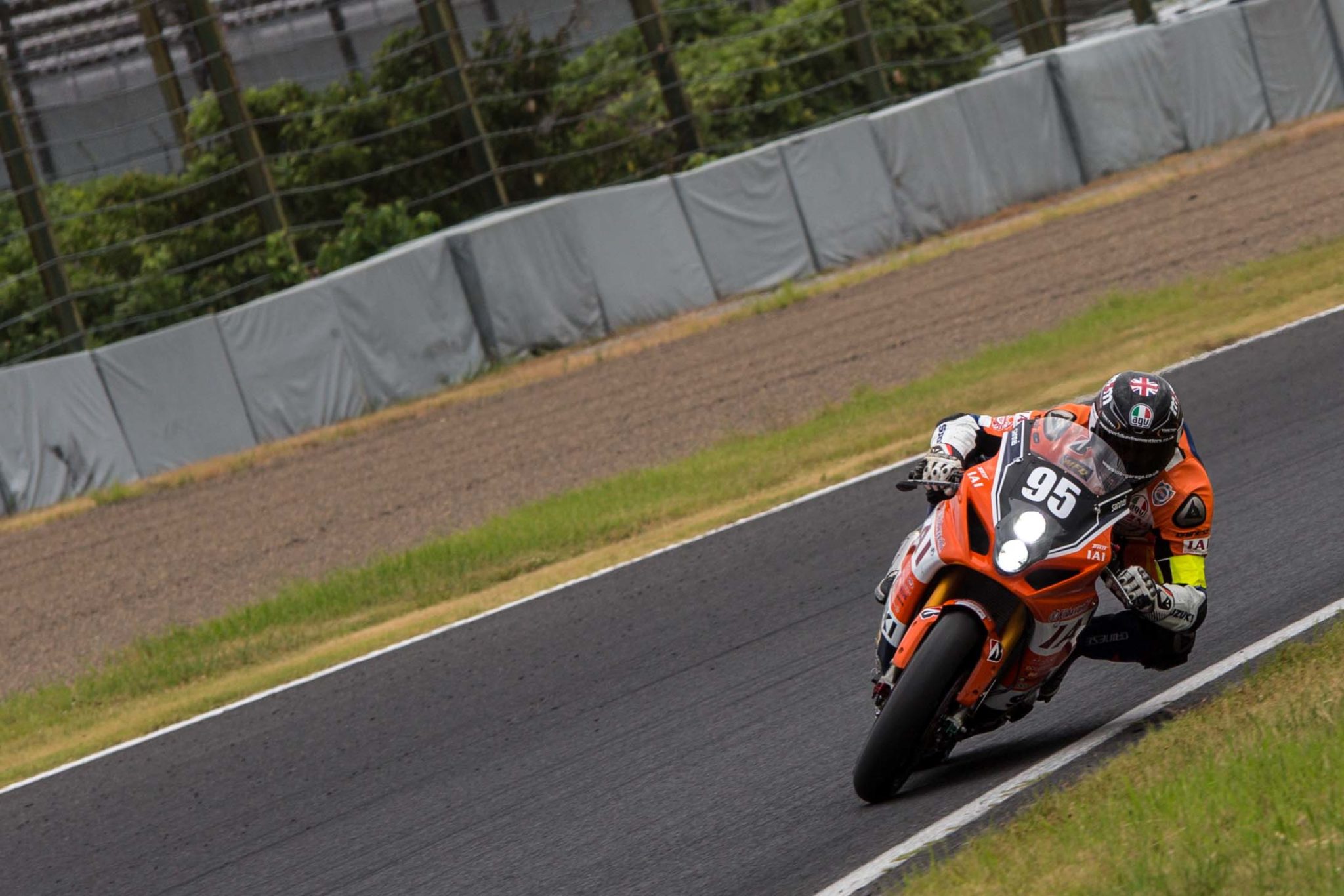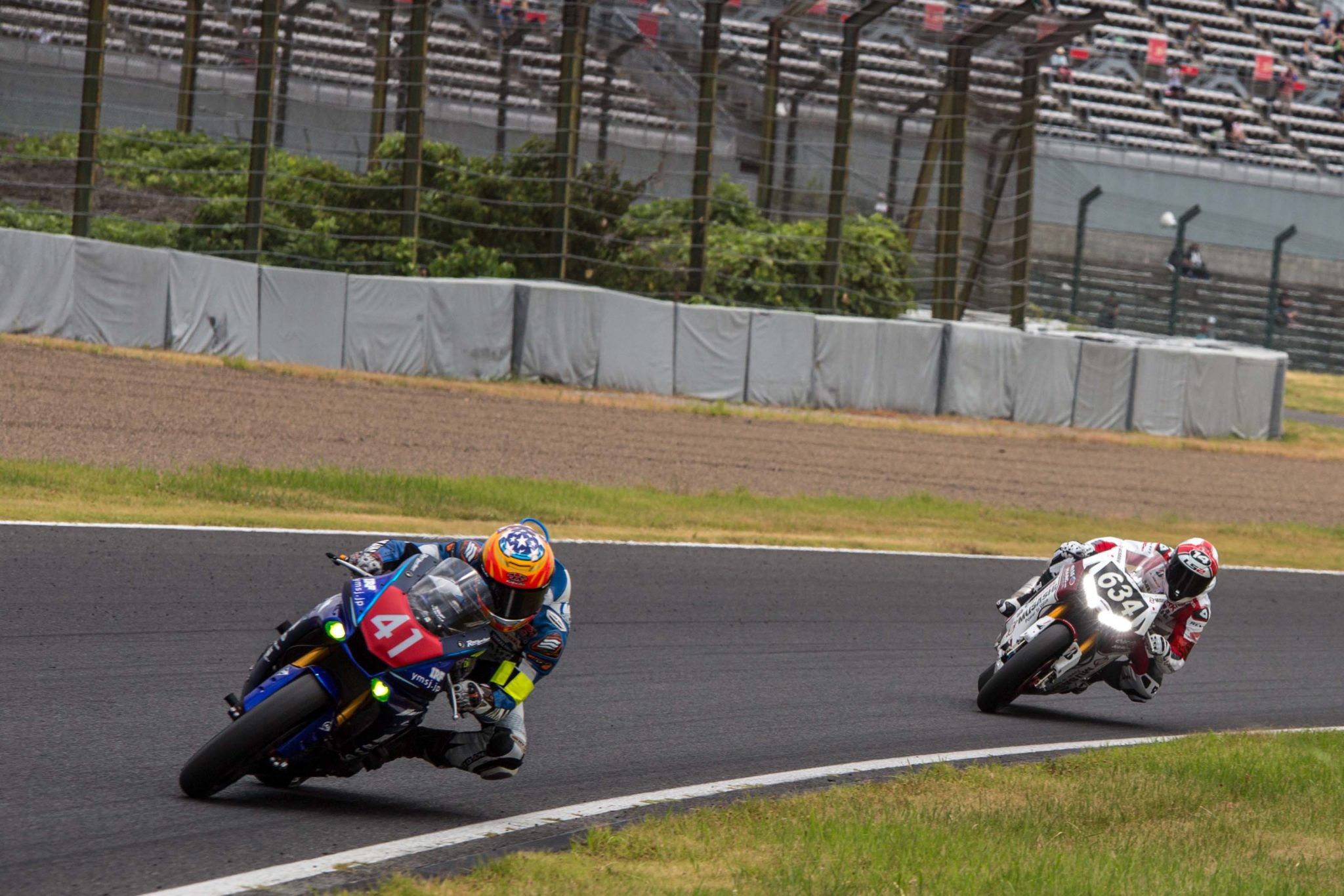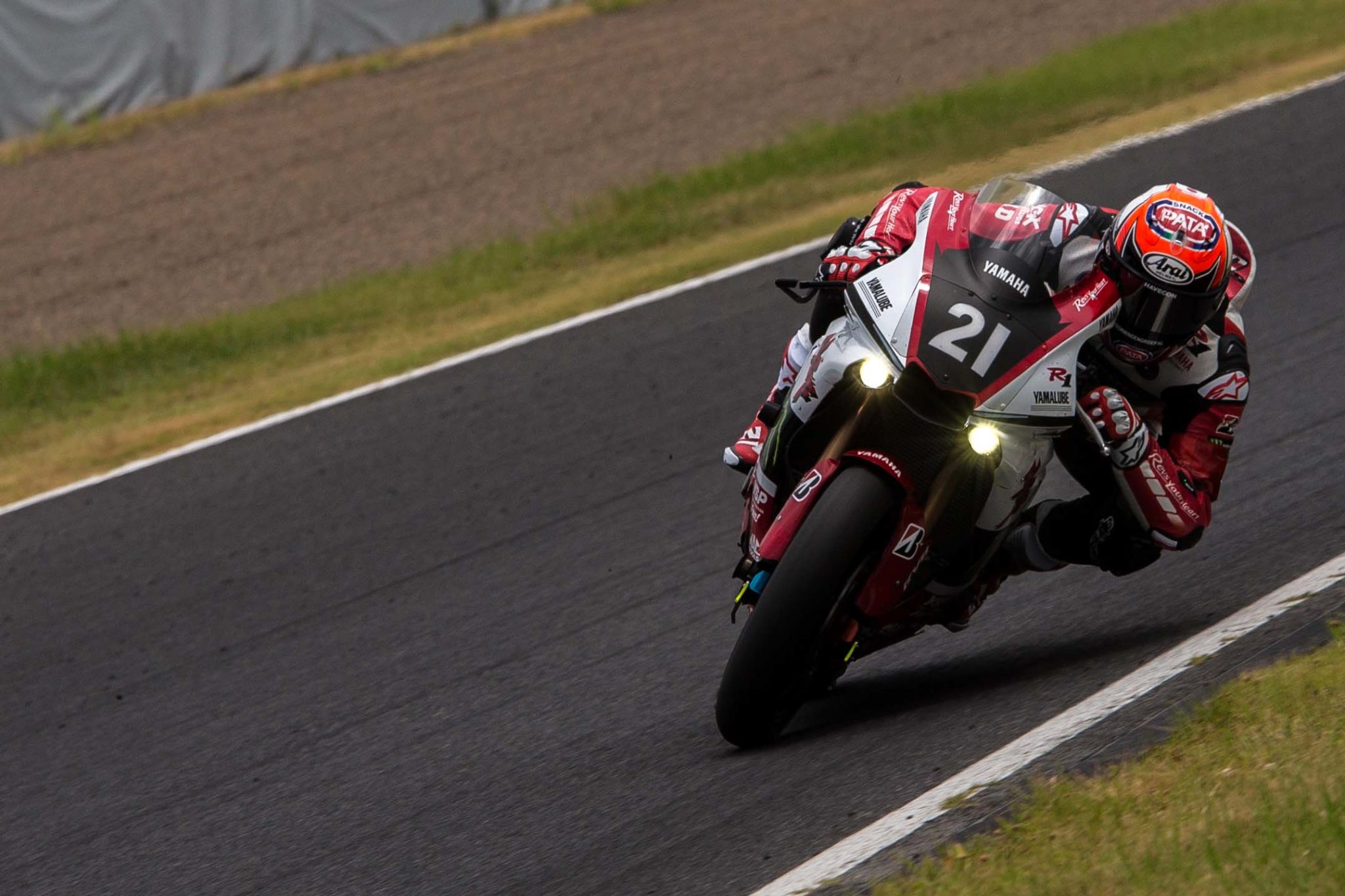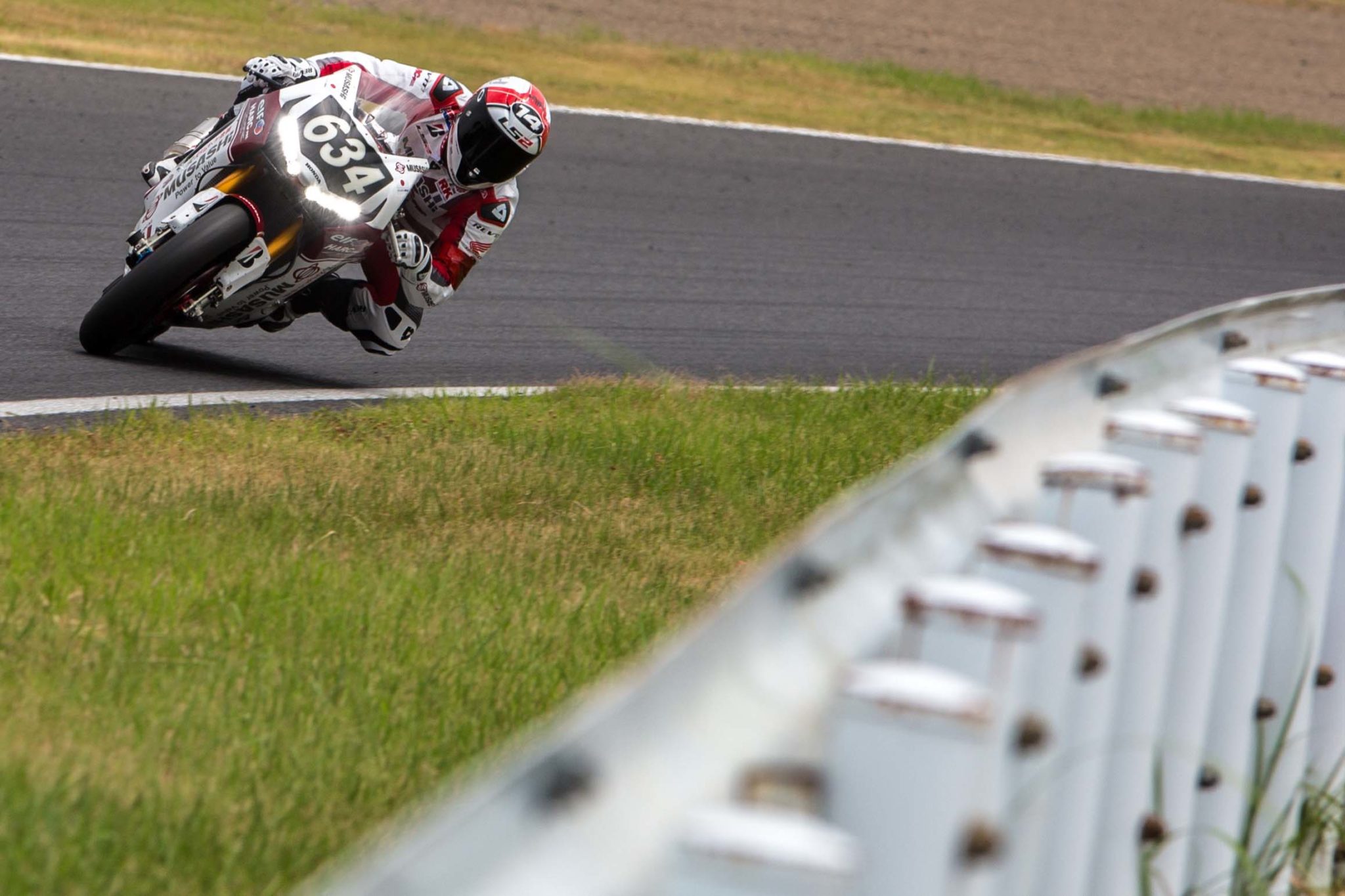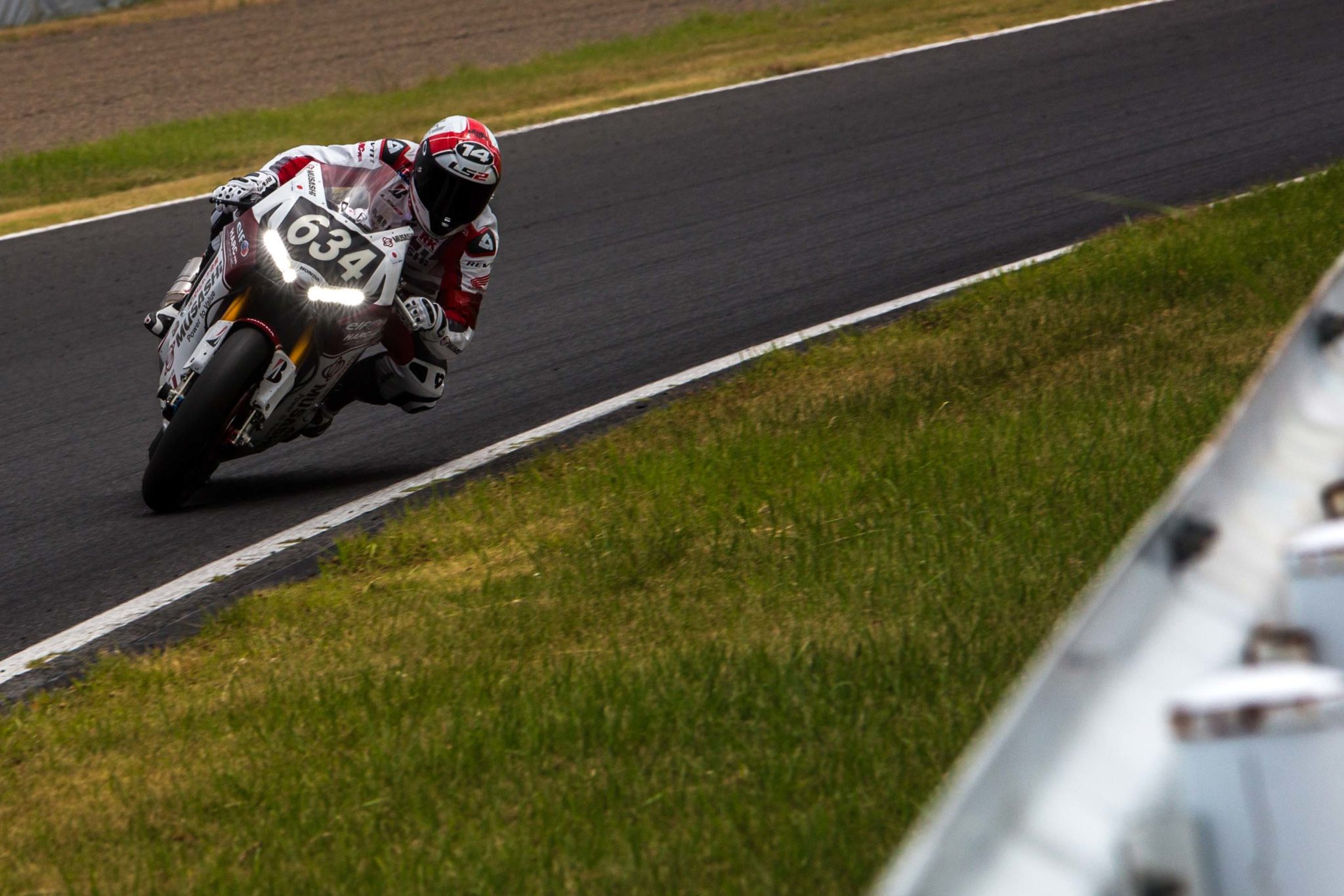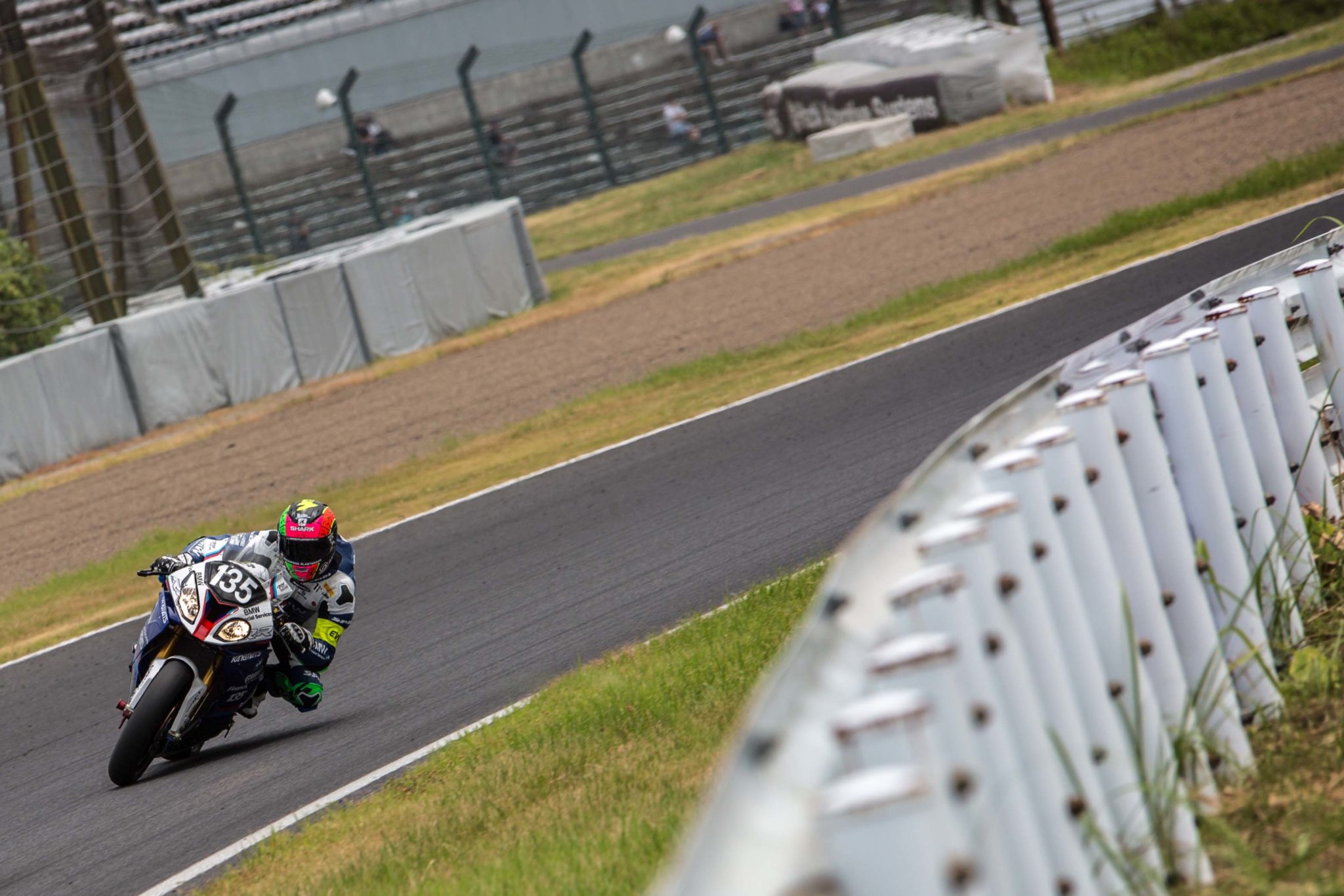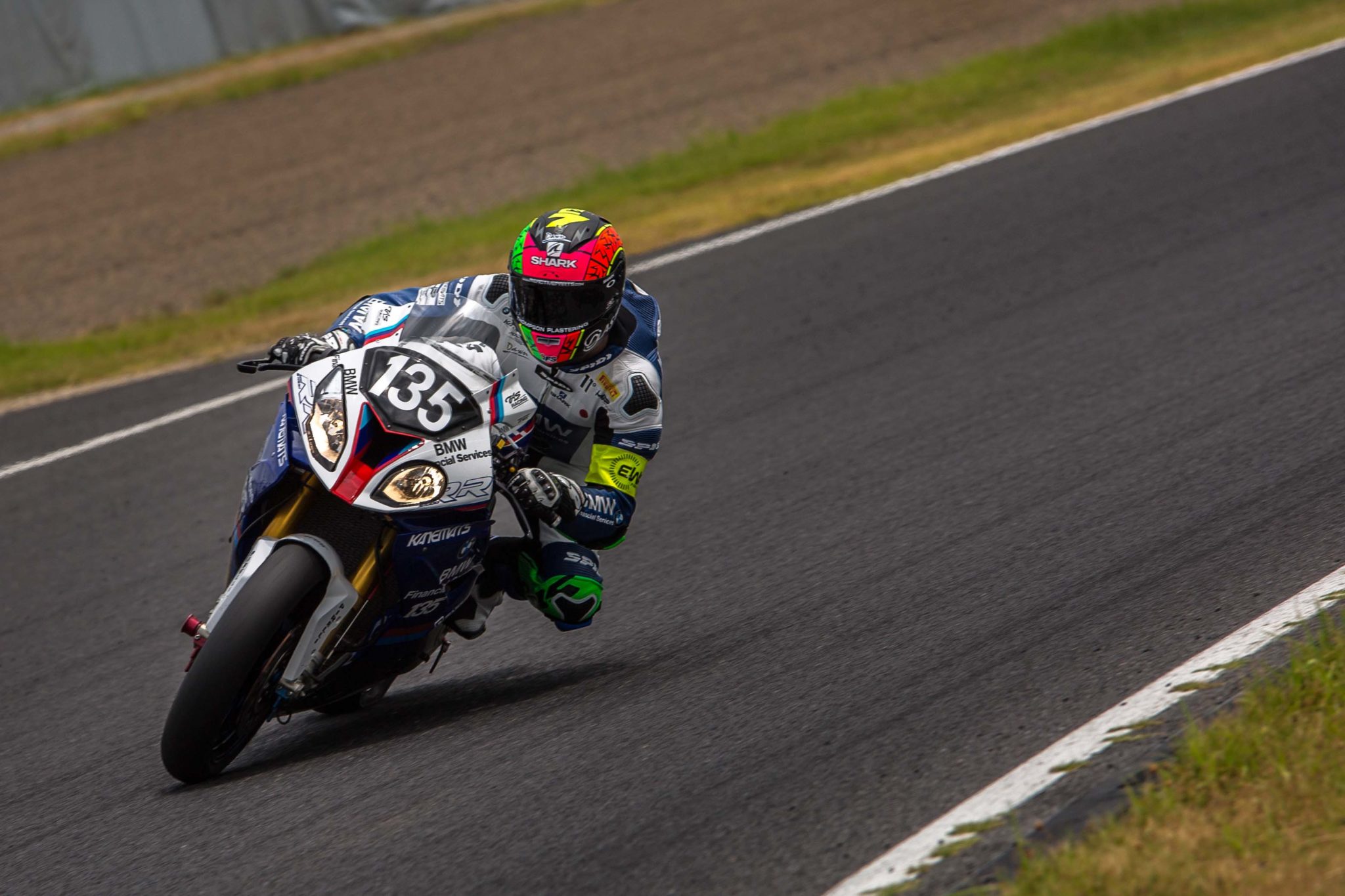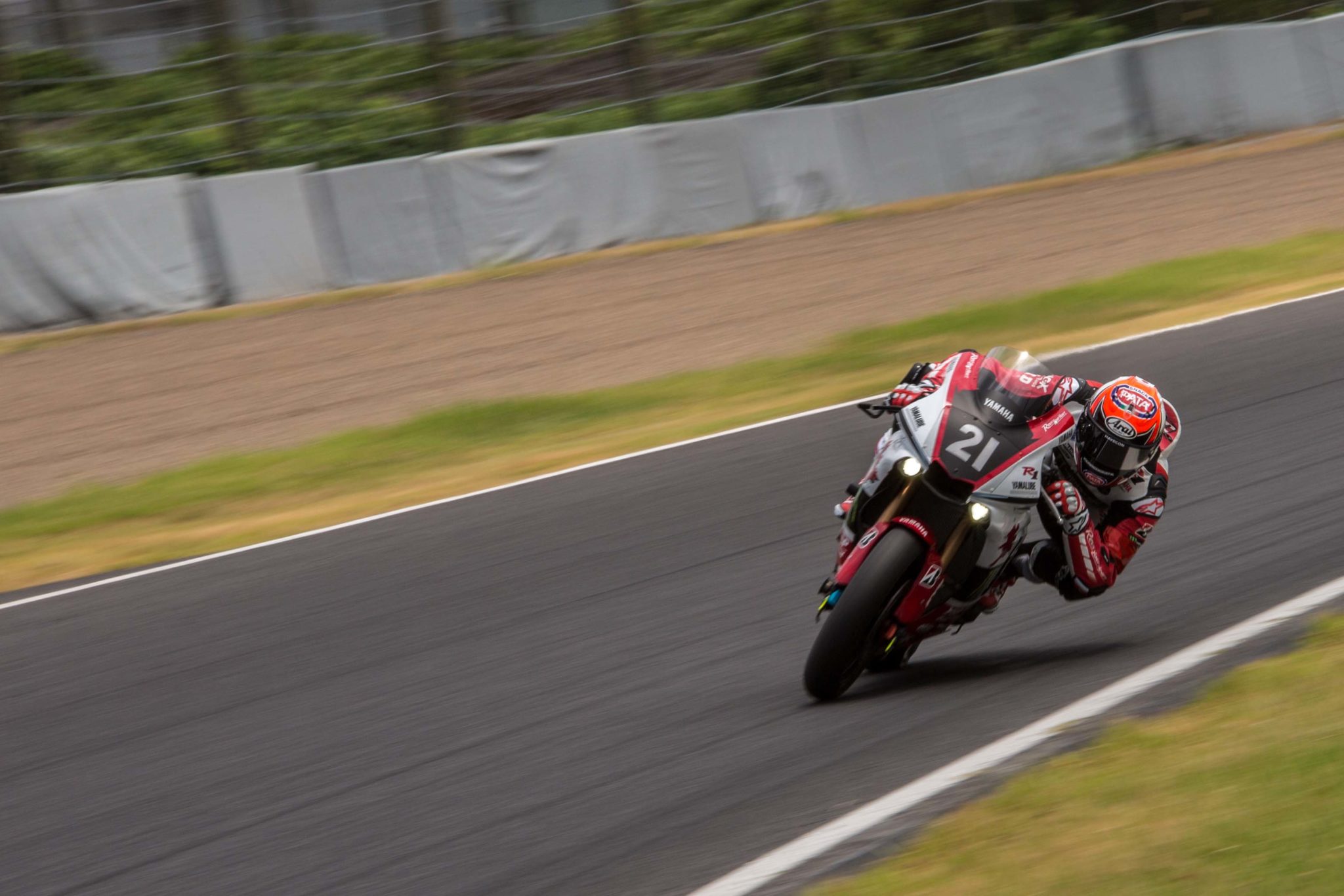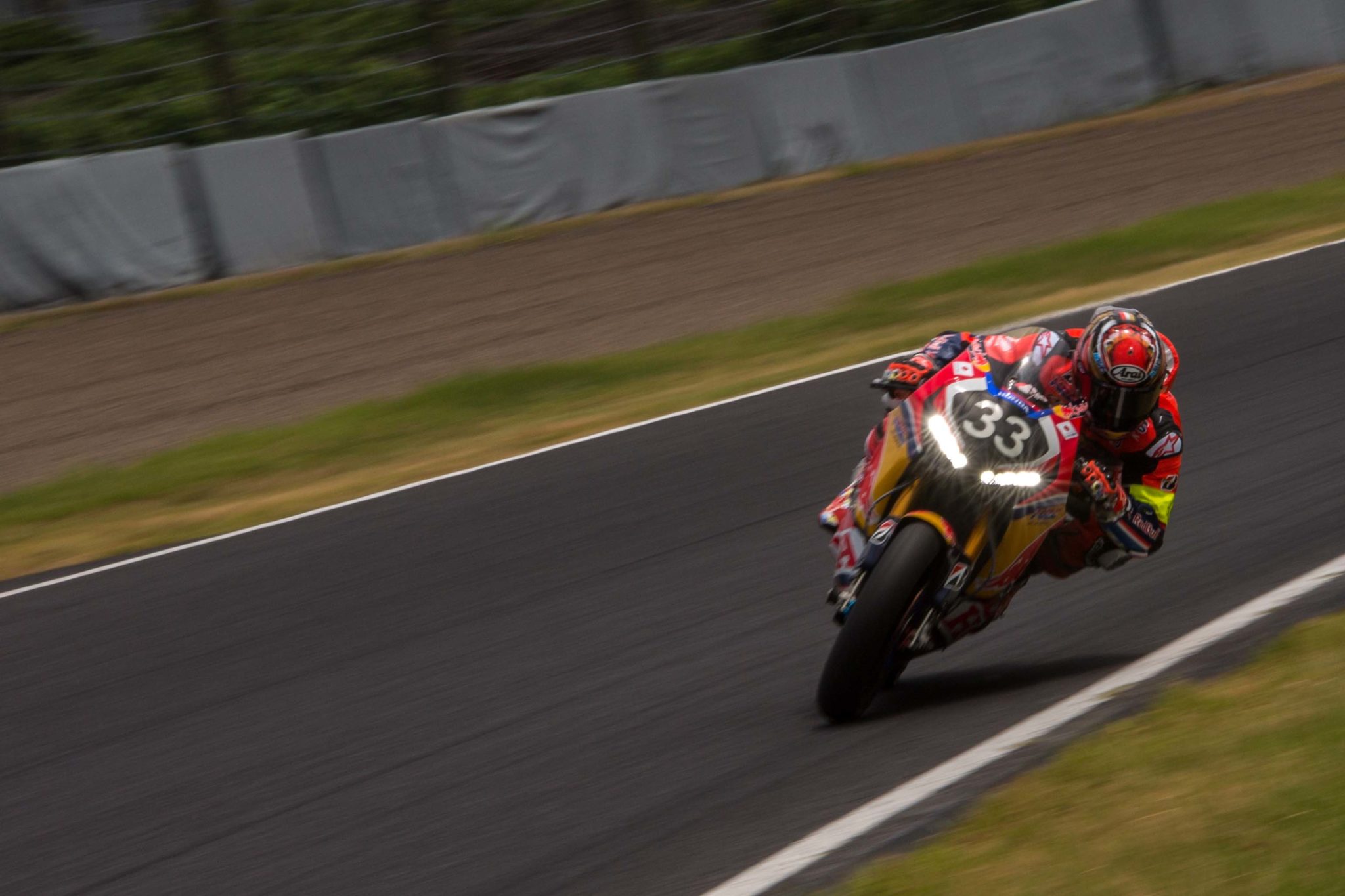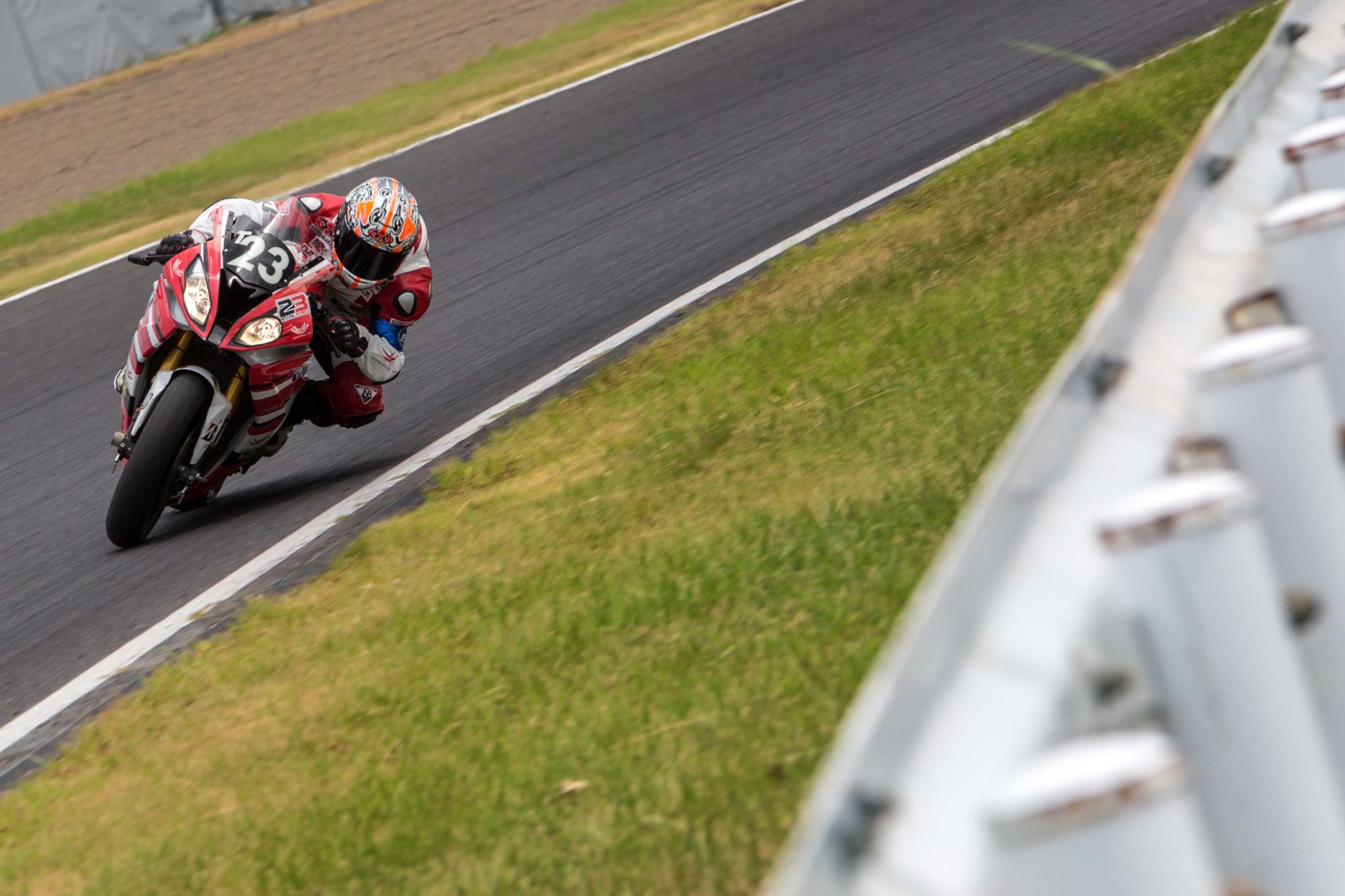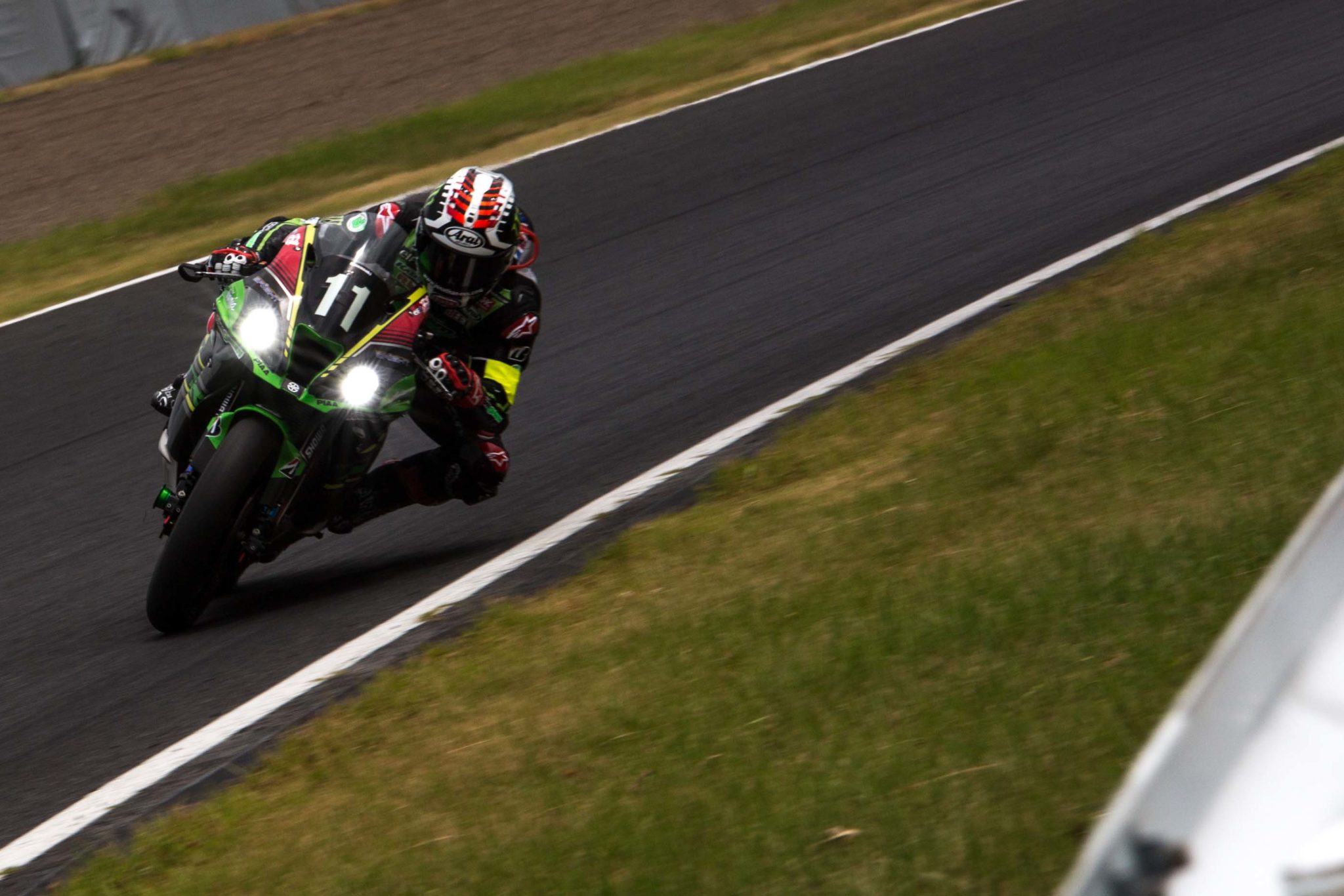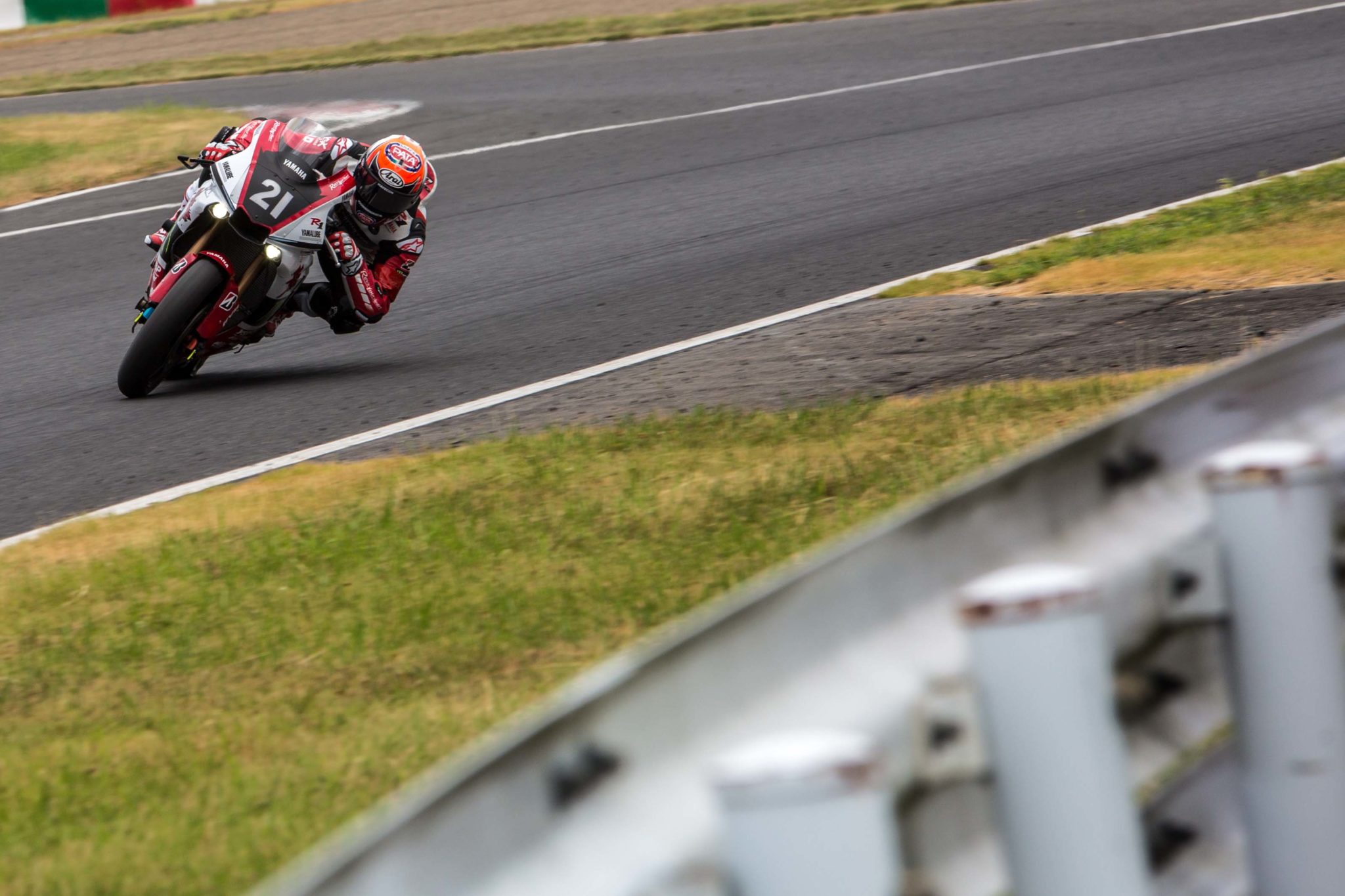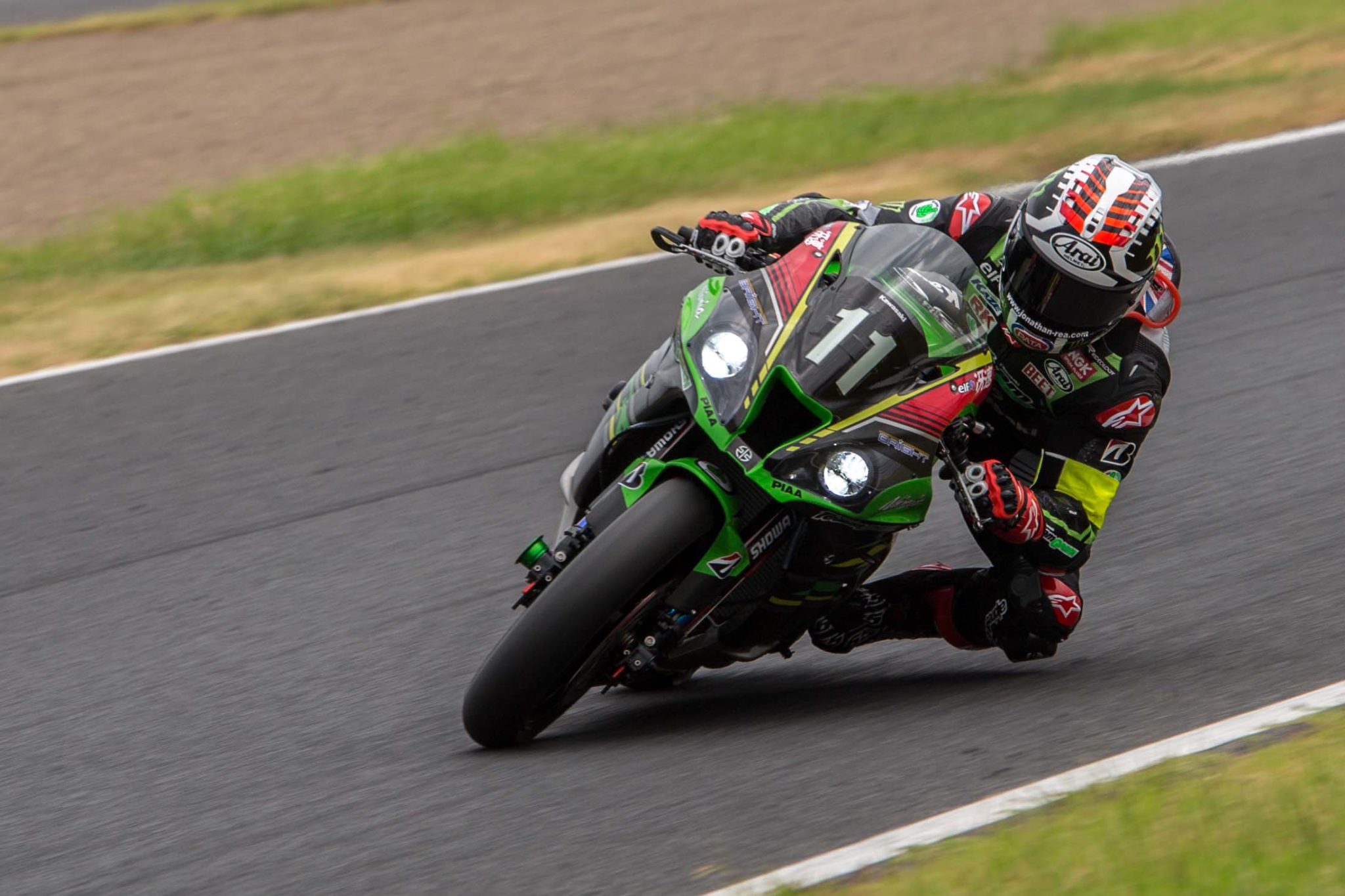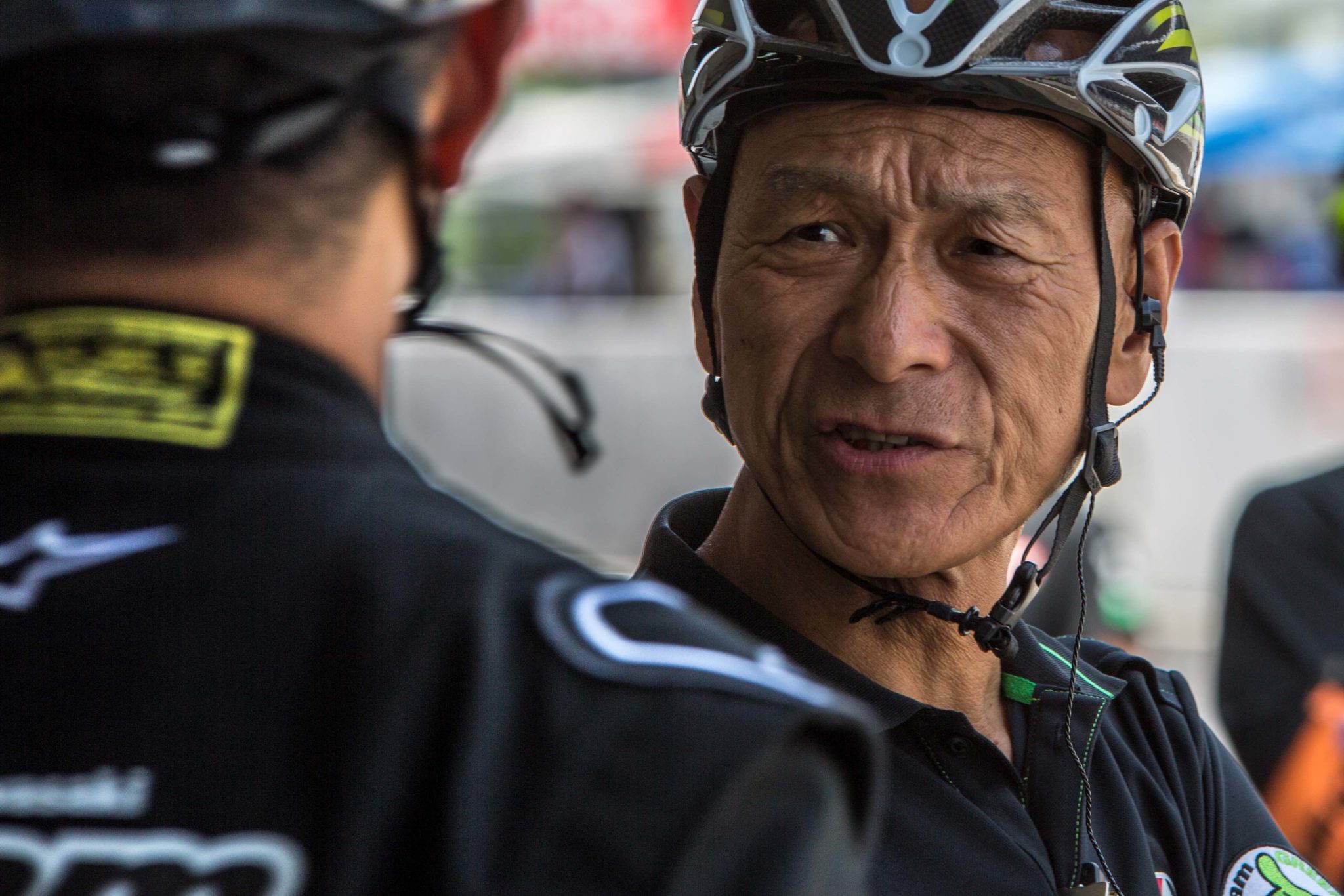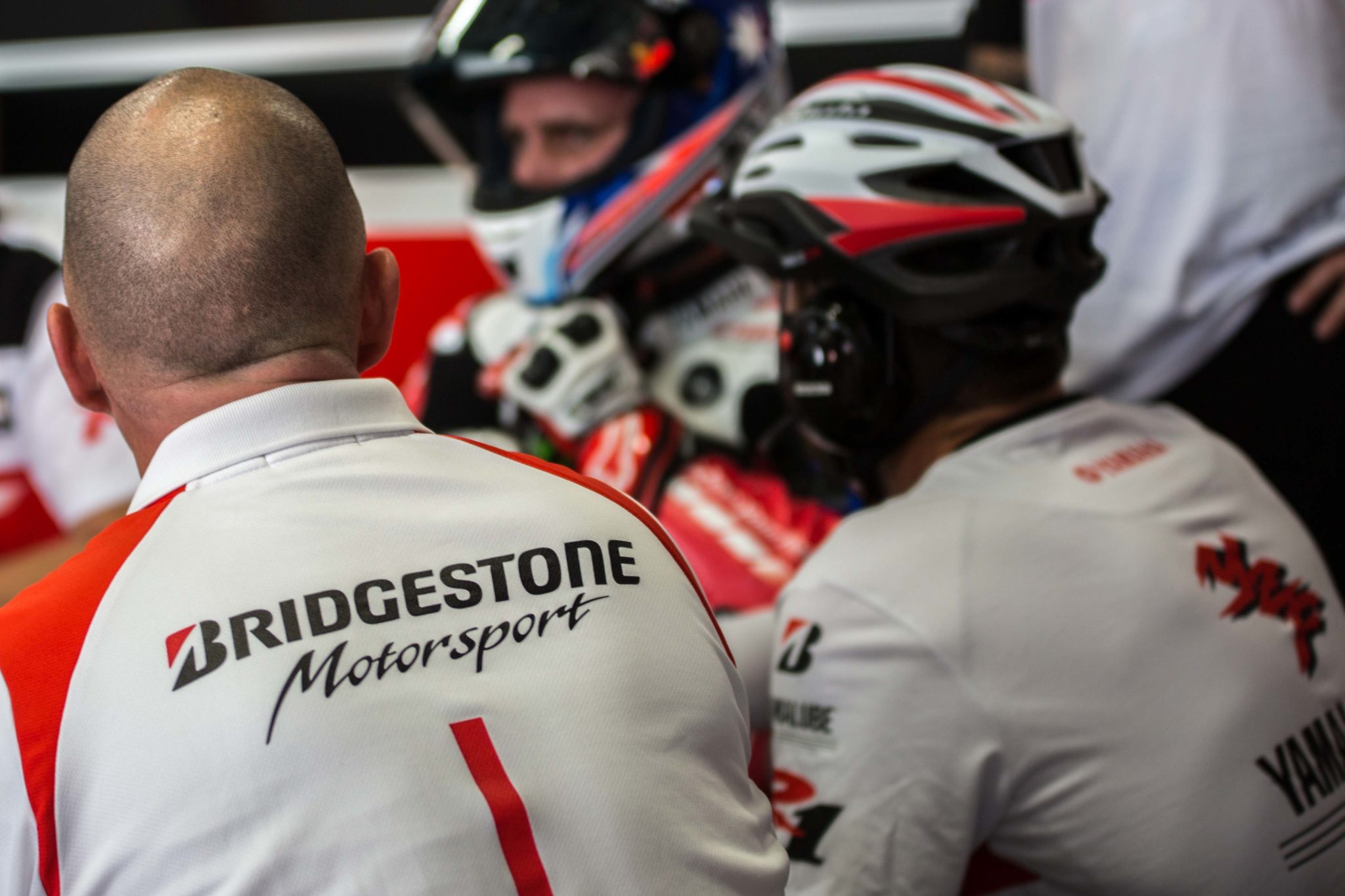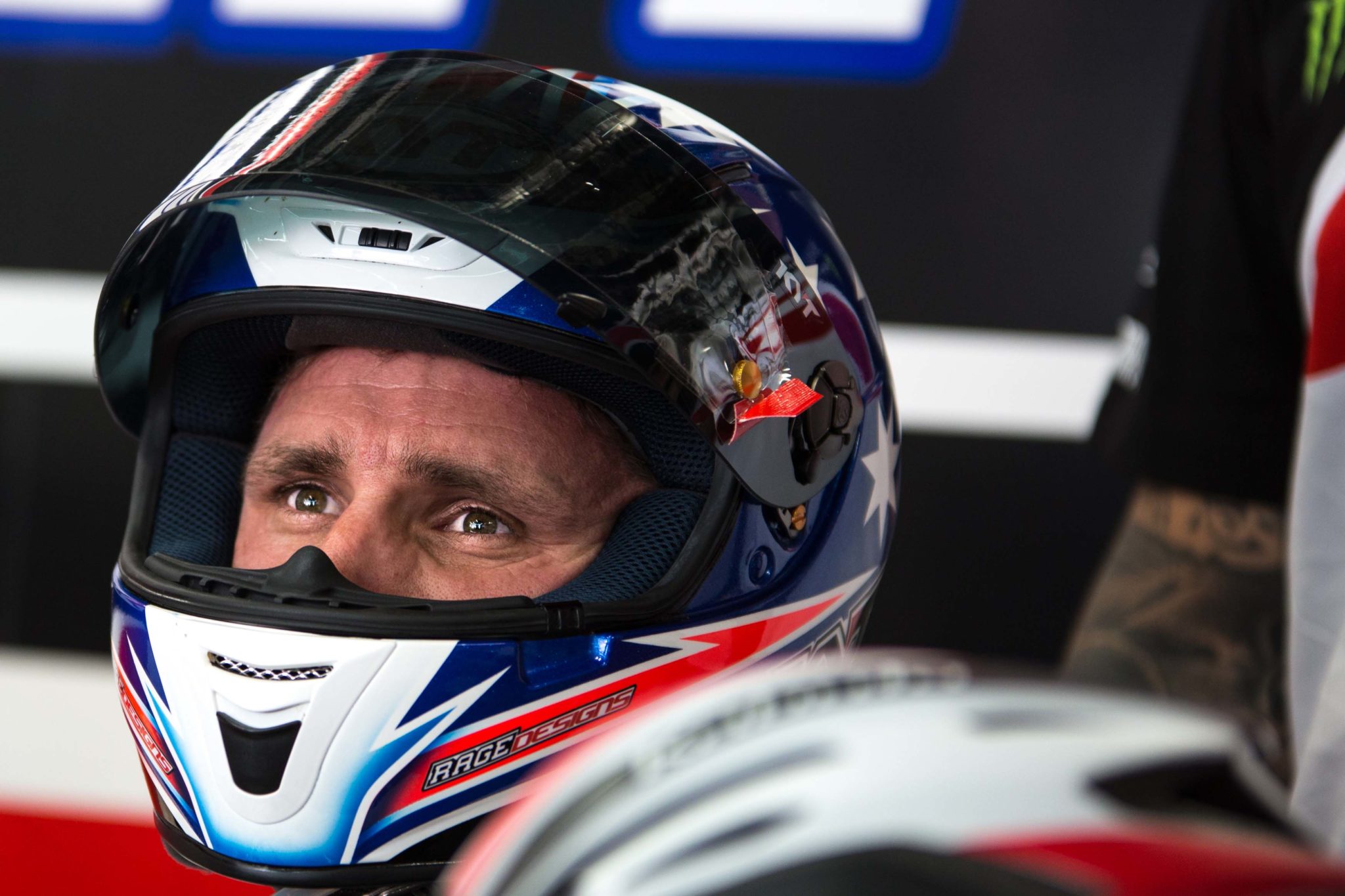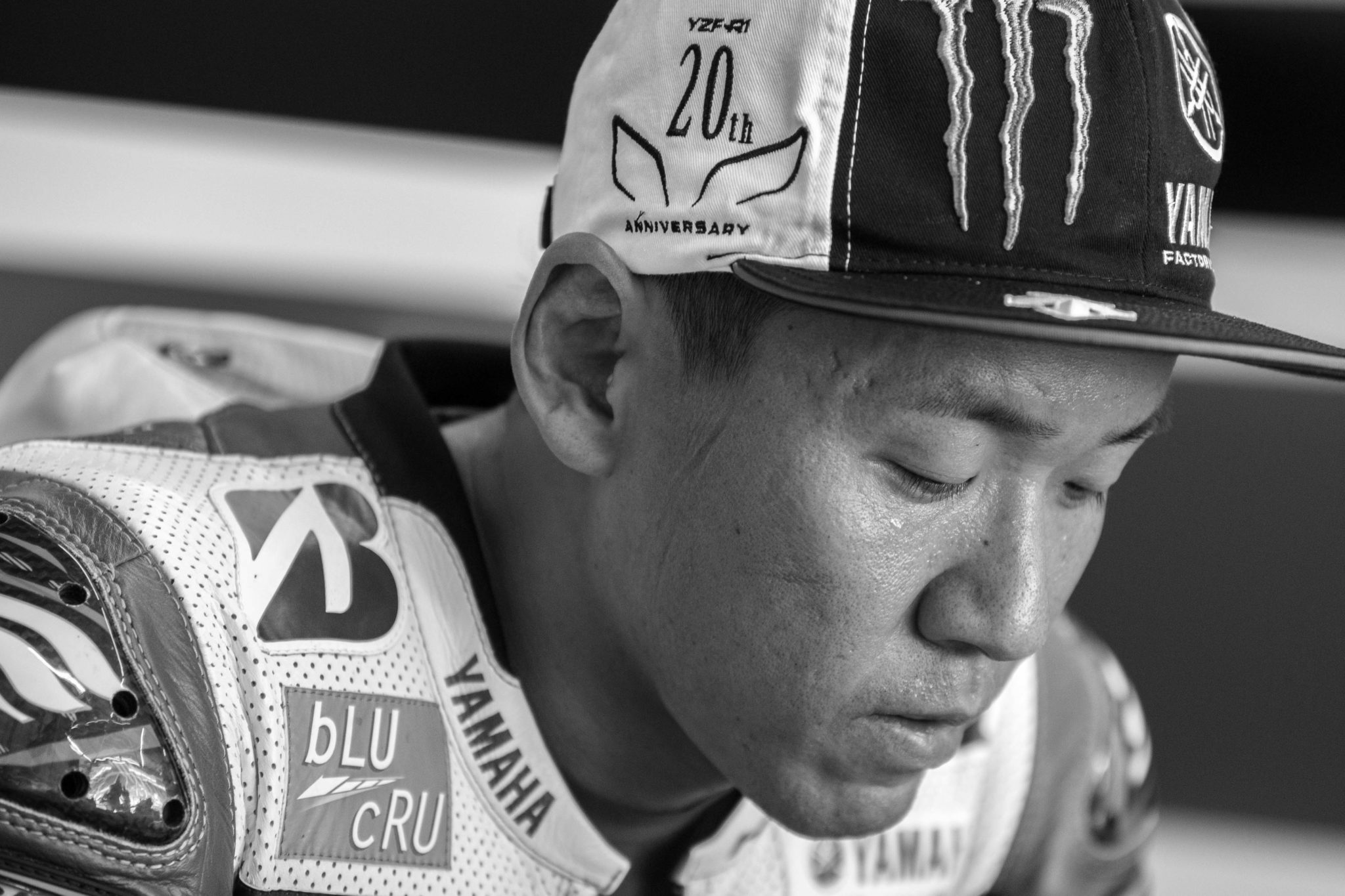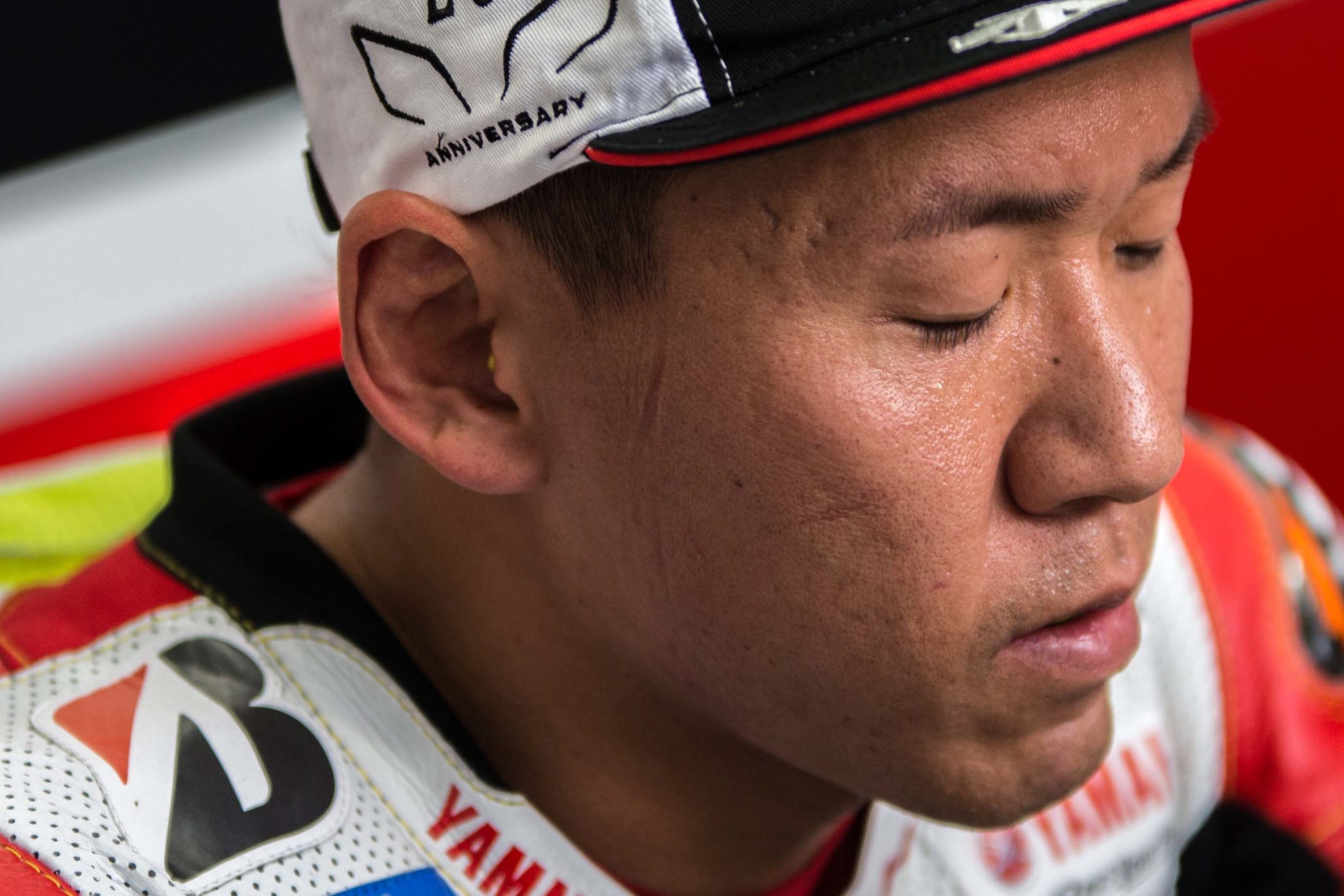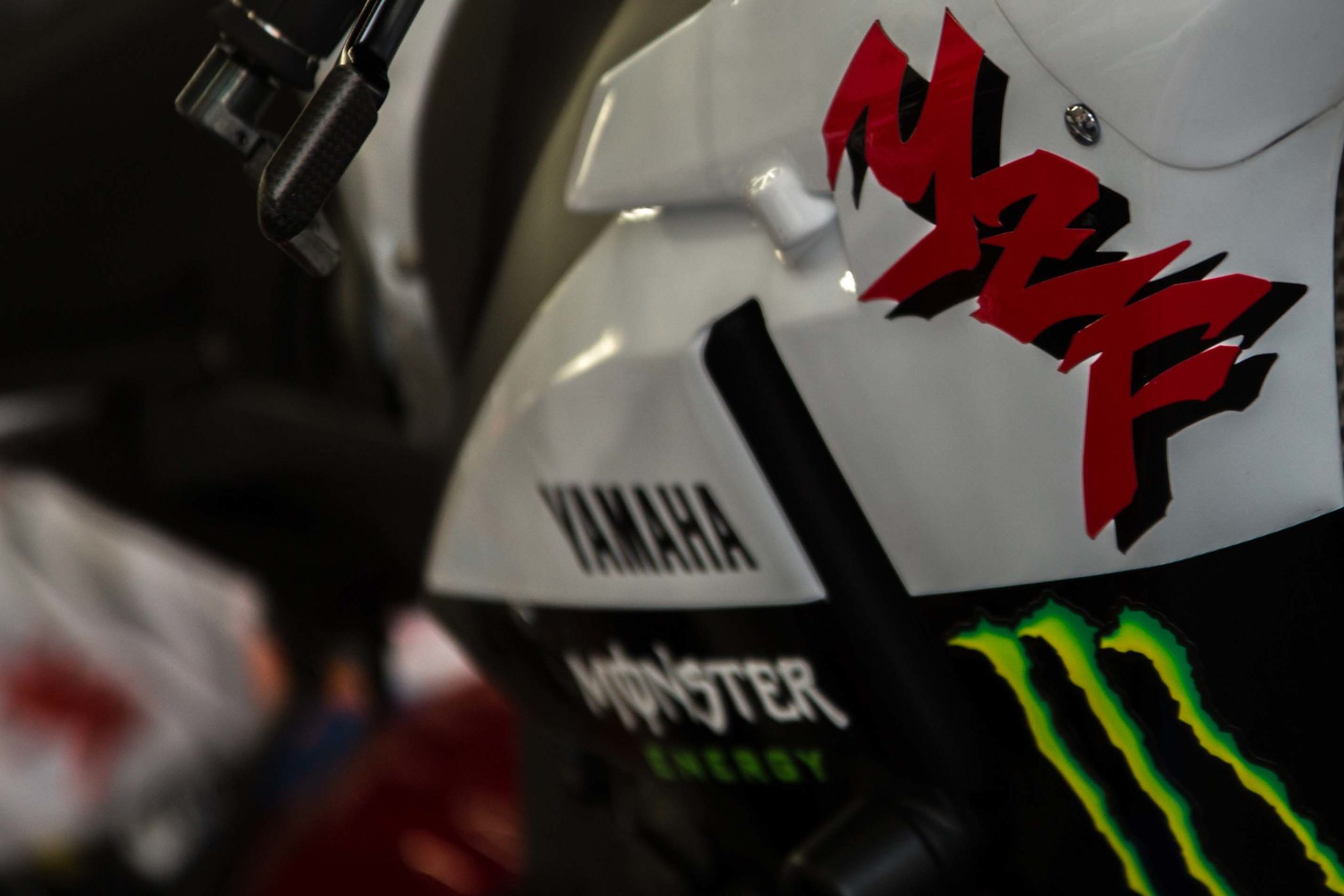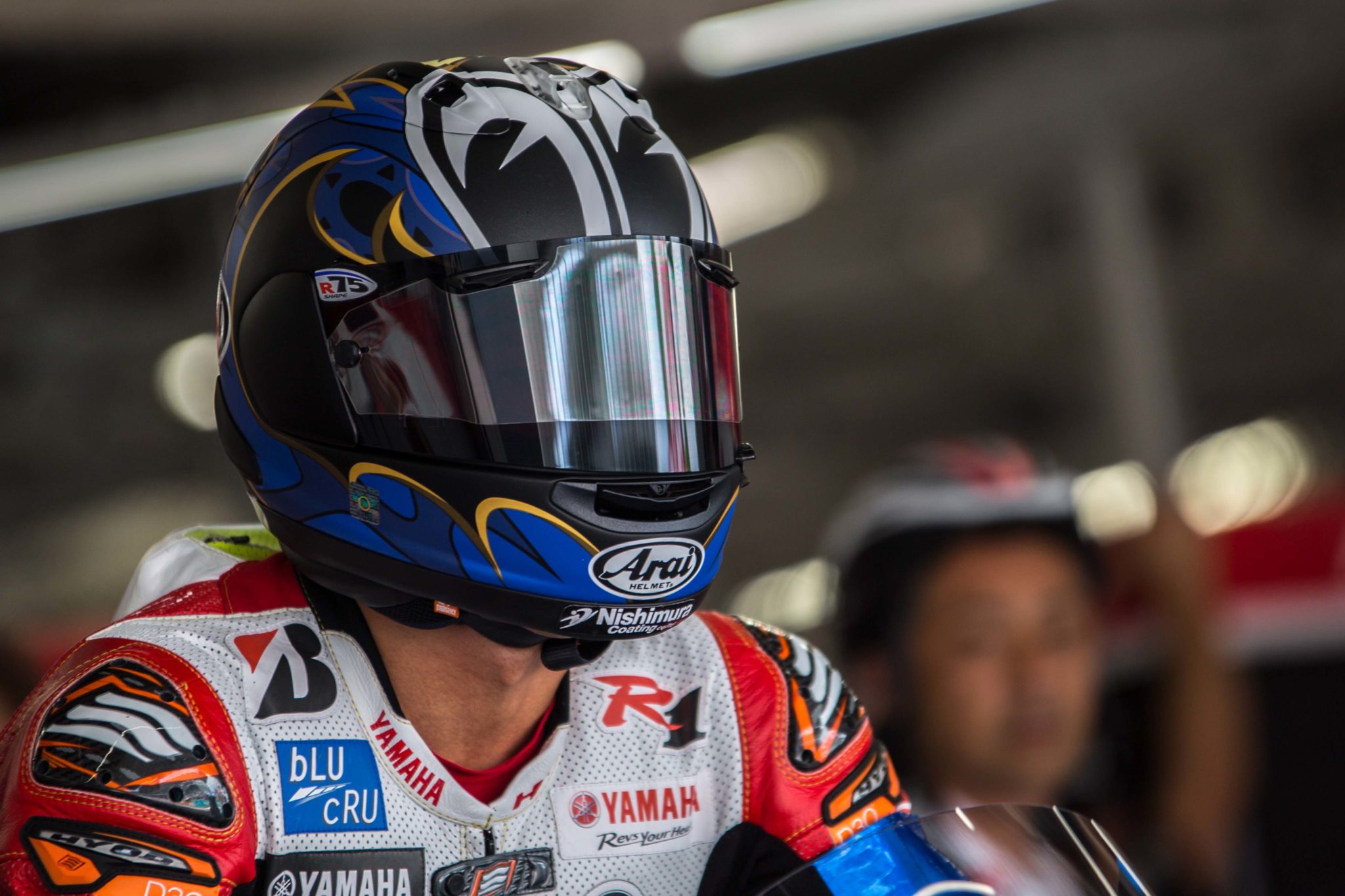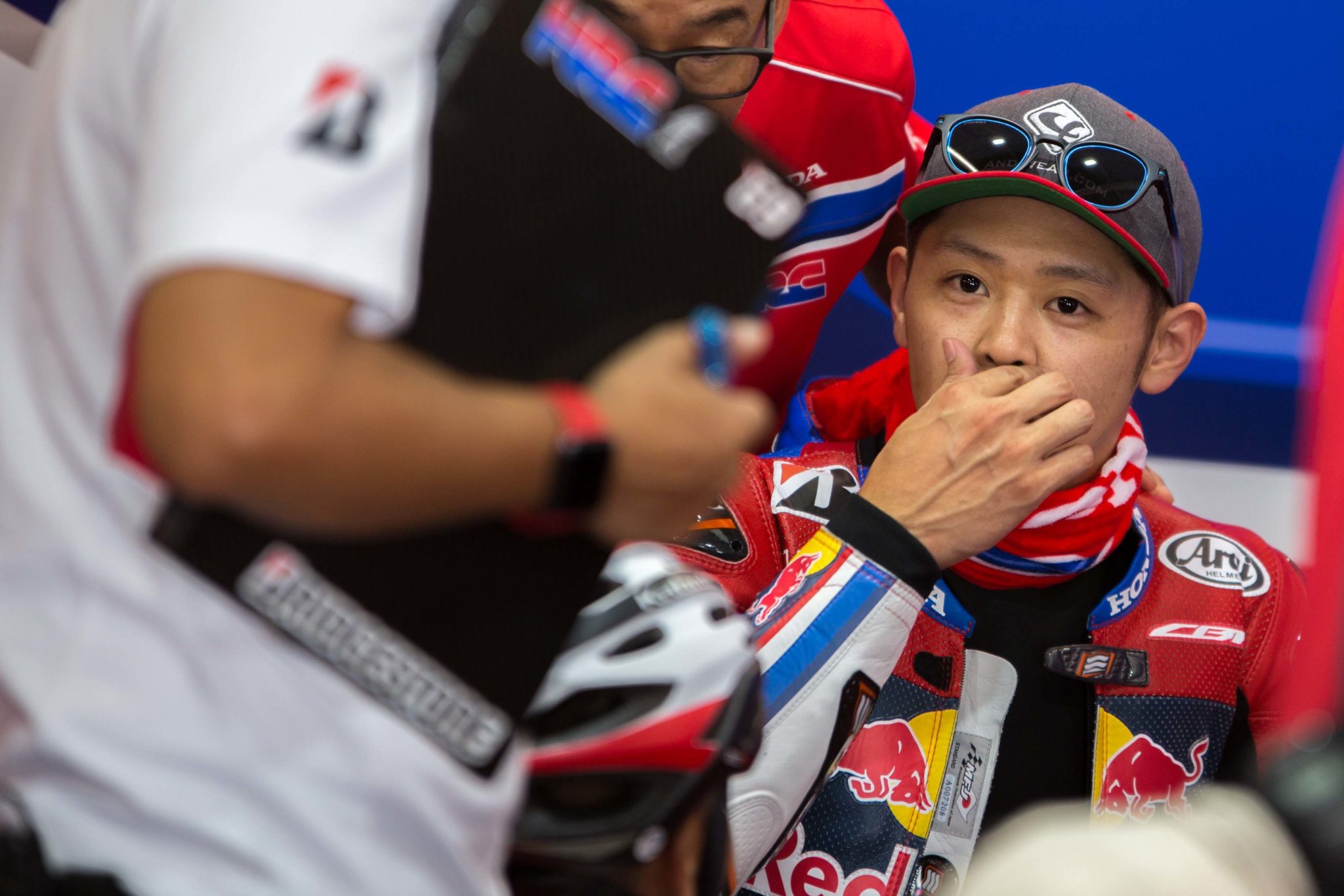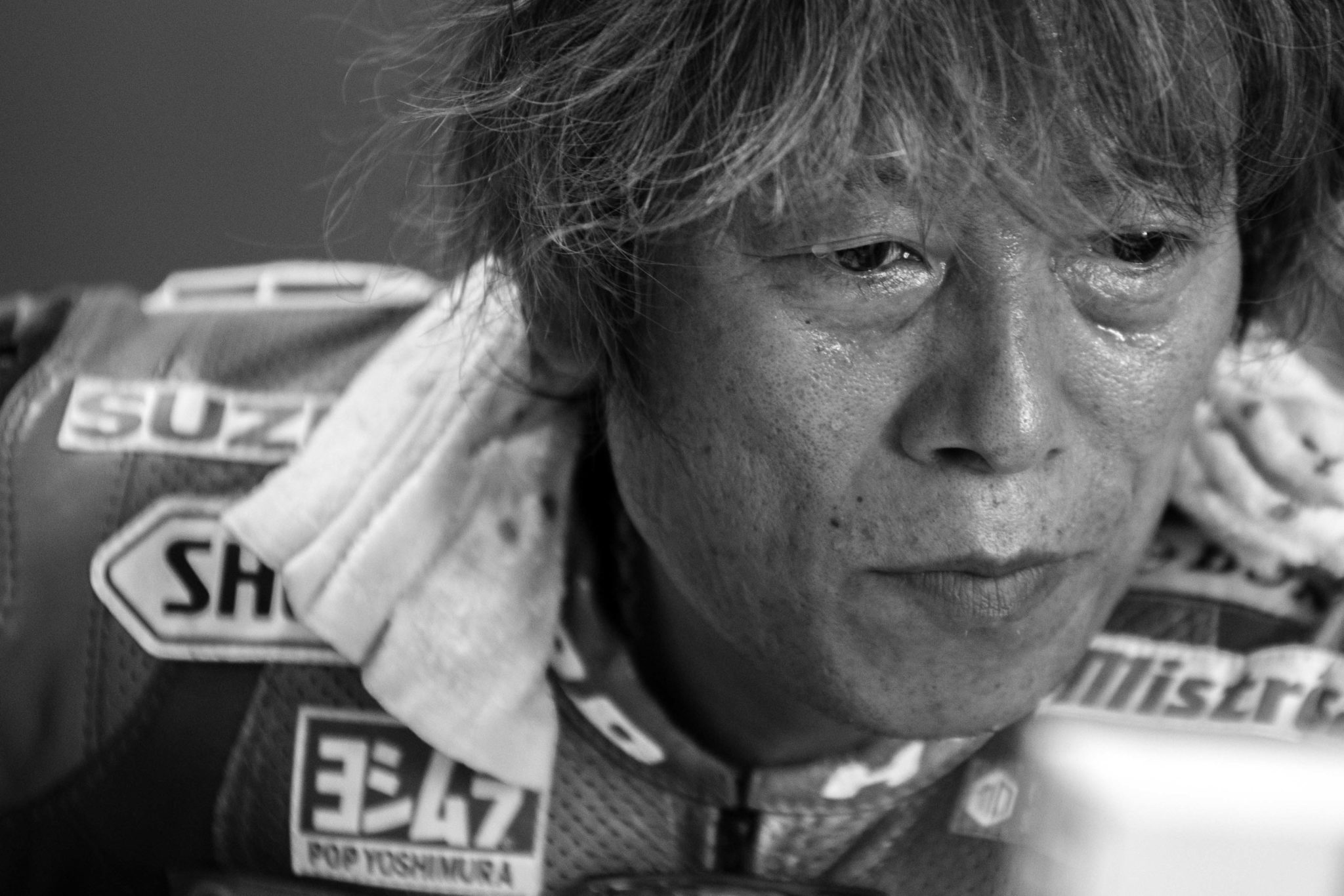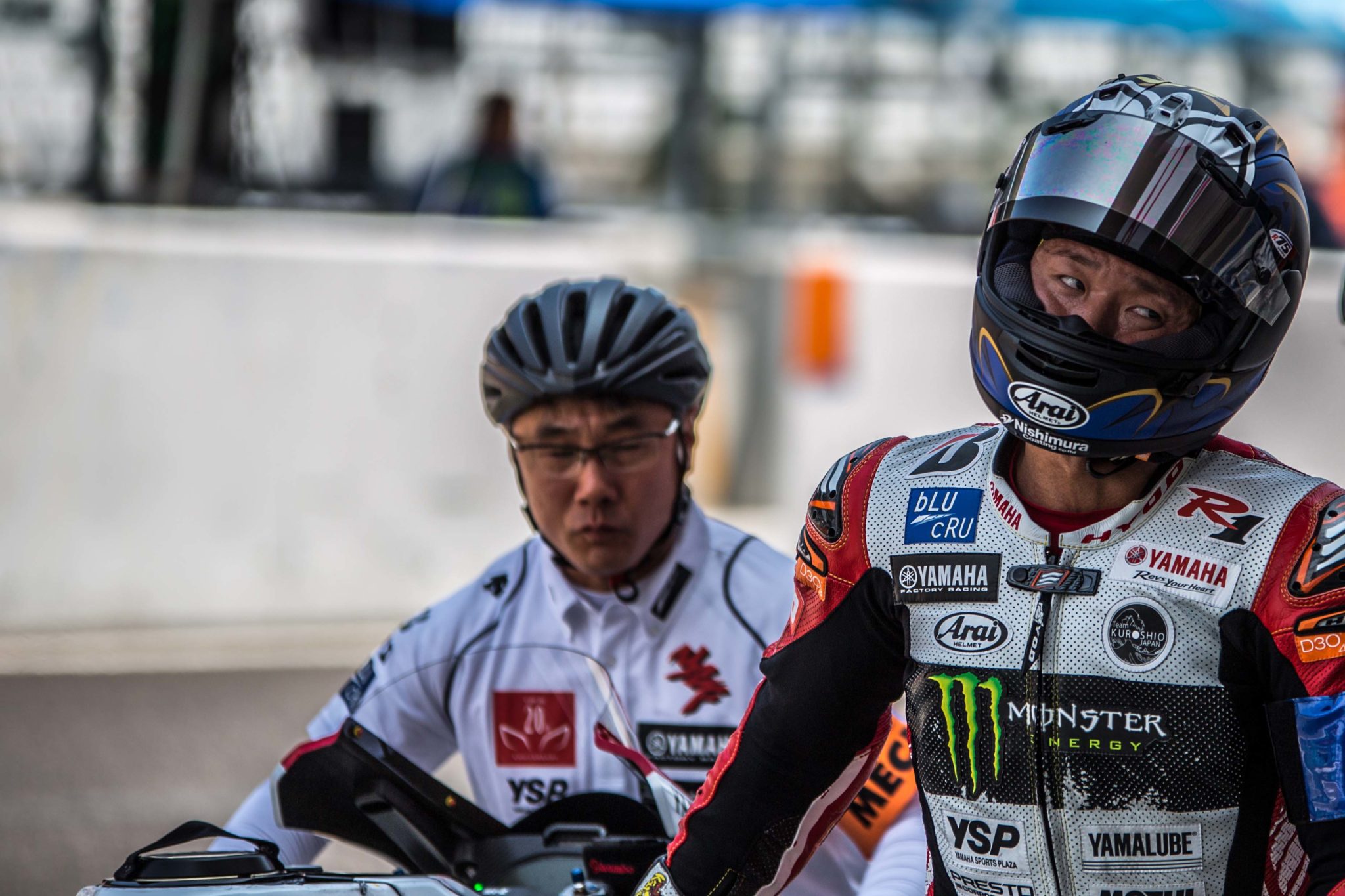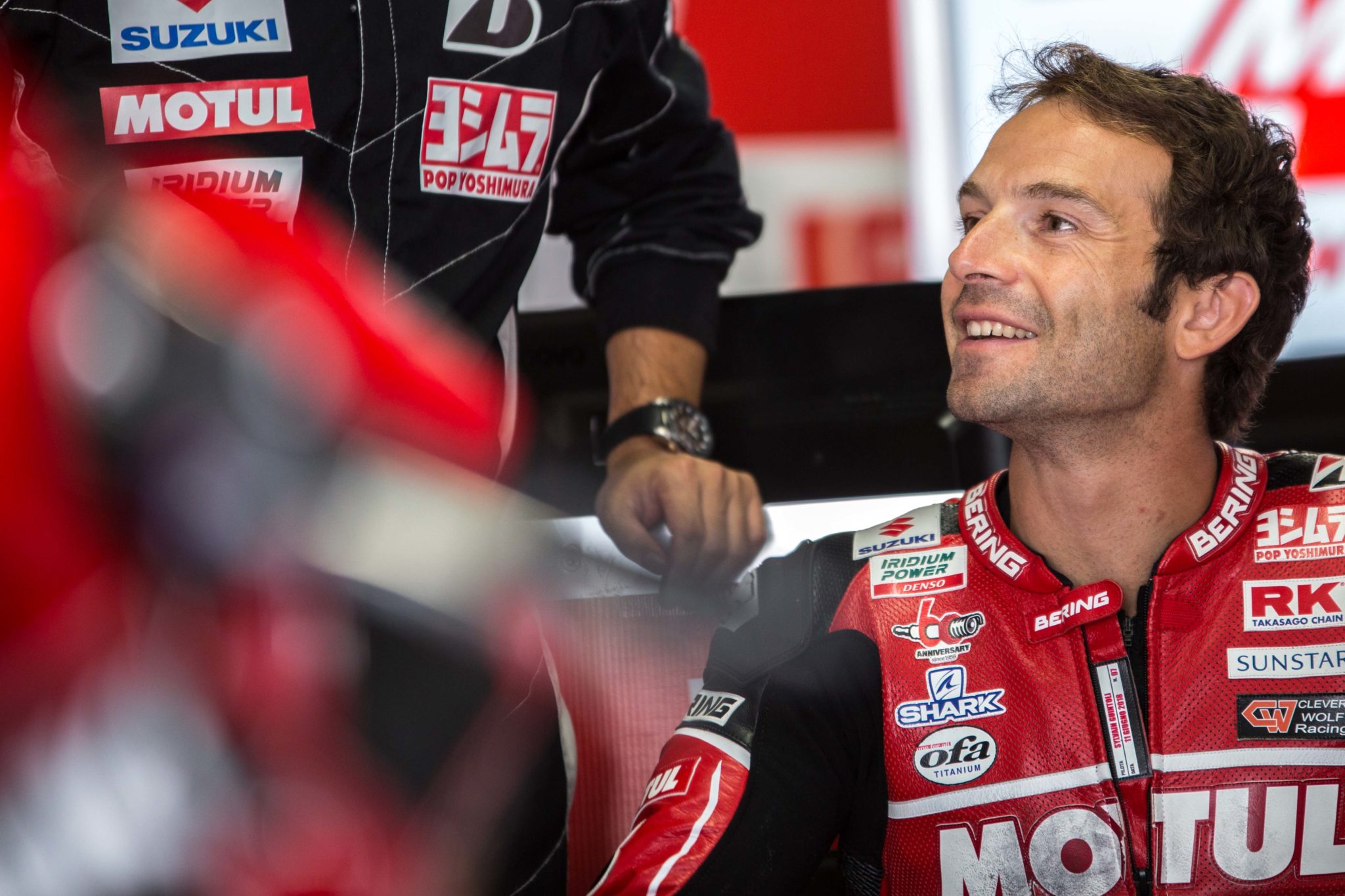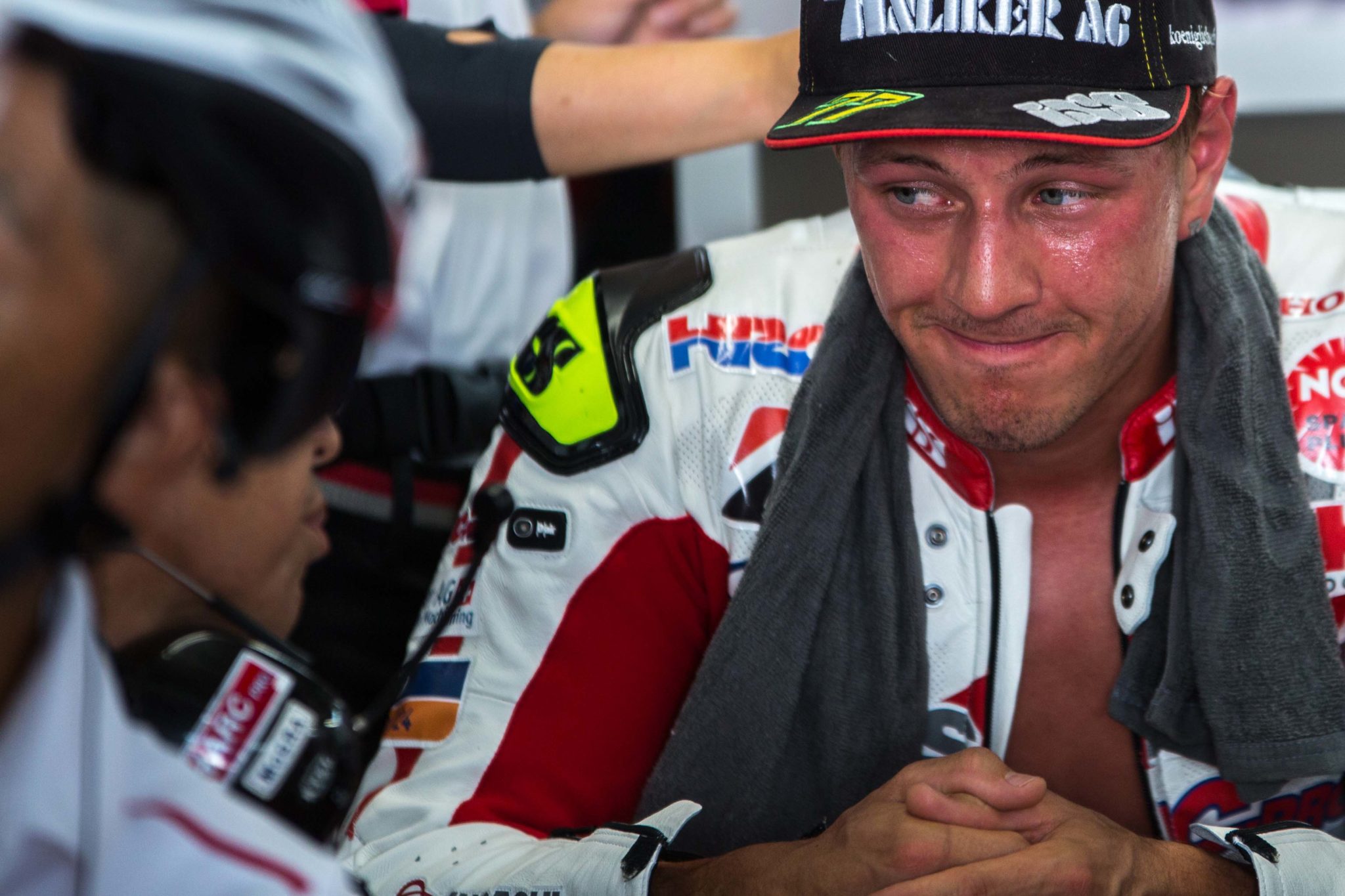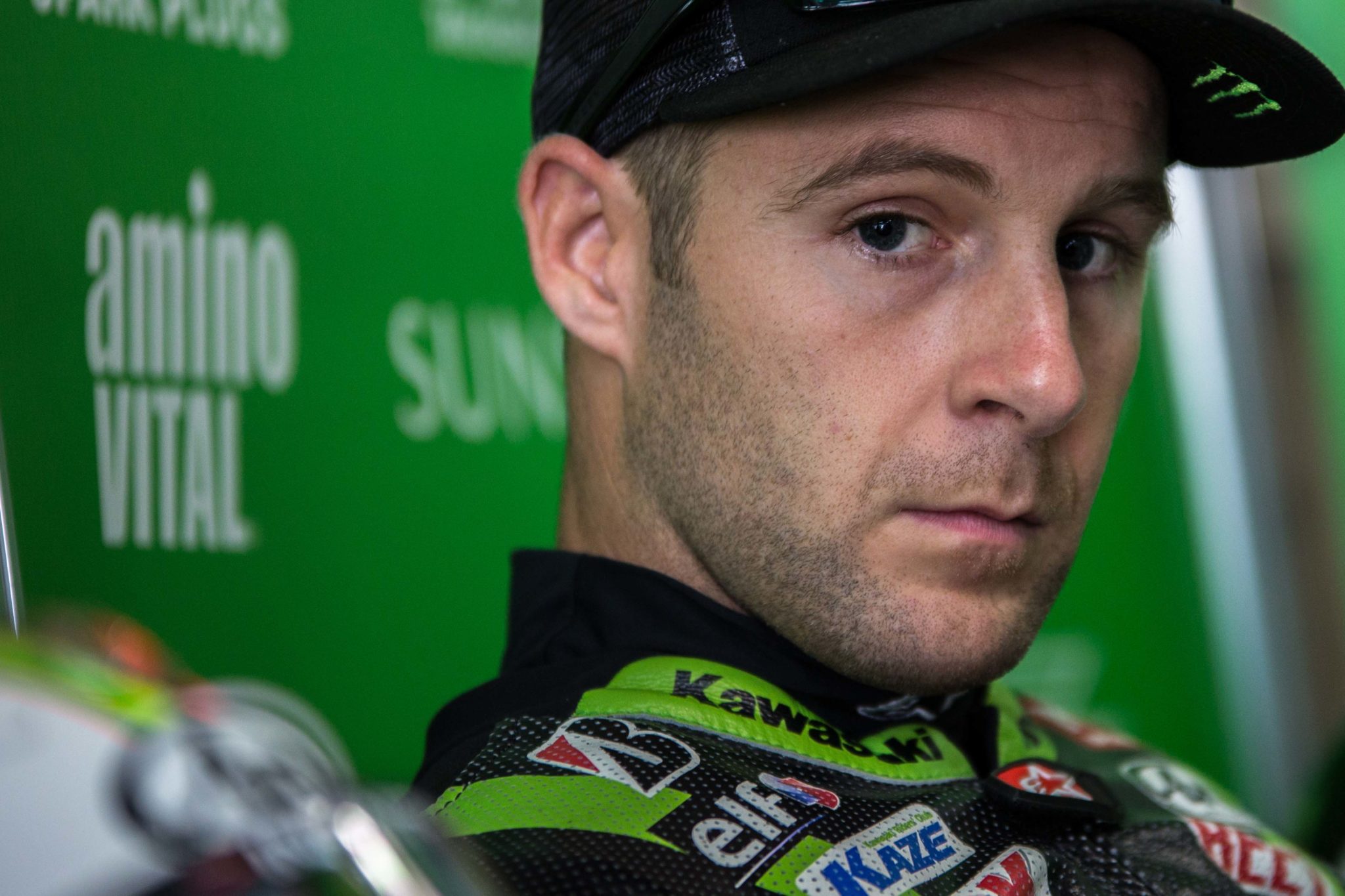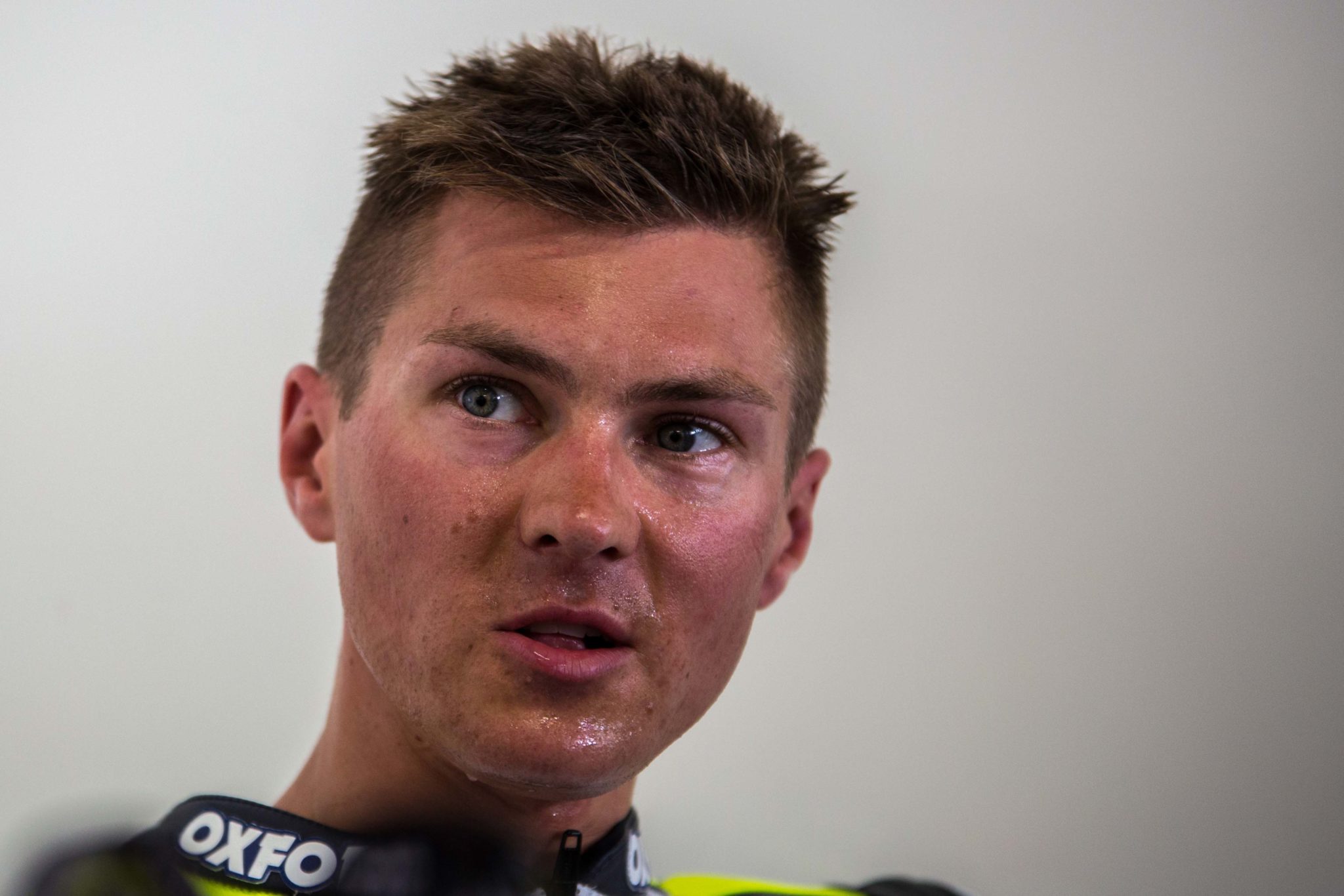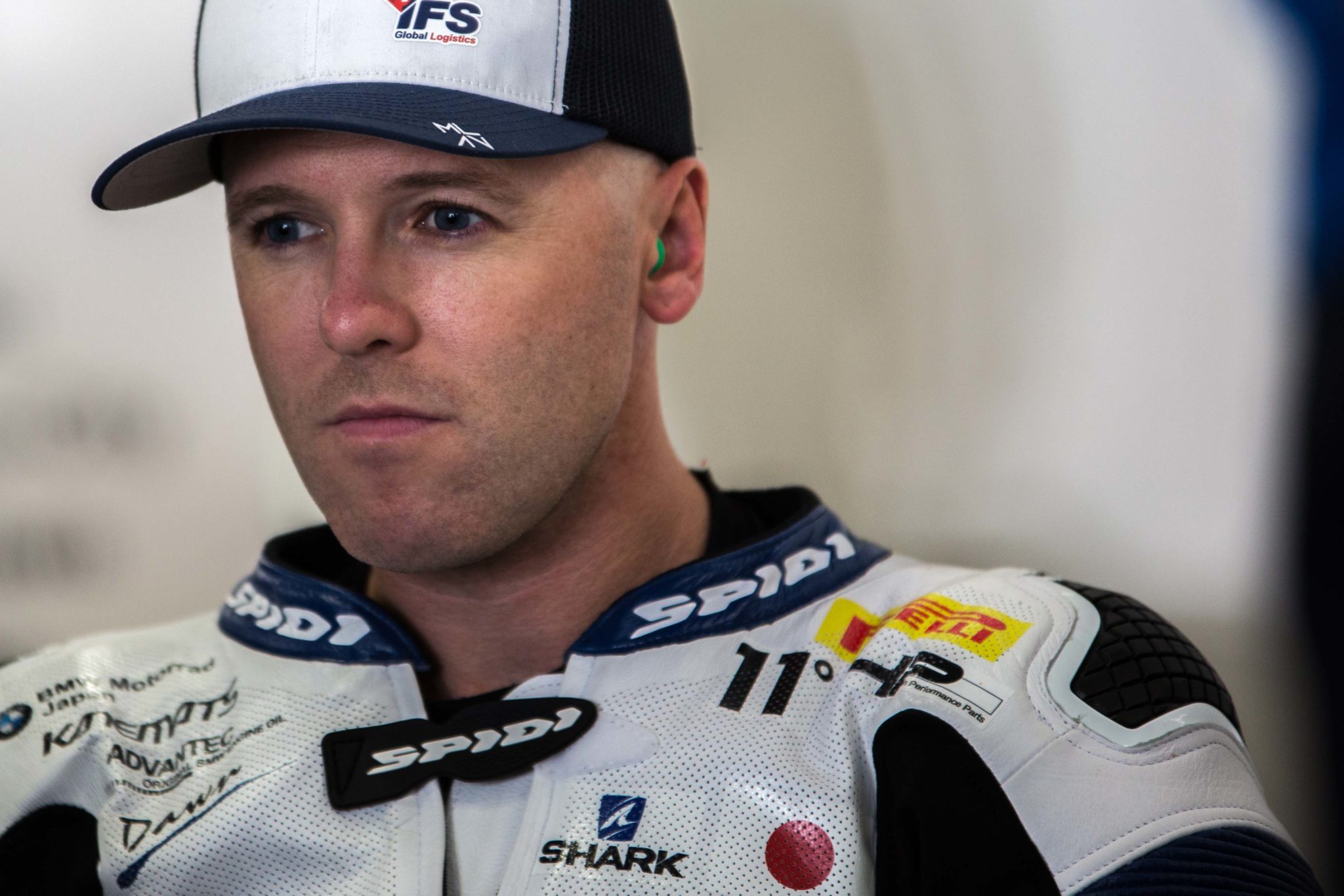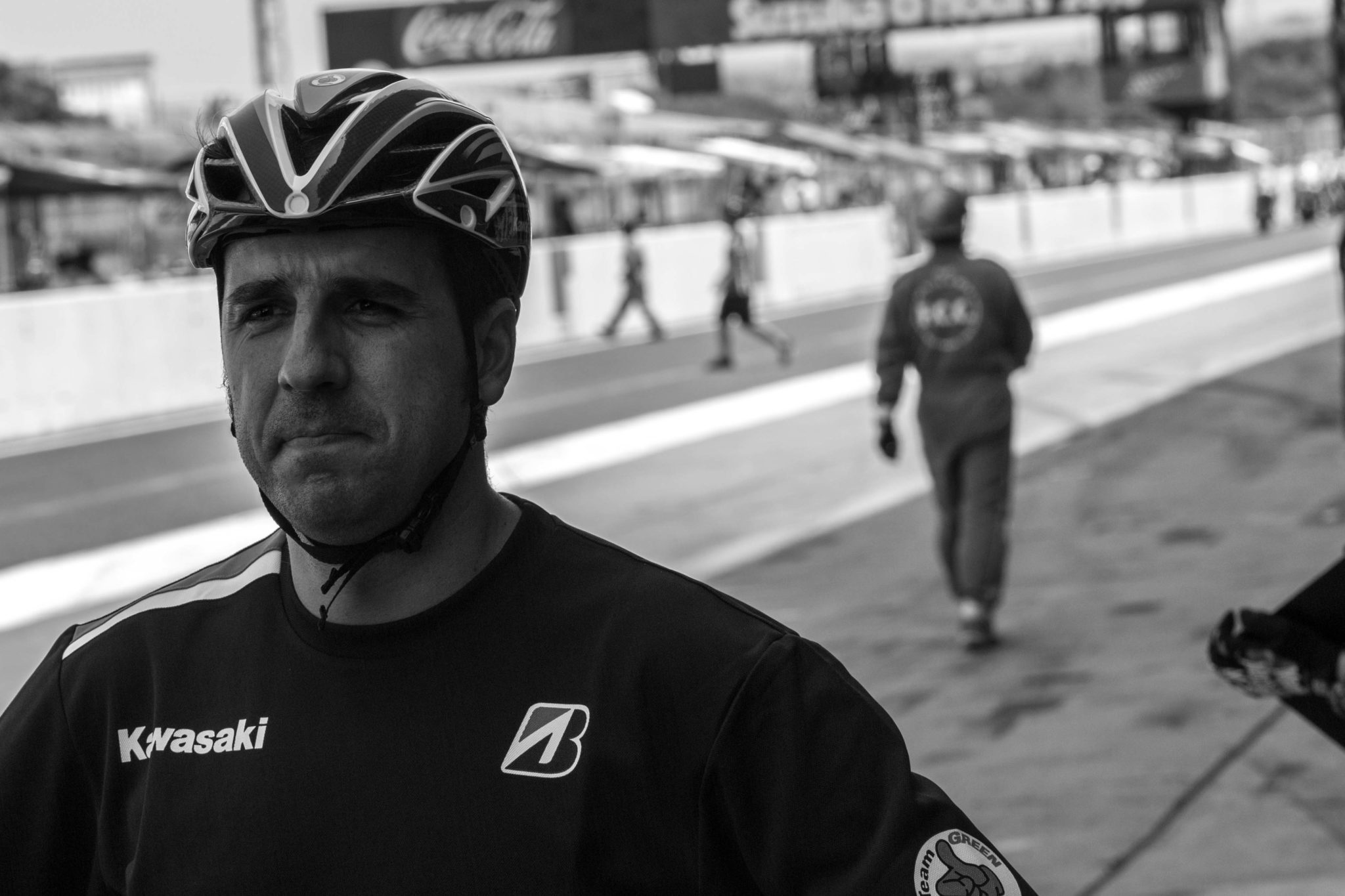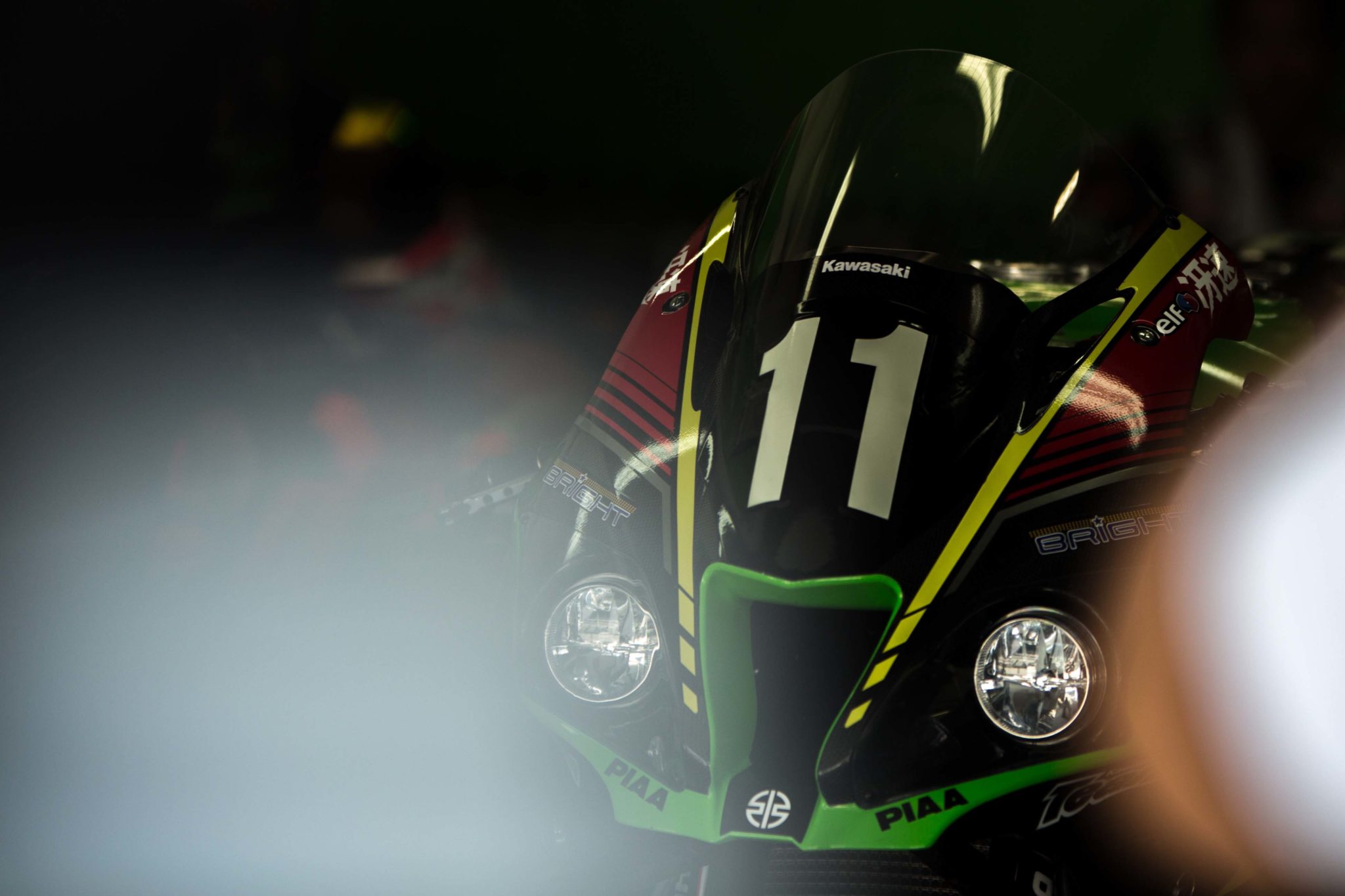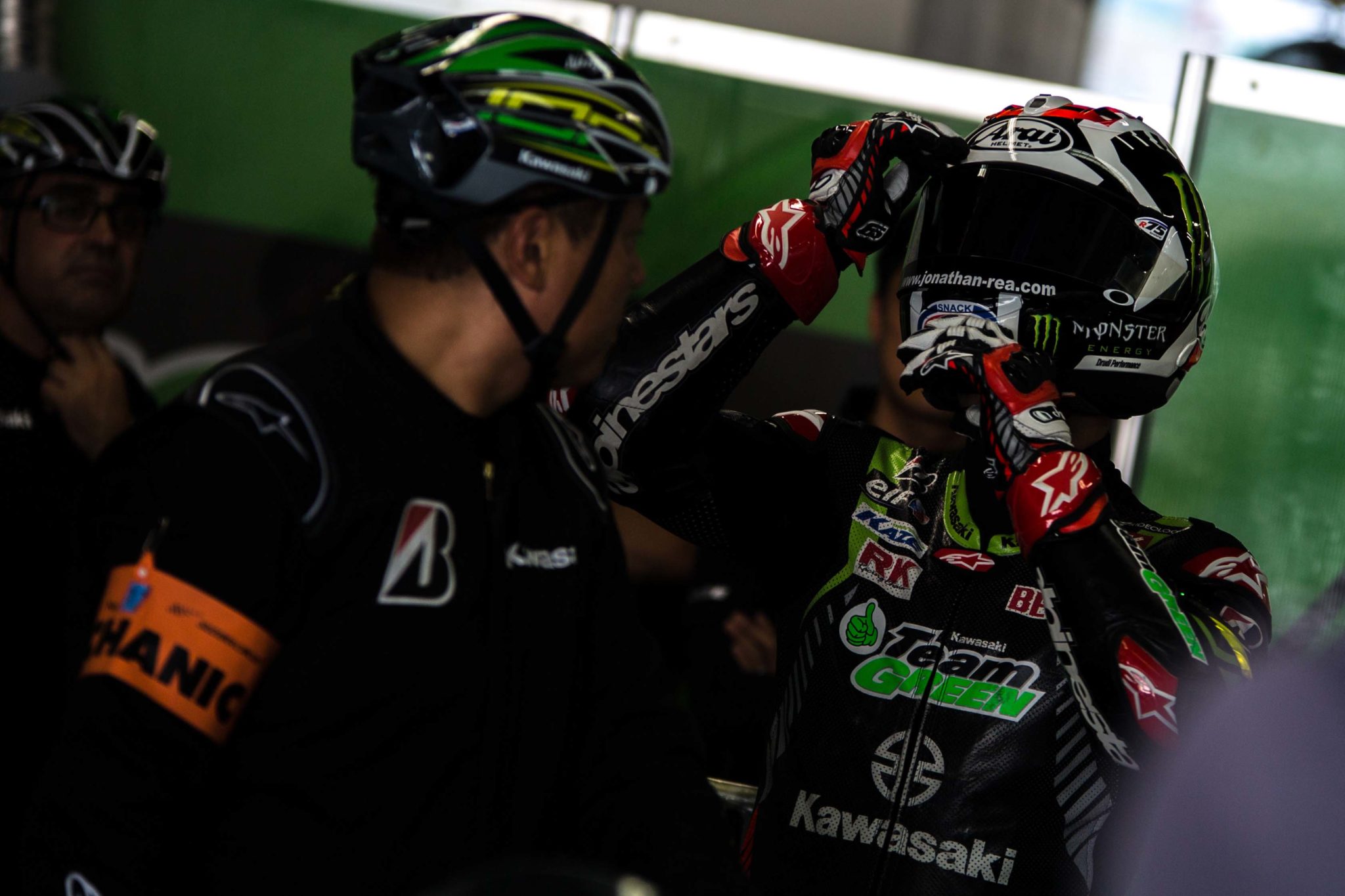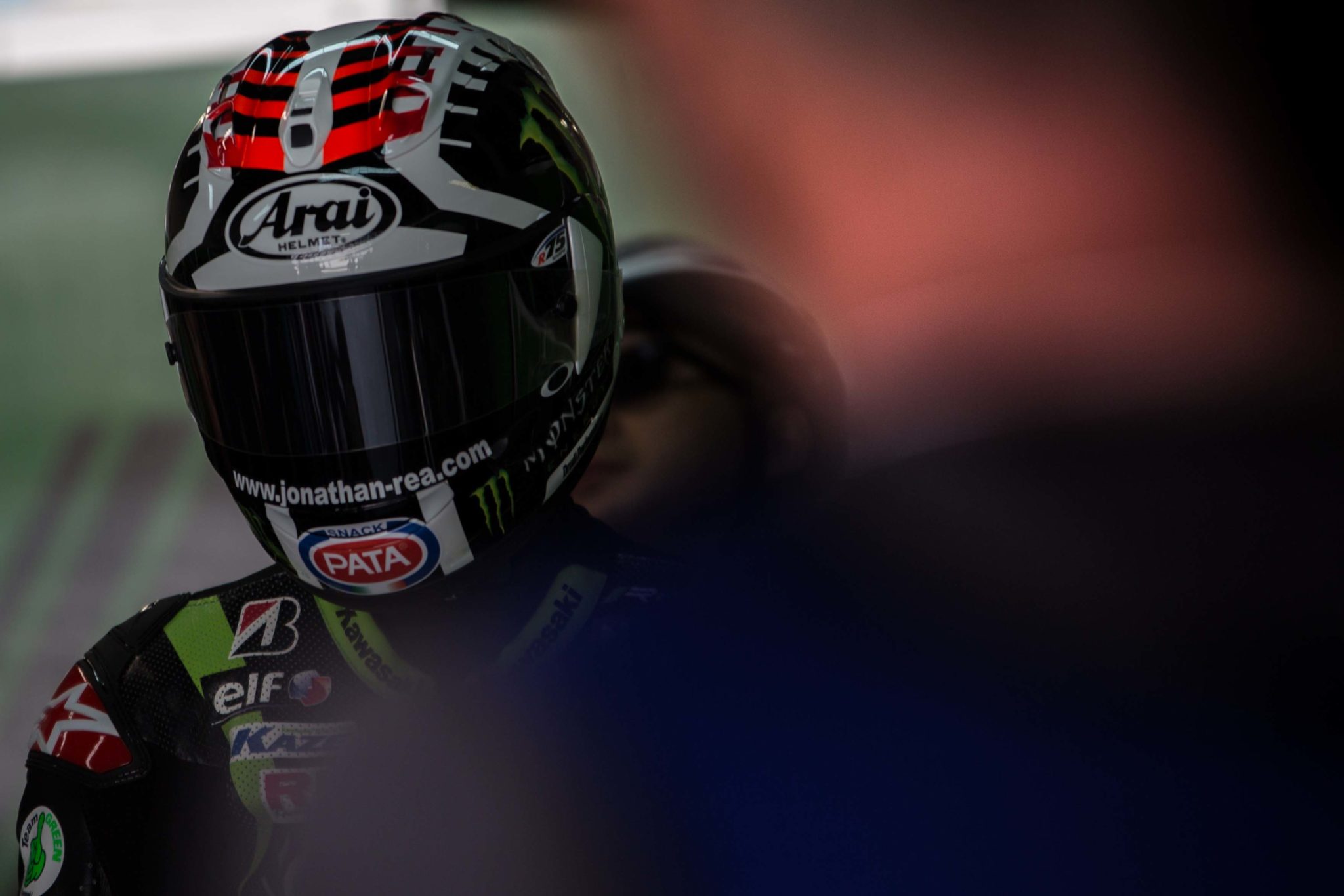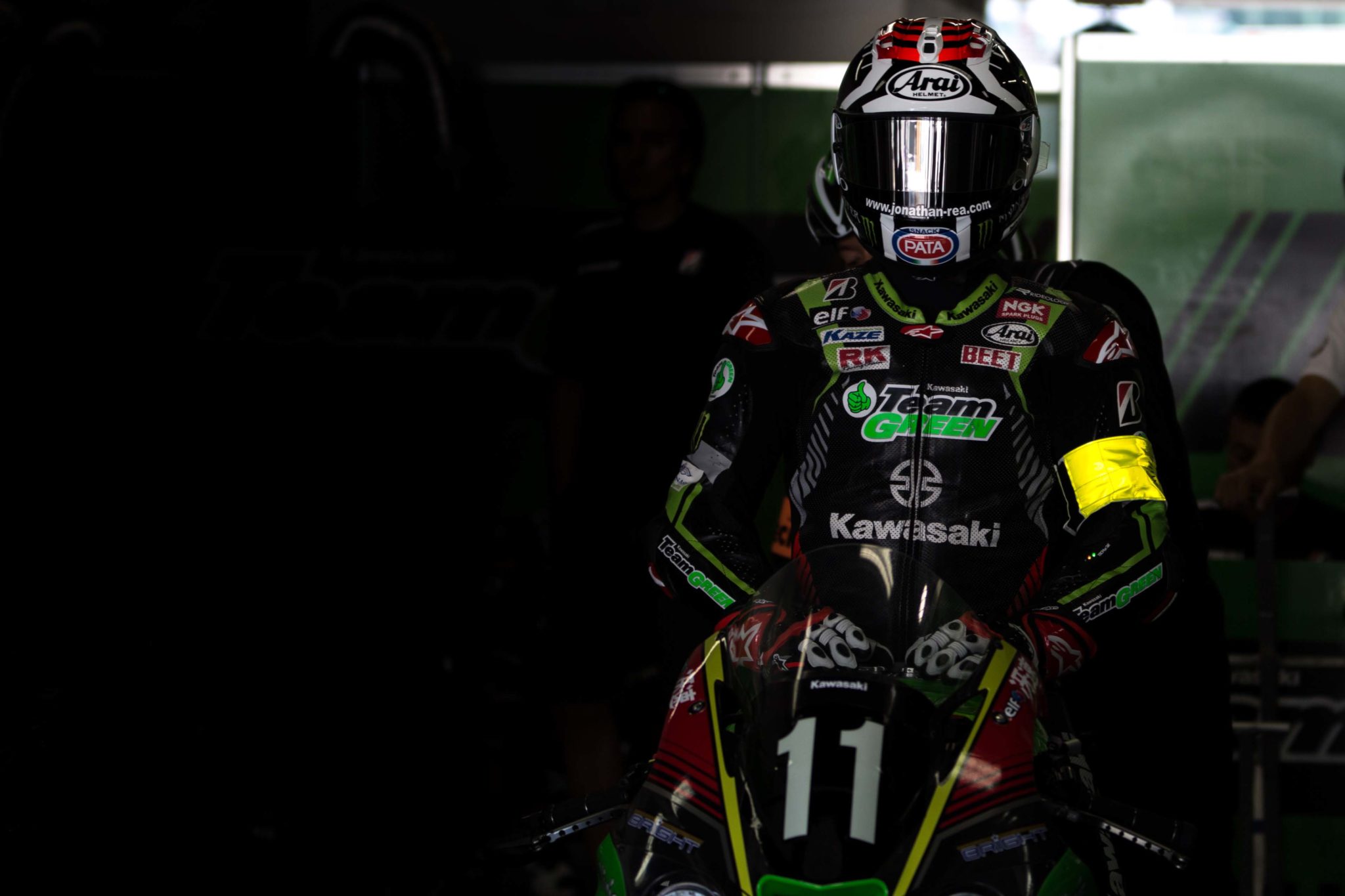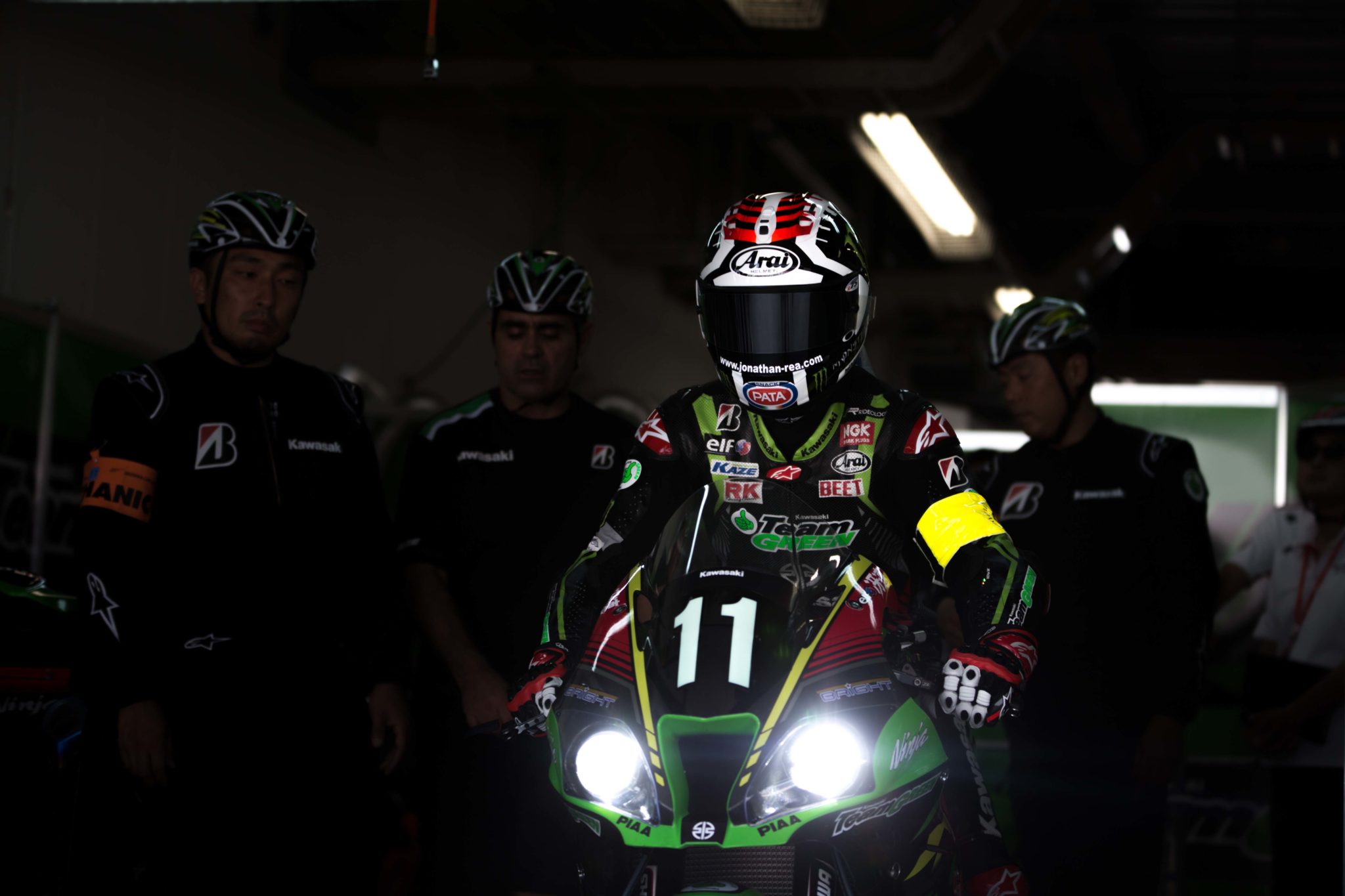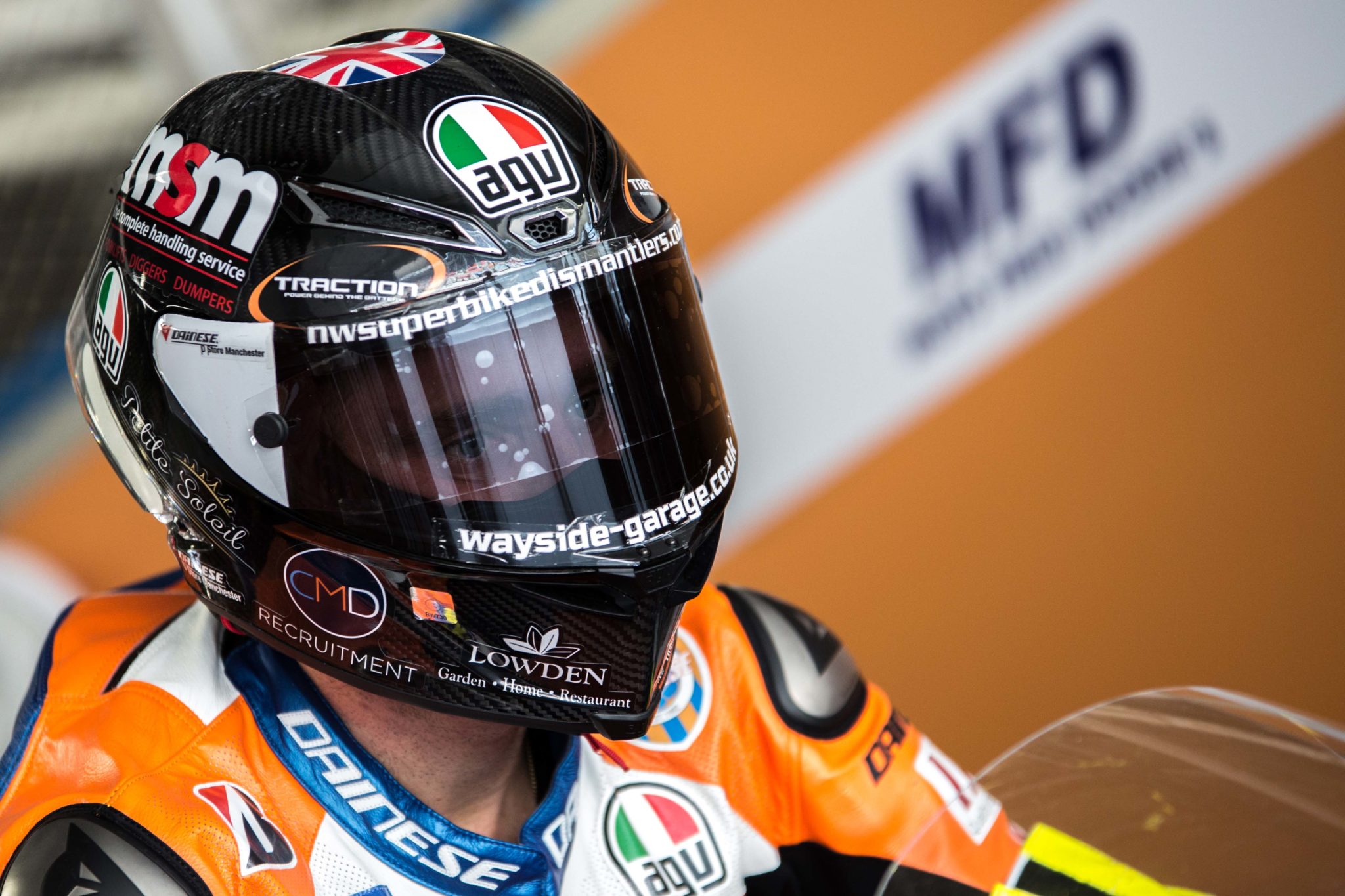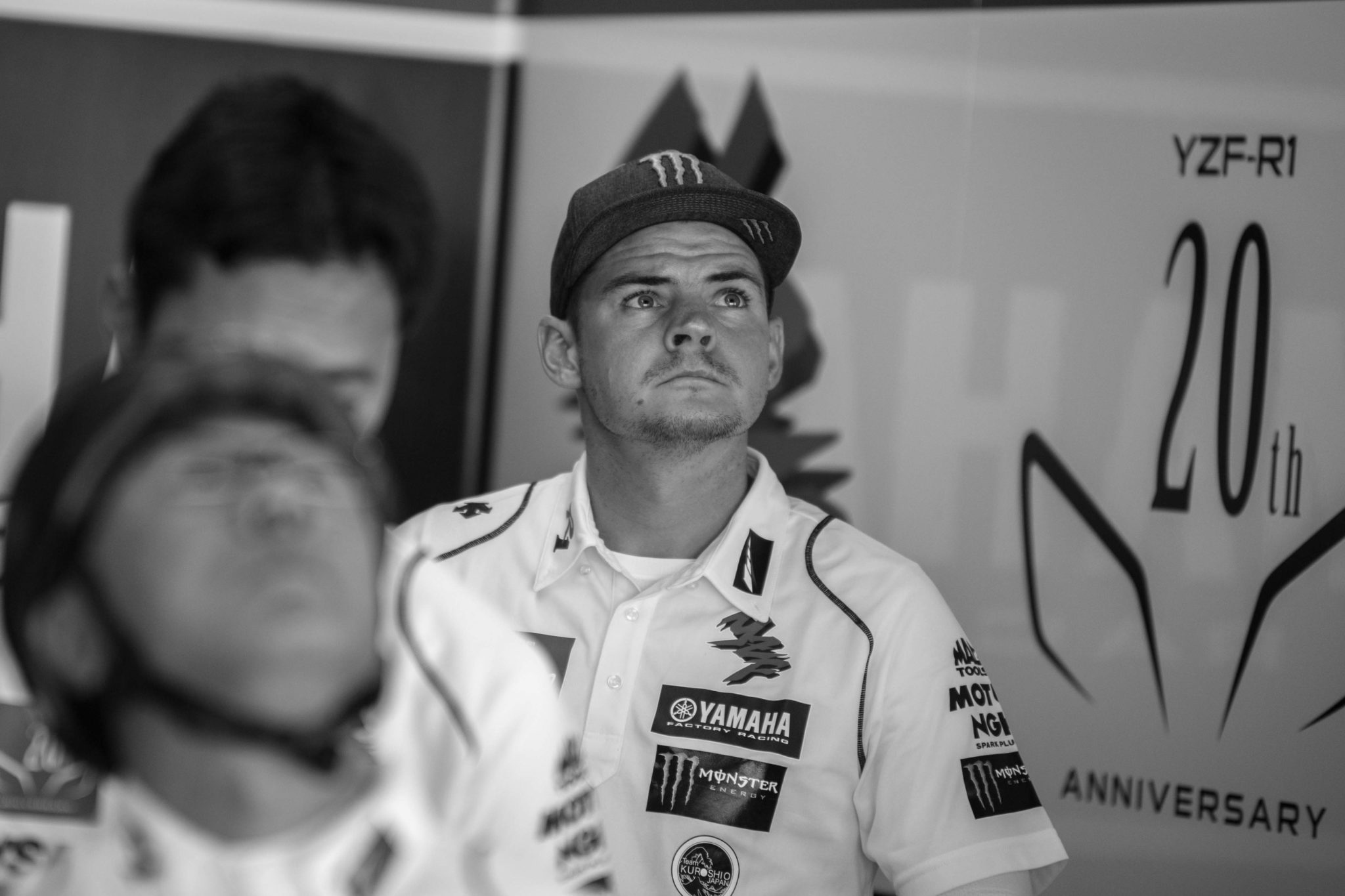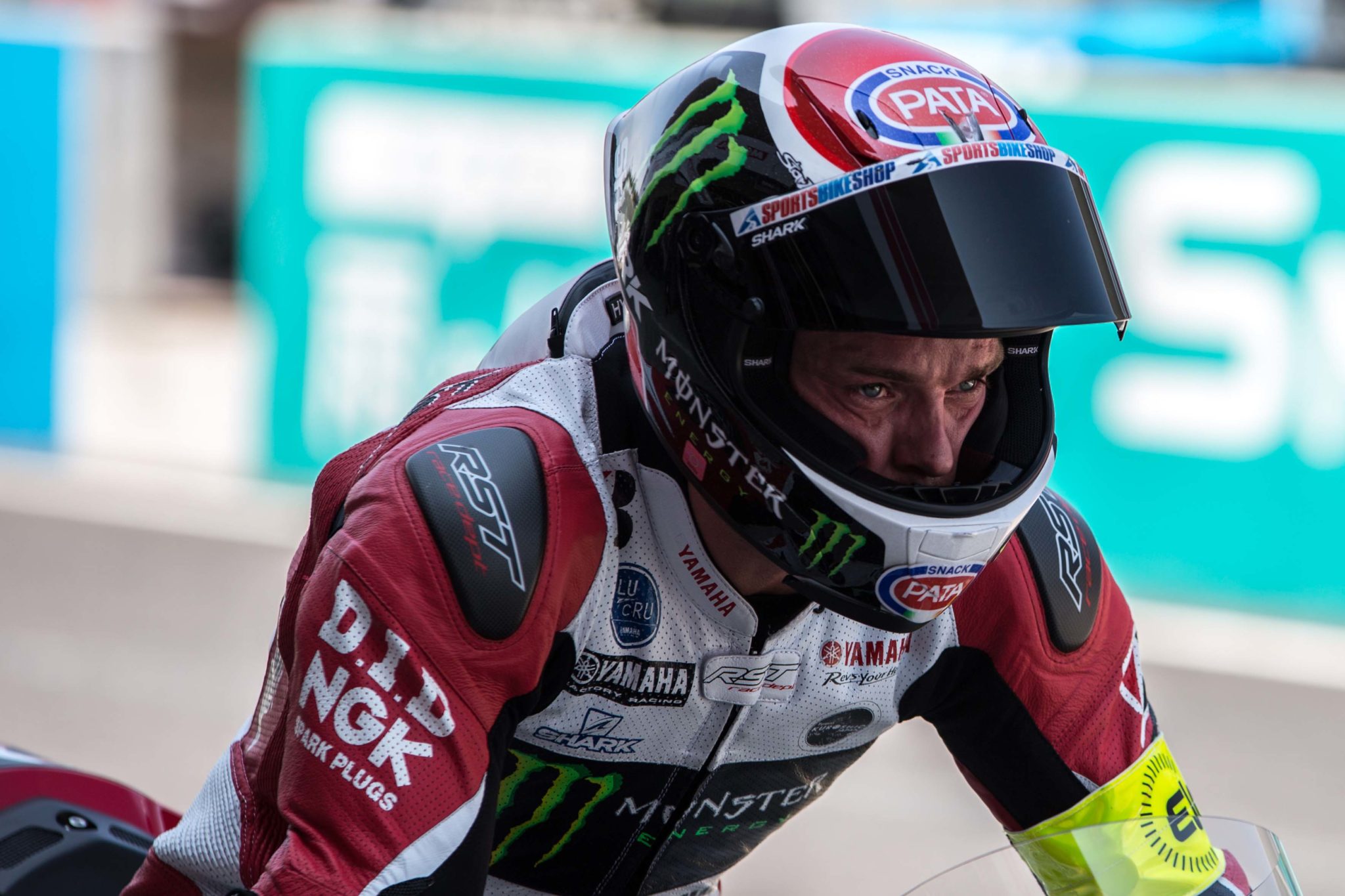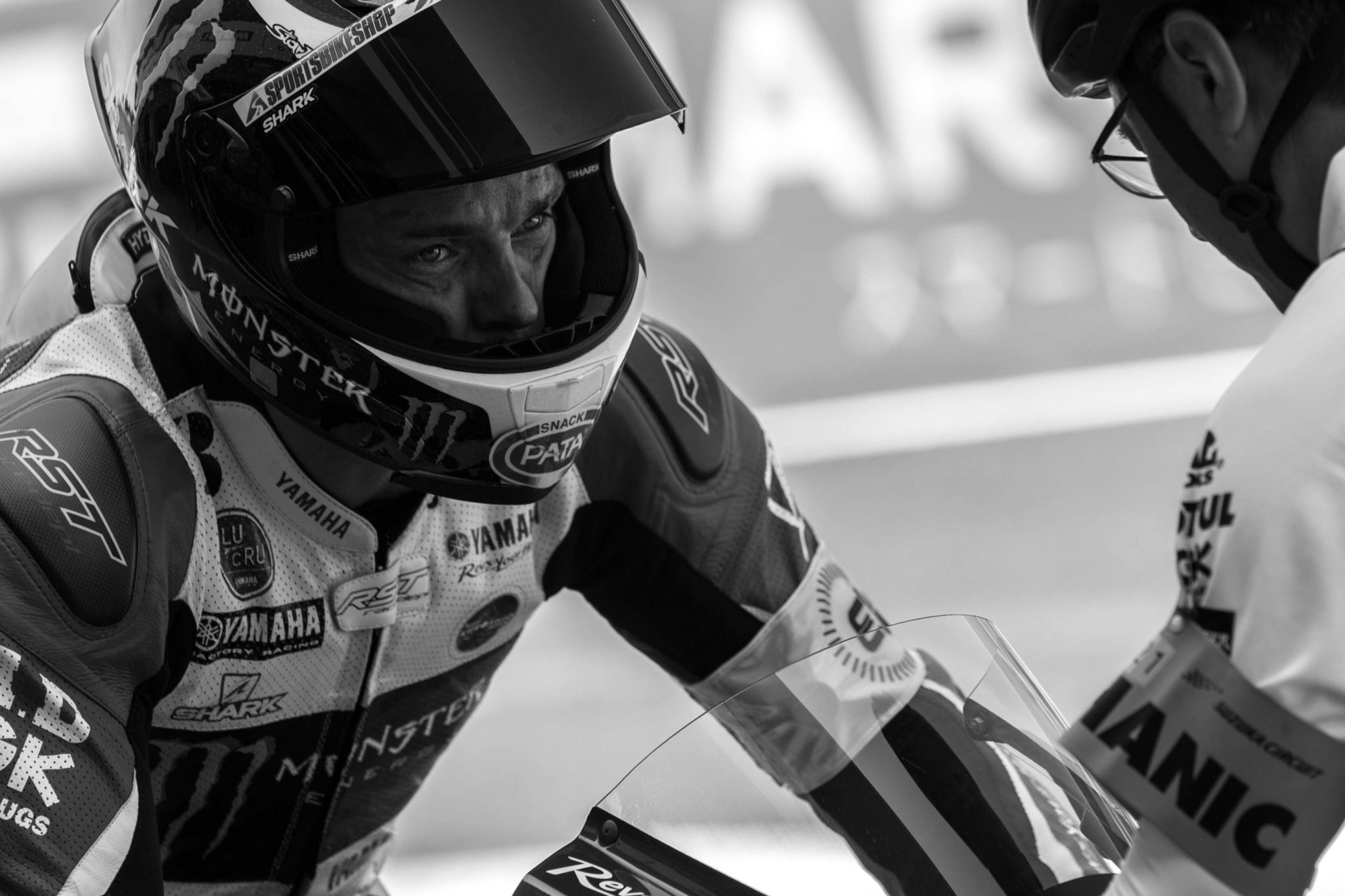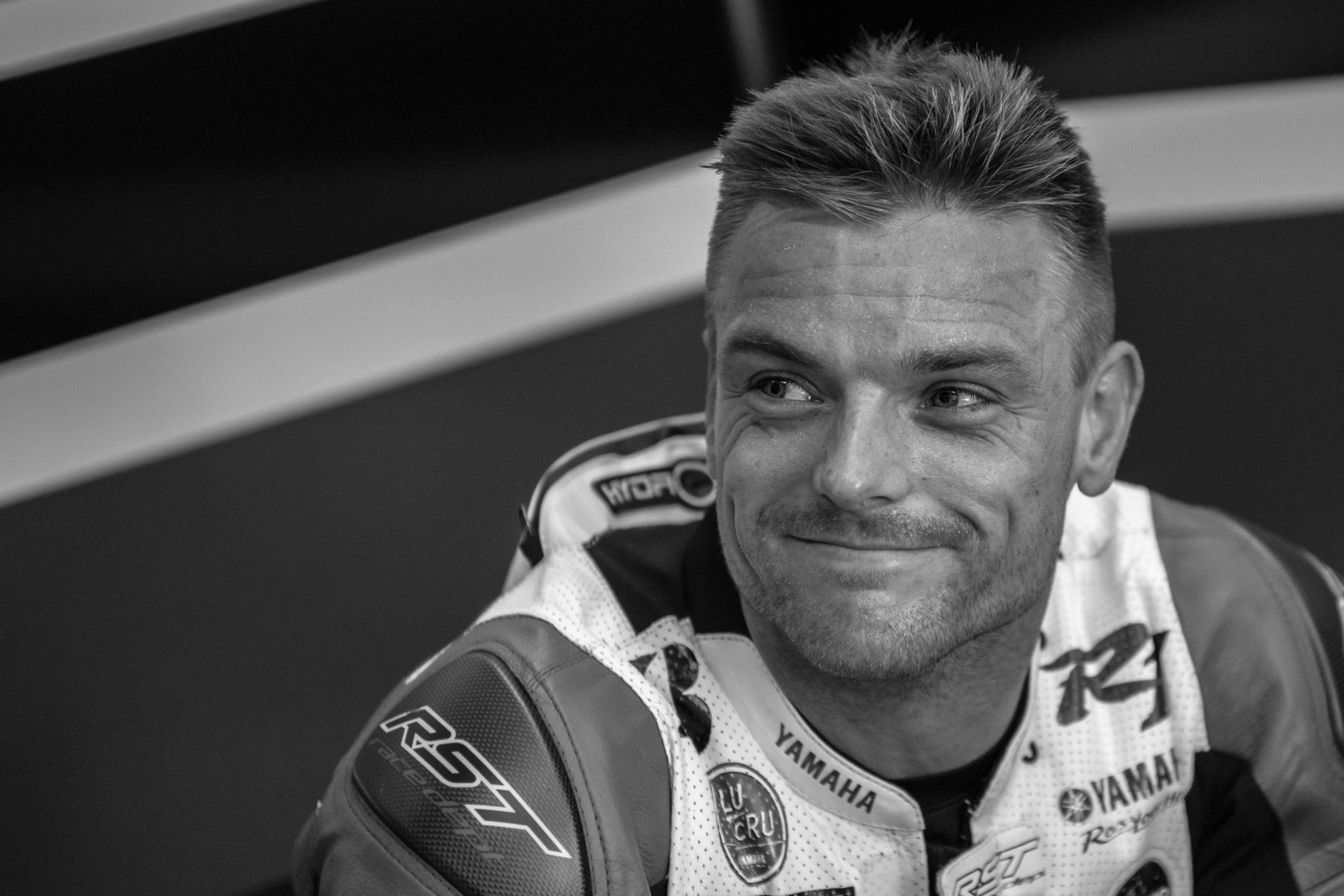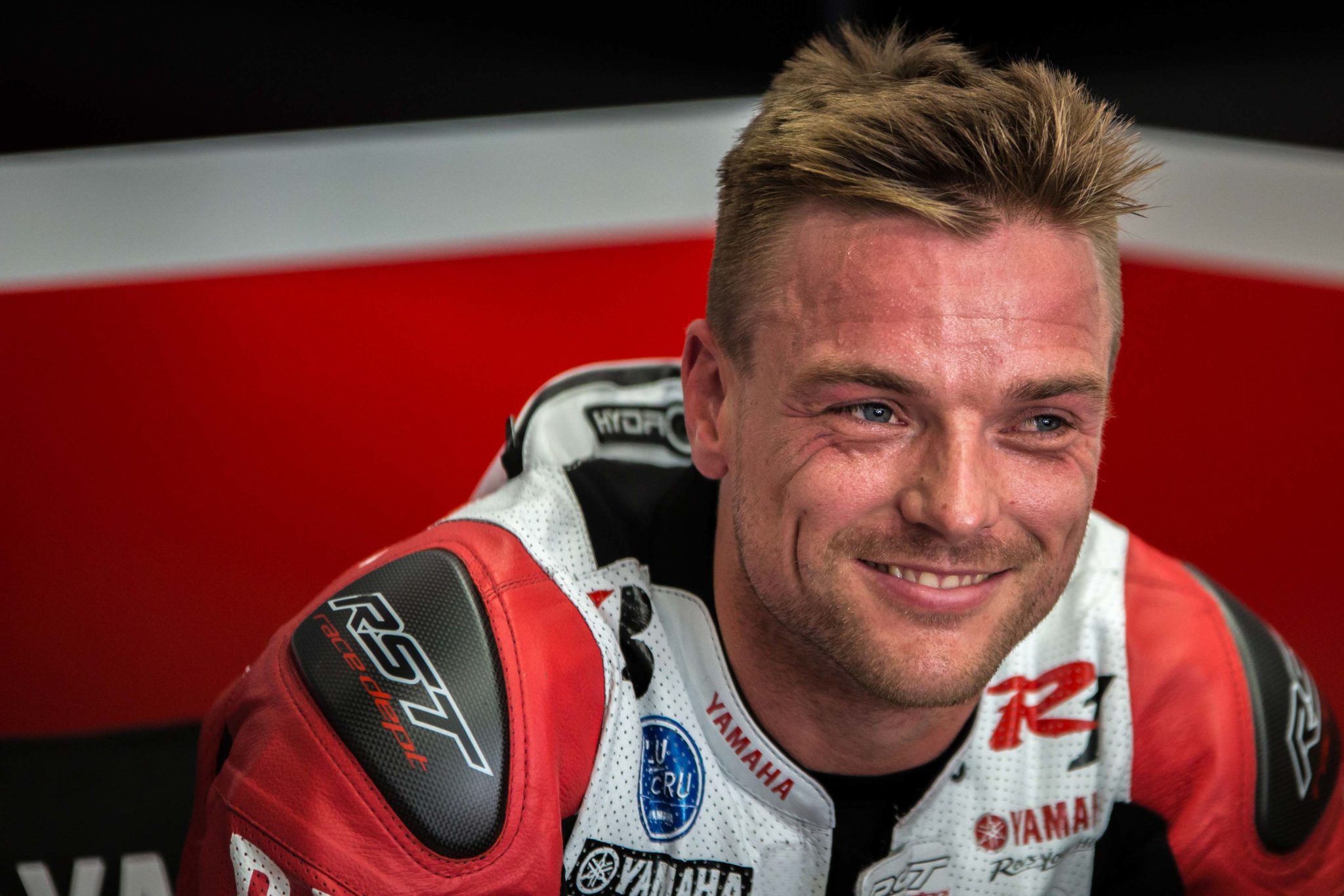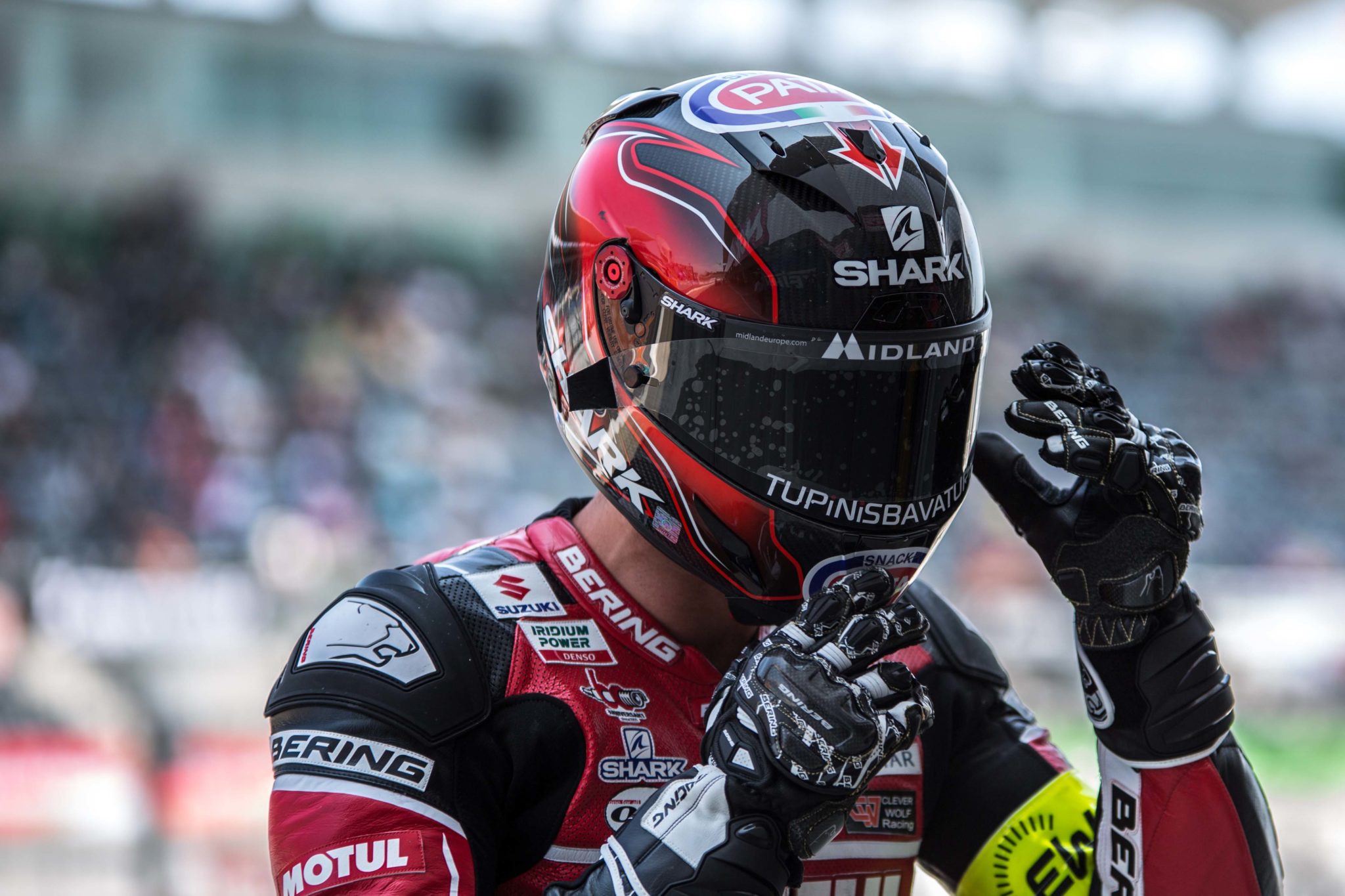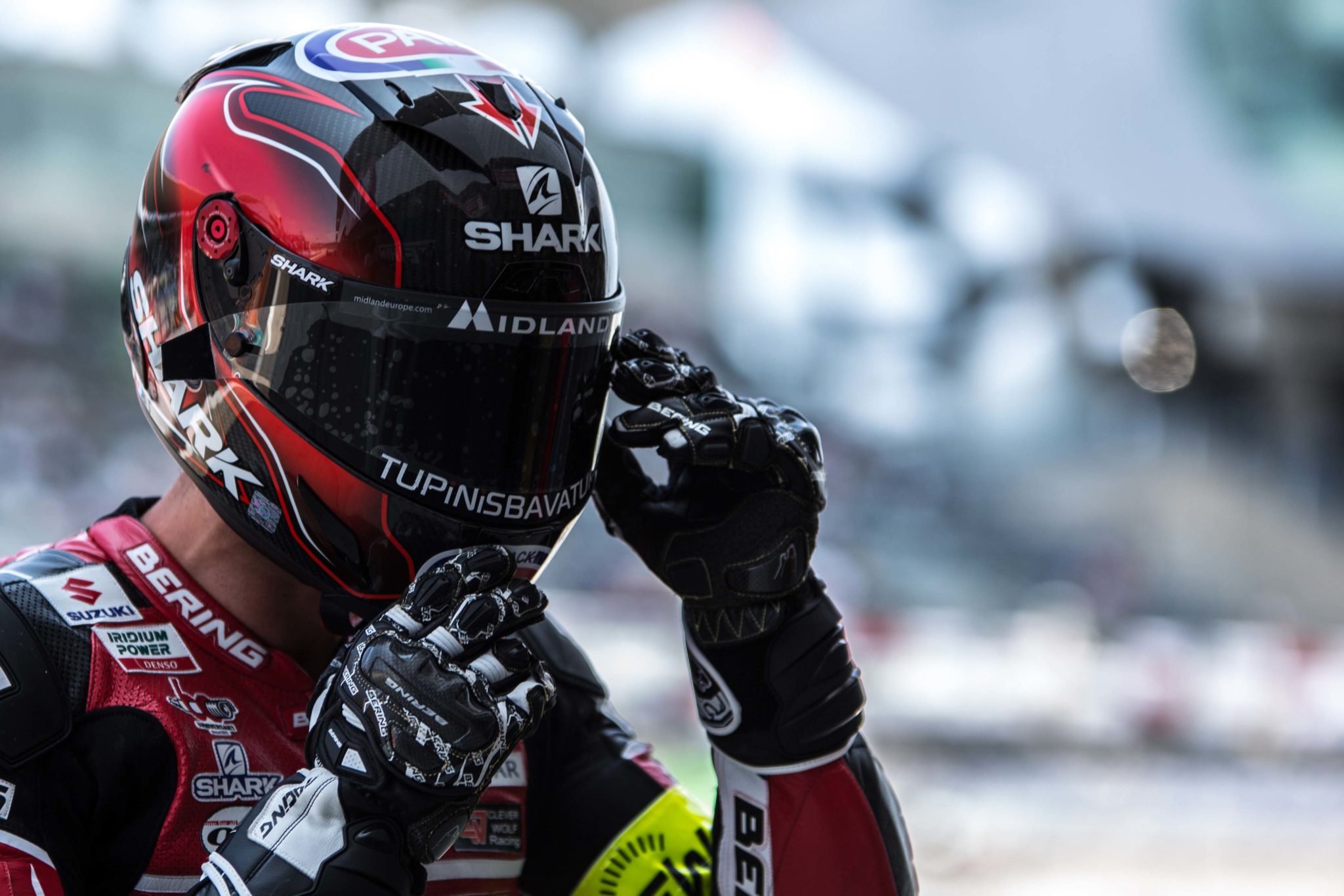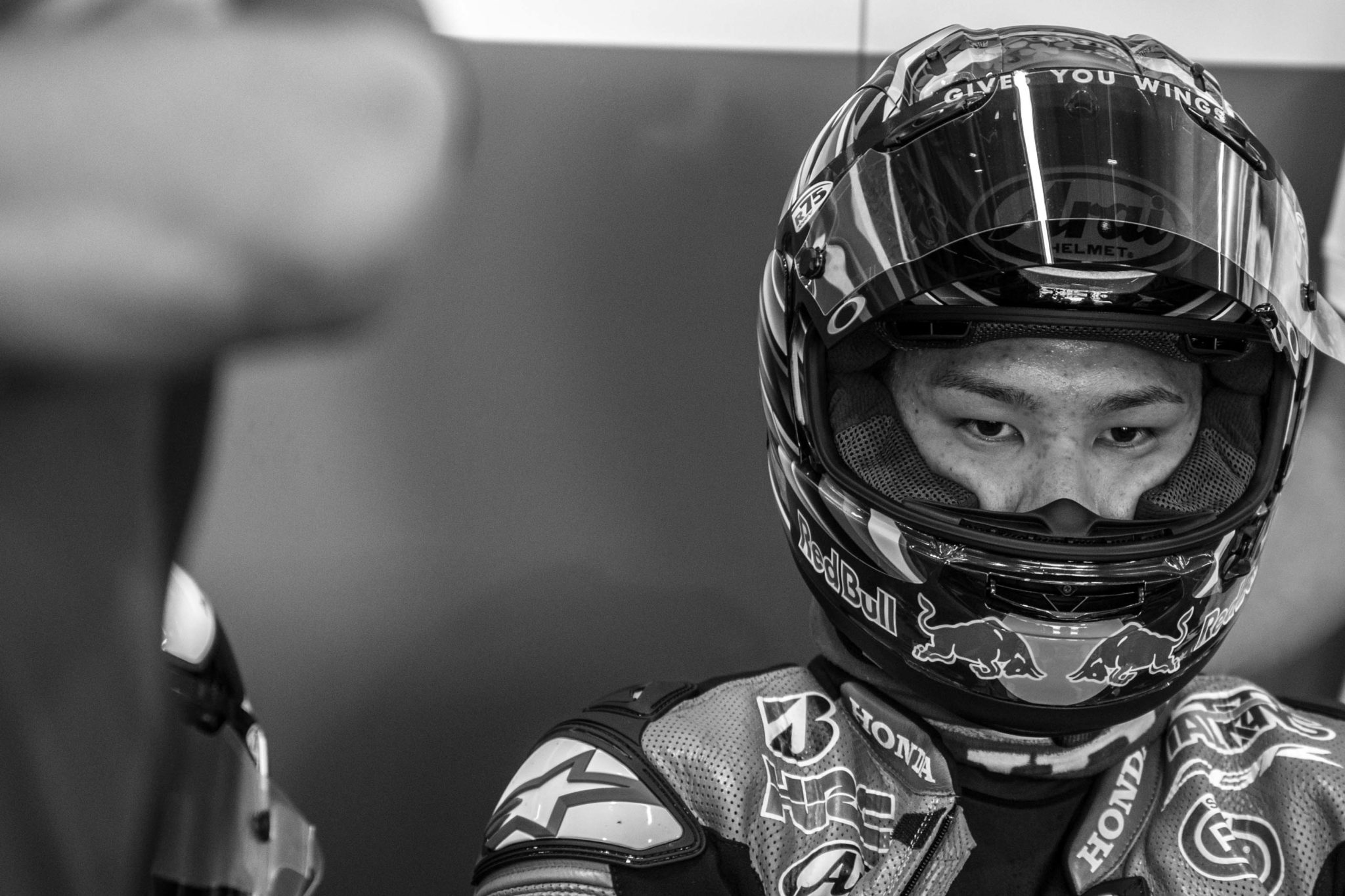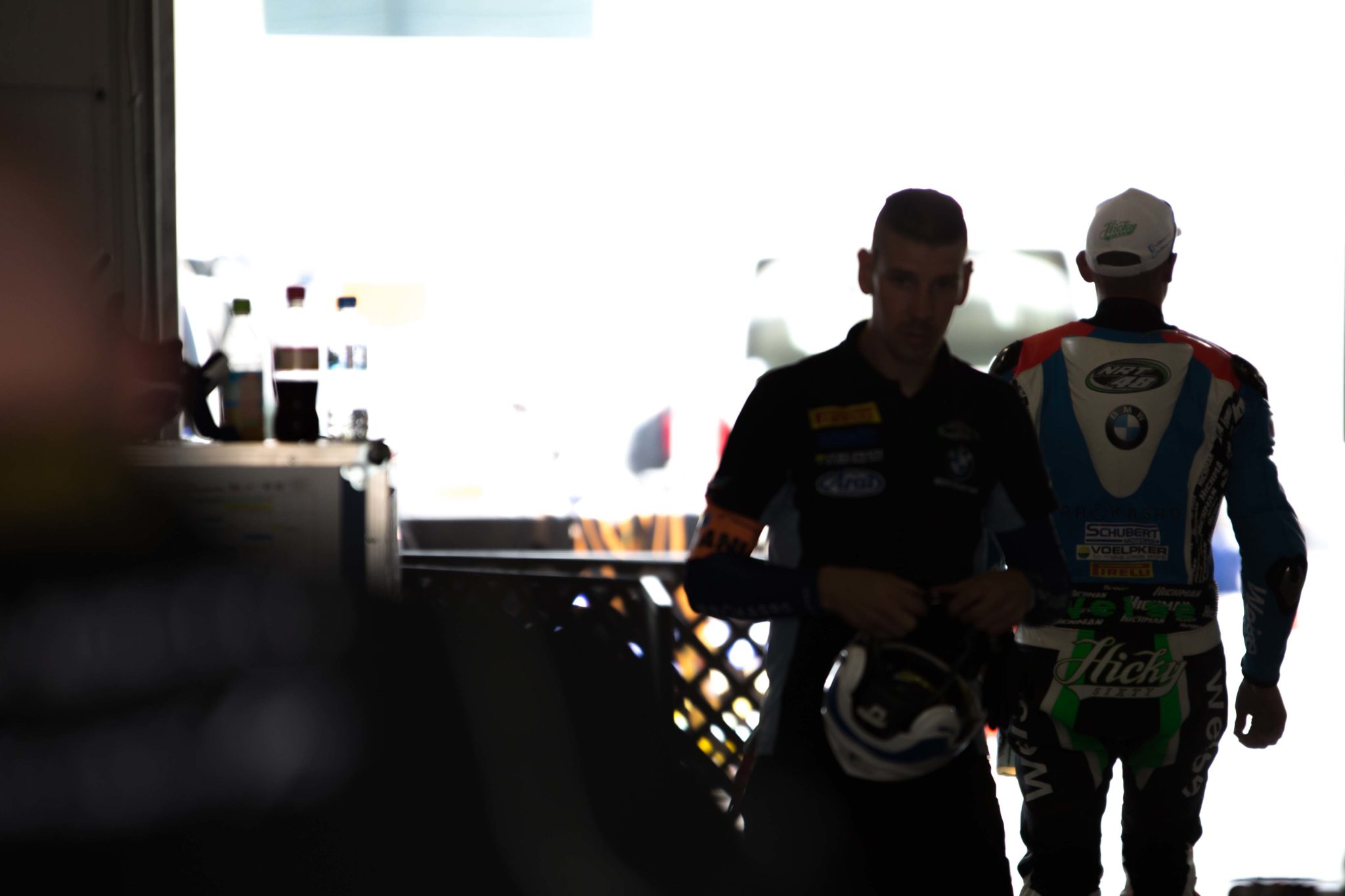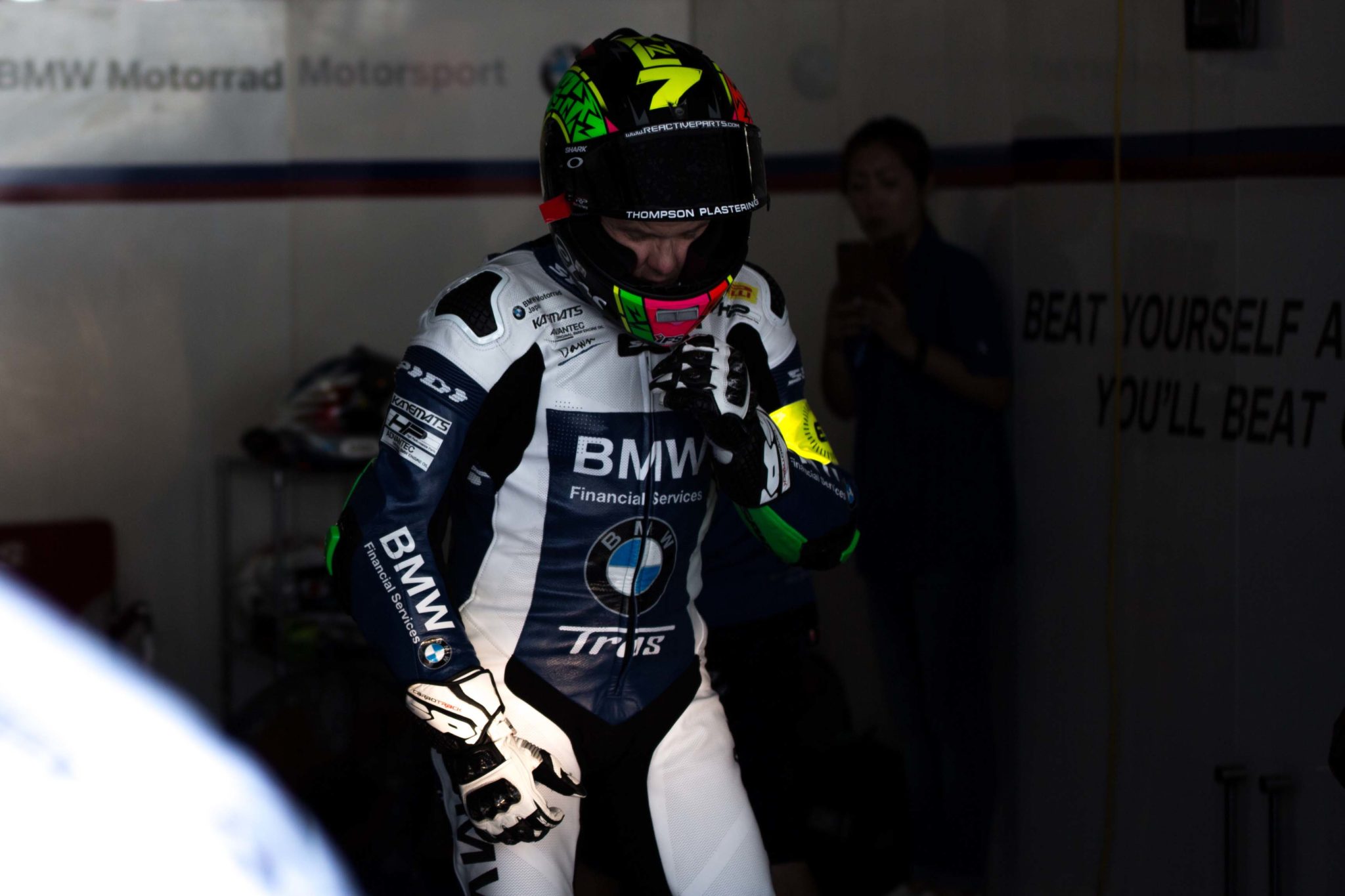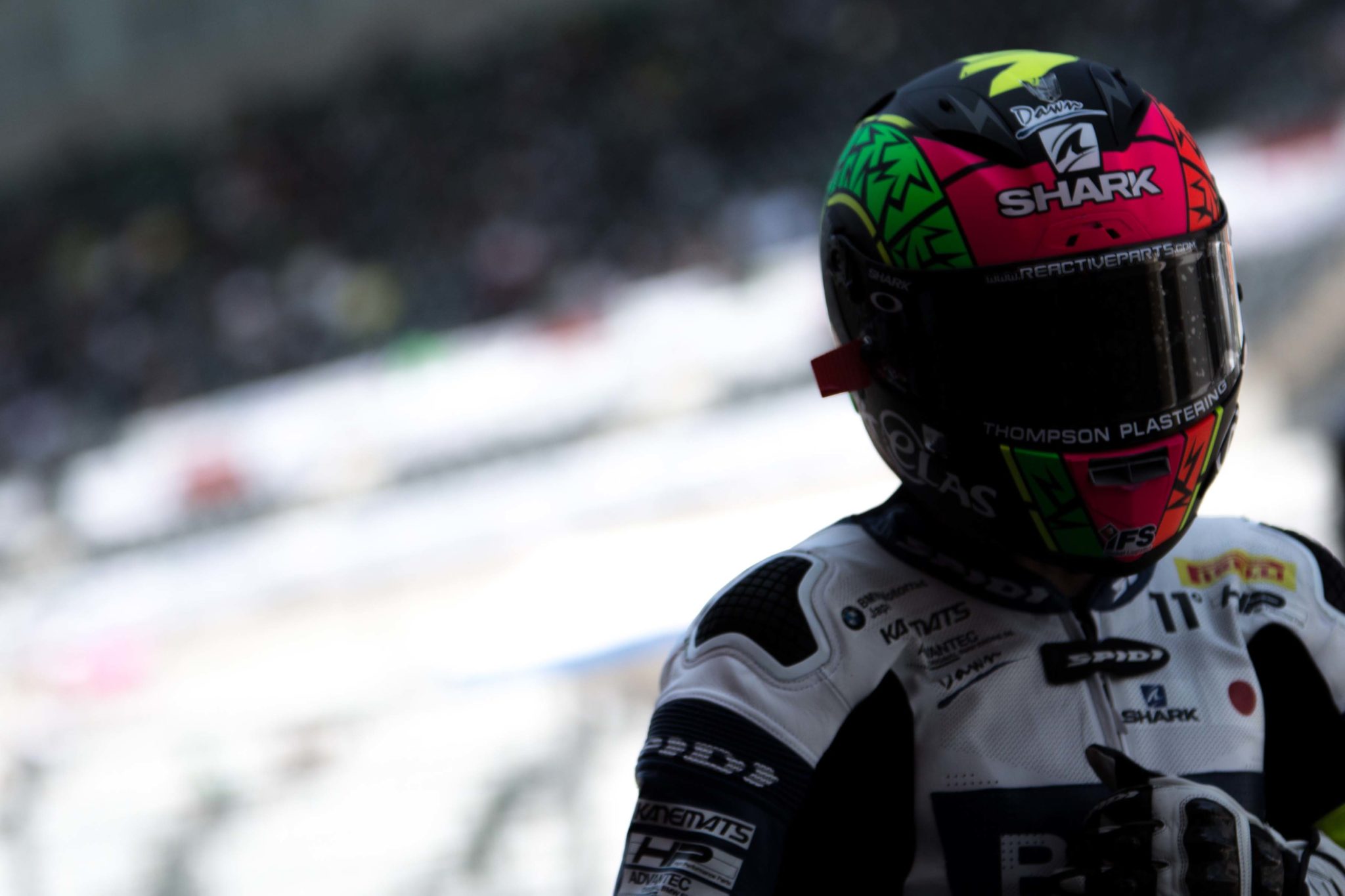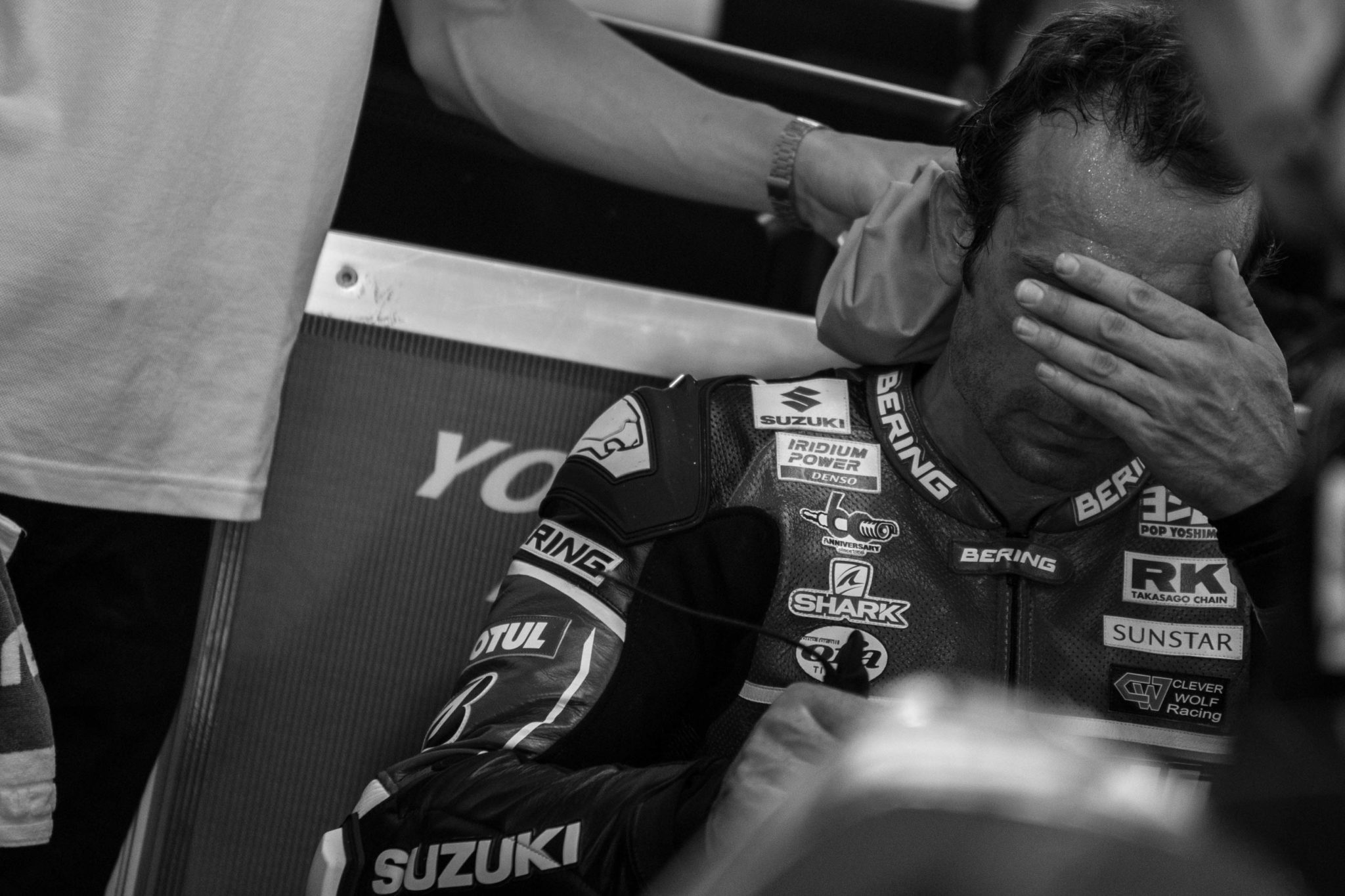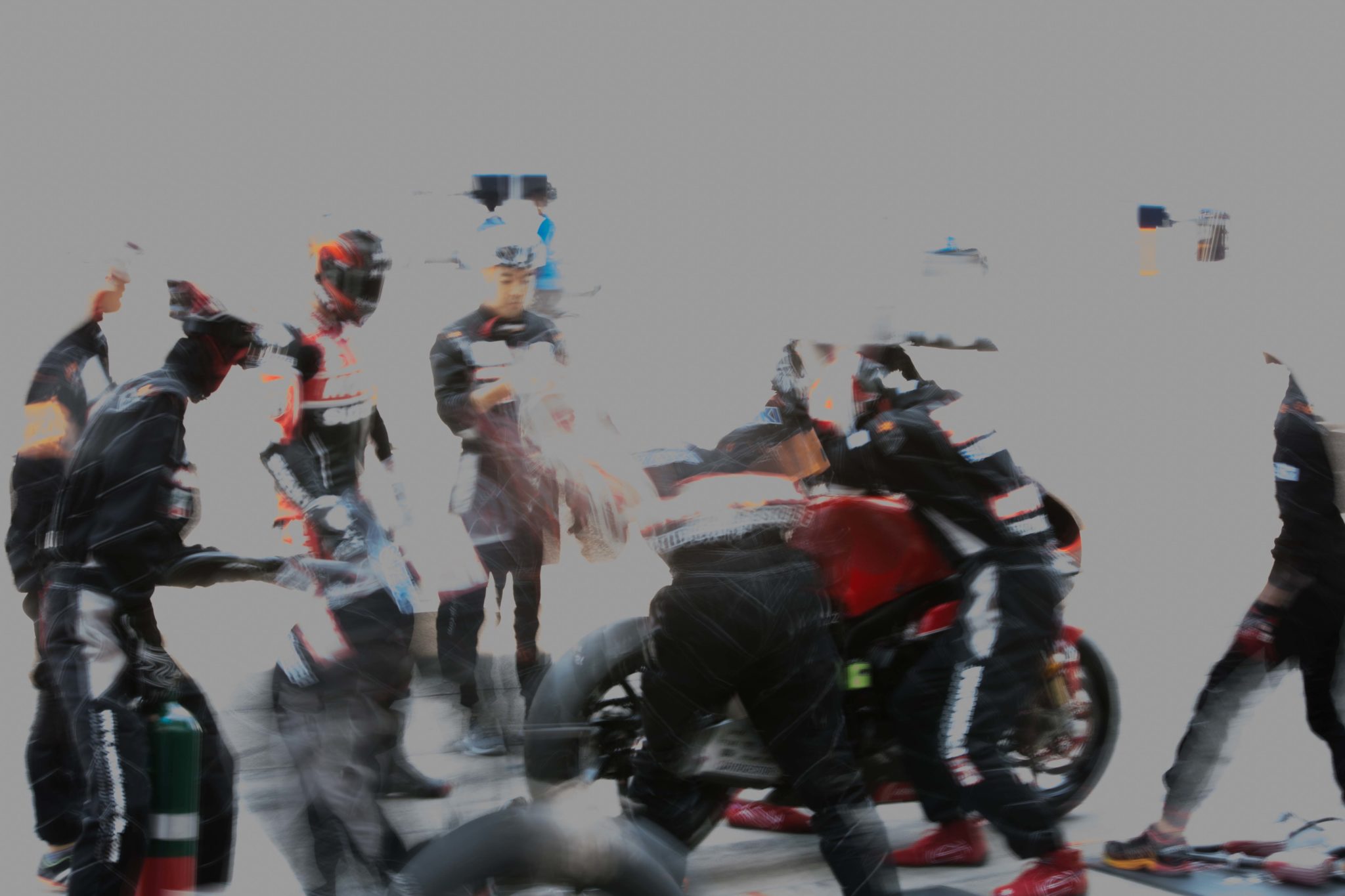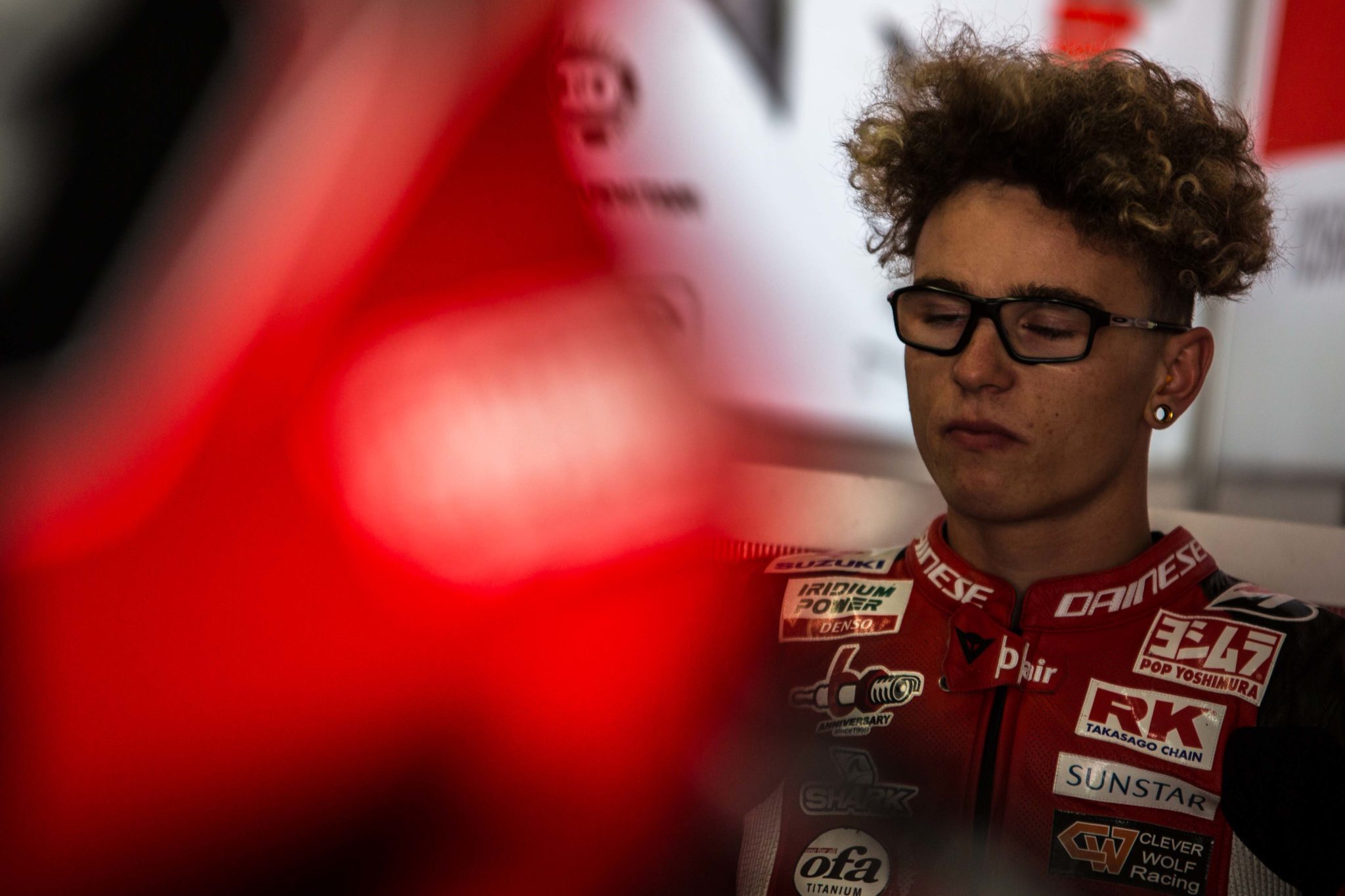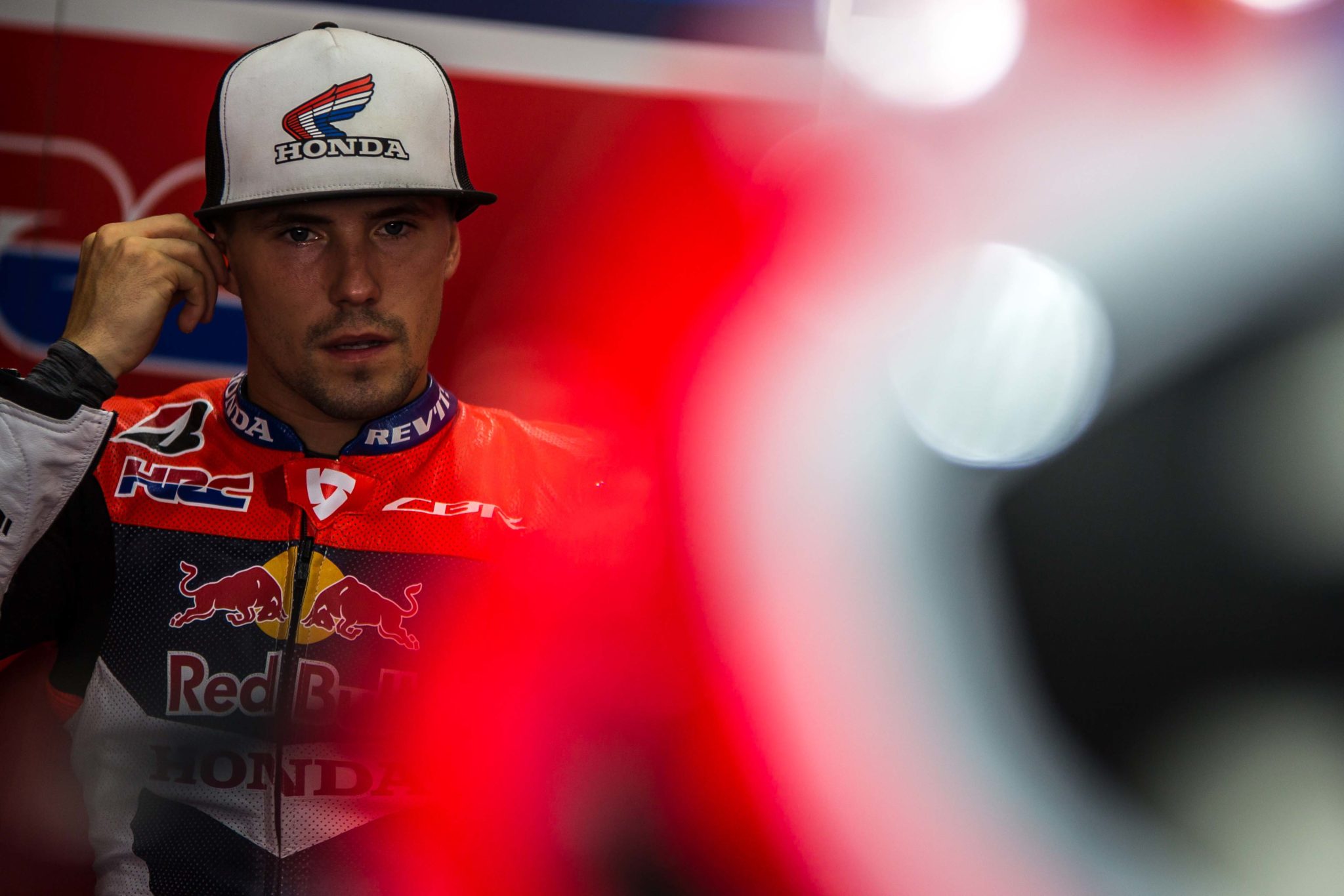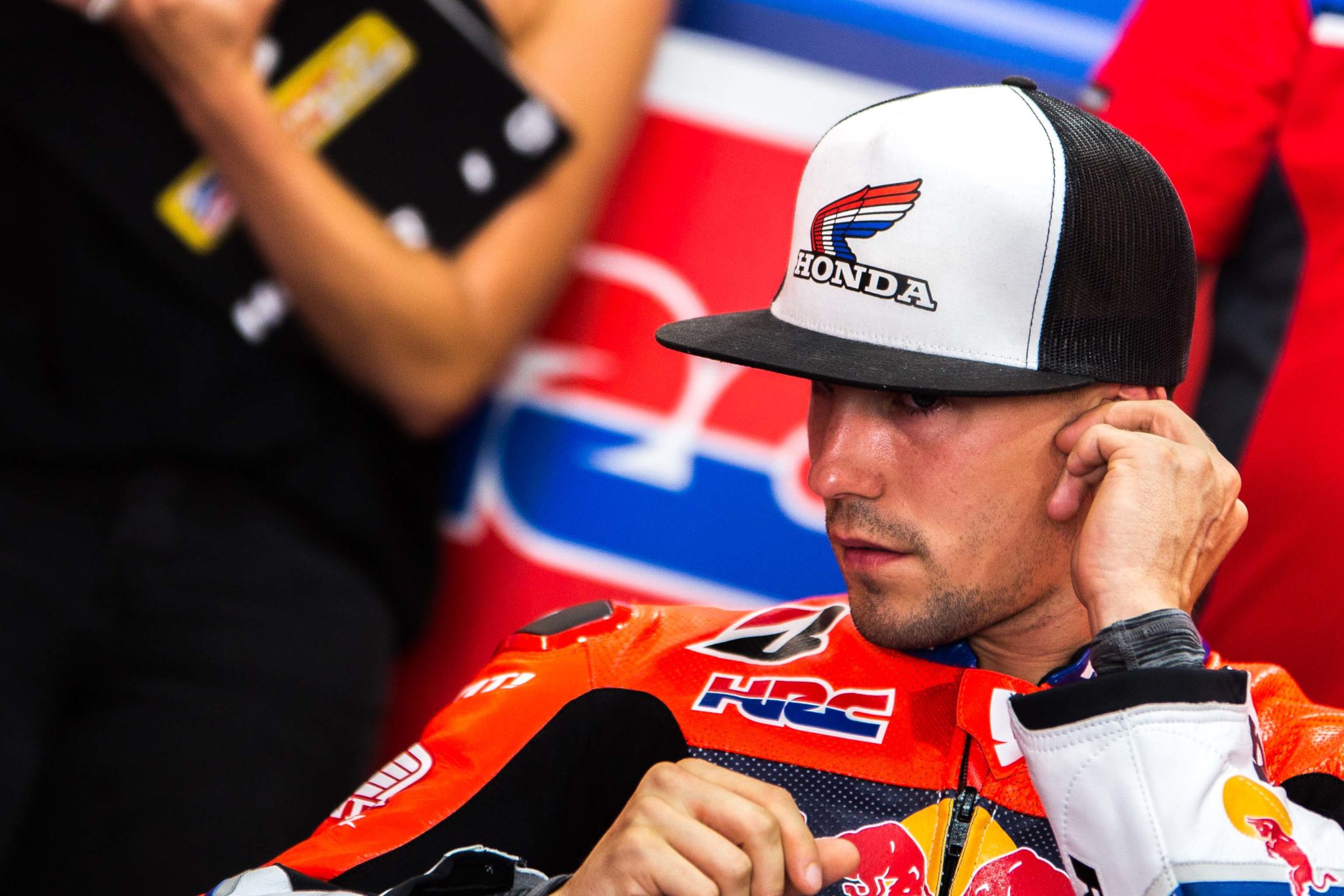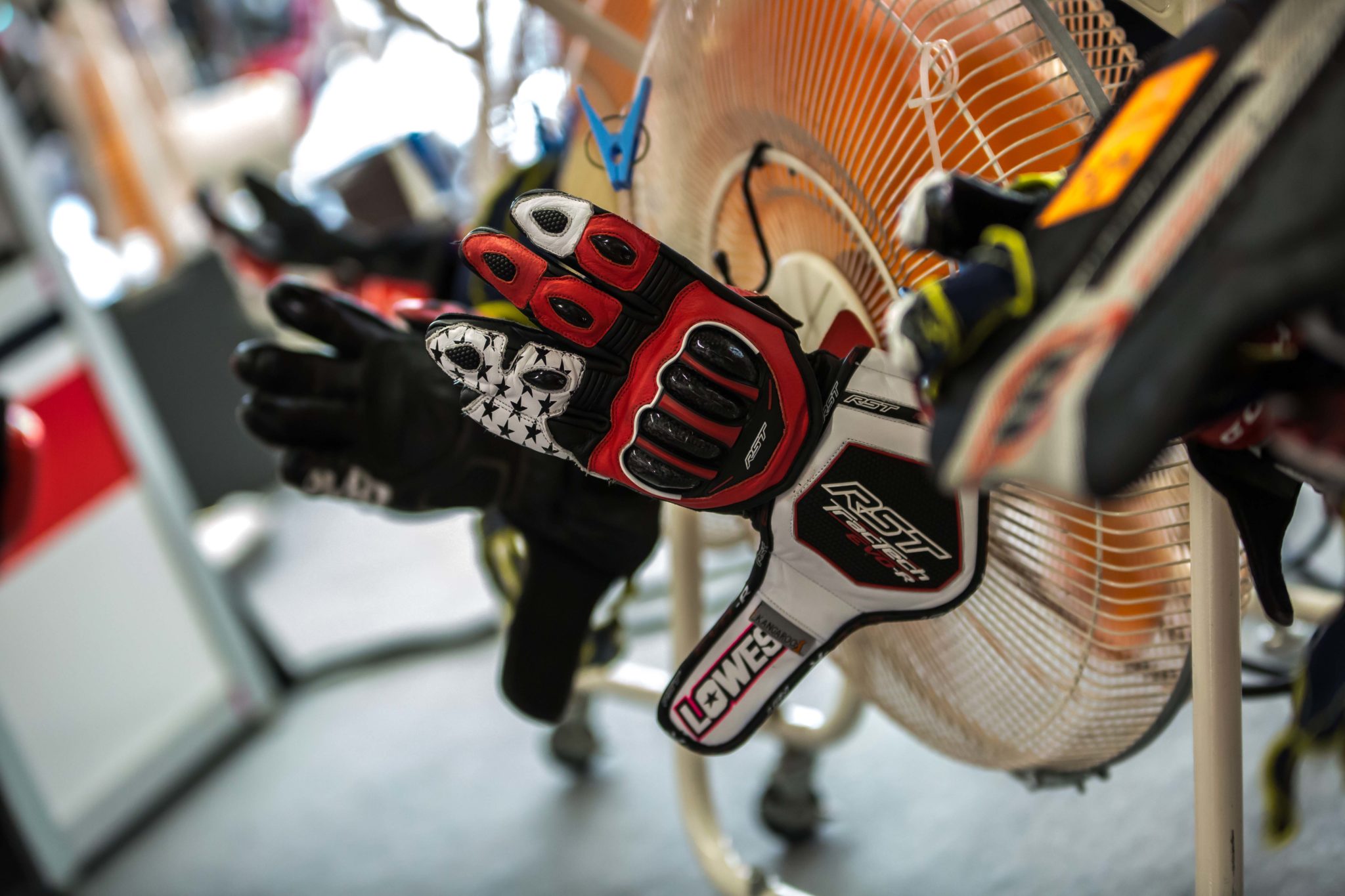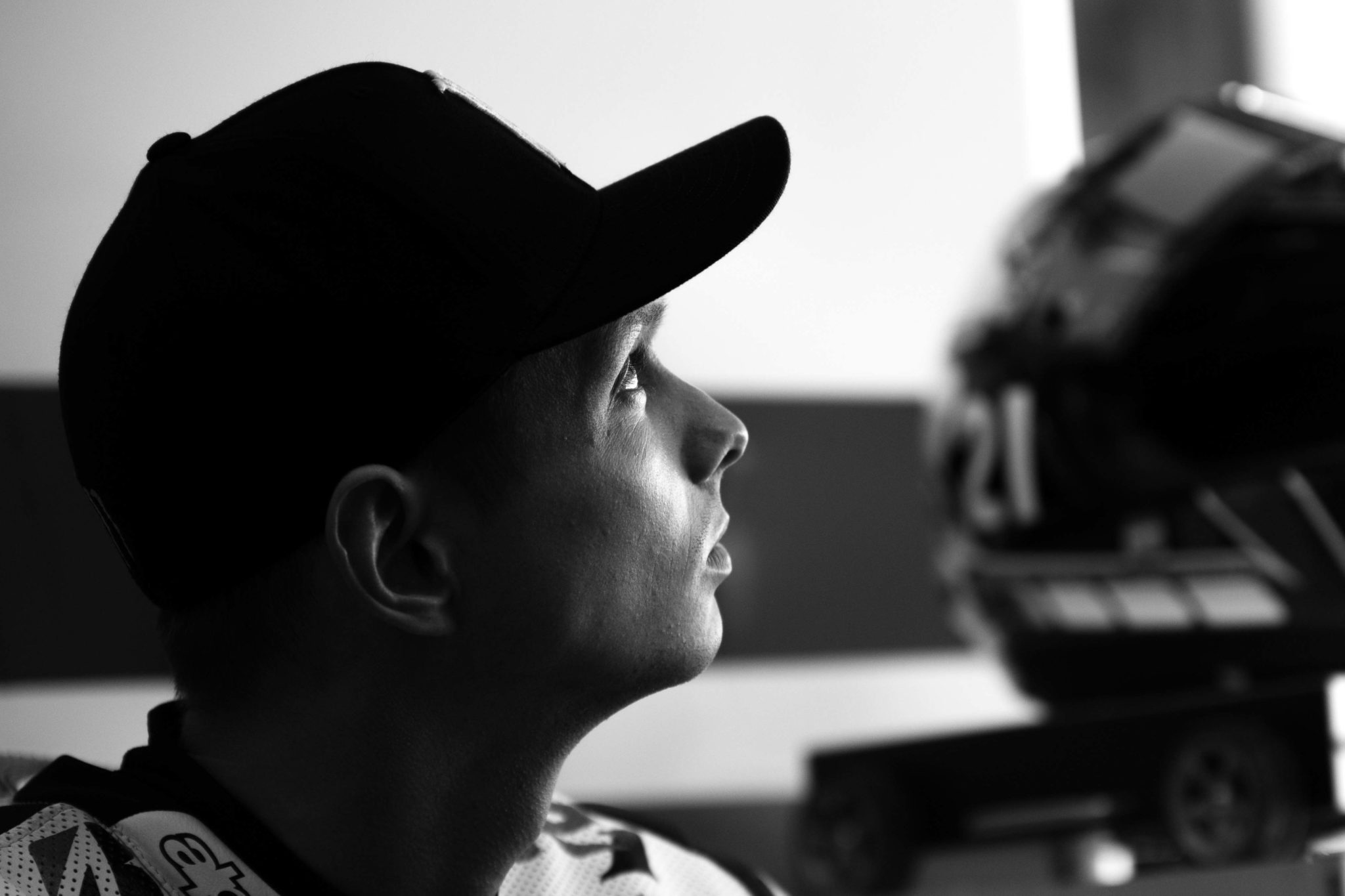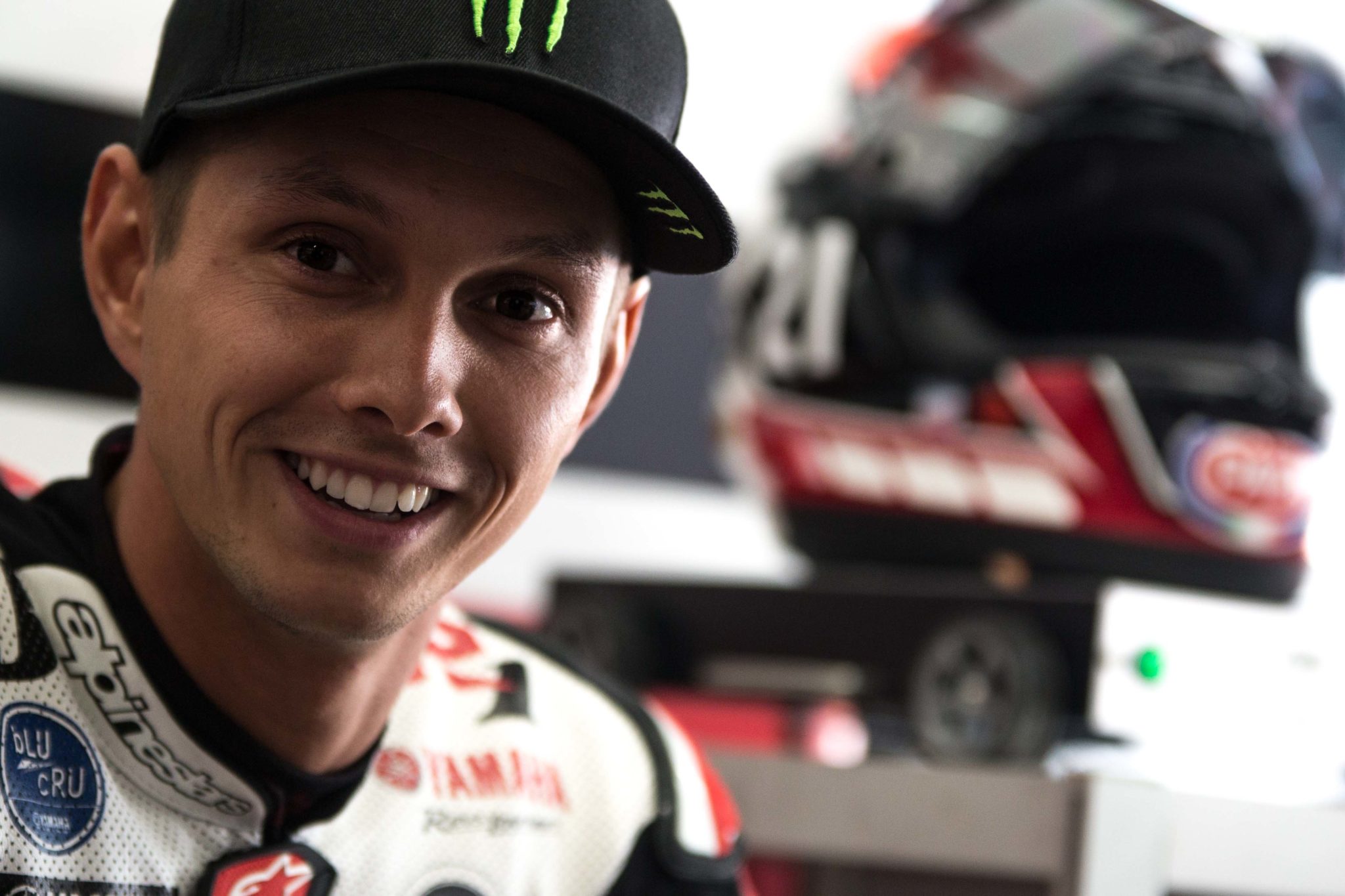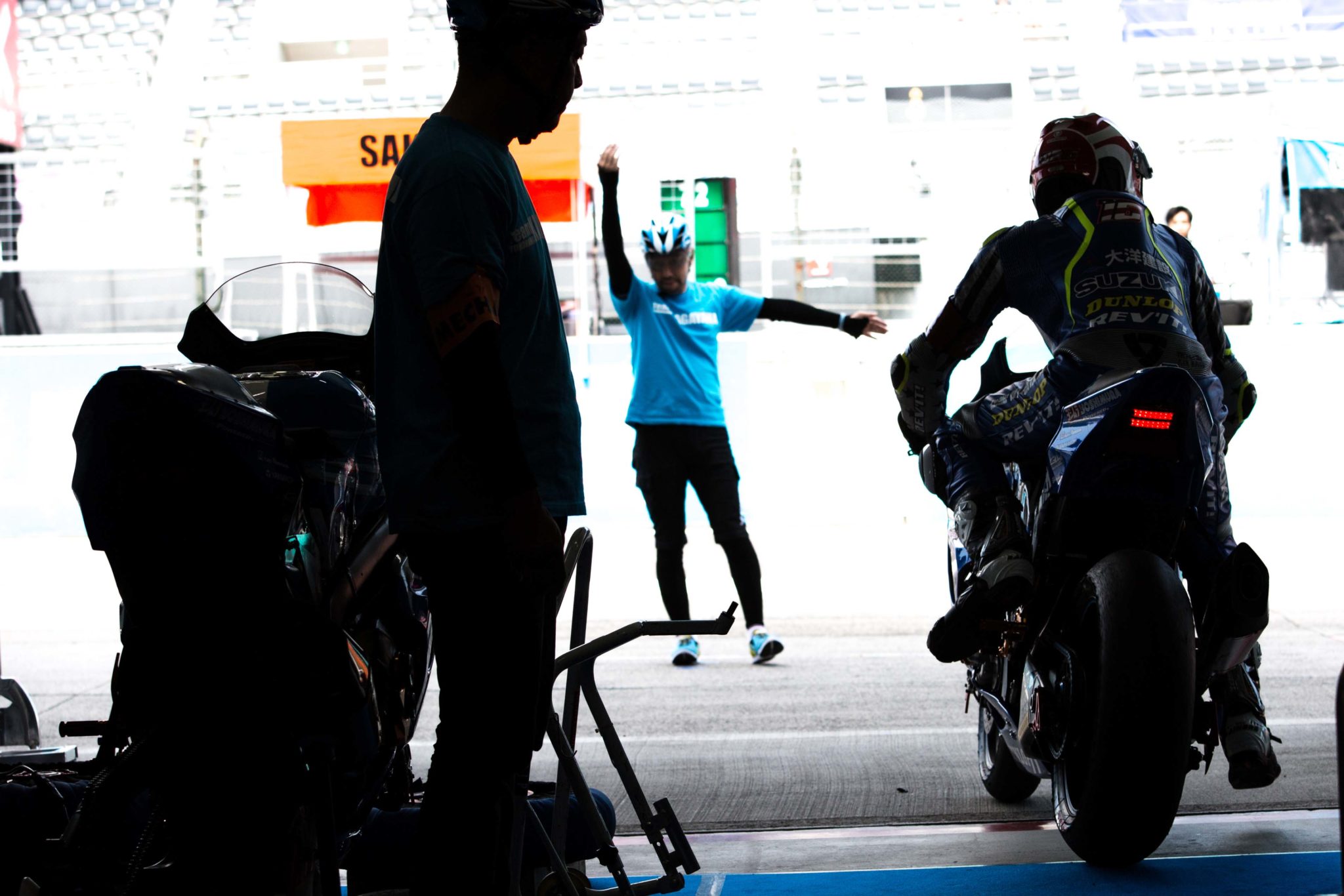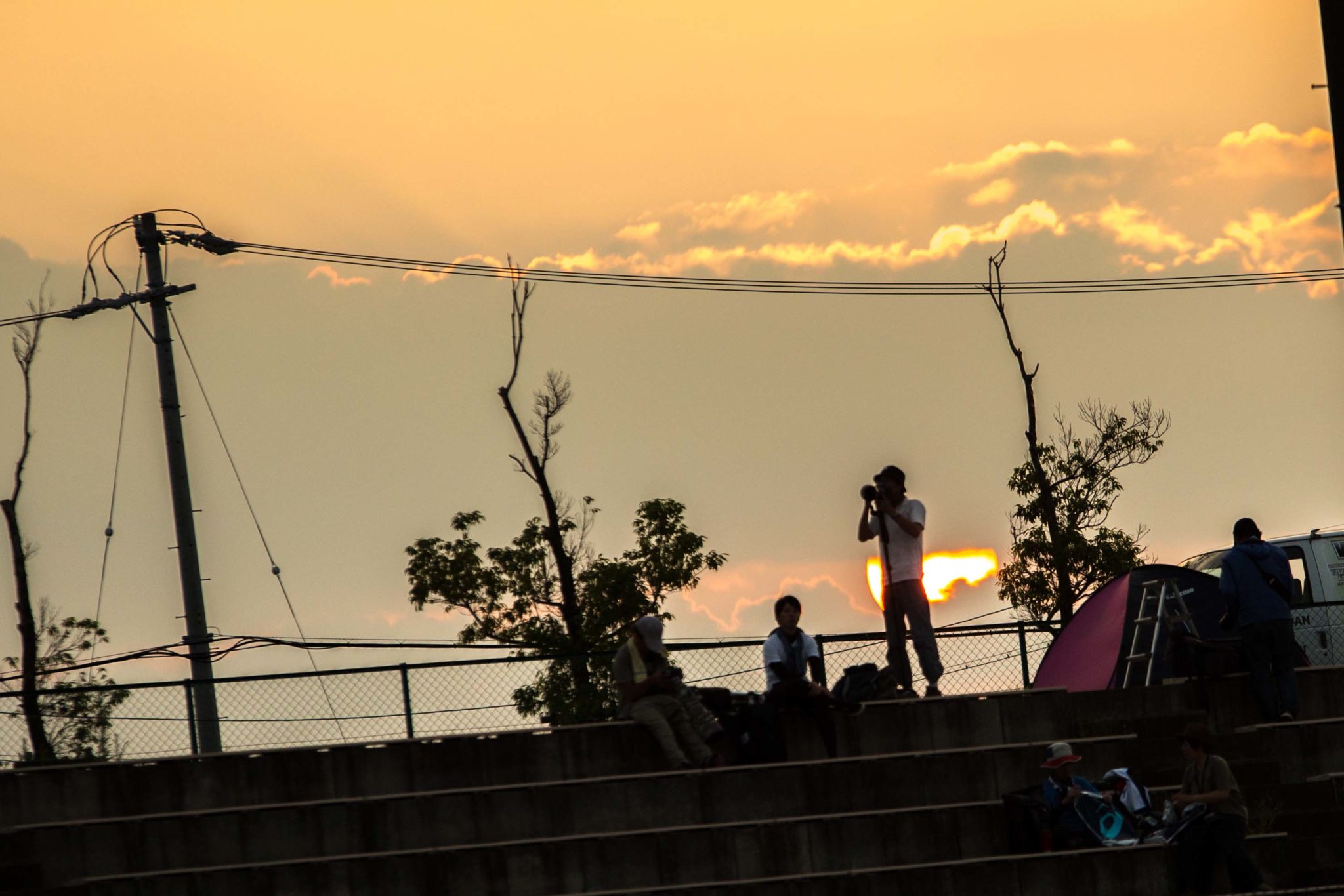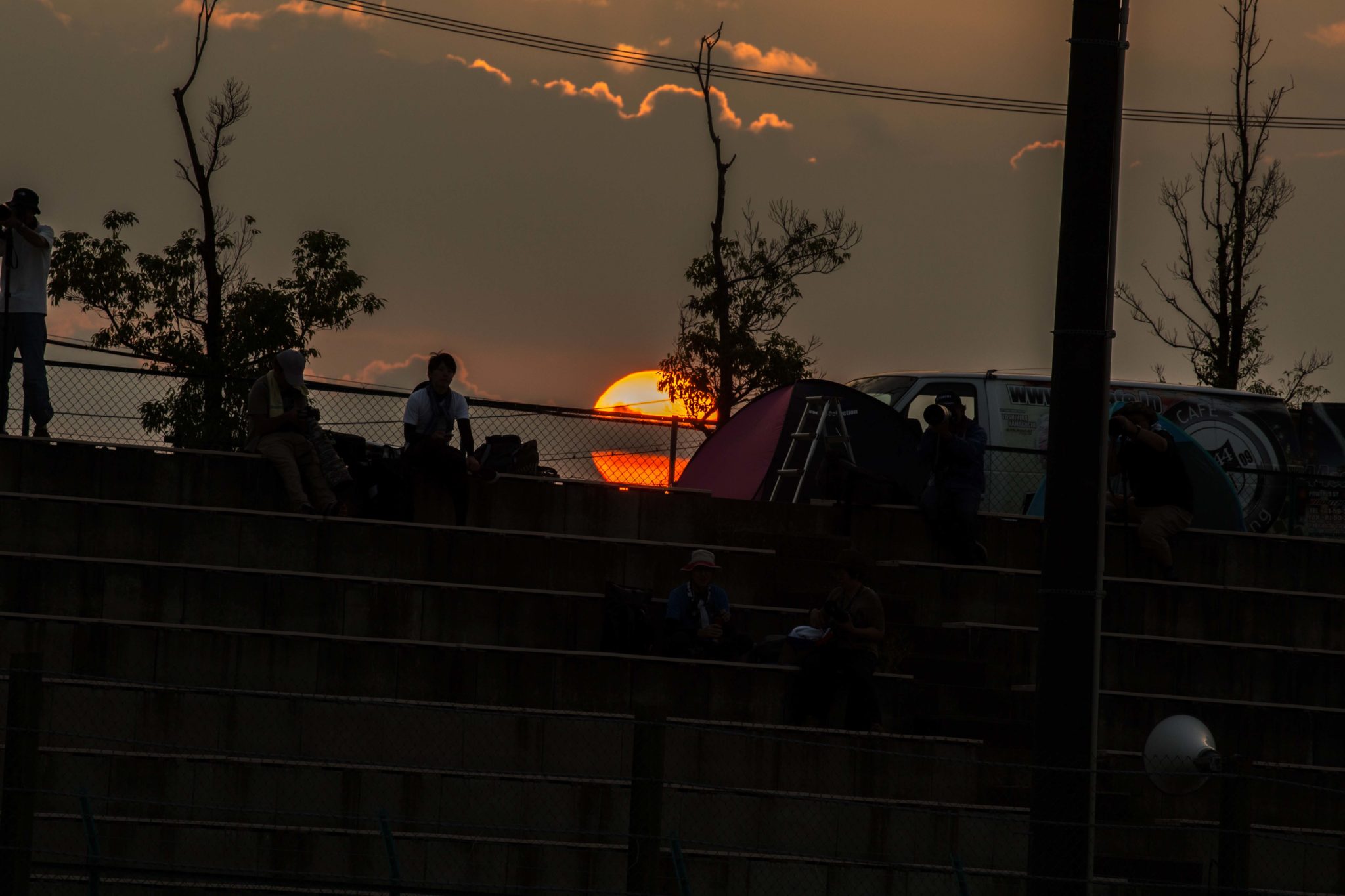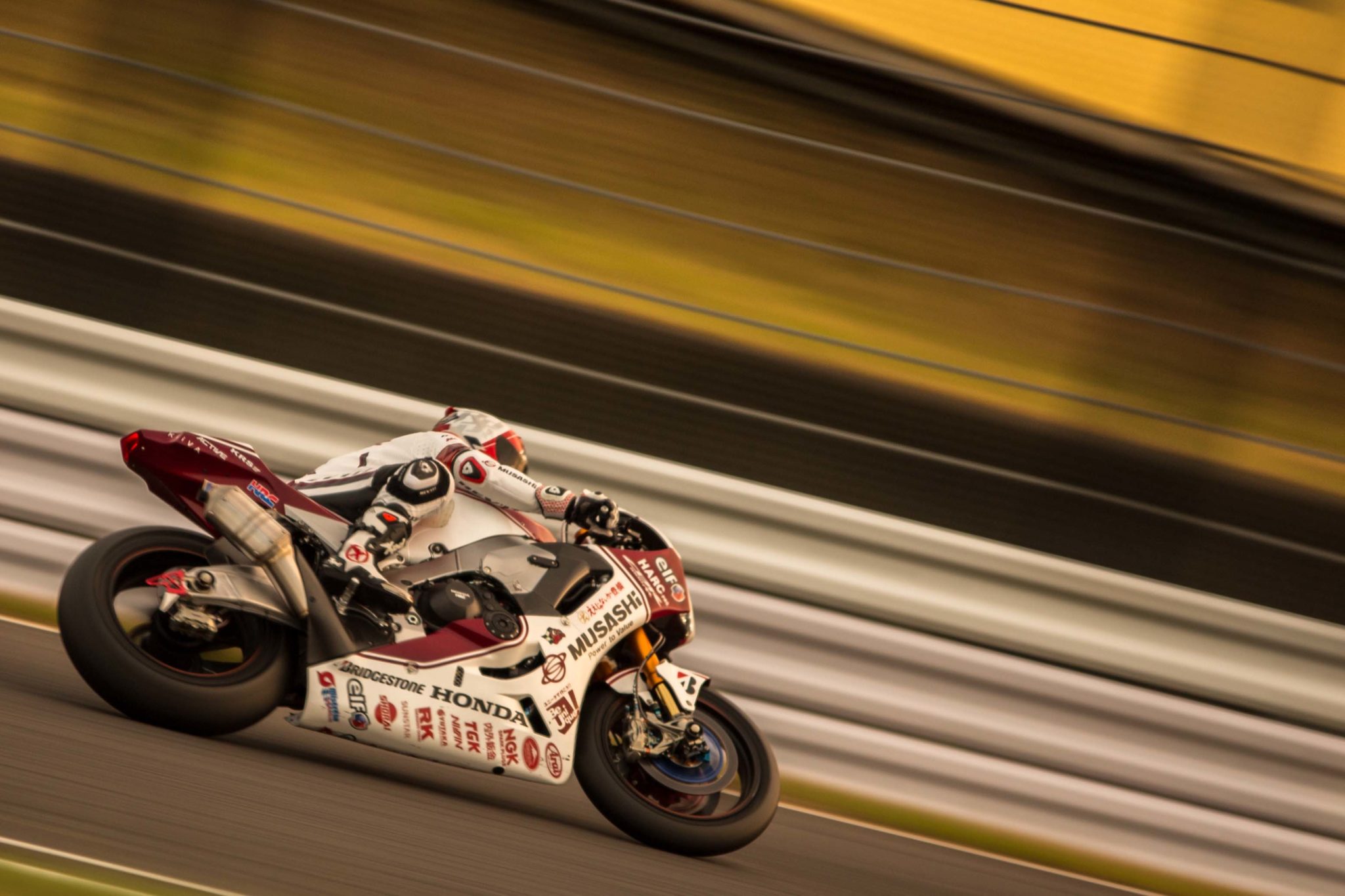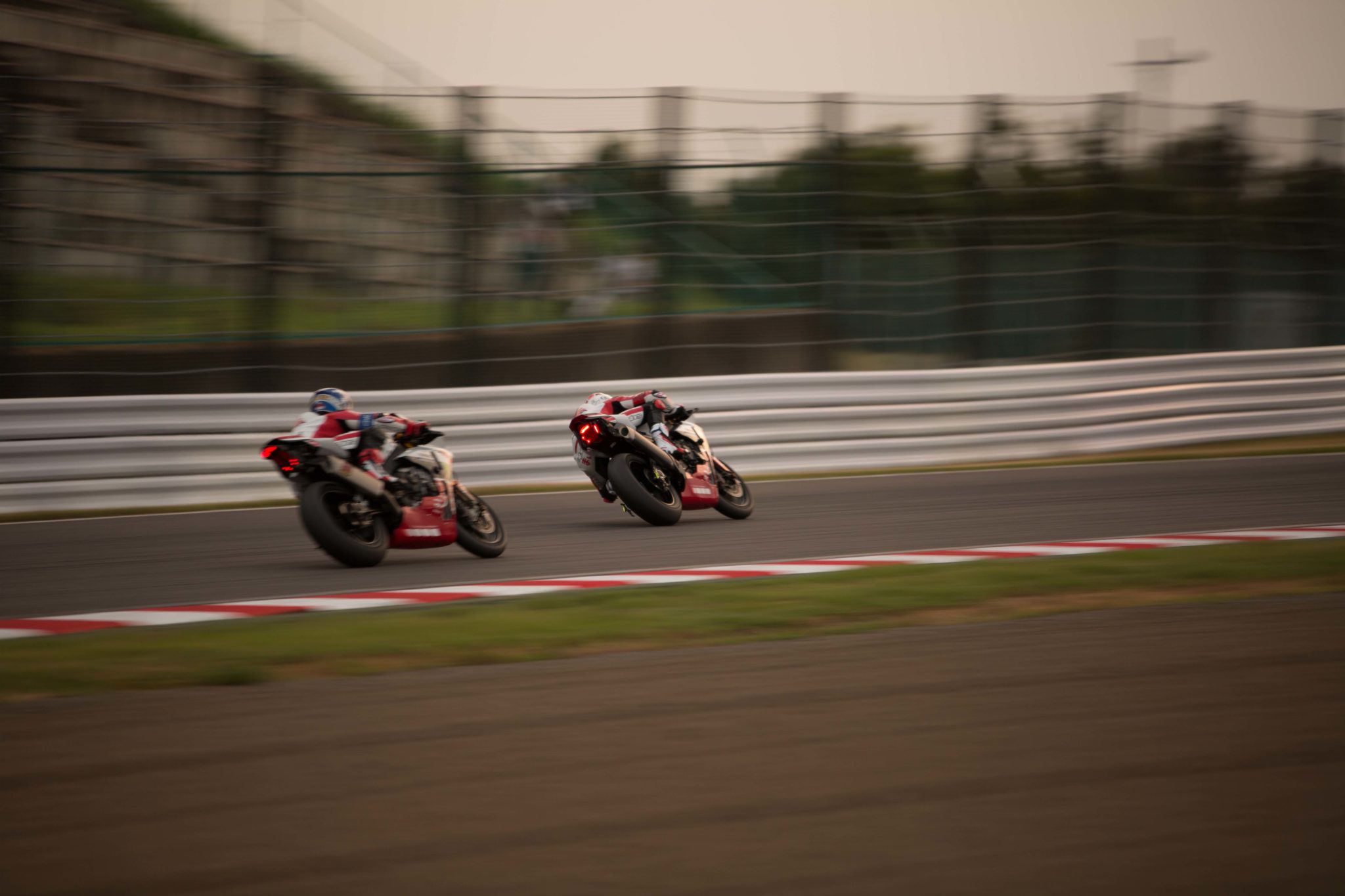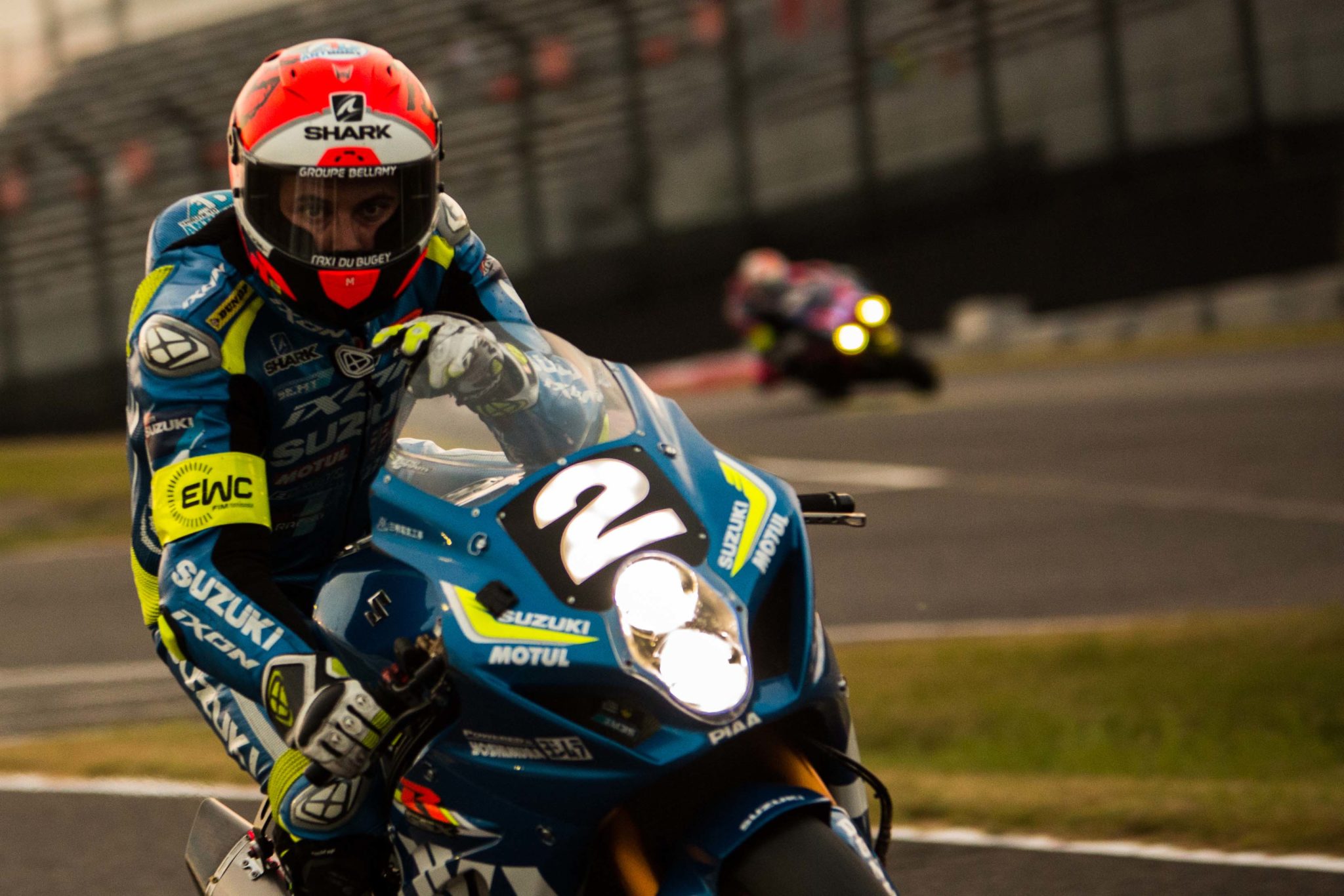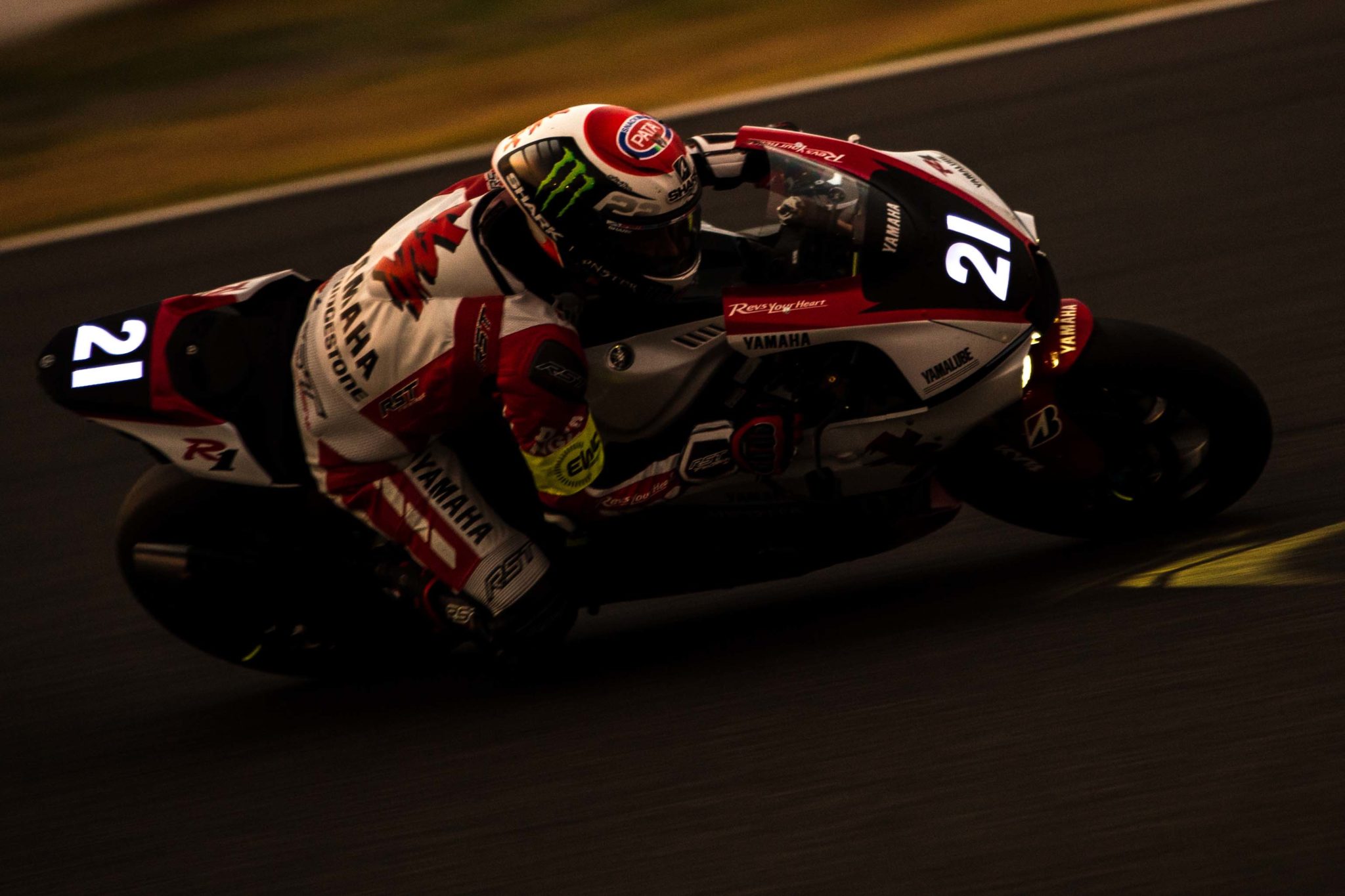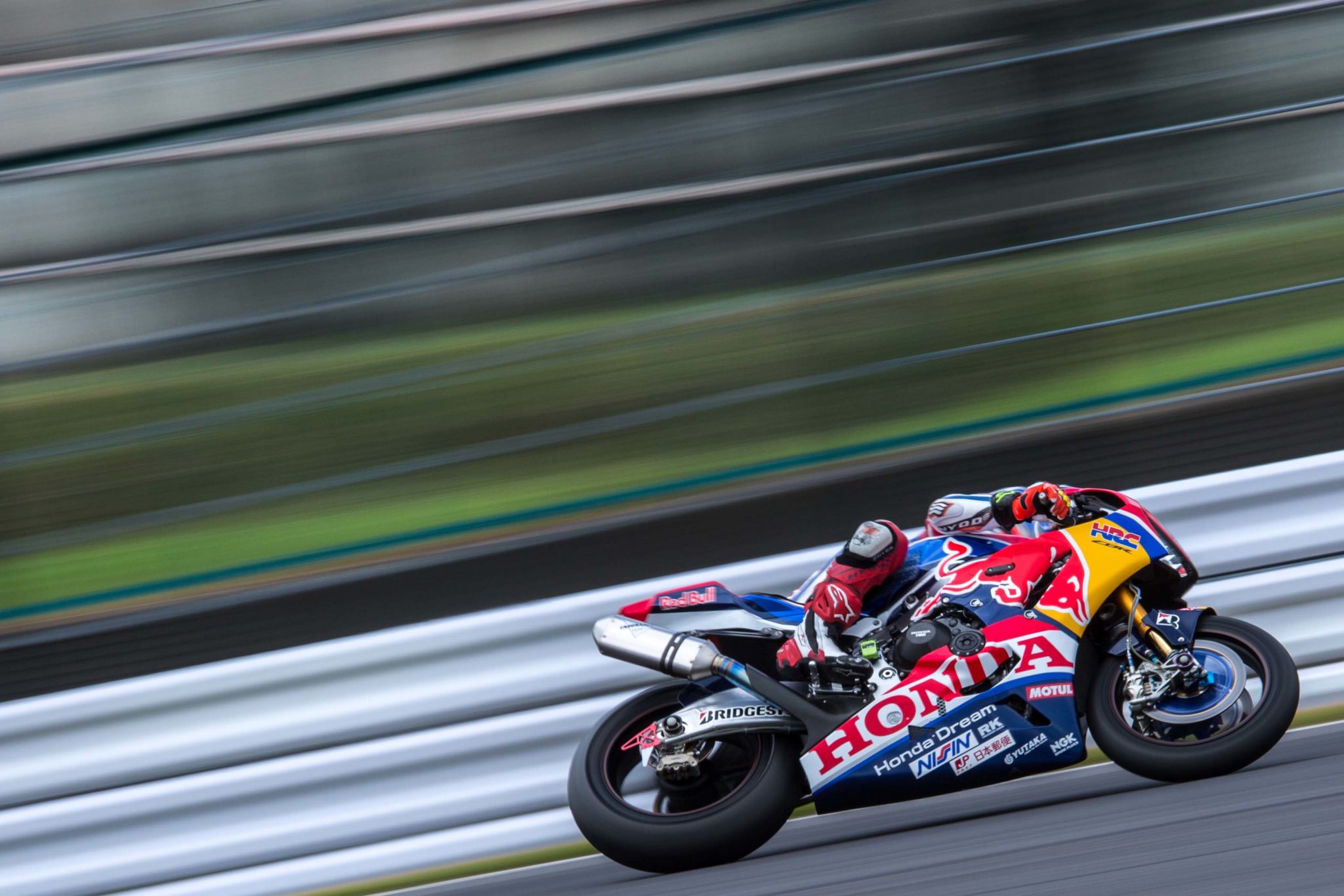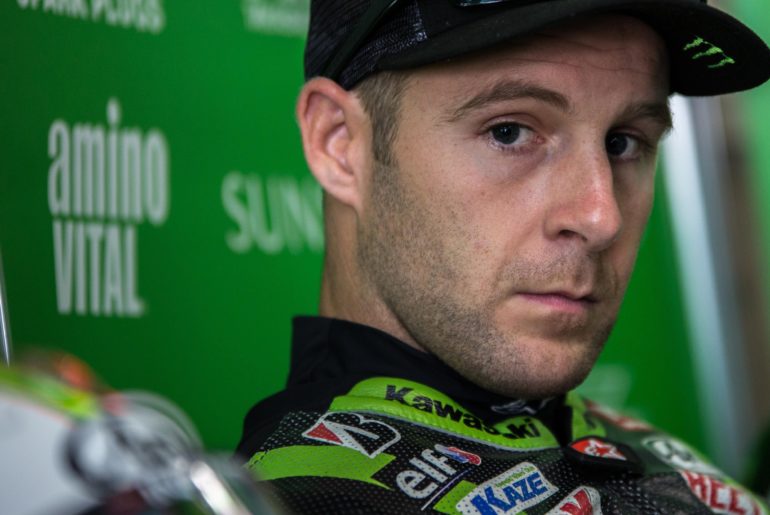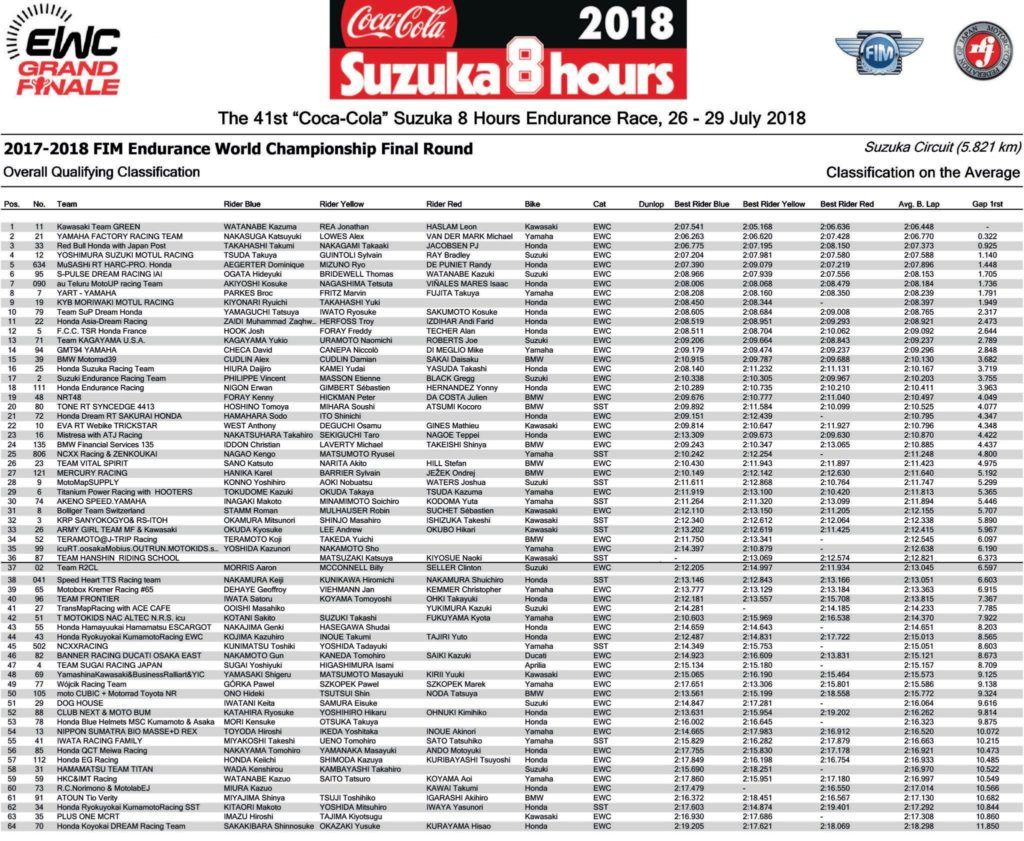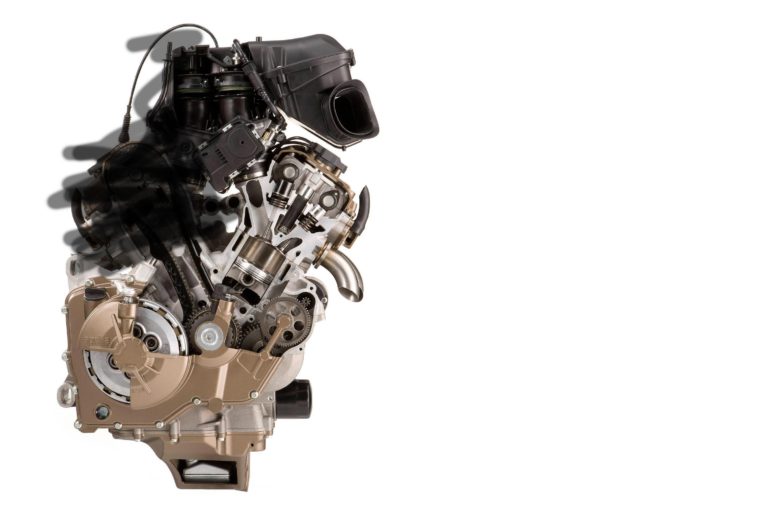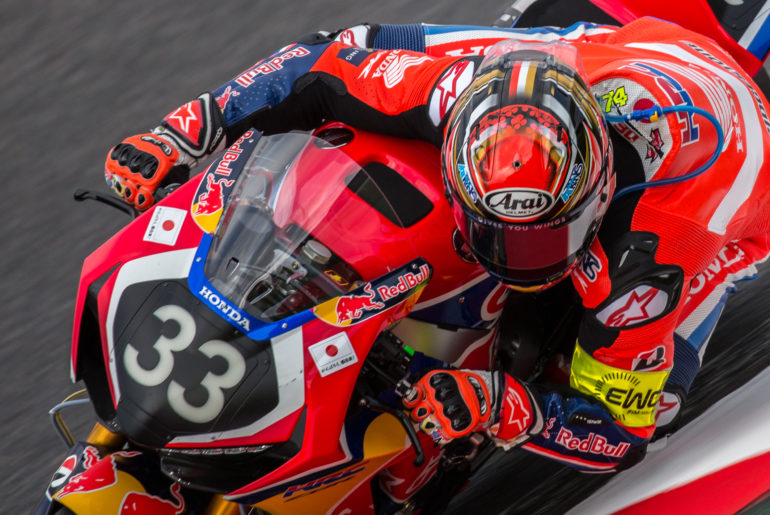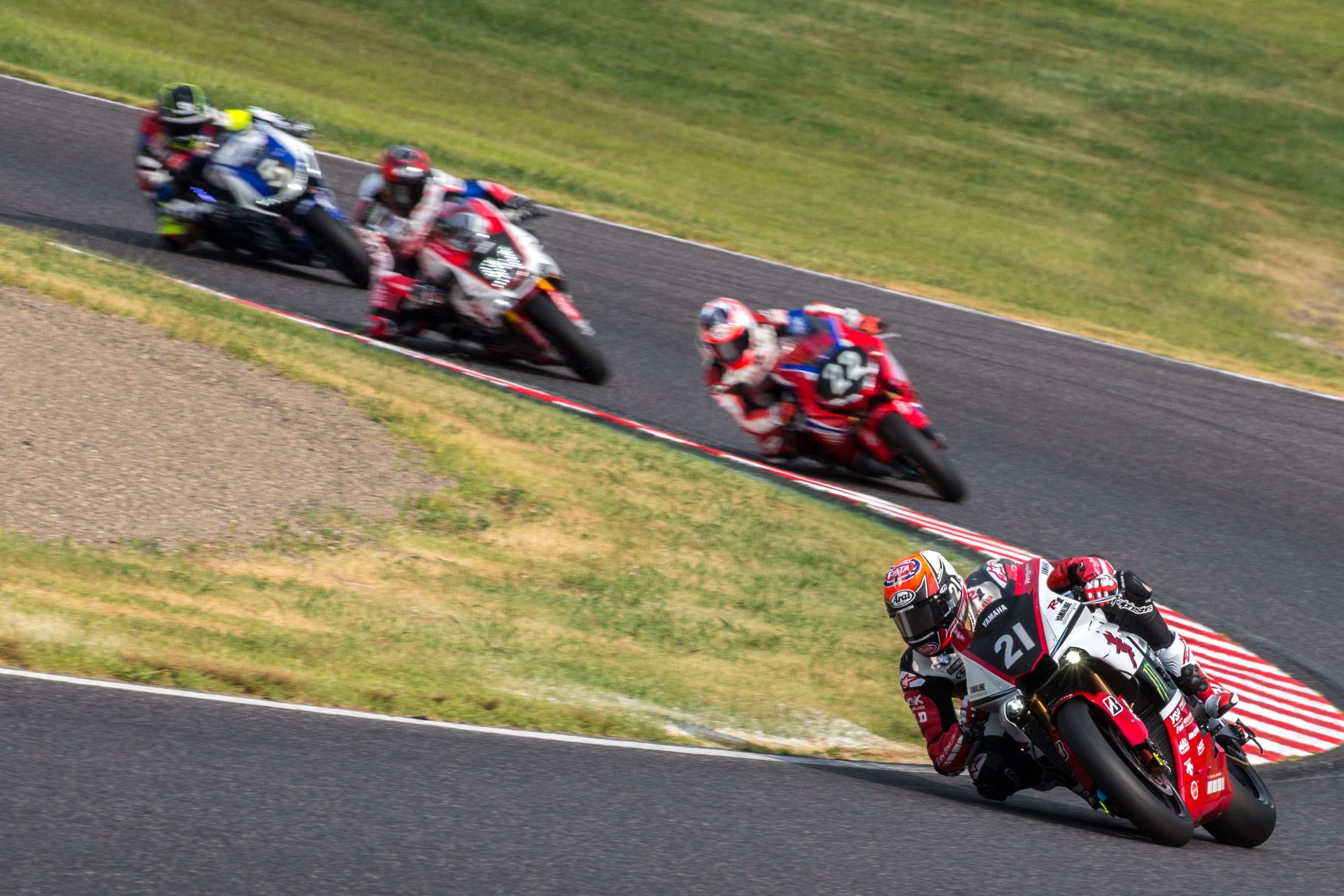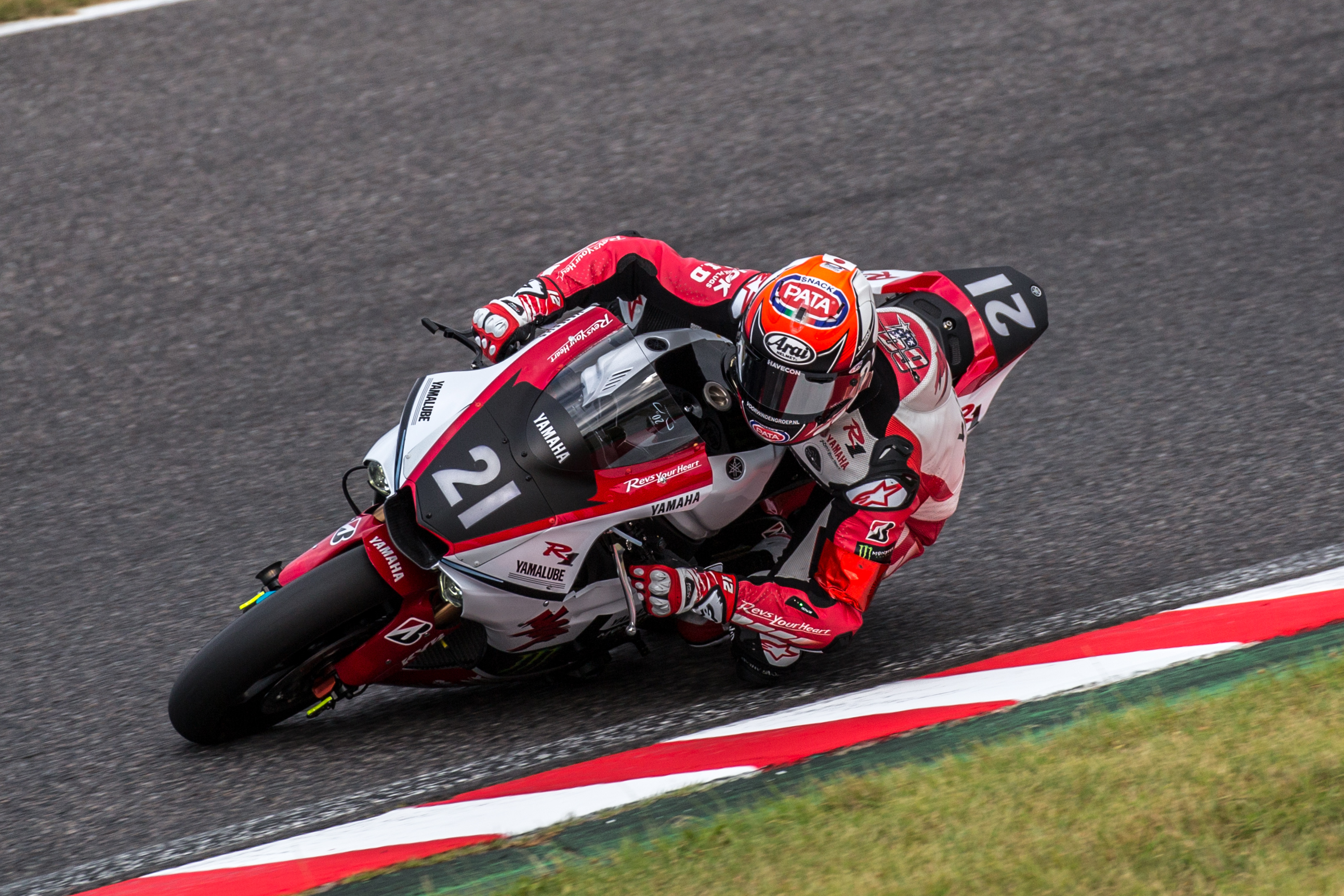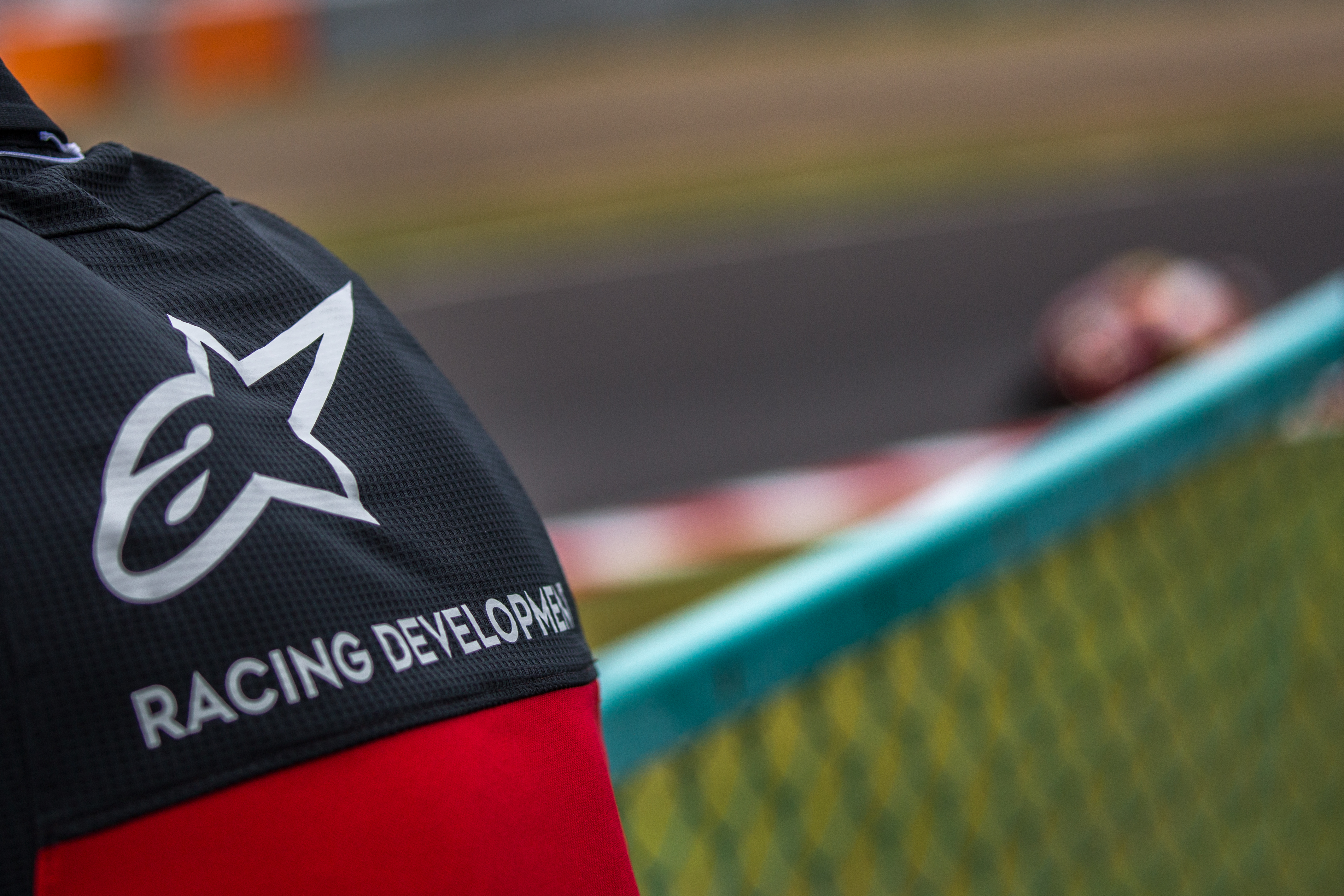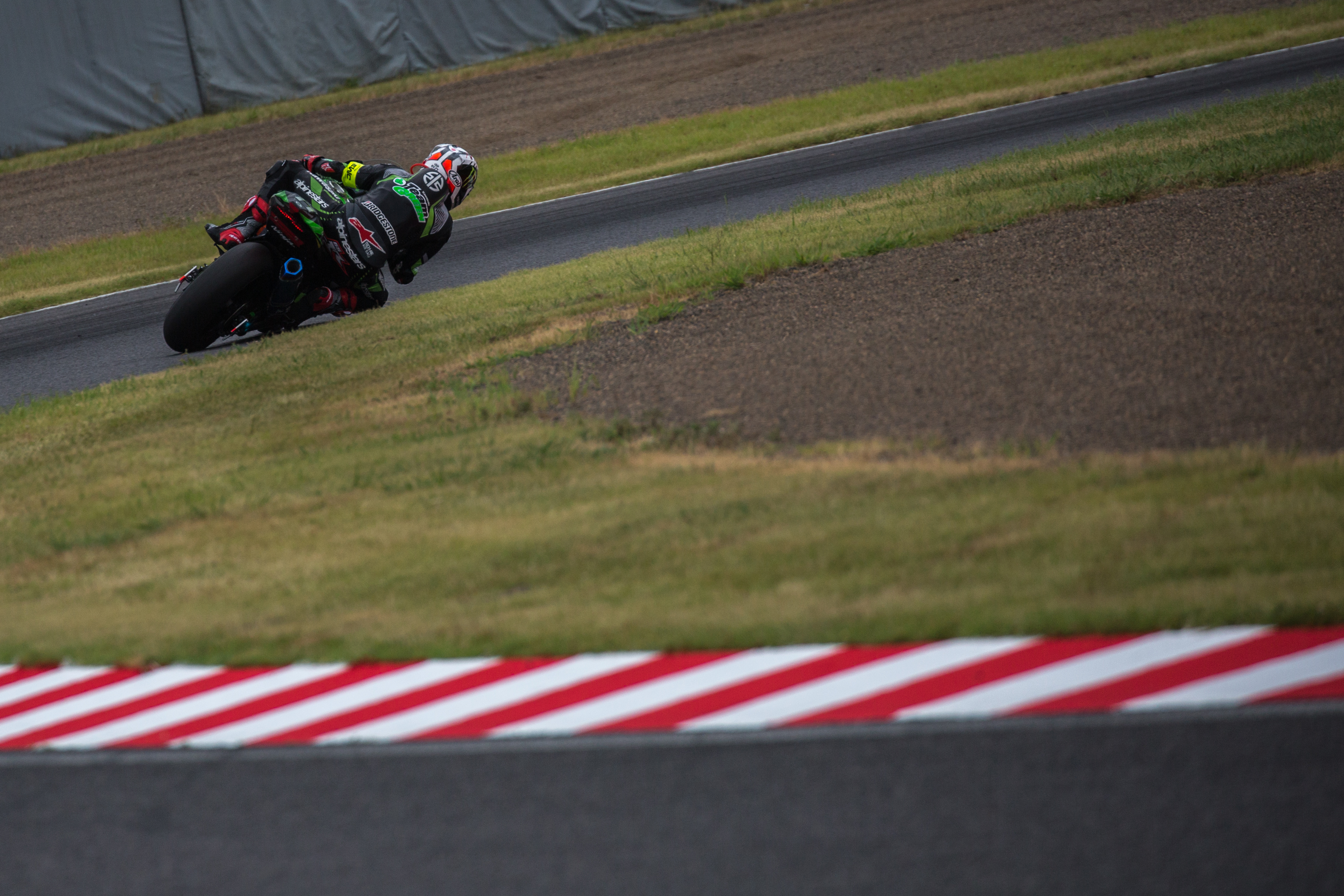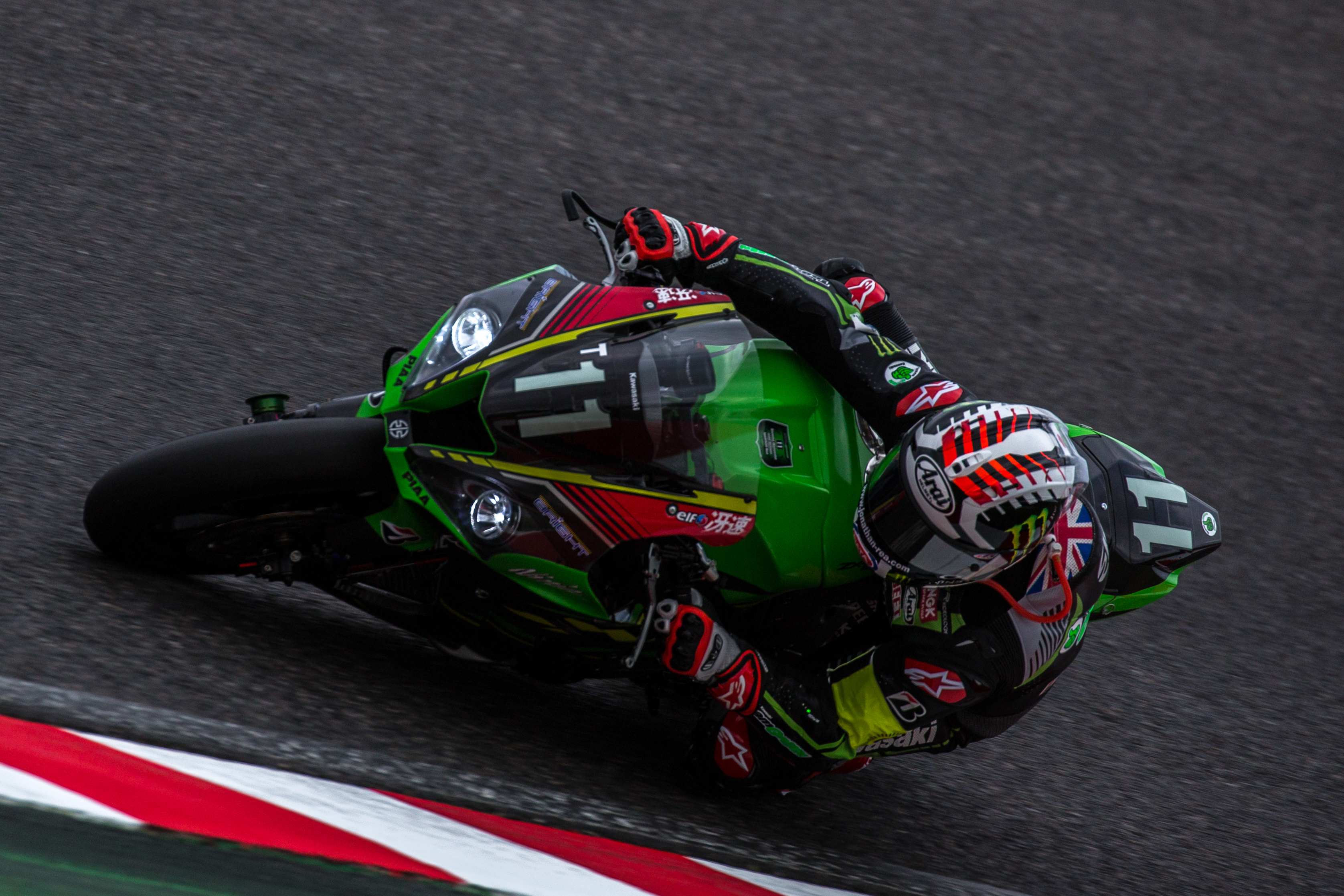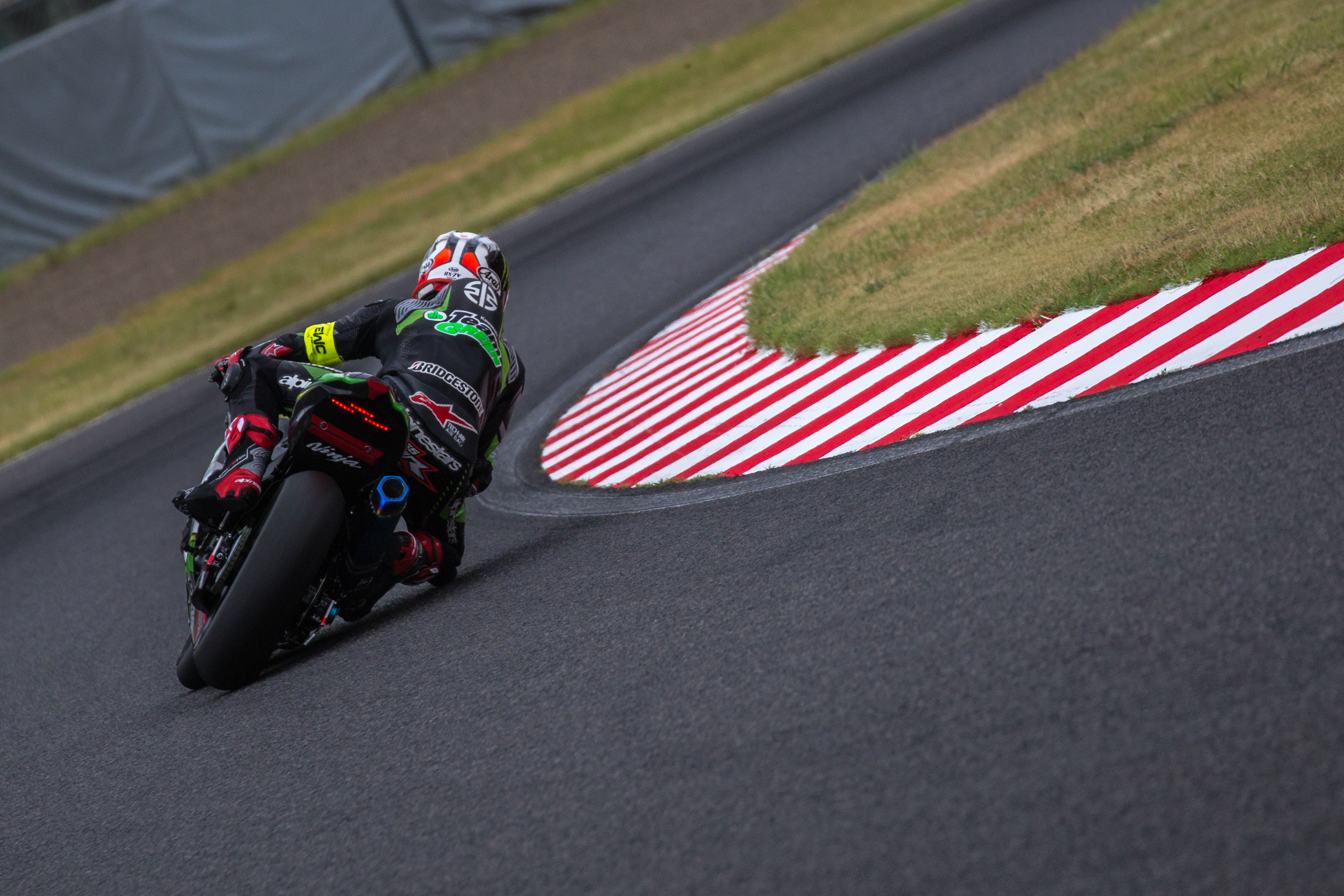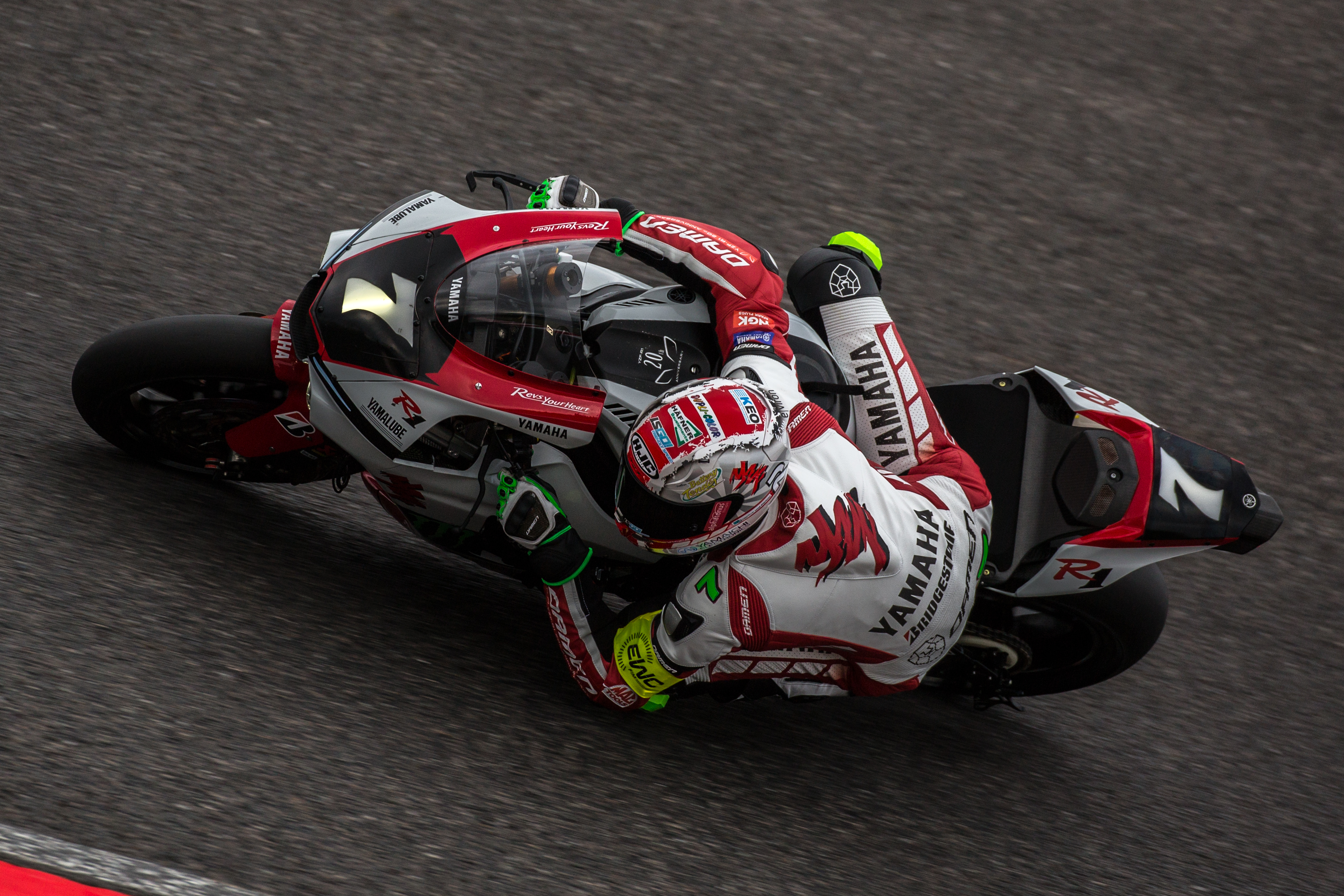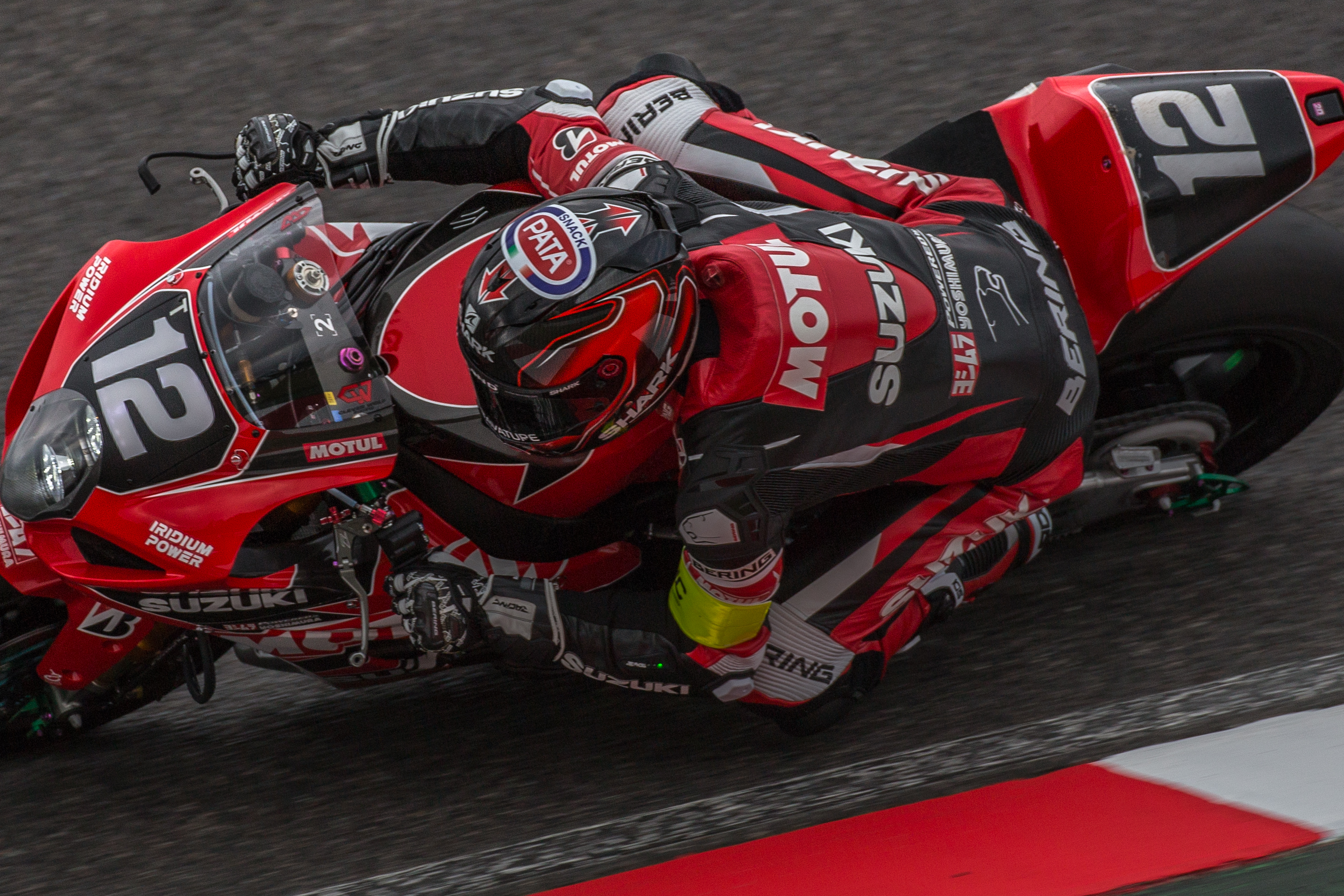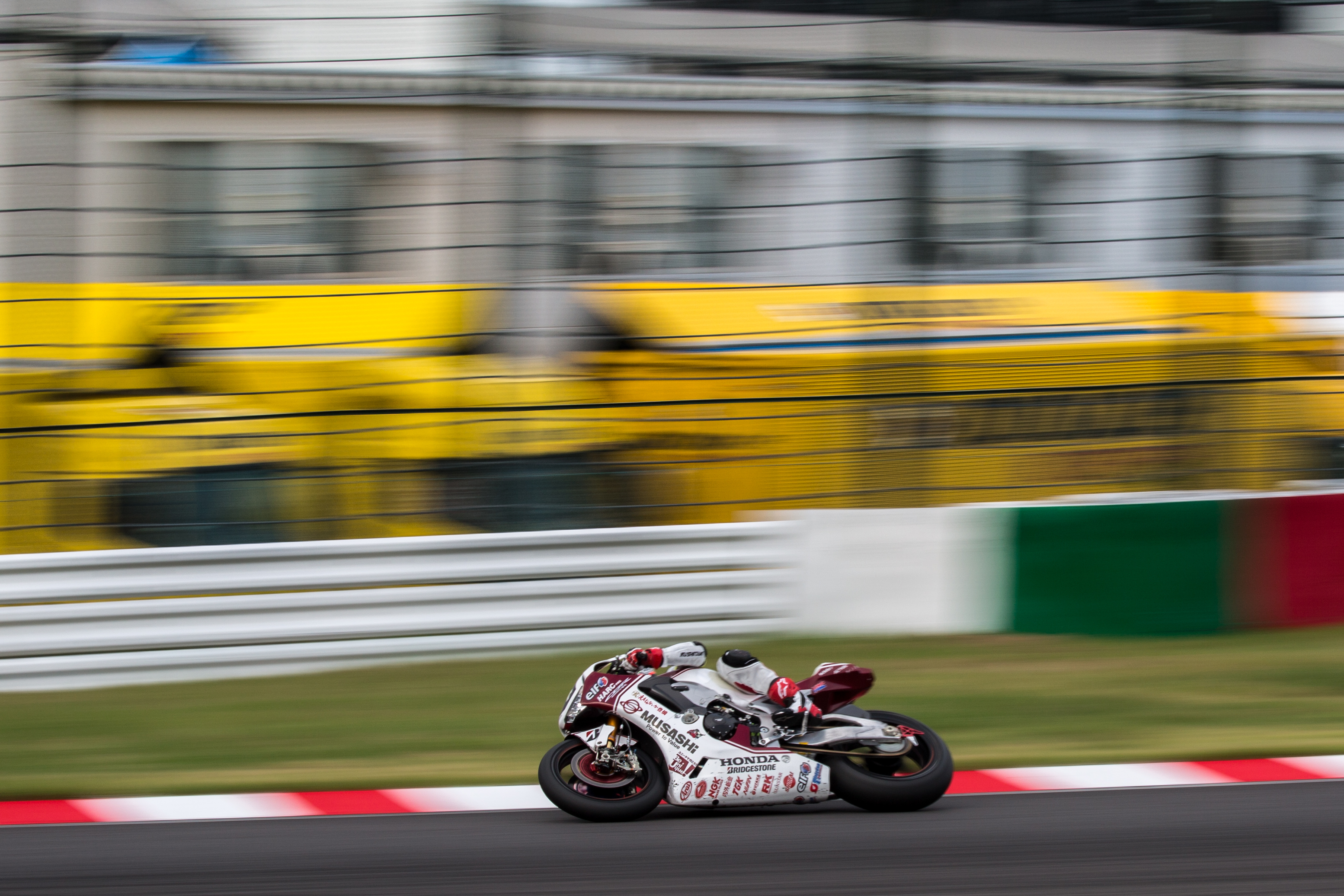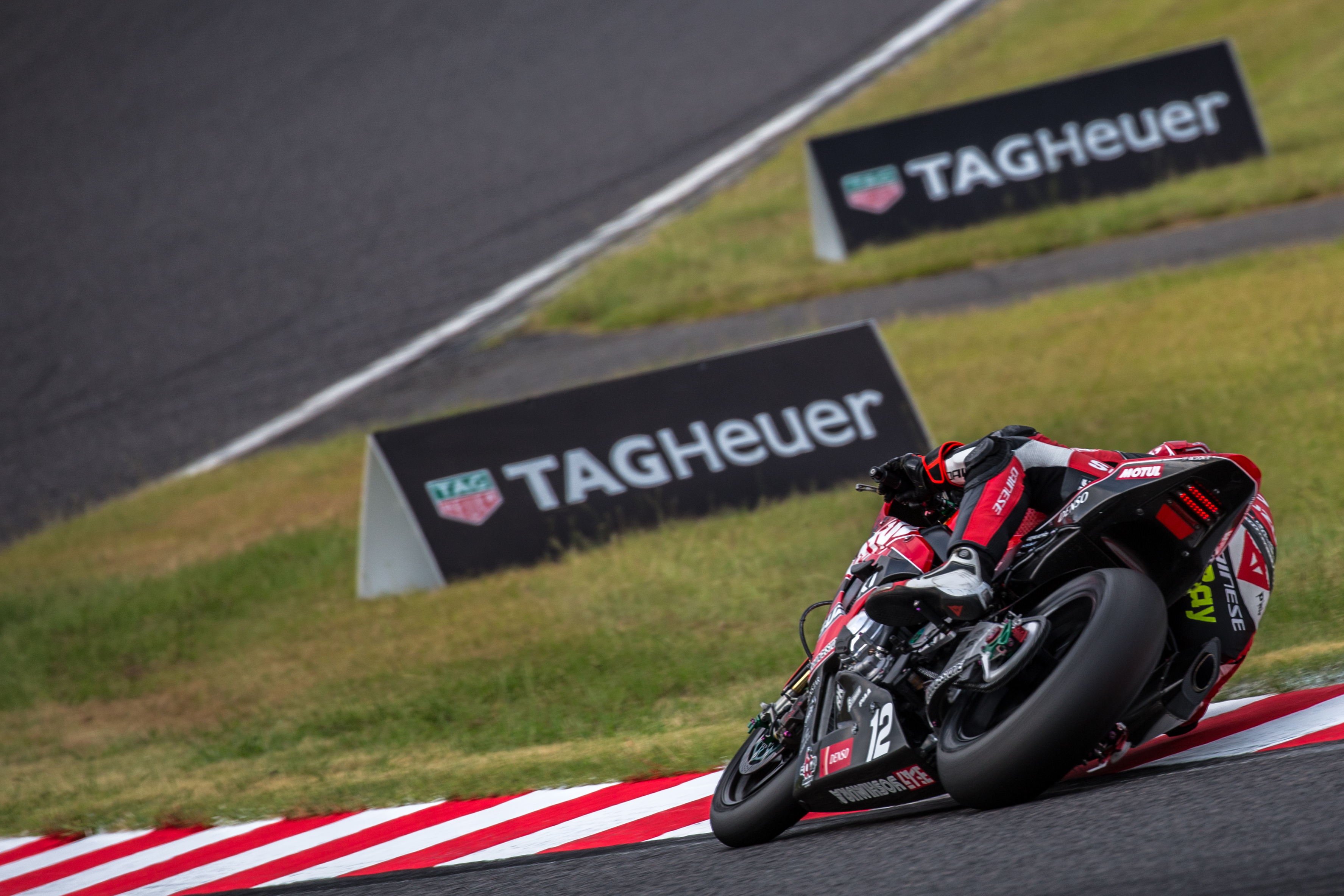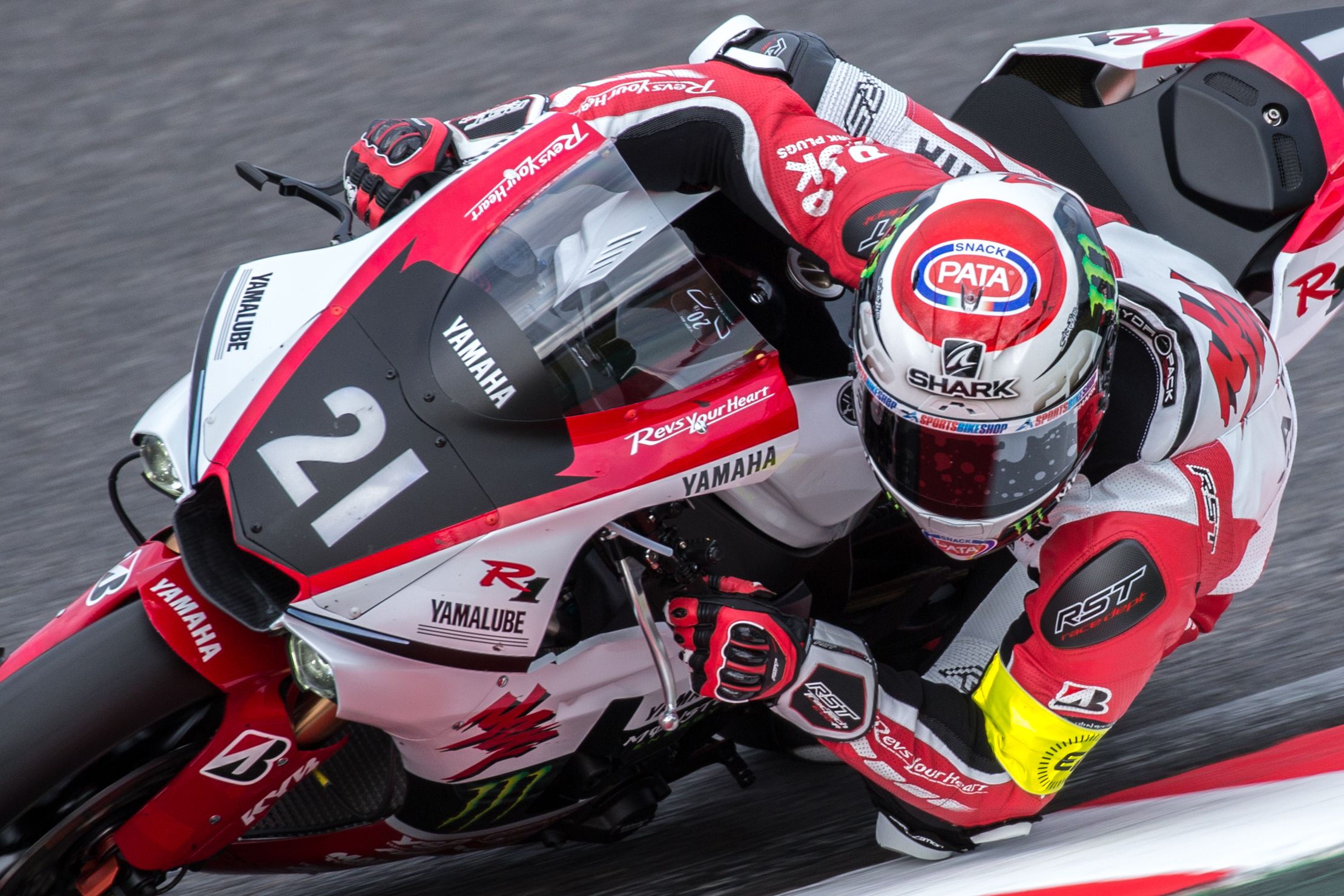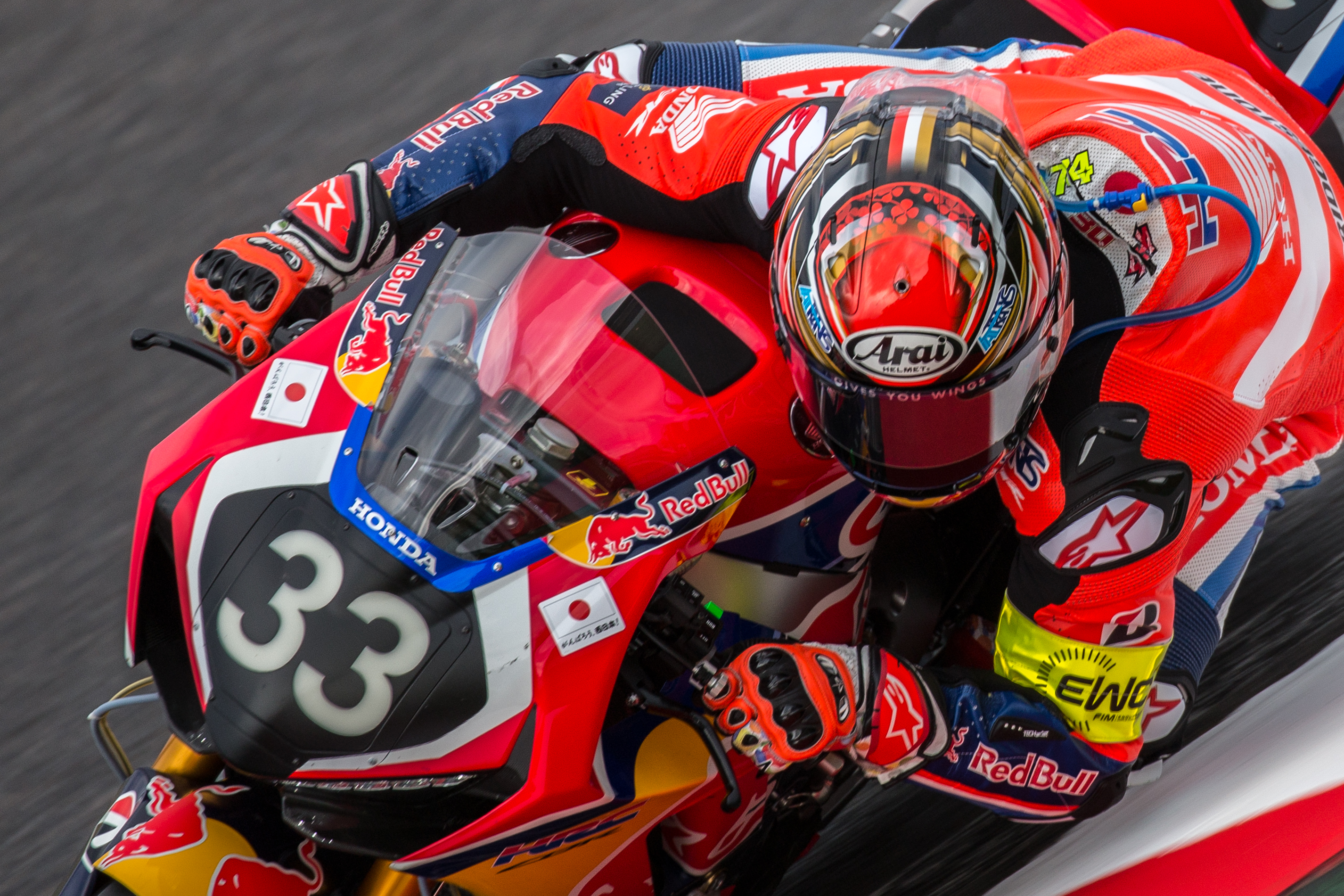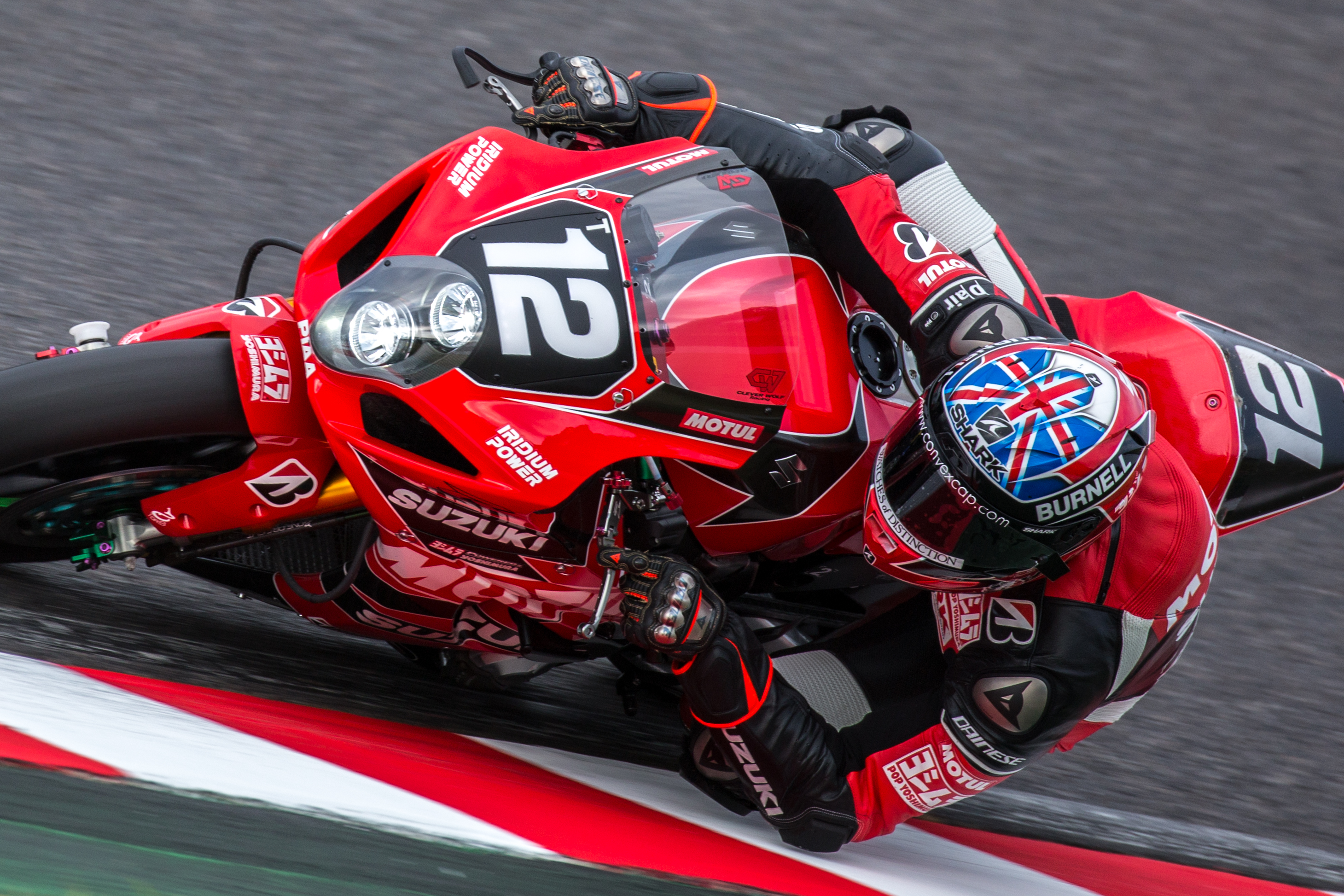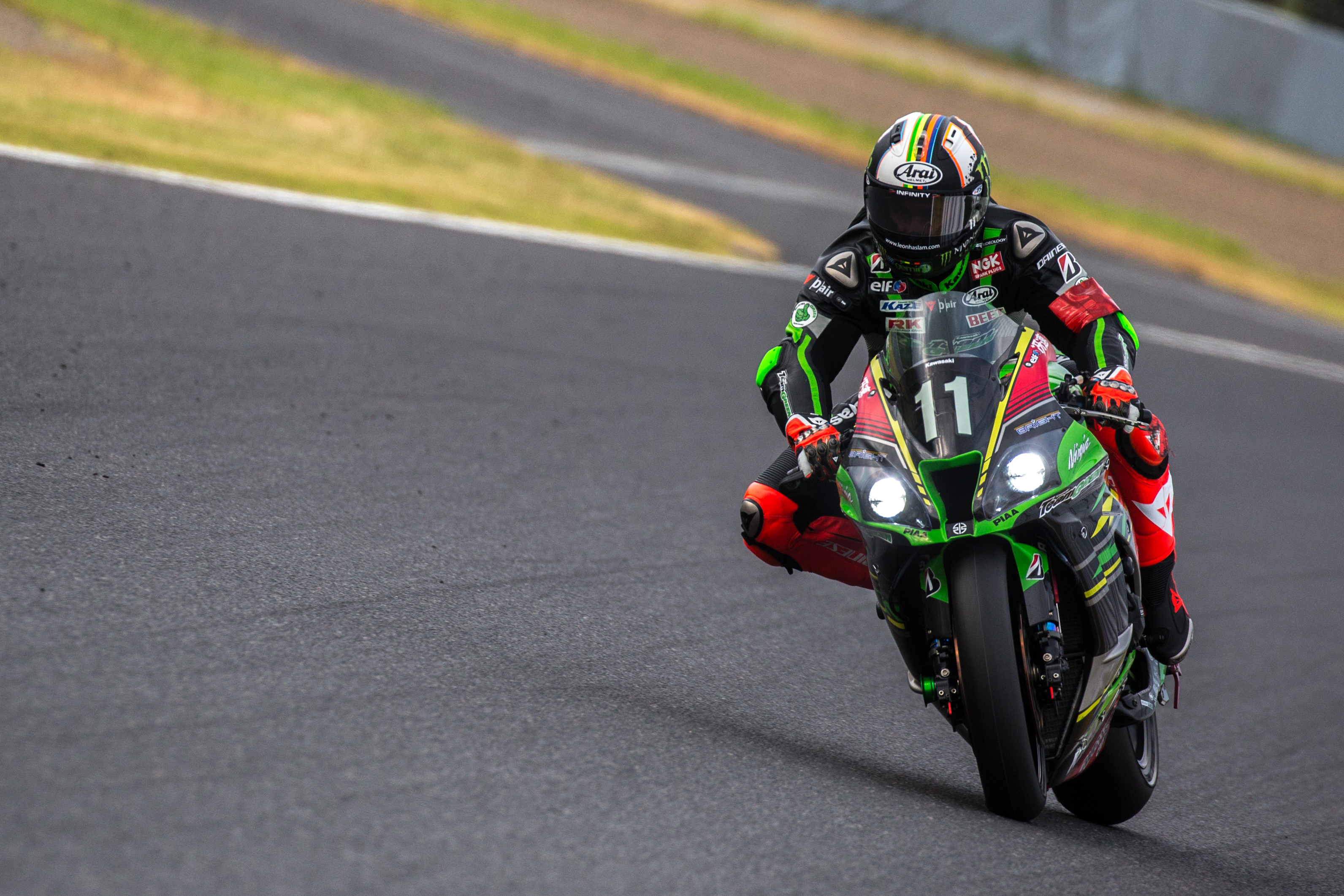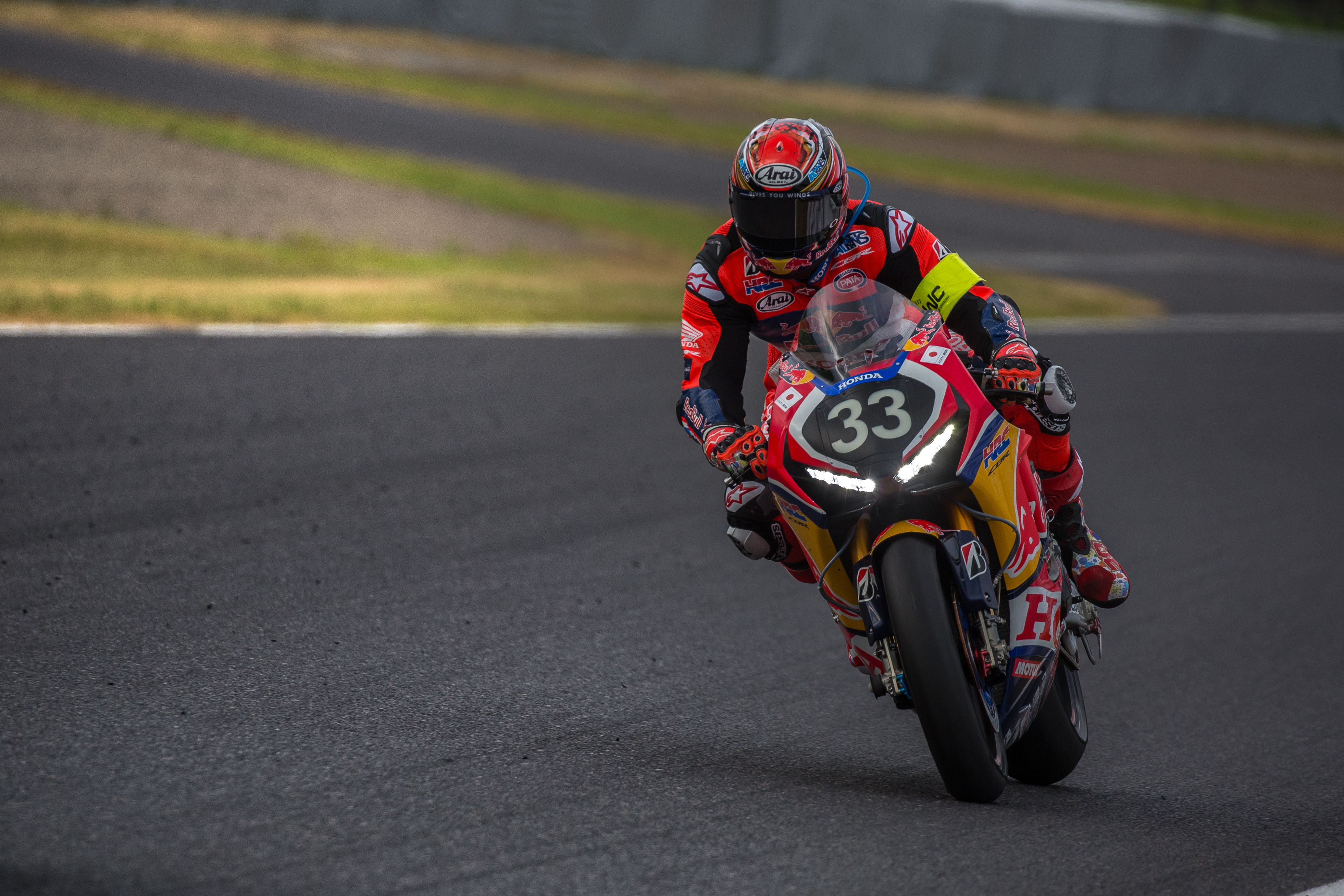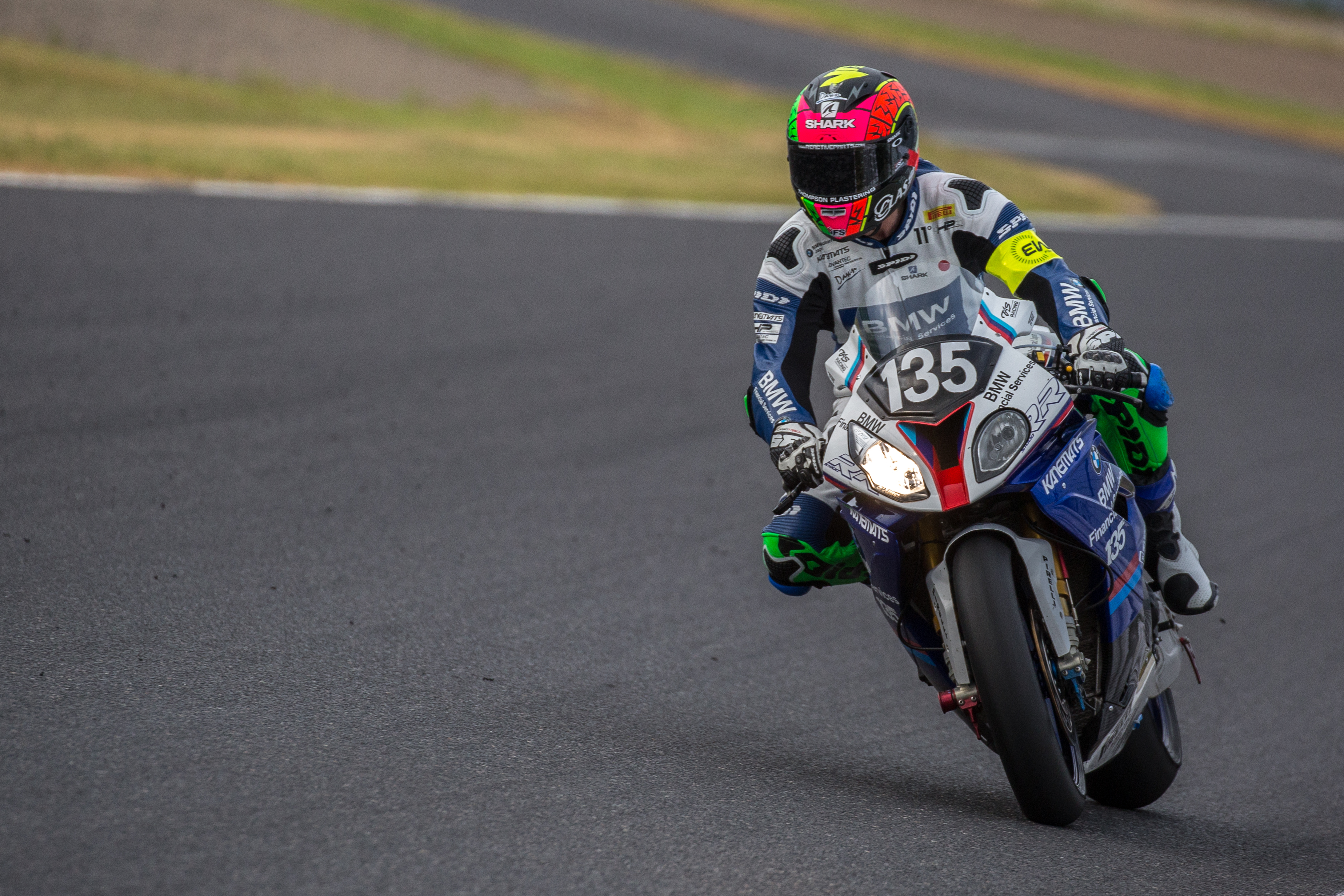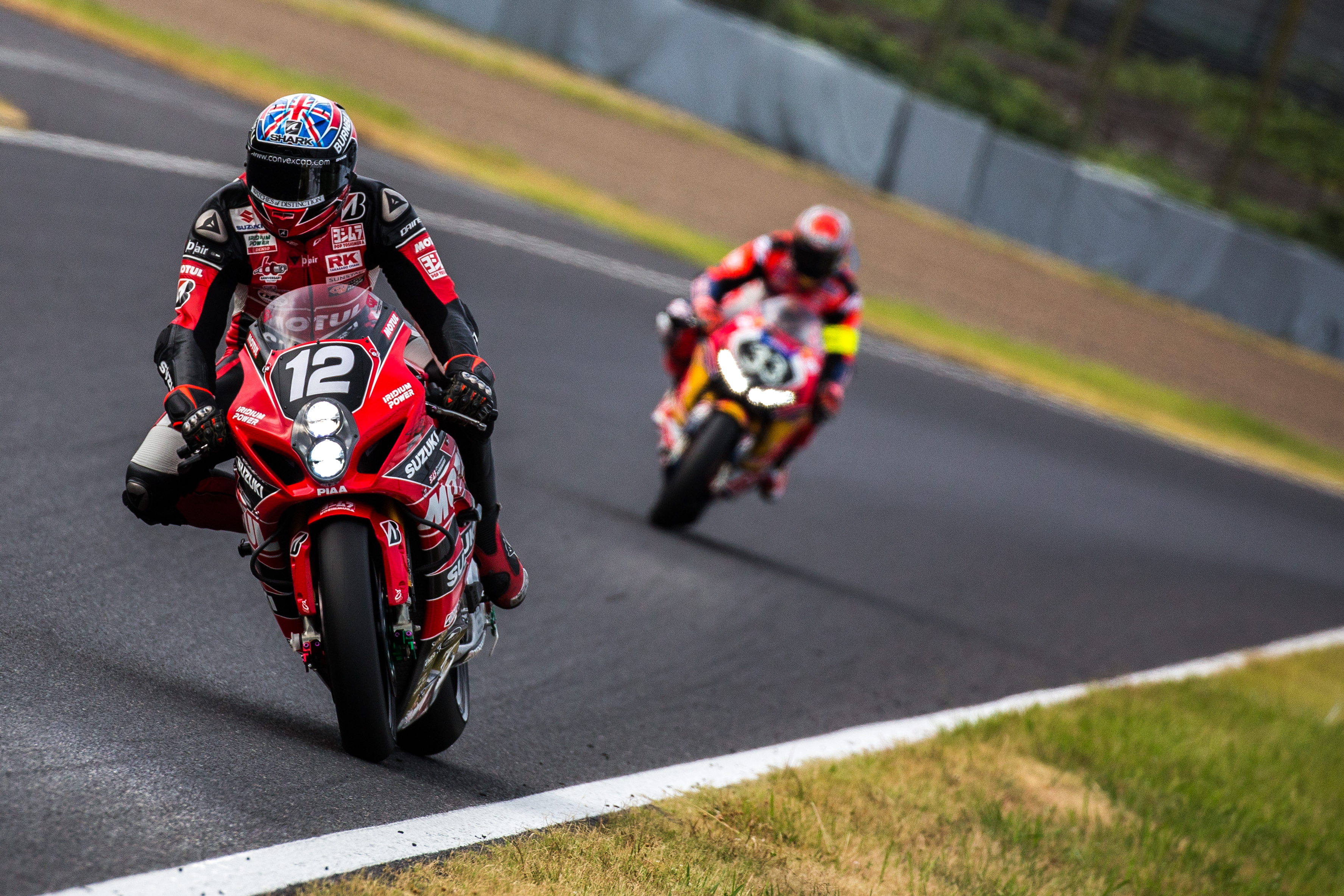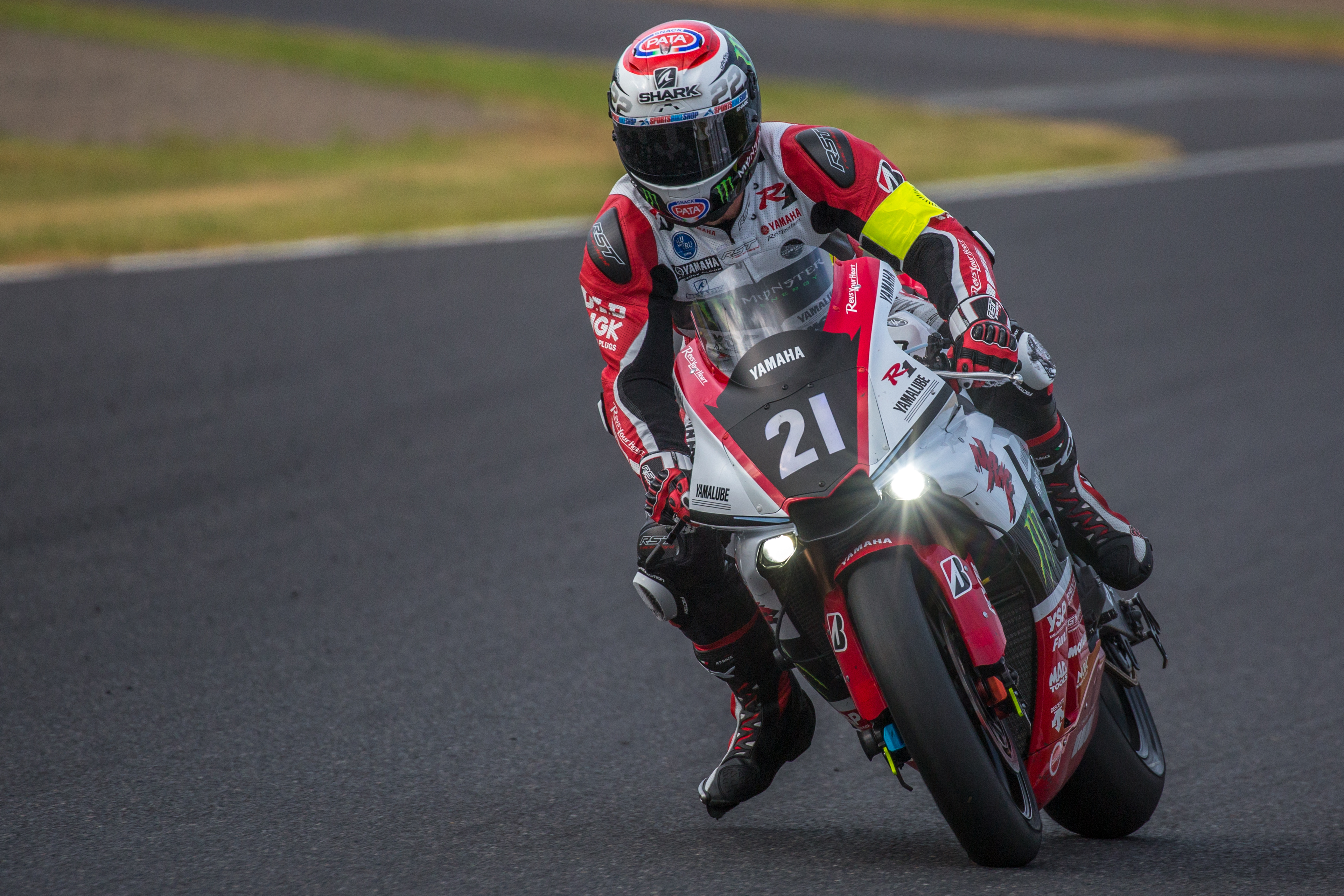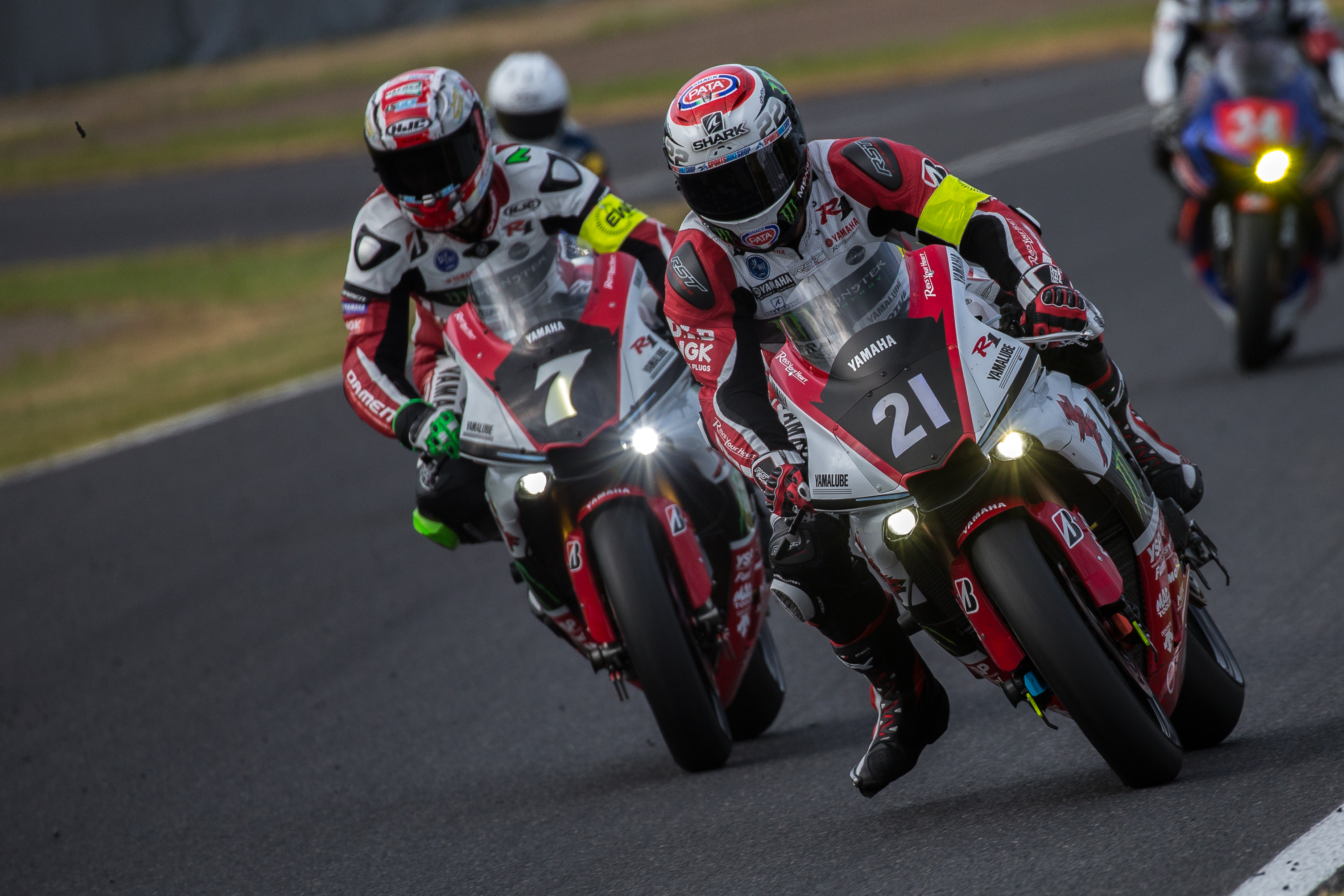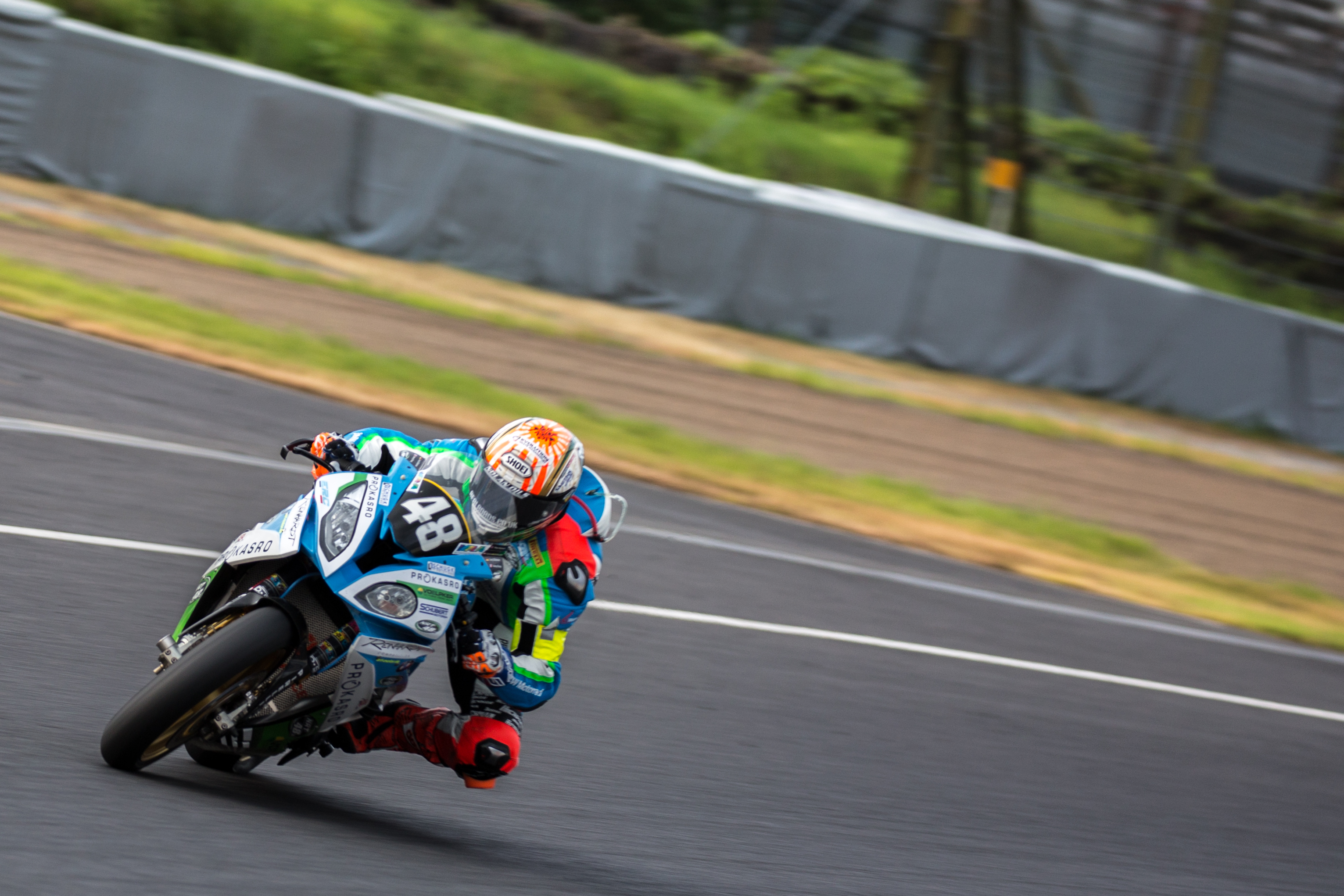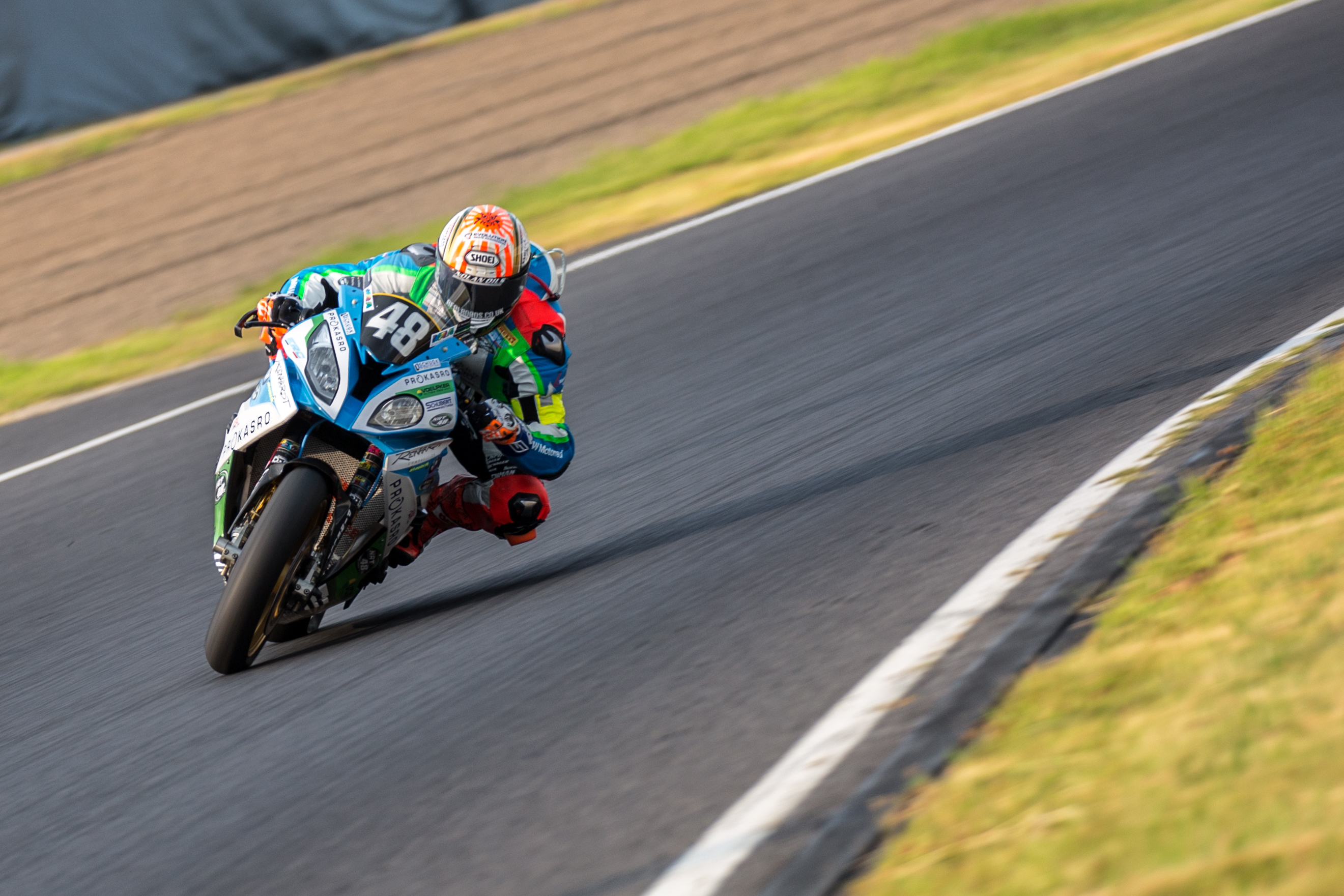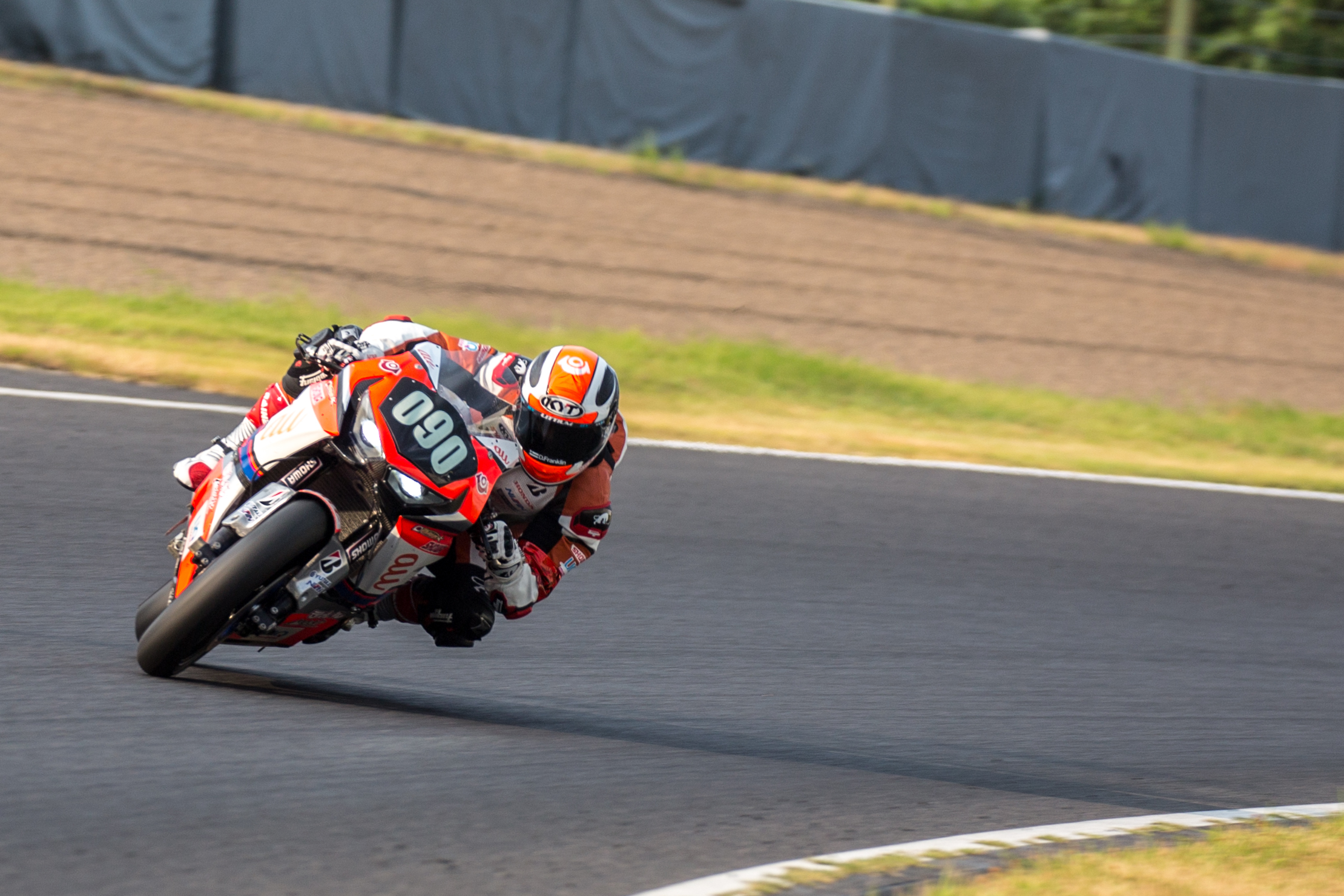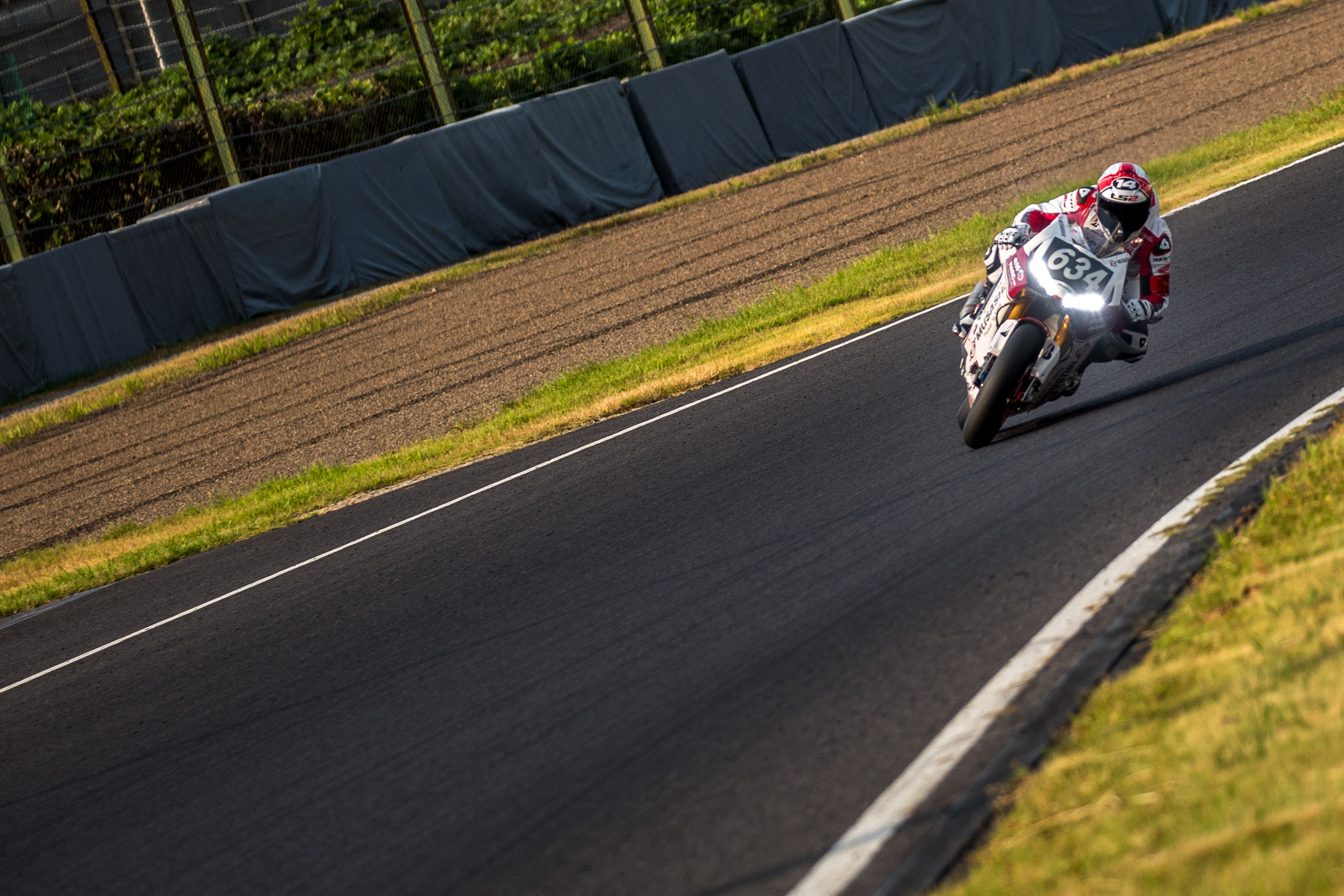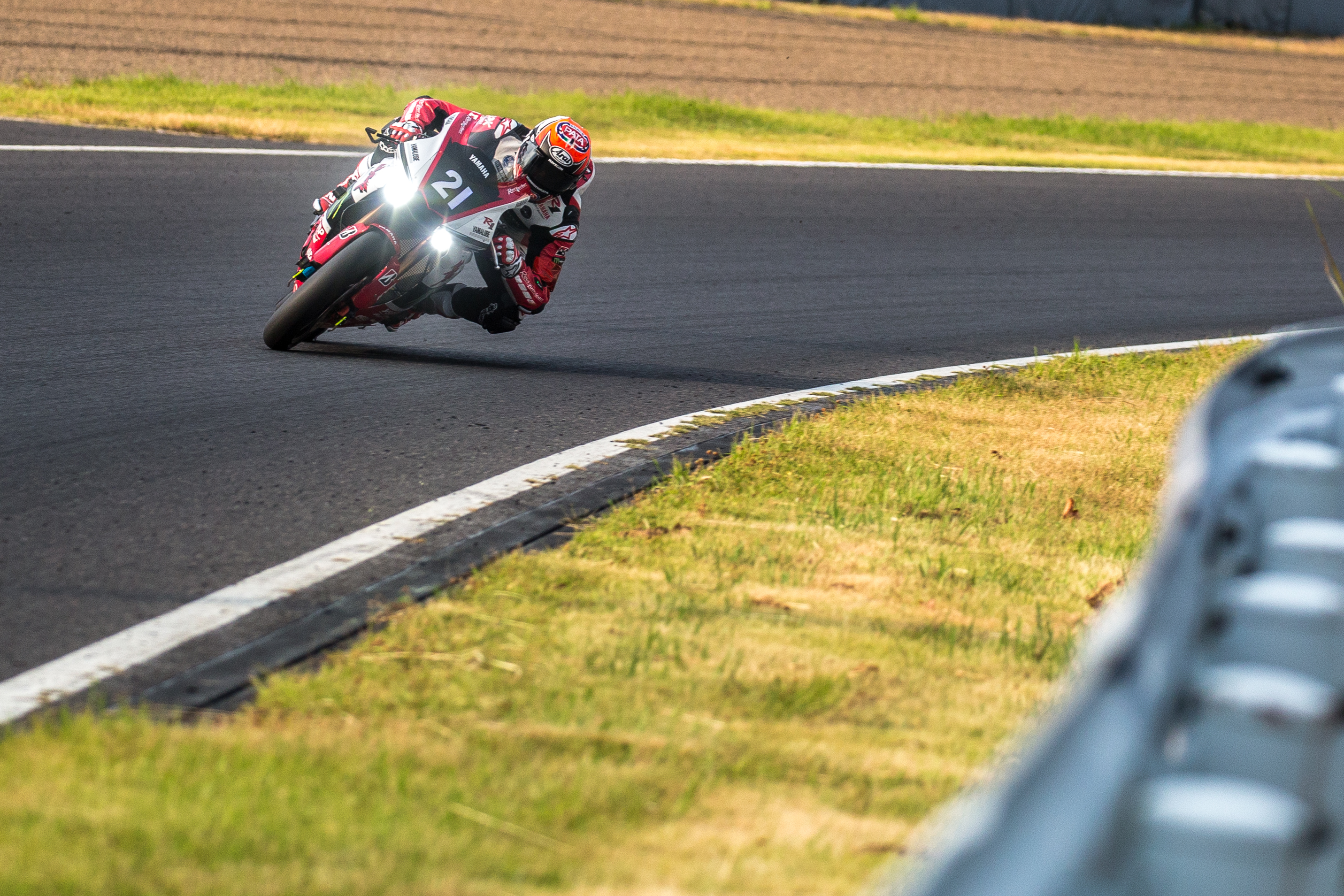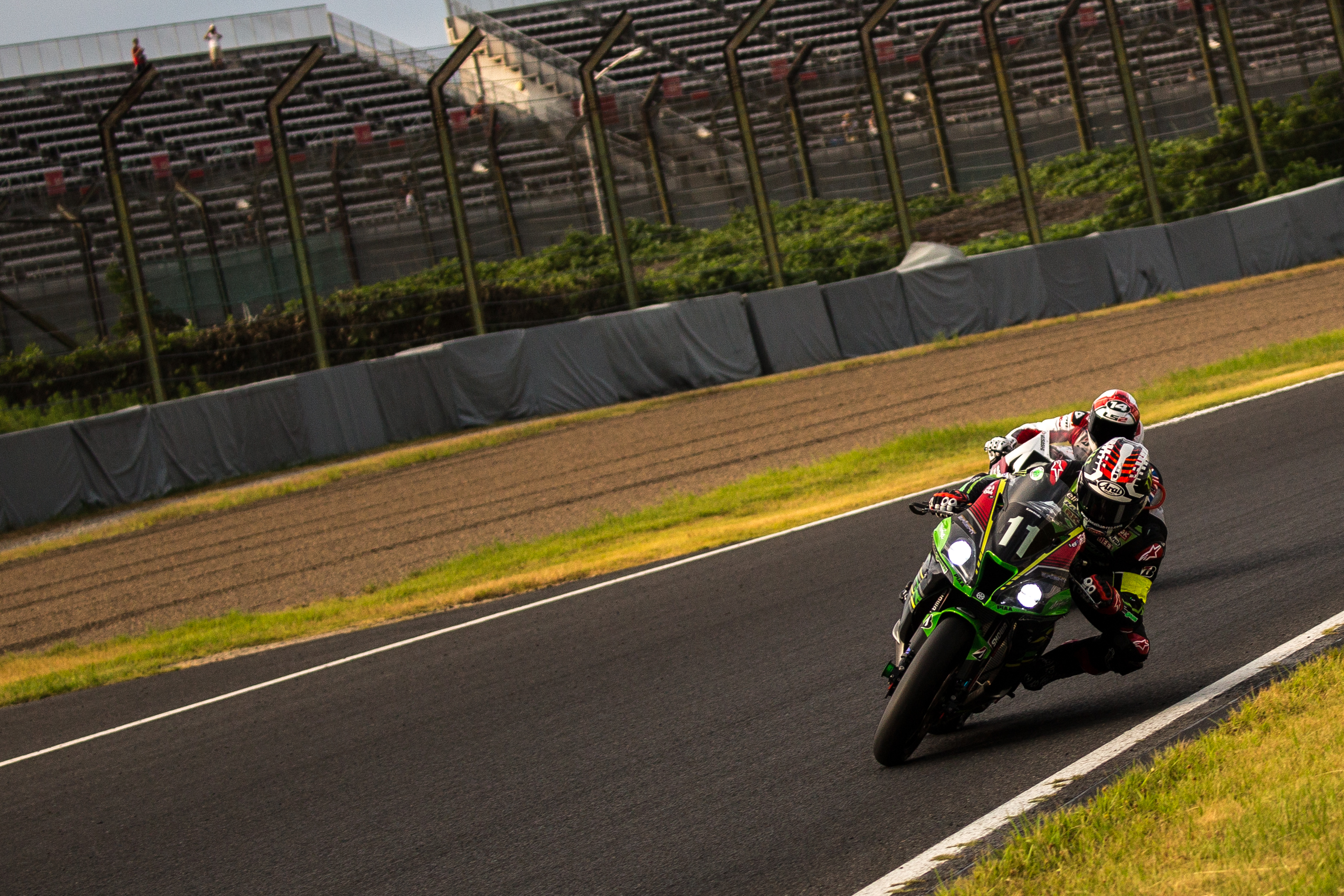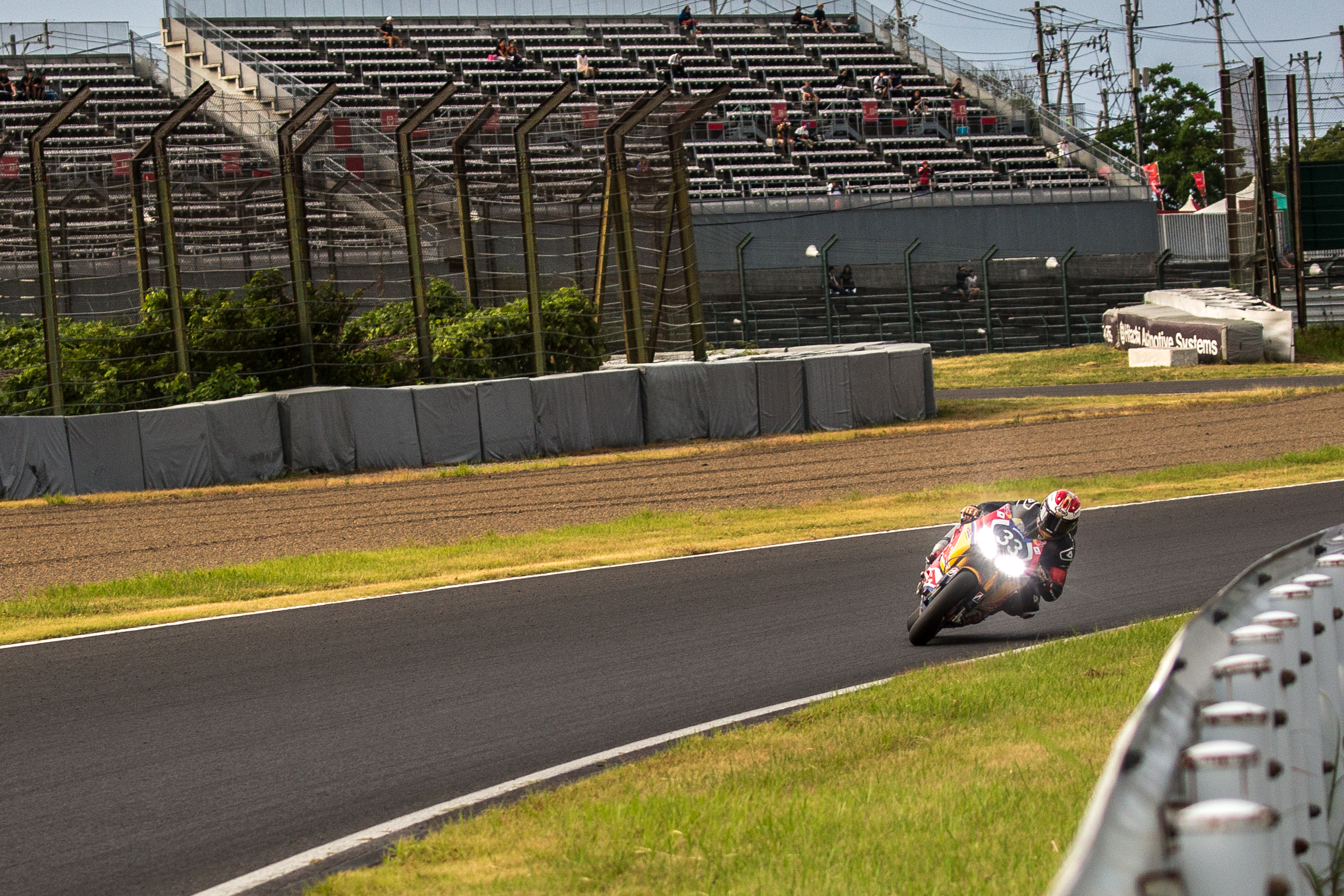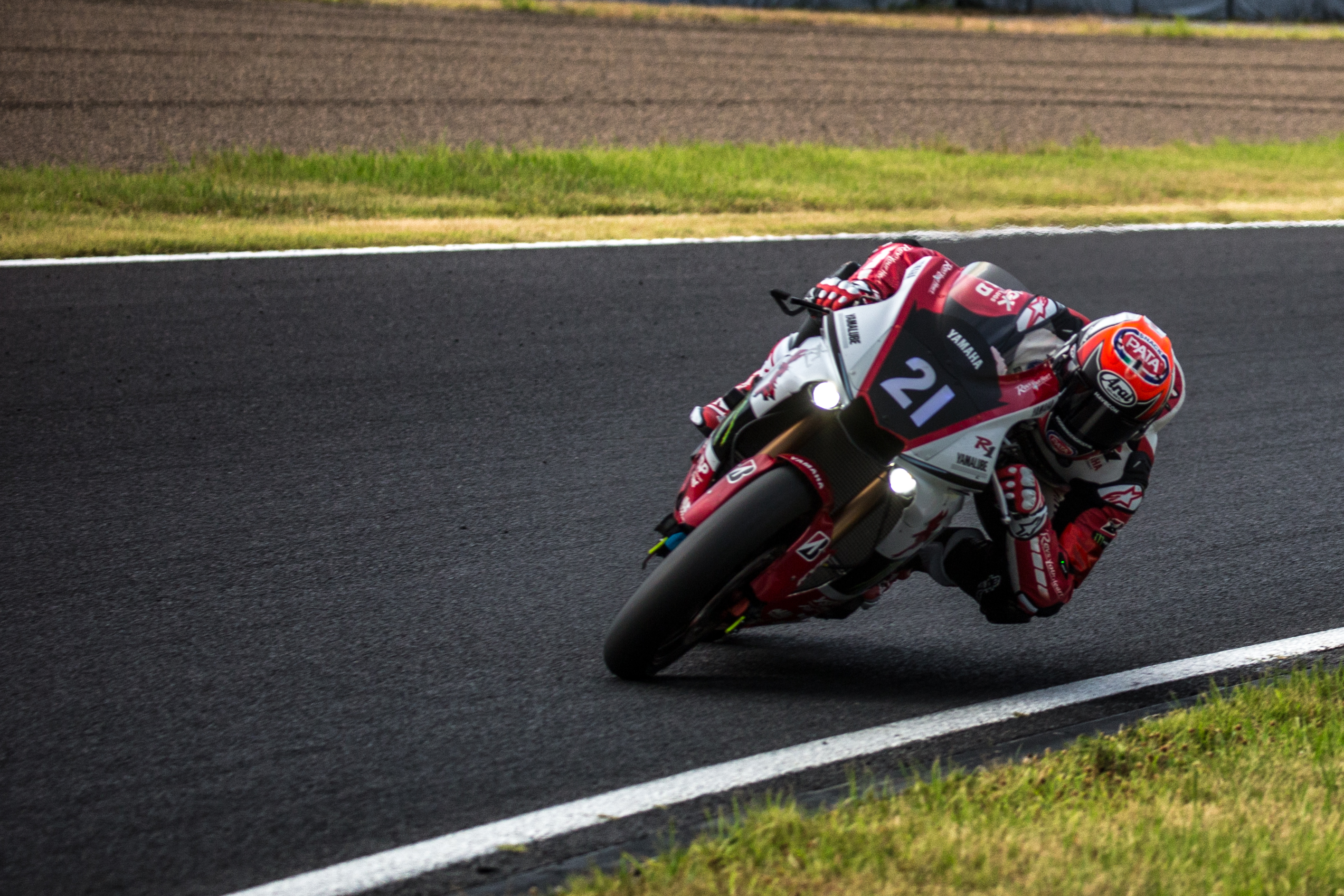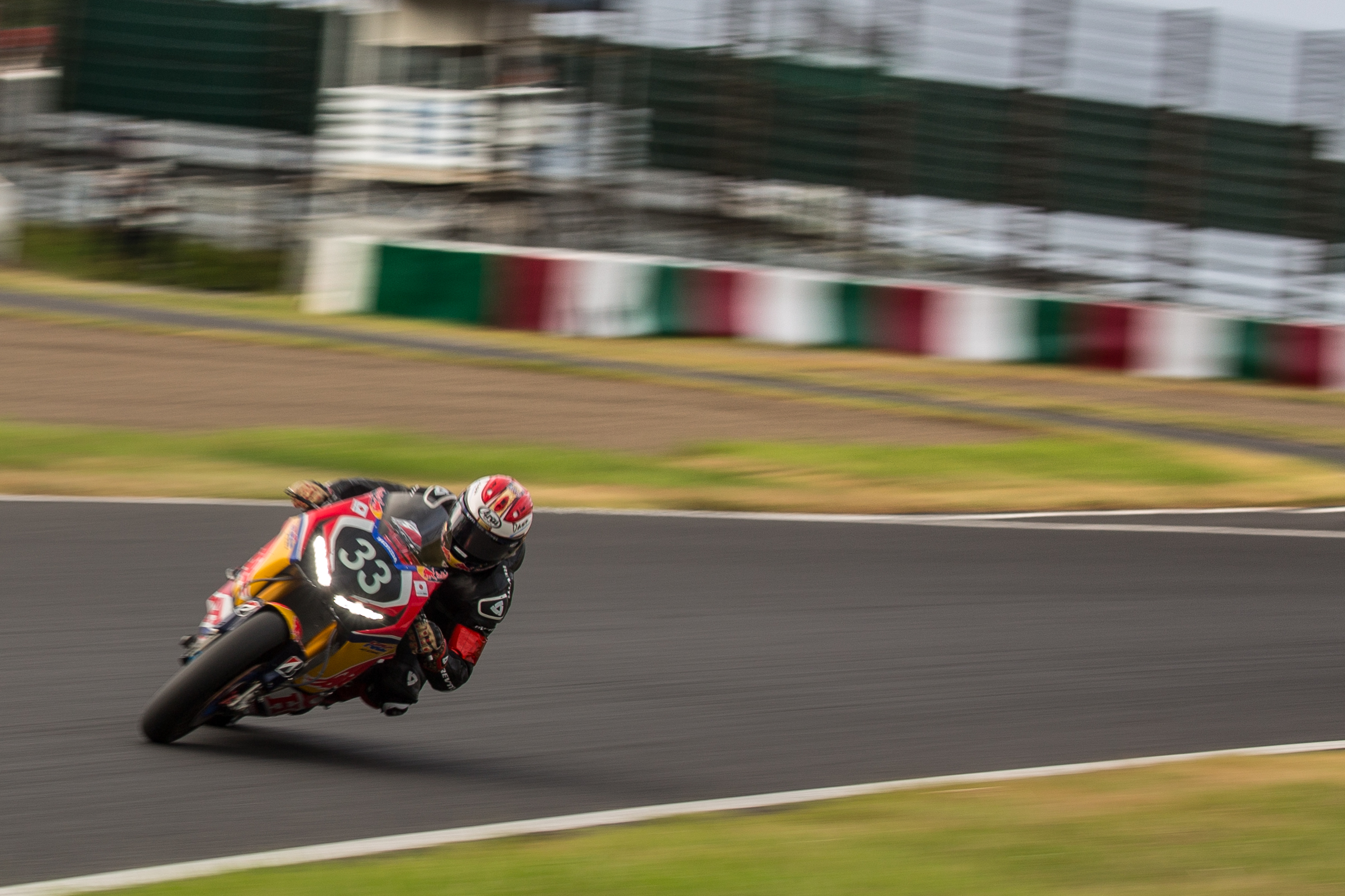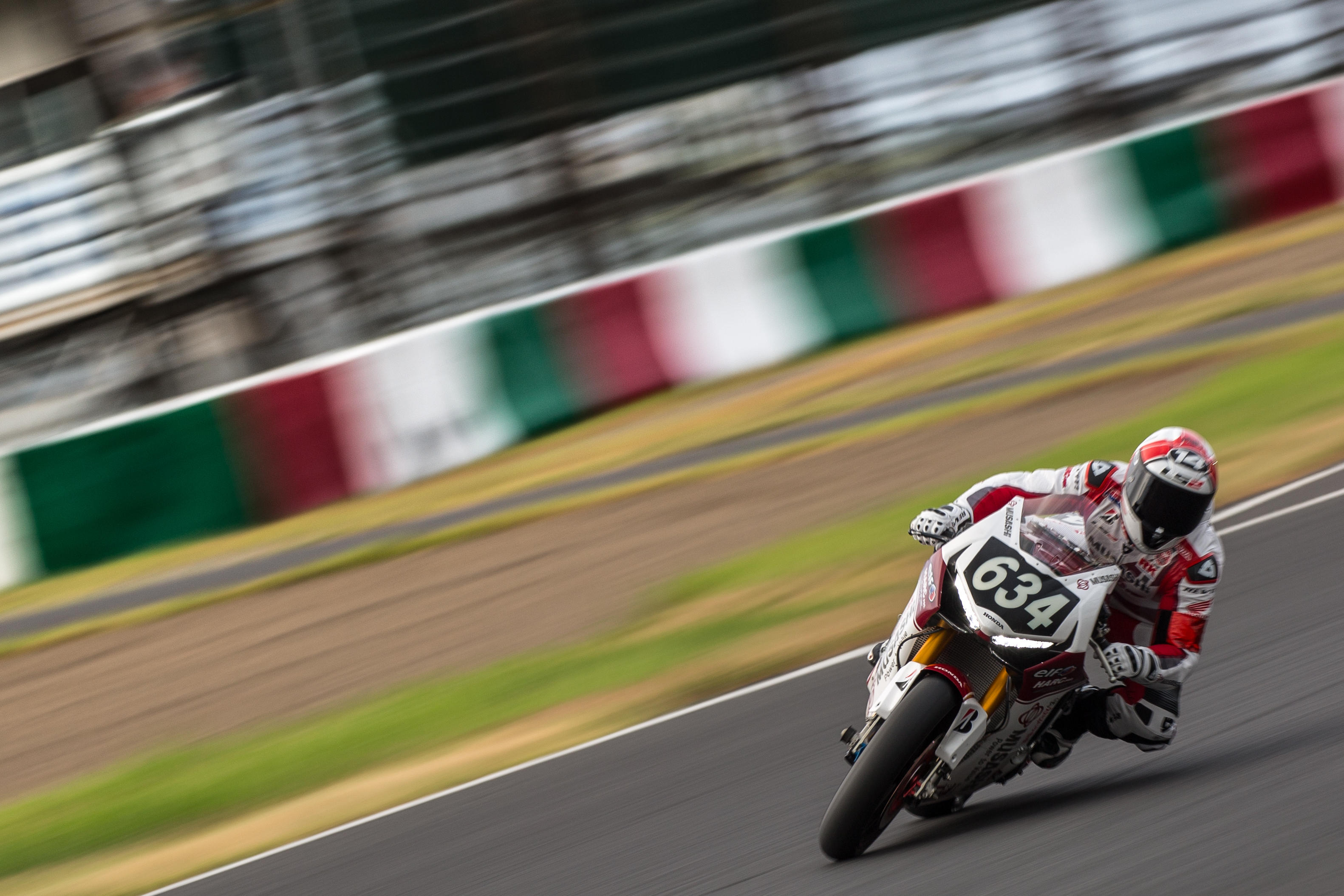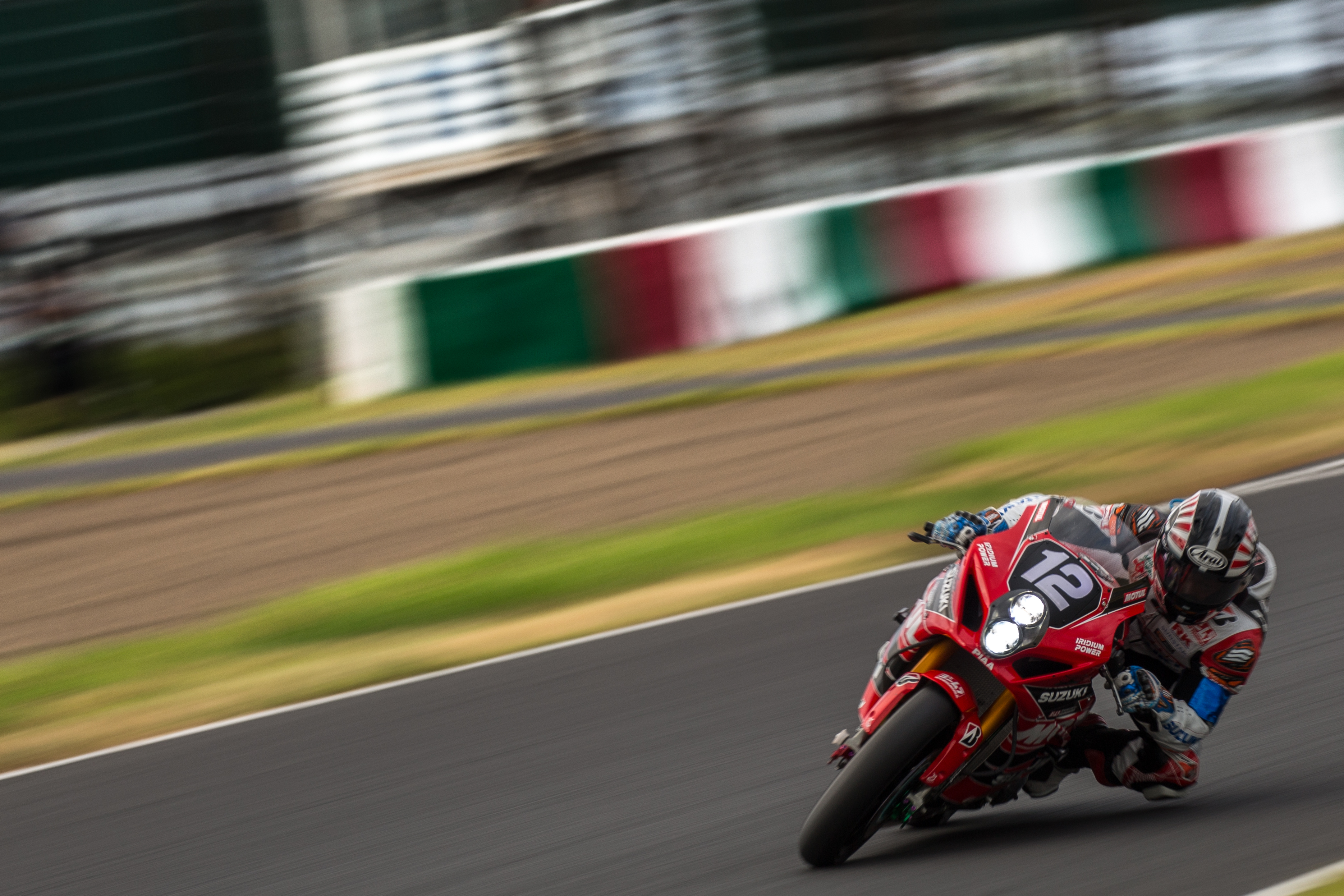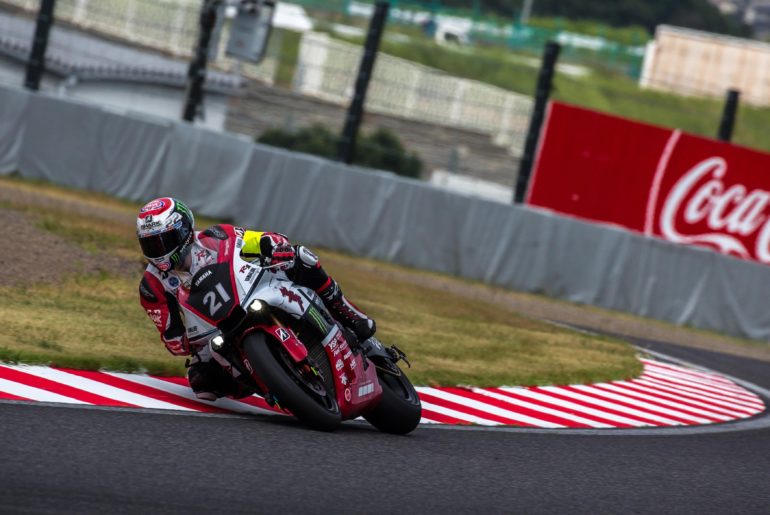Can you tell the difference between heaven and hell? Suzuka reveals the soul of a rider by breaking them down through each stint.
Your lungs are burning, the skin is falling off your hands because, even bandaged tightly, the extreme conditions will get the better of them, the dehydration is setting in, and your mind is foggy and far from clear.
Once you’re off the bike, and sitting in your chair, the realization slowly sets in that you still have to get back on the bike.
You look around and see the faces of your engineers, and they know what needs to be done, but the only thought running through your head is that fucking bike and the pain it’s been putting you through.
Suzuka is one of the most spectacular challenges on the planet for rider and machine. It flows around the hills and winds its way on top of itself.
Fast and slow corners. Sweeping bends that lead into each other and tight chicanes. There’s high speeds and heavy braking. Suzuka has it all and when you add in the heat and humidity of the final Sunday of July it becomes on of the biggest tests of character and will that any rider will go through.
This is heaven, this is hell. Which is which? Who can tell? The contrast between the feeling you get from riding a Superbike on the limit at Suzuka and the after effect is massive.
How do you deal with the physicality of racing in heat? Combat the mental strain of getting back on the bike? How do you deal with the sense pressure of expectancy? Jonathan Rea, Leon Camier, and Alex Lowes give us their thoughts on these three phases of the Suzuka 8-Hours.
“Every year after I’ve done my first hour I think, ‘What the fuck have I agreed to do this for?” Rea tells us. “But when you finish the race, it’s one of the best feelings in the world. I won it in 2012, and it was the best race win of my career.”
The triple WorldSBK champion is on his way to a fourth Superbike title, but his return to Japan is one of the biggest stories of this year’s 8-Hours.
“I’ll not have a summer break, but it’s good to be back at Suzuka. [WorldSBK crew chief] Pere Riba has been involved in the Suzuka program since March, and he’s learned a lot of things about the Suzuka bike already.”
“I didn’t test it until after Misano, because when I rode for Honda at the 8-Hours, it always meant doing a lot of testing, and when I’d ride my WorldSBK bike, it would feel completely different. I didn’t want to focus on it before Misano.”
Mindset is key for succeeding at Suzuka. For Rea ignoring the upcoming race was his strategy. It allowed him to focus on the job at hand in WorldSBK and pad his title lead.
Rea will be teamed up with Leon Haslam for the 8-Hours, and with the Englishman having enjoyed five hours on the bike last year, he’s also undertaken the lions share of pre-event testing.
Rea is filled with confidence in the work the team has been able to achieve, but even for top riders that confidence can be sapped by Suzuka.
Tiredness and fatigue can have a greater effect than fear on anyone. It changes how we think, and makes you question yourself. It’s why riders spend their time away from races in the gym, pounding the roads, cycling up mountains, or lifting weights in a gym.
They condition themselves to have the strength to overcome the desire to stop. When the going gets tough they dig deeper. The pain cave is what Suzuka is all about and some riders deal with it better than others.
“Suzuka isn’t comparable to anything else,” admitted Leon Camier. “It’s not even funny what we have to go through at Suzuka! The track is very physical and the conditions are so demanding in 90% humidity.”
“The first time I went there, I was in such a bad way during my first stint; I thought my head was going to explode! I lost 3kg in one hour from sweating, but because you know you’ve got to get back on the bike, you try and get back to normal as quickly as possible. It’s brutal.”
Suzuka might be brutal, but once you’re off the track, it’s just as brutal. Every sinew of your being is telling you to call it a day, but there’s no motivation like expectancy.
The teams expect you to get back on the bike, and that pressure builds on riders. That mental battle is arguably a bigger test than the physical test.
“It’s such an important race for the Japanese manufacturers. When you’re feeling the effects of Suzuka, and want to take a break, you don’t have a lot of choice when there’s 30 Japanese engineers in your pit box, kicking your arse to get back on the bike!”
“That’ll make you get back on the bike! I don’t know what’s tougher between the physical side and the mental side of racing at Suzuka because you feel the effects of it for weeks afterwards, but that’s what it is!”
While the riders can feel the physical effects of Suzuka in the days that follow the race, they also see the flipside of that in the preparation that goes into the 8-Hours.
With nine days of testing in advance, it’s the same amount of testing as a typical MotoGP season, but everything is focused on one goal; winning a single race.
Last year’s winners, Yamaha, was so well prepared that the team made only a small change to the preload from the start of practice until the end of the weekend.
It was a perfect illustration of how practice doesn’t make perfect; perfect practice makes perfect. The preparation is something that every rider feels.
“Suzuka is an incredible event,” said double winner Alex Lowes. “It’s very prestigious and it means a lot to me and Yamaha. This race is special and the Japanese factories put so much effort into it.”
“The 8-Hours is different for us riders because it’s not about going fast it’s about working as a team. With three riders, and all the engineers, you really need to work as a team and have a good plan.”
“Everyone needs to do a good job. There’s so many elements that go into having a successful 8-Hours, and it’s very different to a normal Superbike race.”
Speaking after winning last year’s edition, Lowes went into detail about the pressures riders feel when riding for one of the pre-race favorites, and the games they play to keep themselves sharp.
“I felt a lot of pressure because I really wanted Yamaha to win three in a row. Within the team we didn’t speak about it, but we all knew what the goal was.”
“There was a lot of pressure on management, and you could see and feel the pressure that the management are under to win. The first half of the race was so good for us that it made it easier to control our pace. Having a gap though can be the worst thing in the world when you get on the bike for the final stint!
“In a battle, it’s almost easier because you’re concentrating so much, but when you’re a lap ahead the pressure is different. The only way you’re going to lose the race is if you make a mistake, and that makes you focus so hard on avoiding a mistake.”
“Backmarkers are crucial at Suzuka, and I used them to keep my focus by trying to concentrate on the riders in front of me, and trying to figure out where I would pass them.”
There’s a fine line between heaven and hell at Suzuka. There’s a fine line between winning and losing at the biggest race on the Japanese calendar.
Whoever stands on top of the rostrum, at the end of eight gruelling hours, will have deserved their moment in the spotlight, but everyone deserves admiration for pushing themselves through the pain barrier.
Photo: © 2016 Steve English – All Rights Reserved
Our Suzuka 8-Hours coverage is made possible by our A&R Pro members. Thank you for supporting it!

